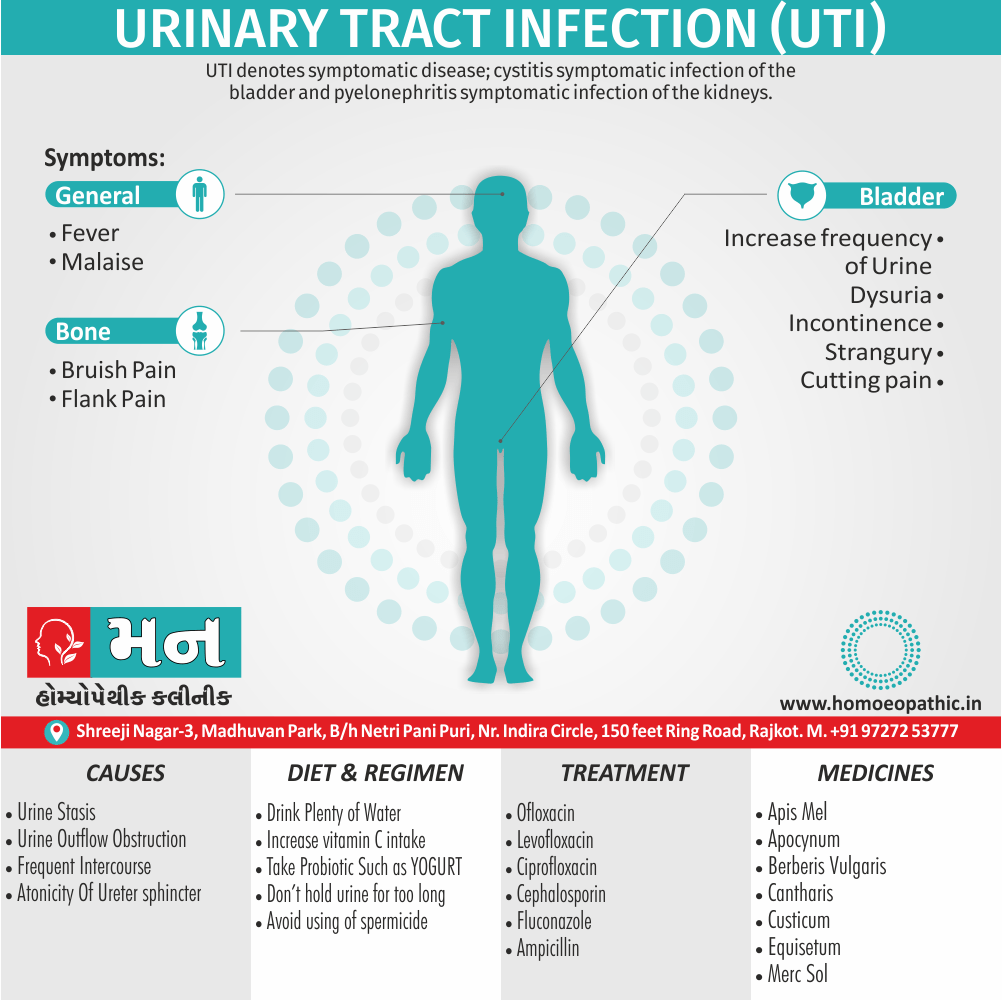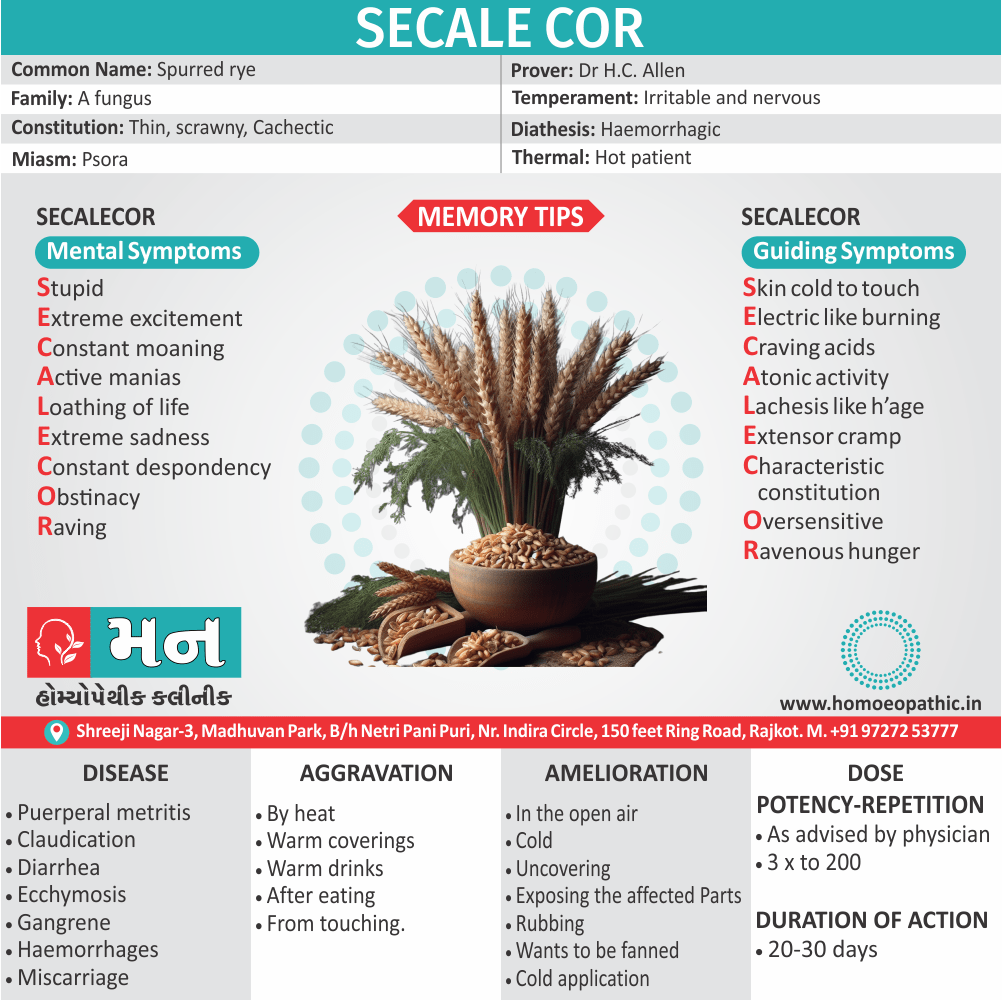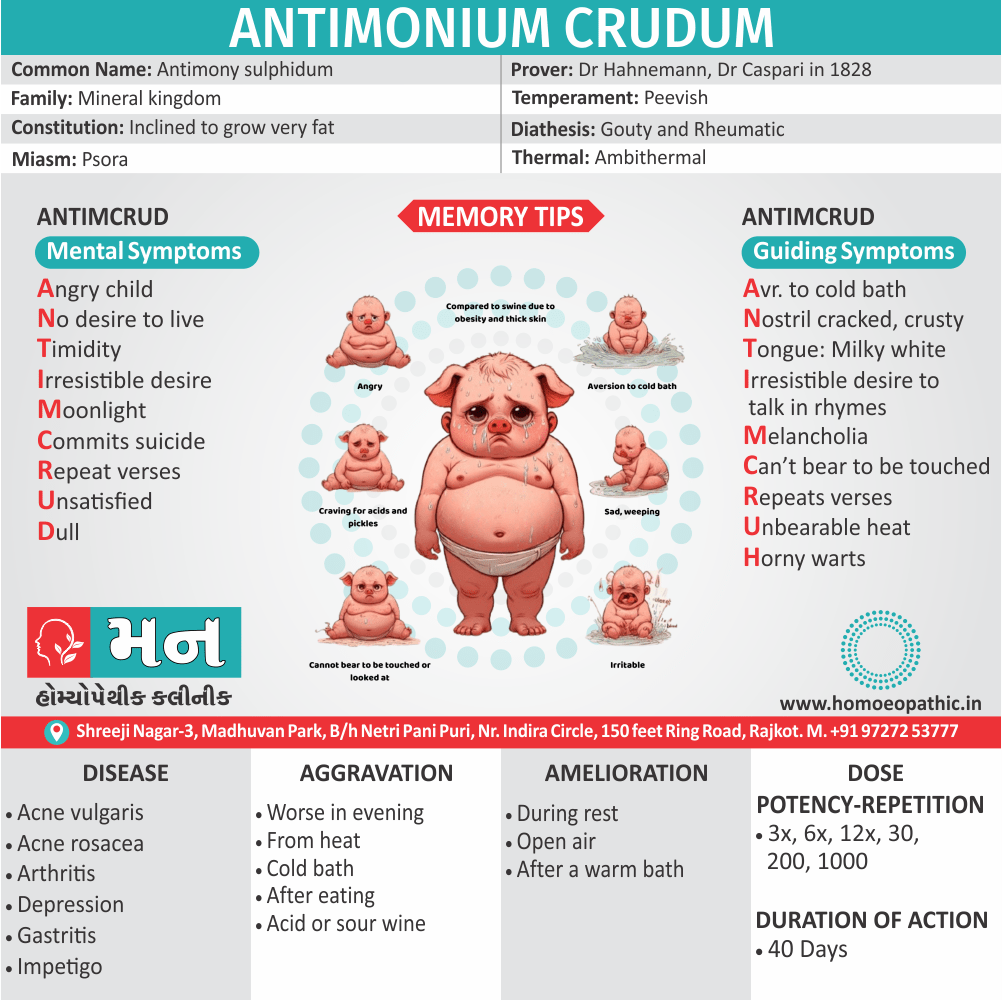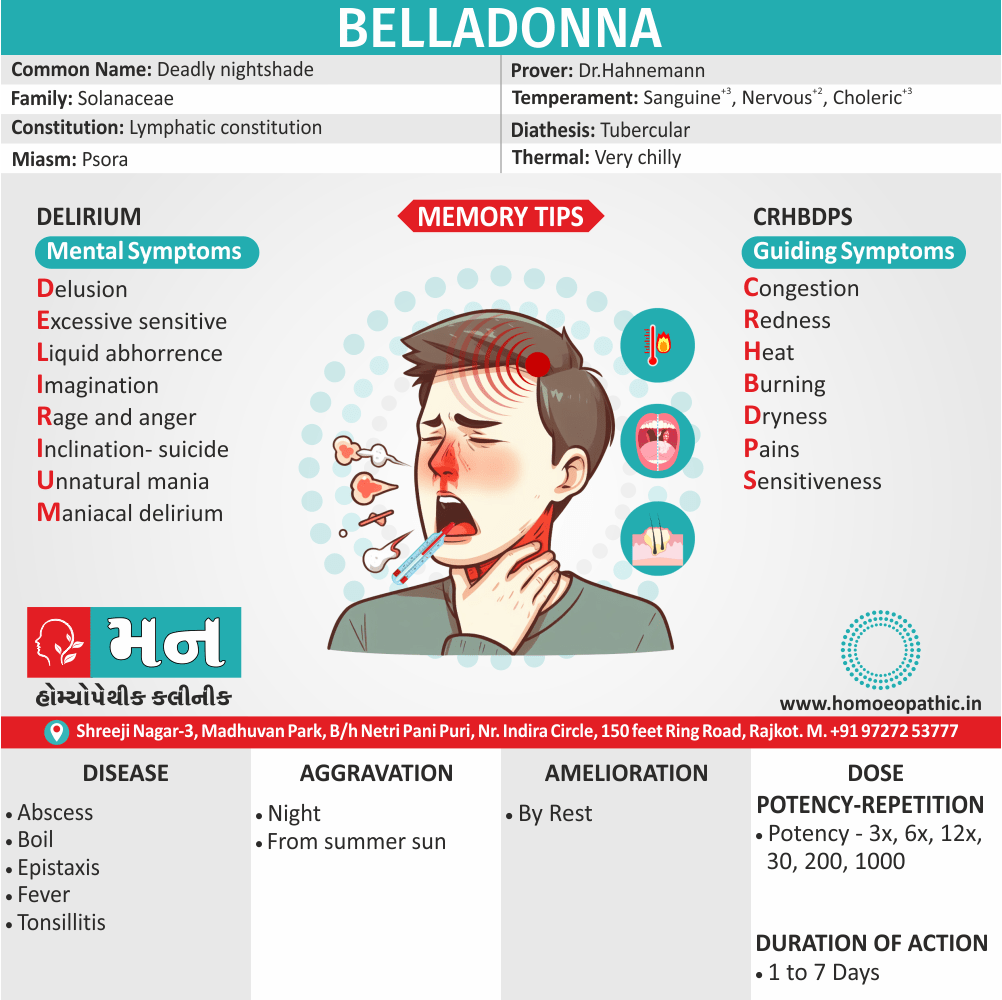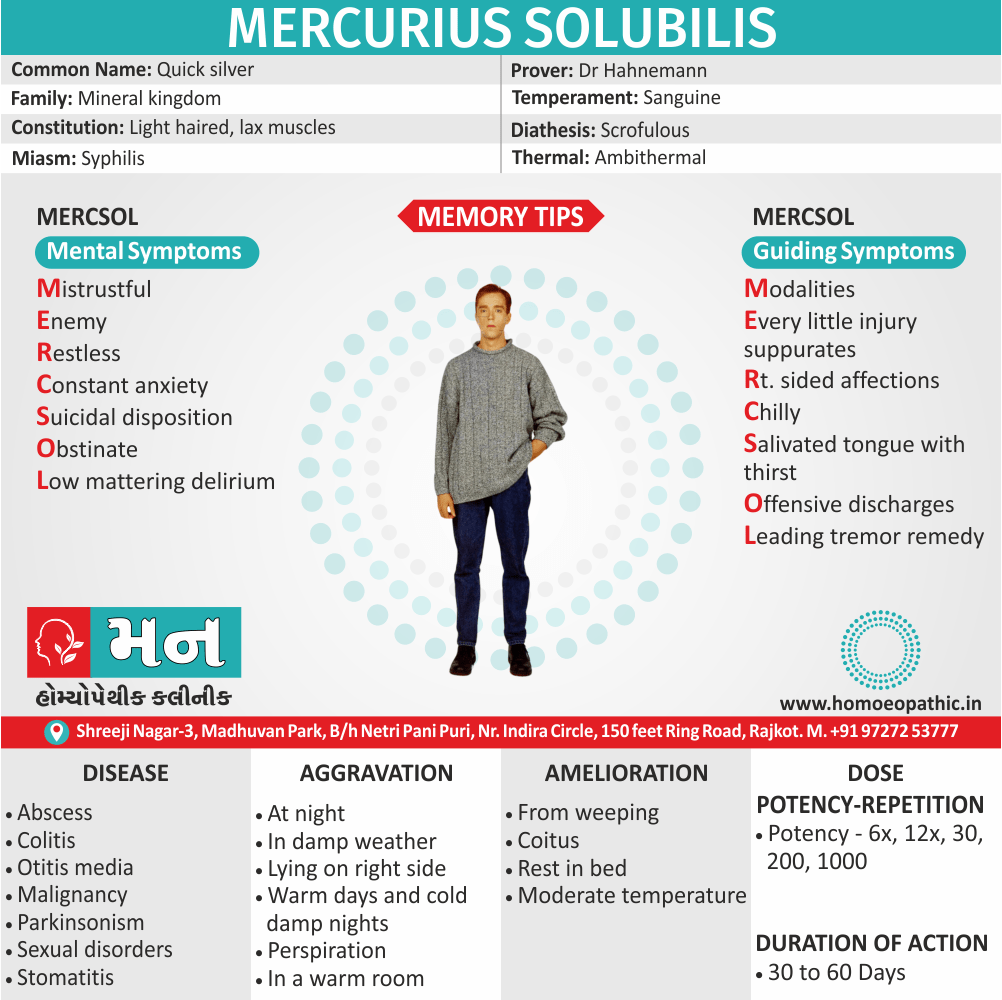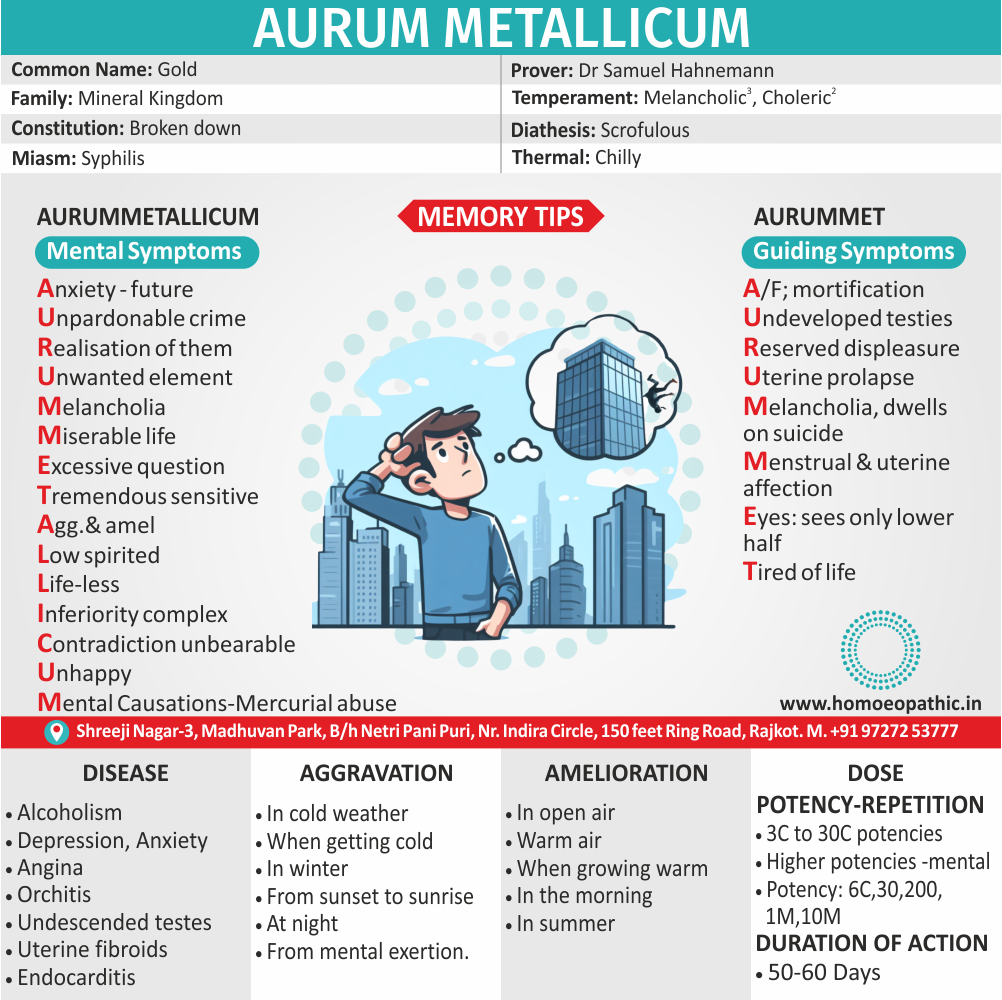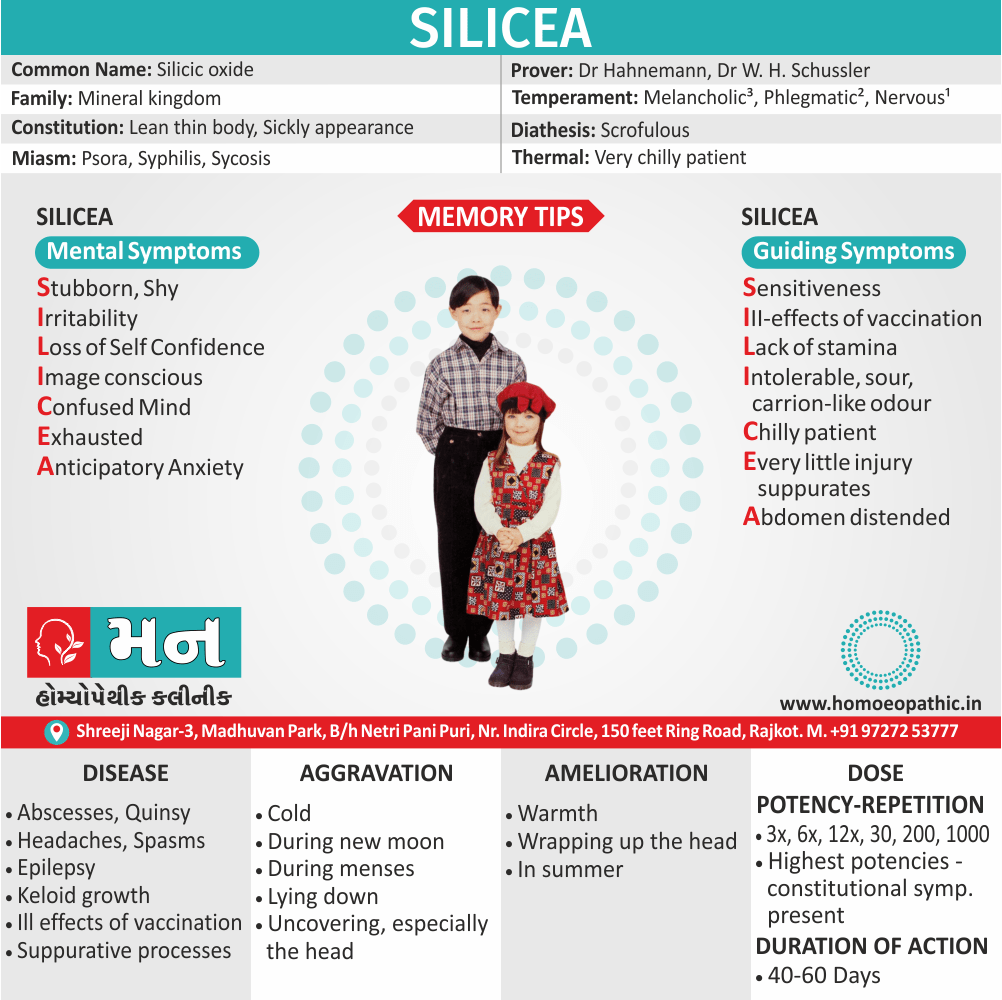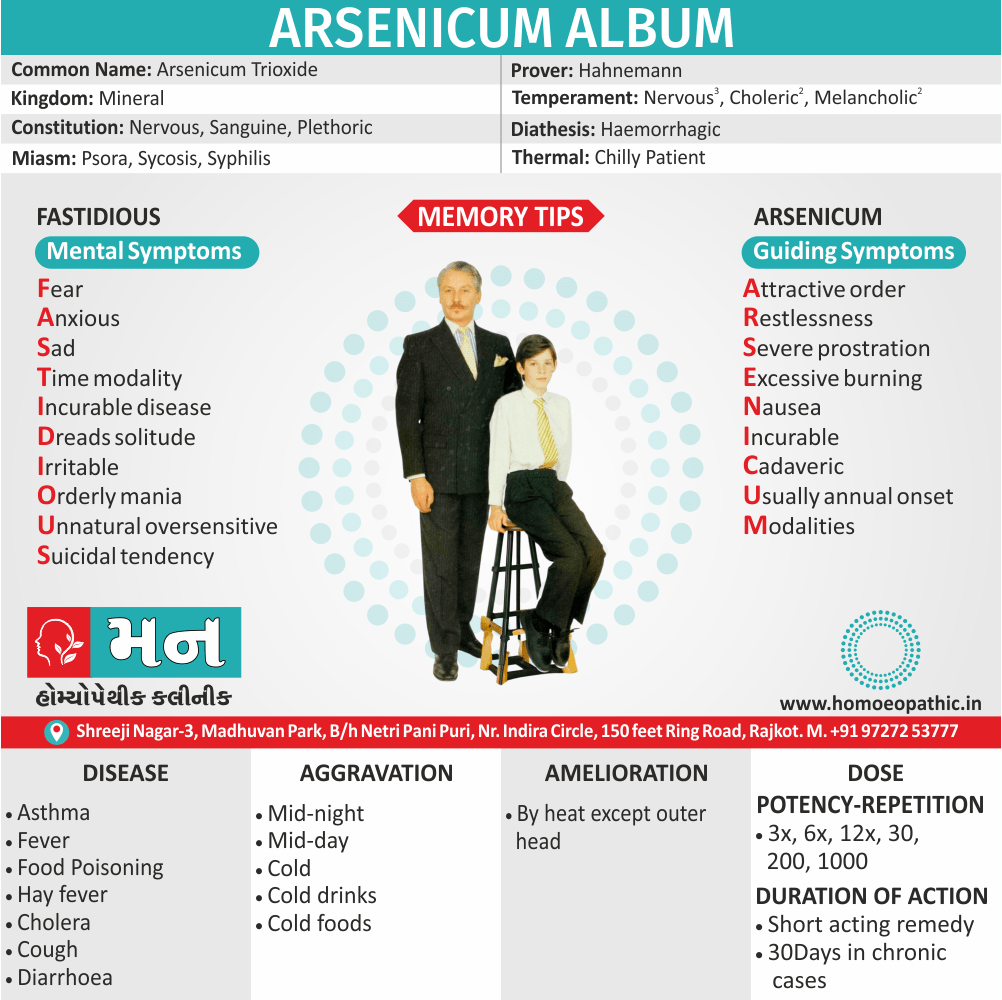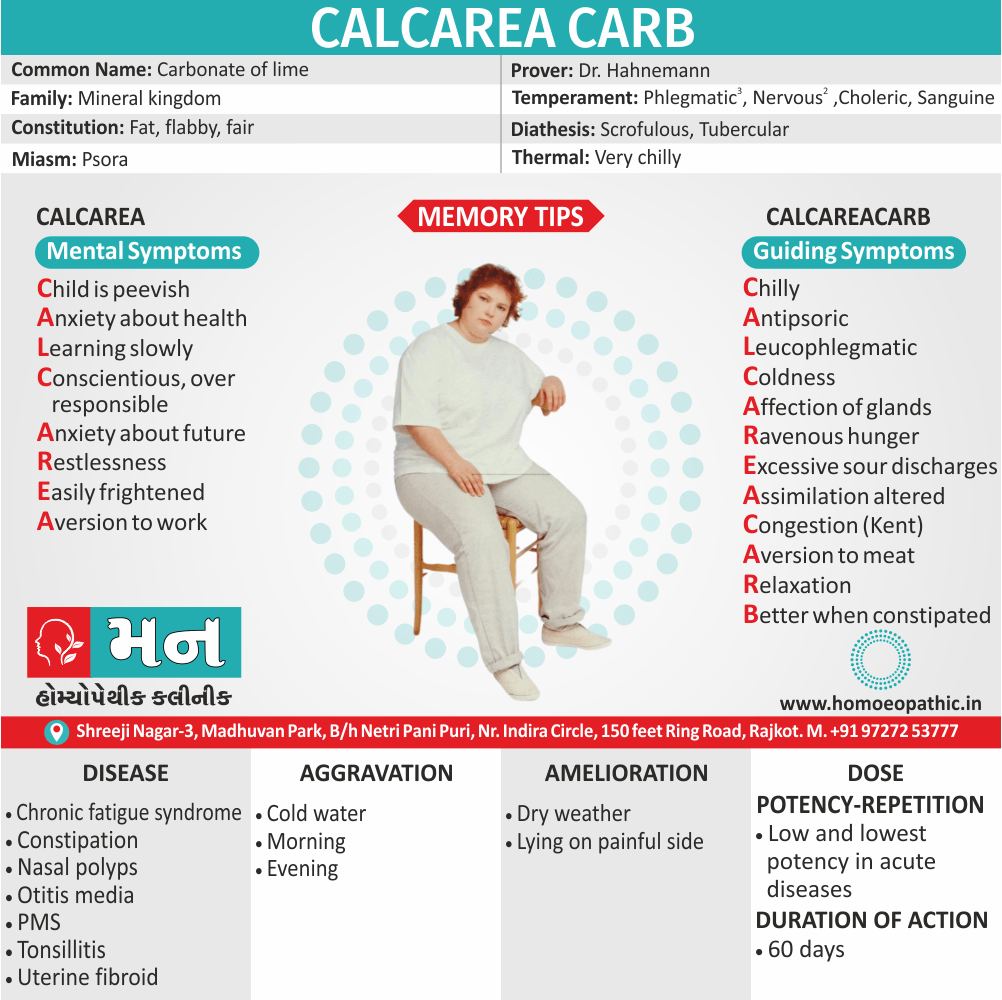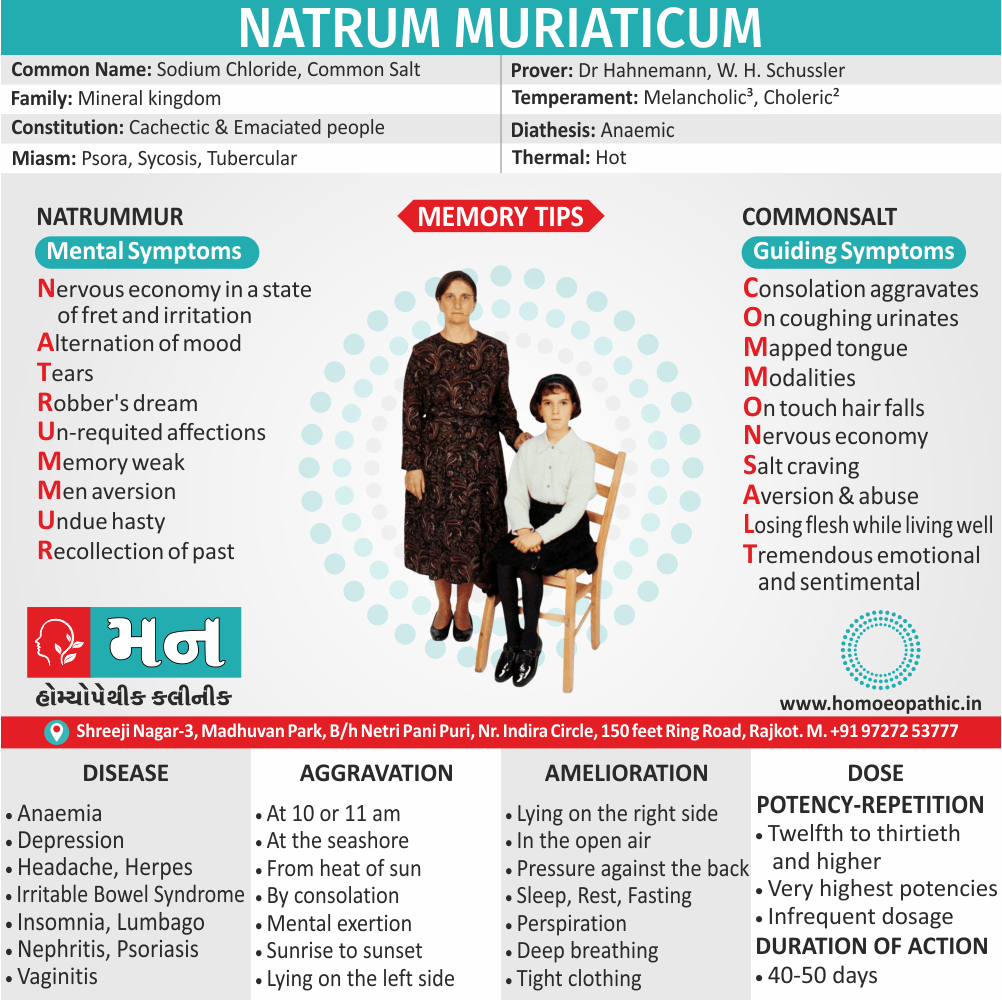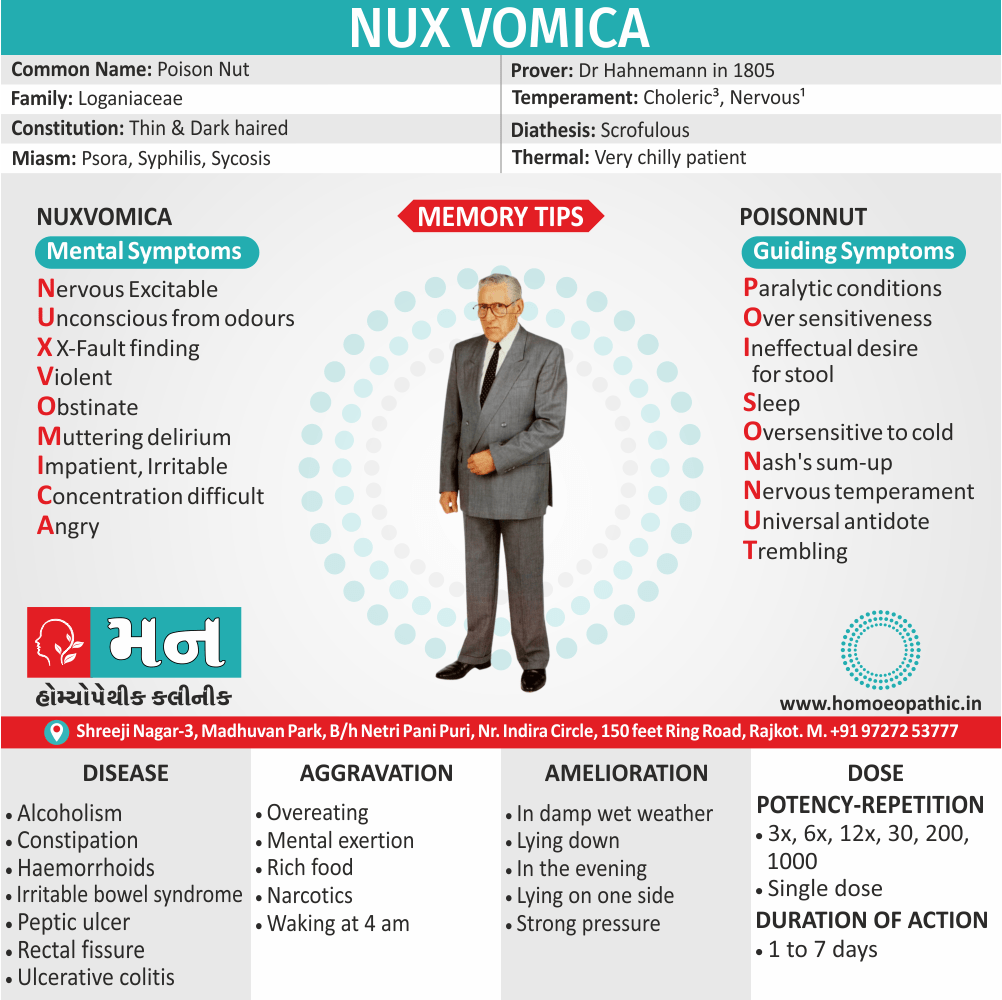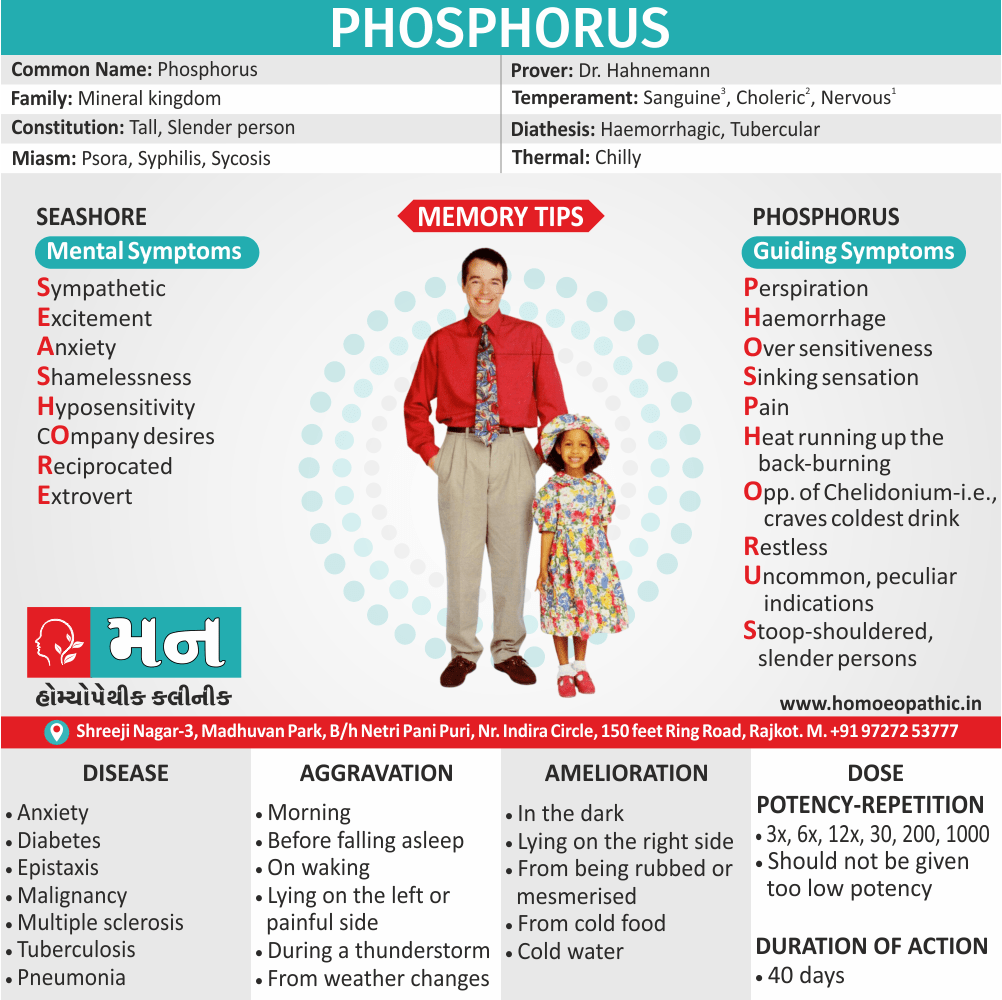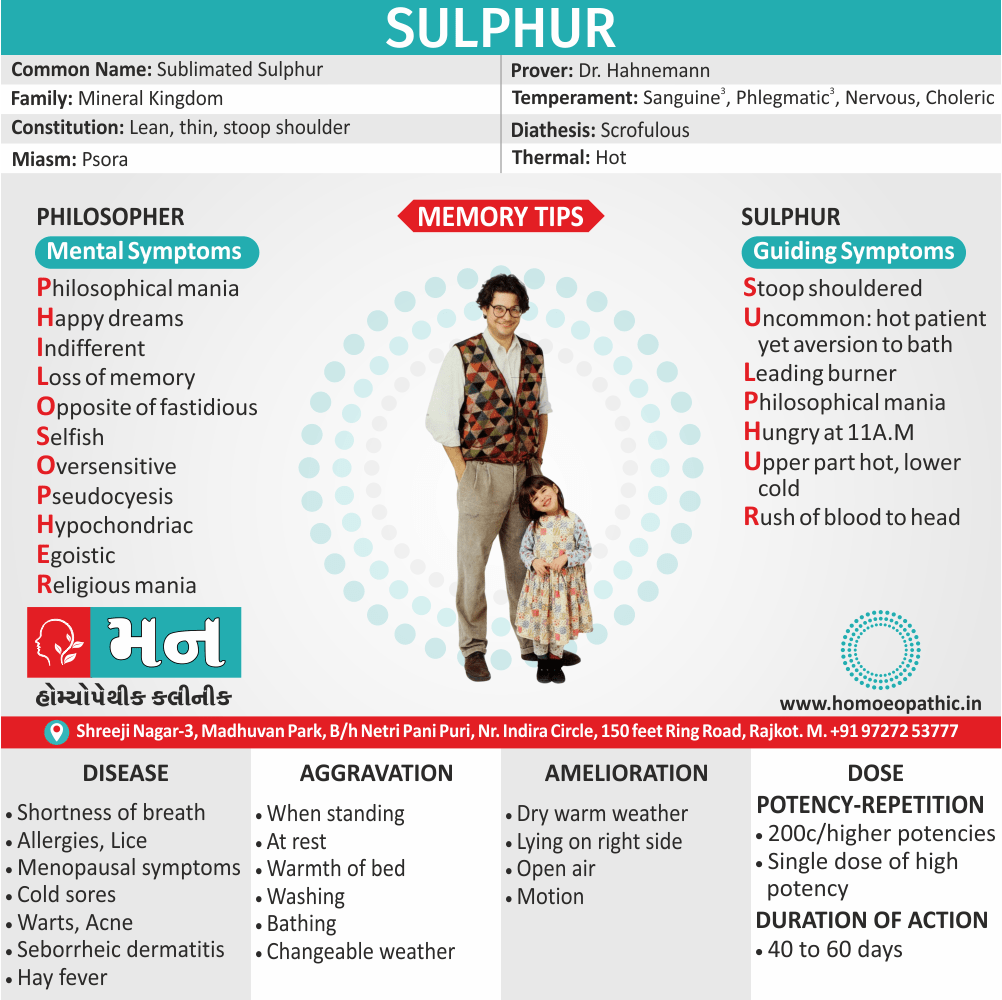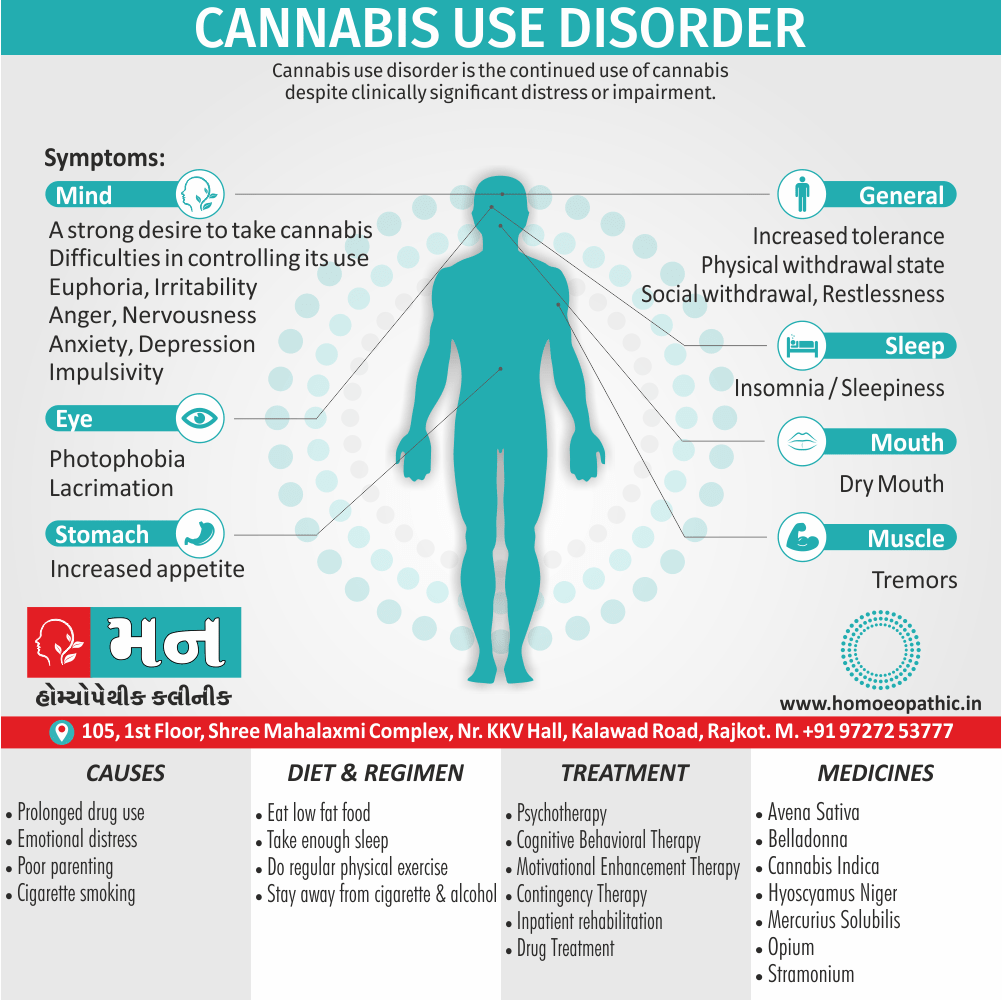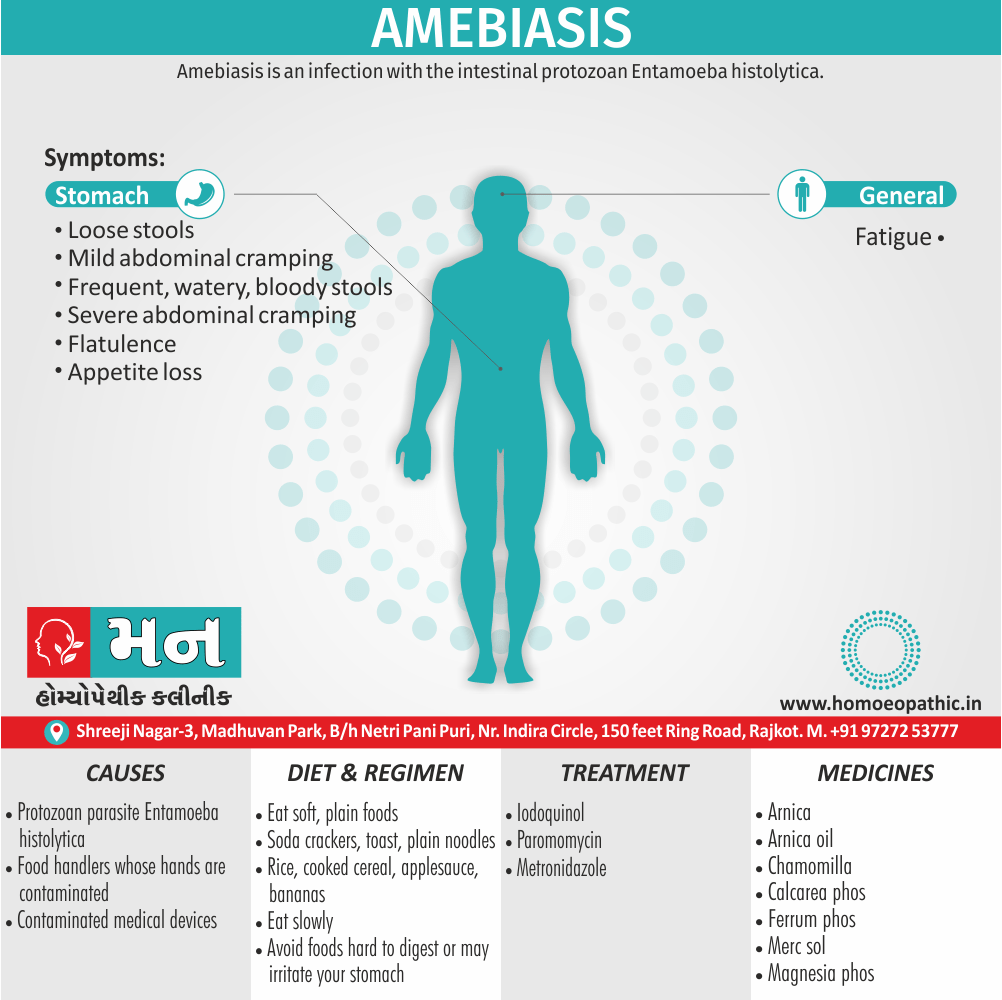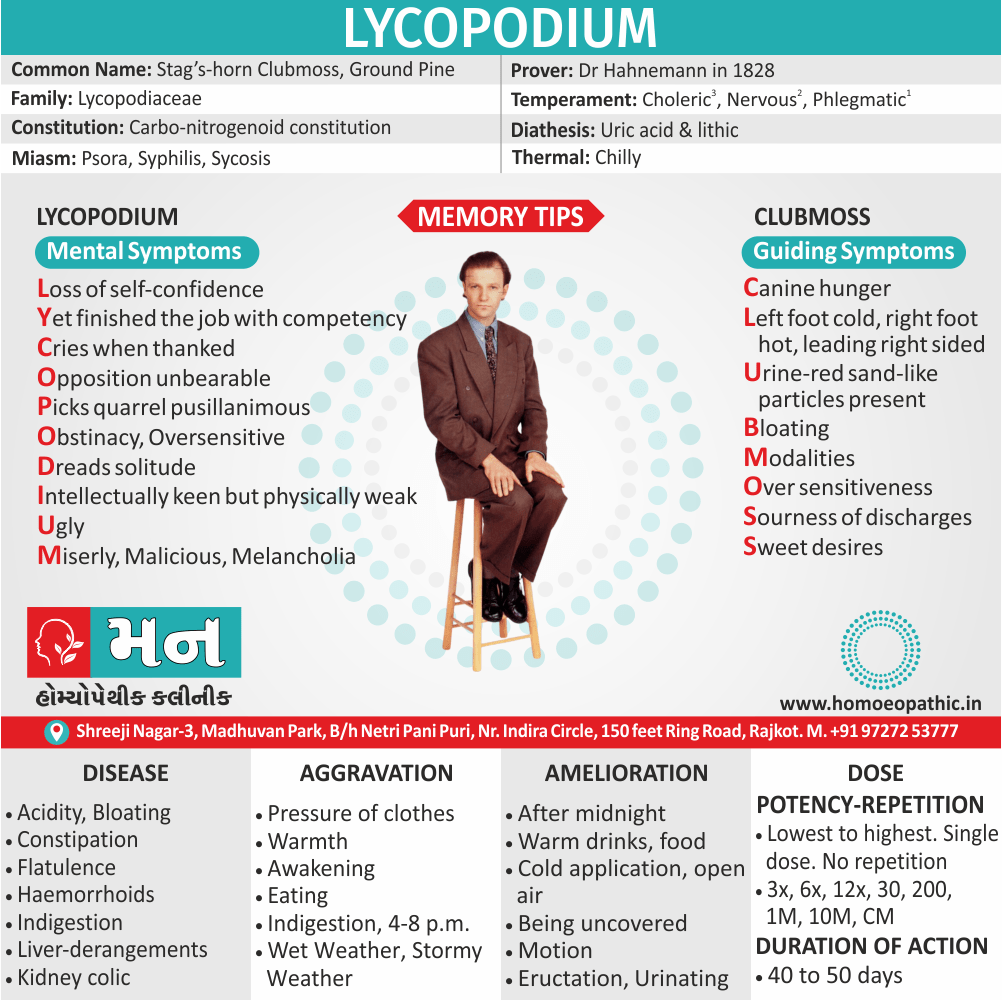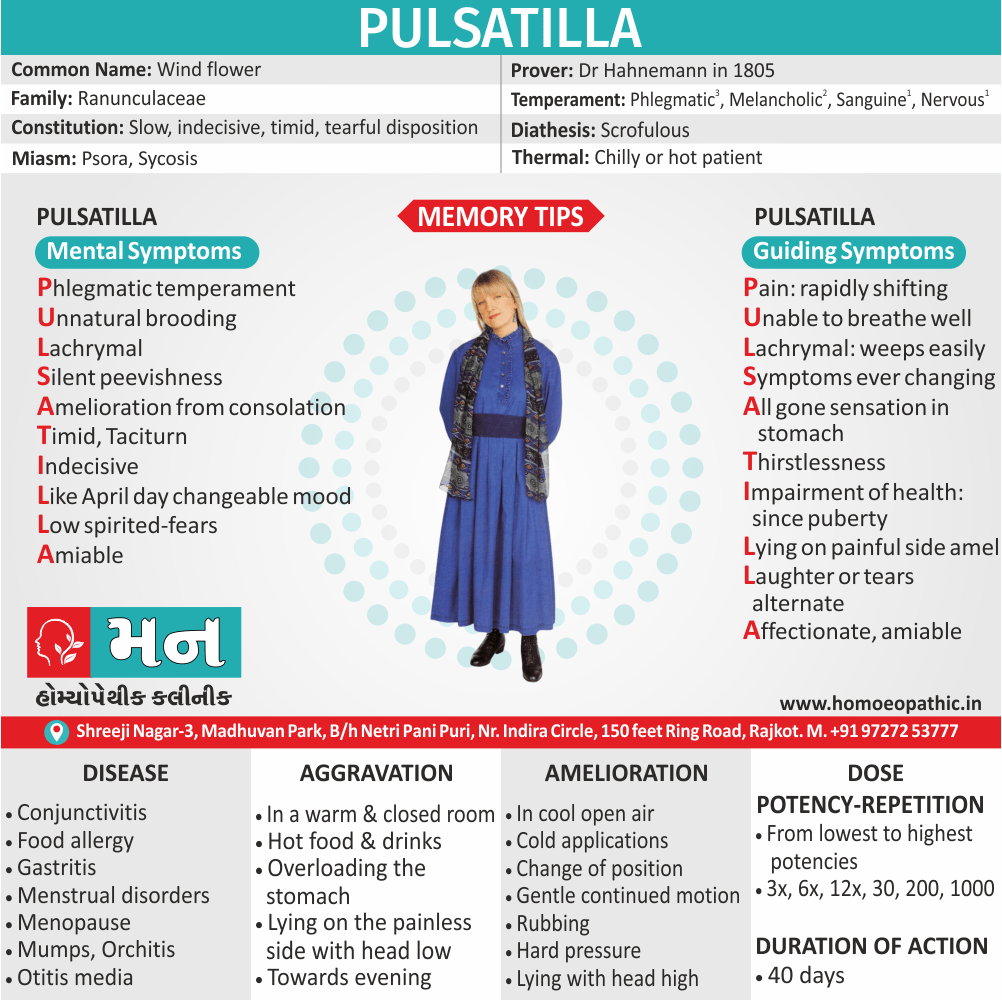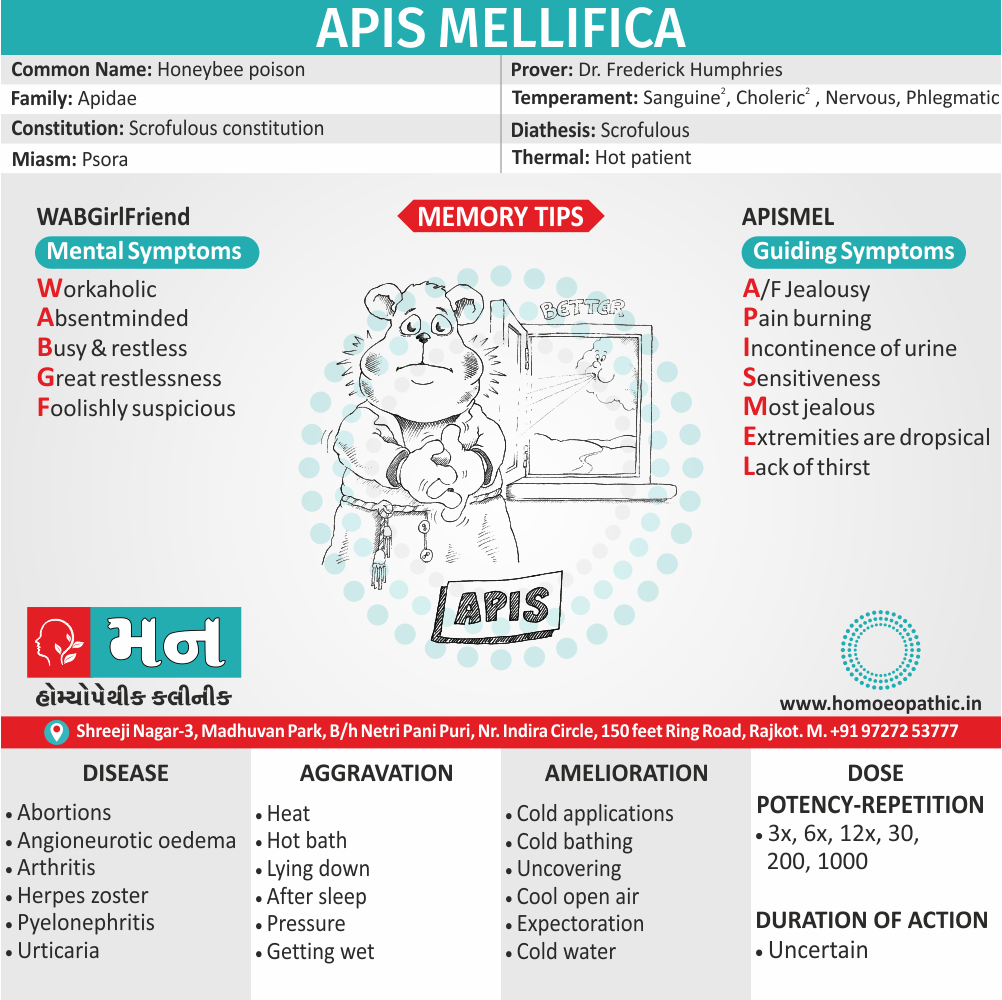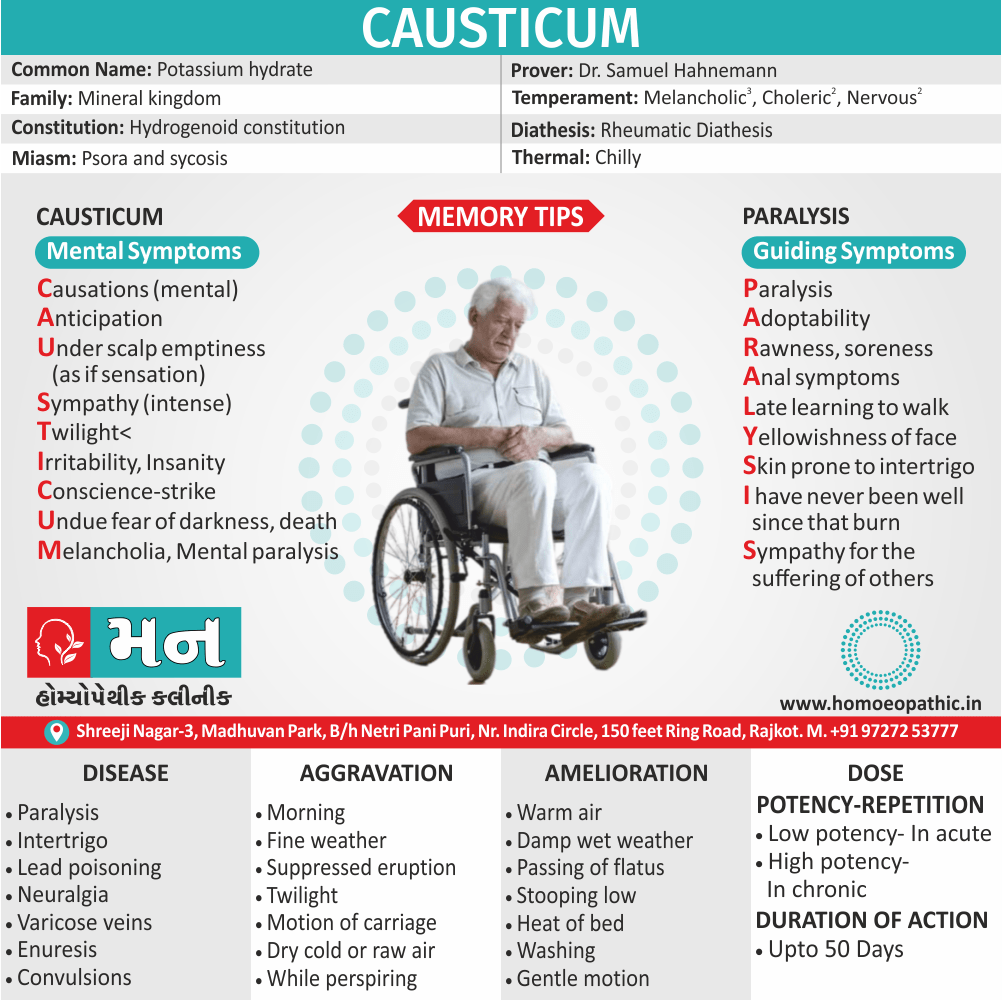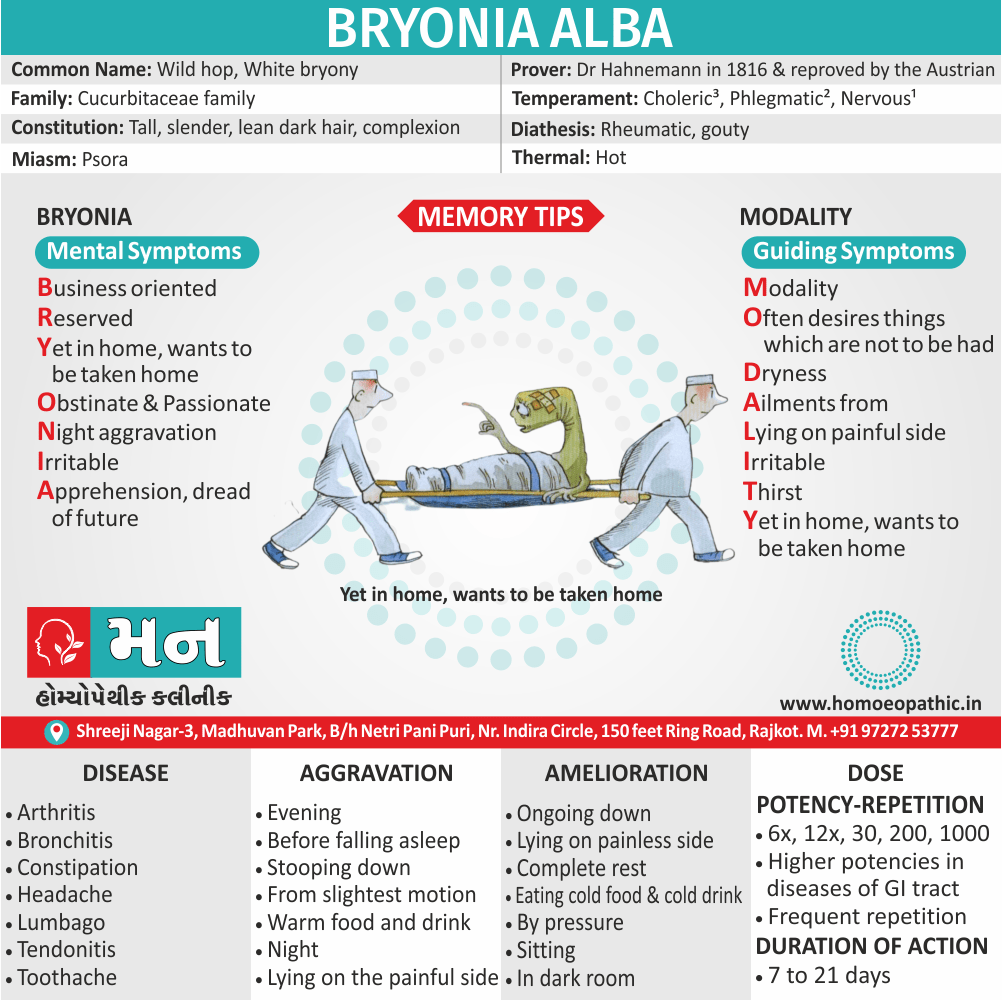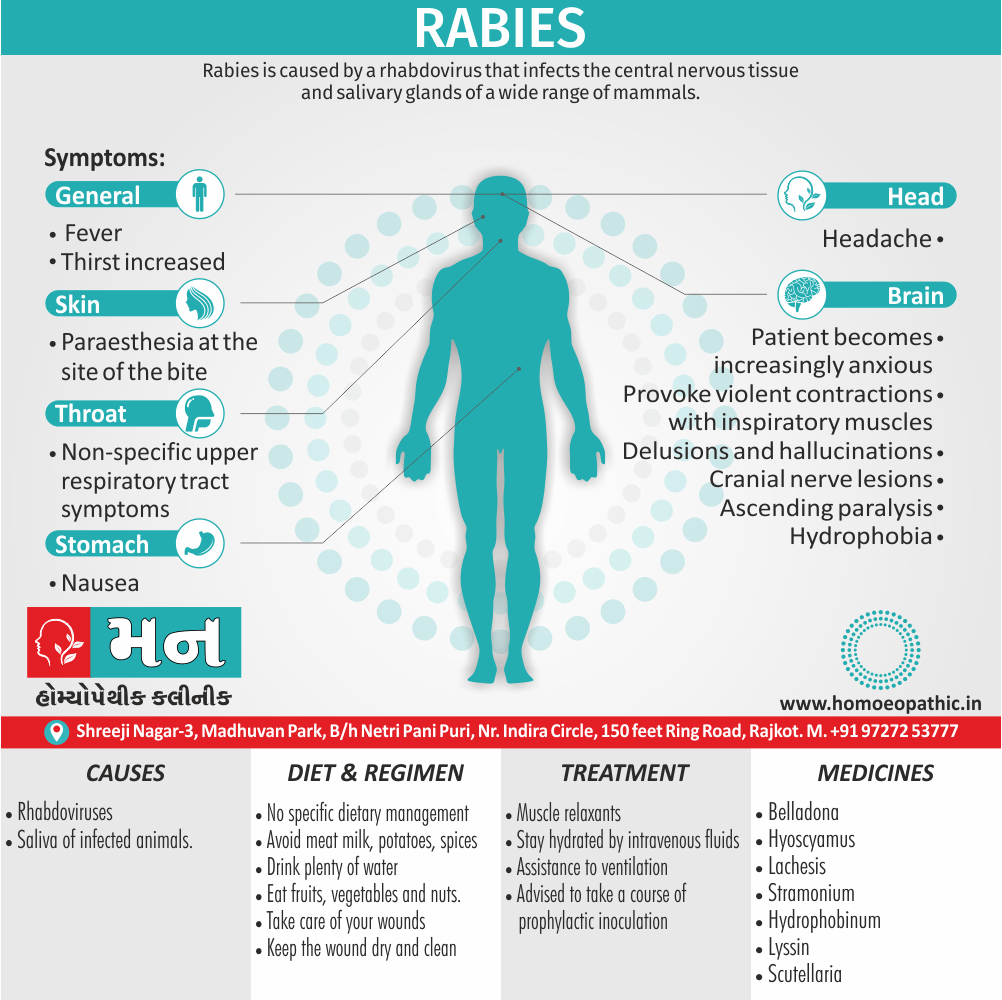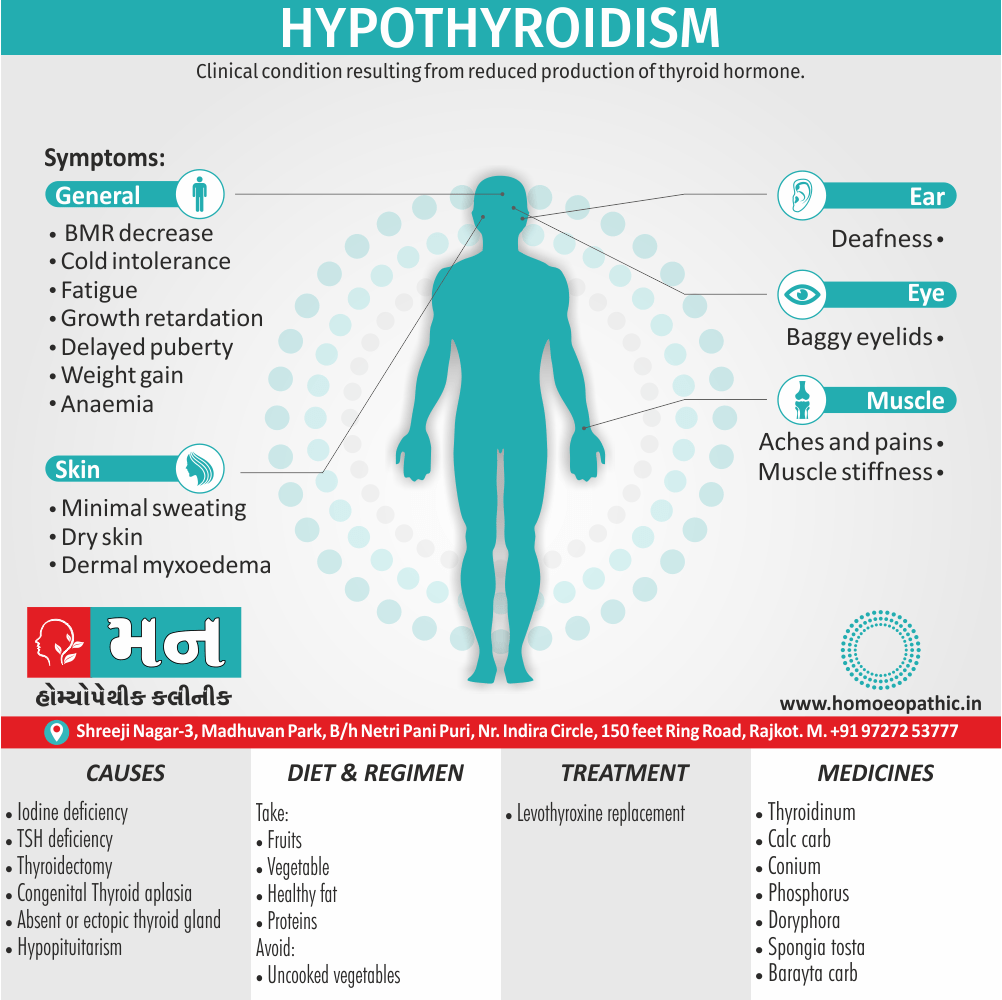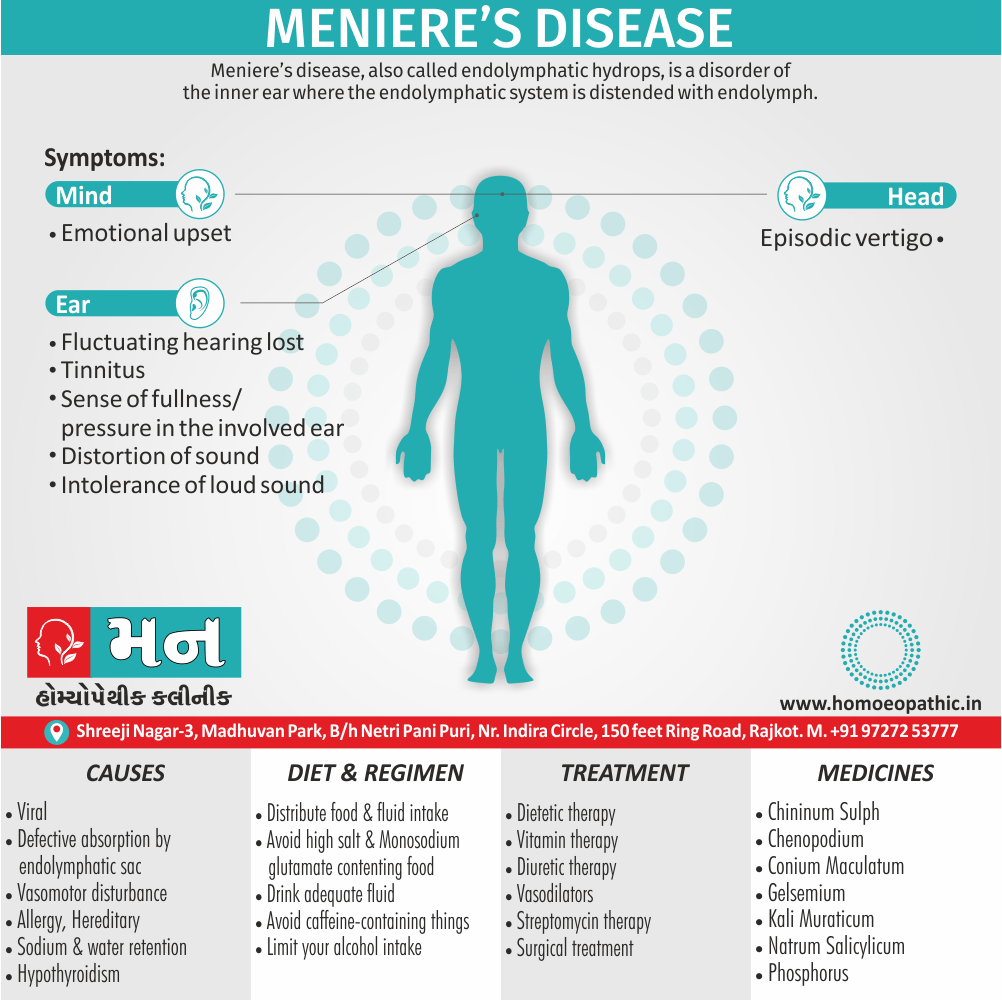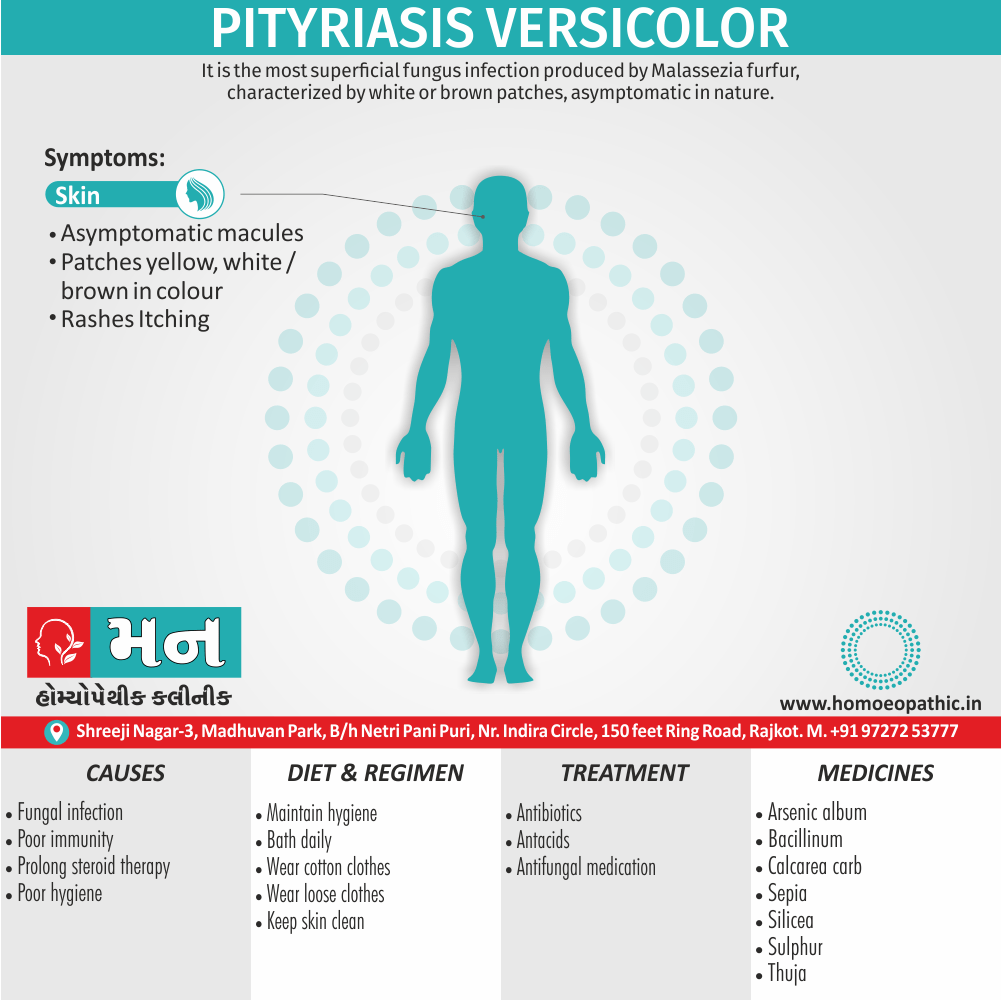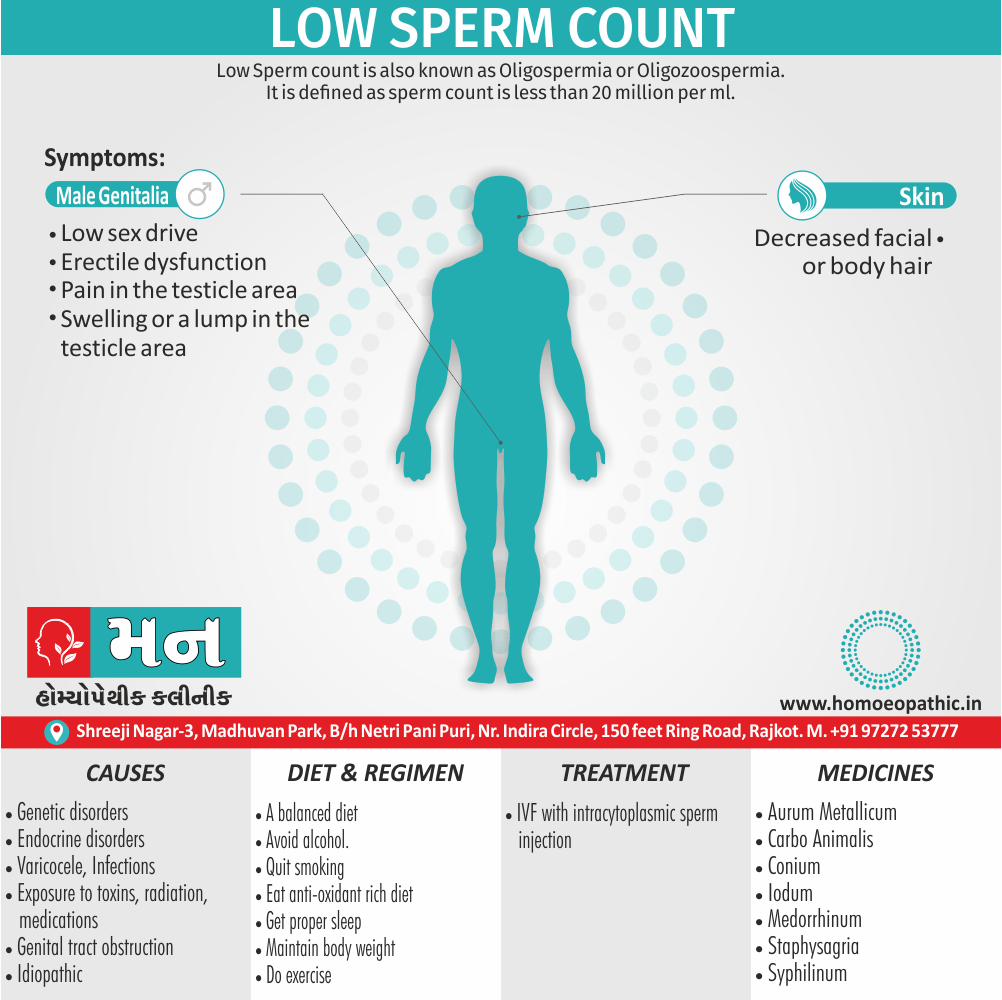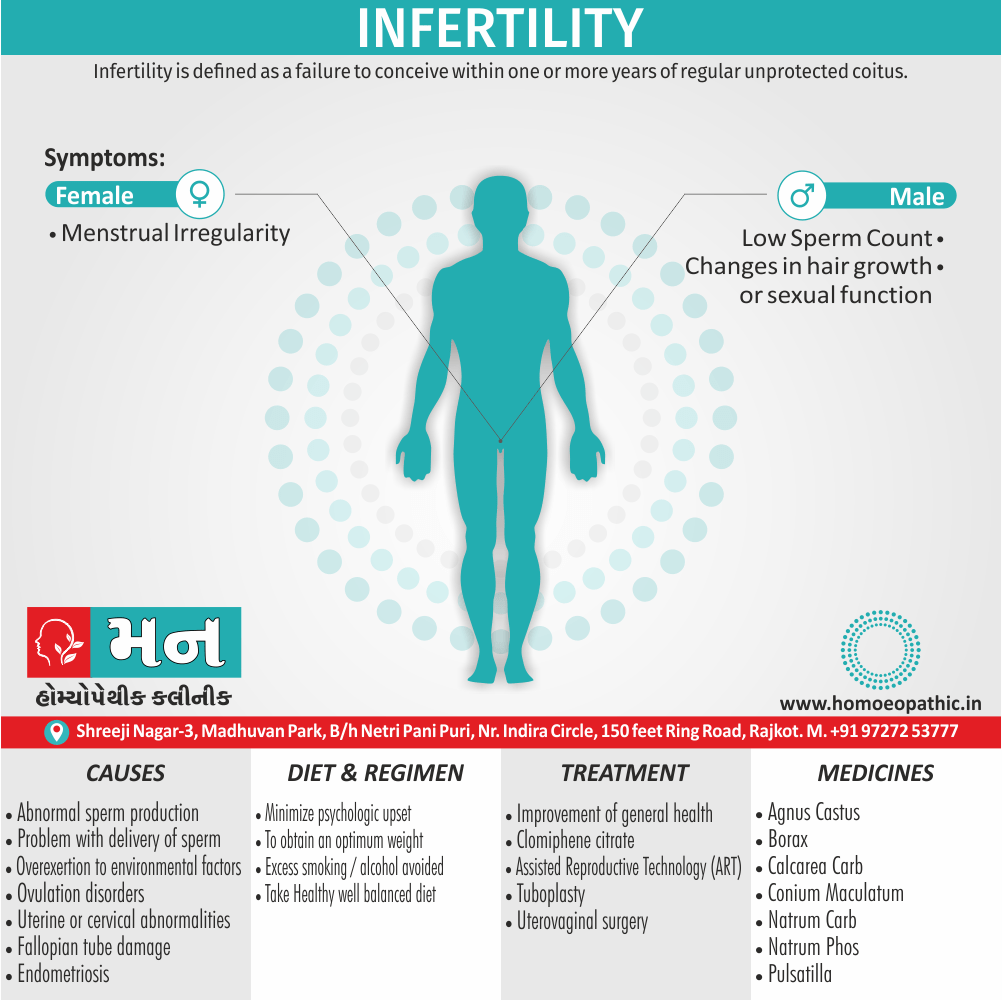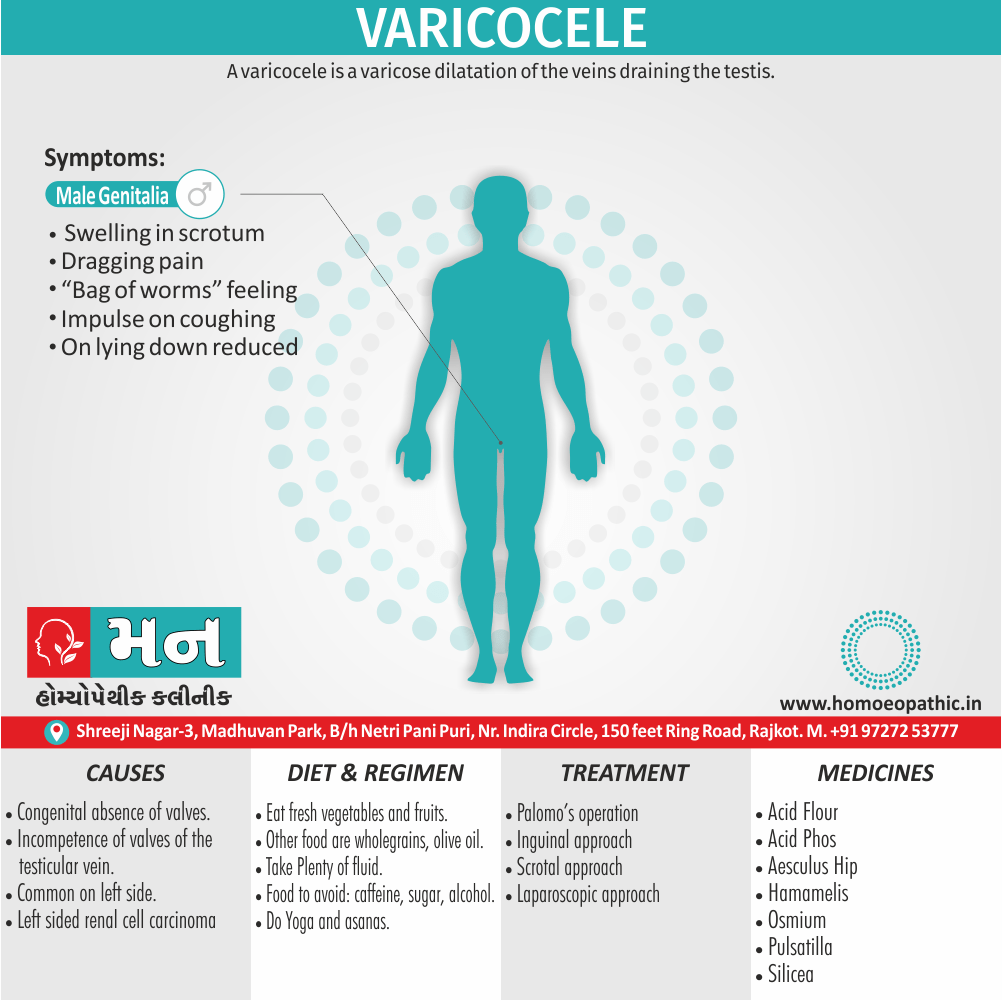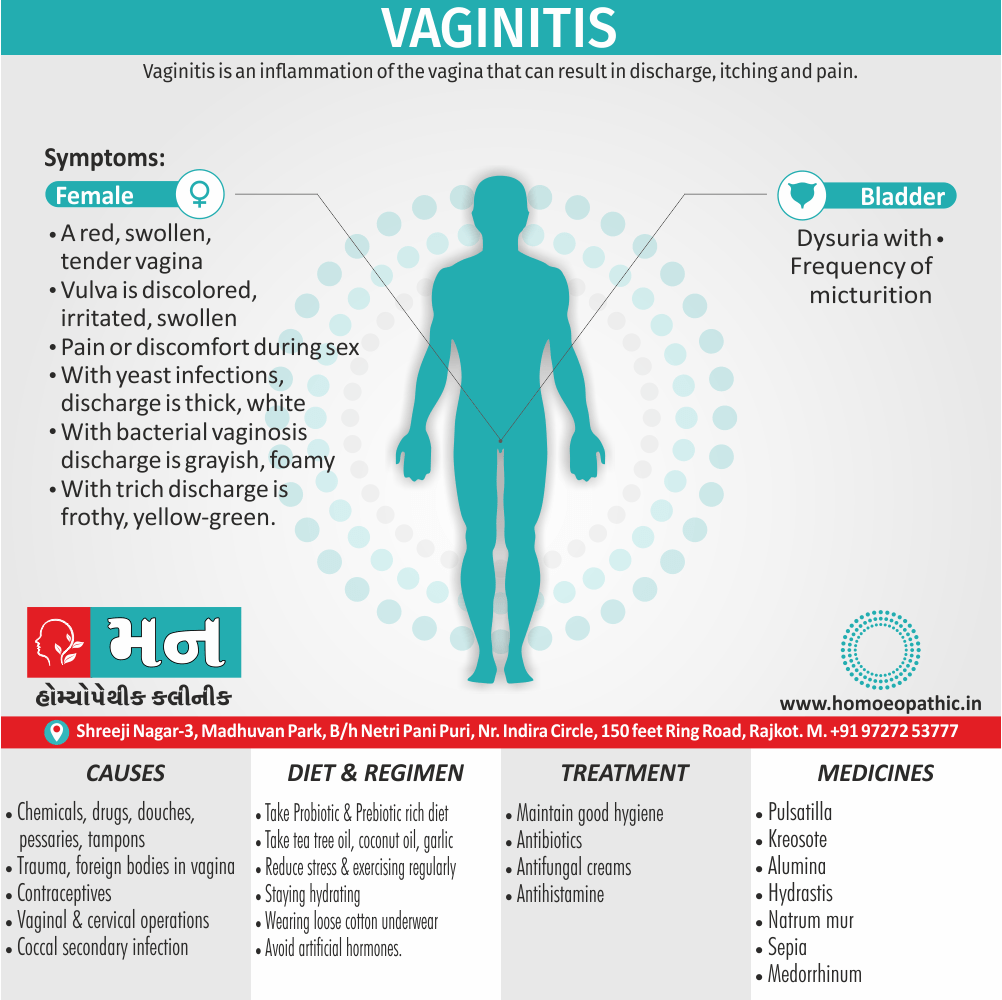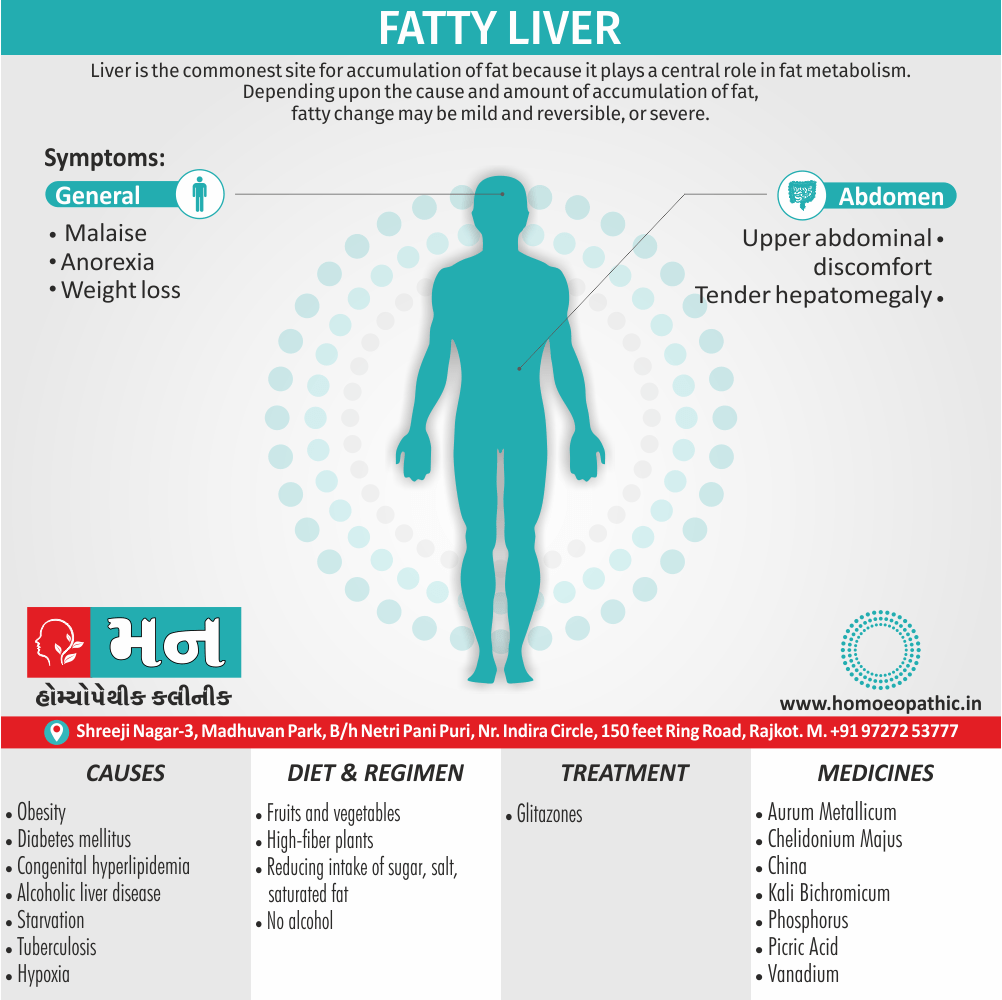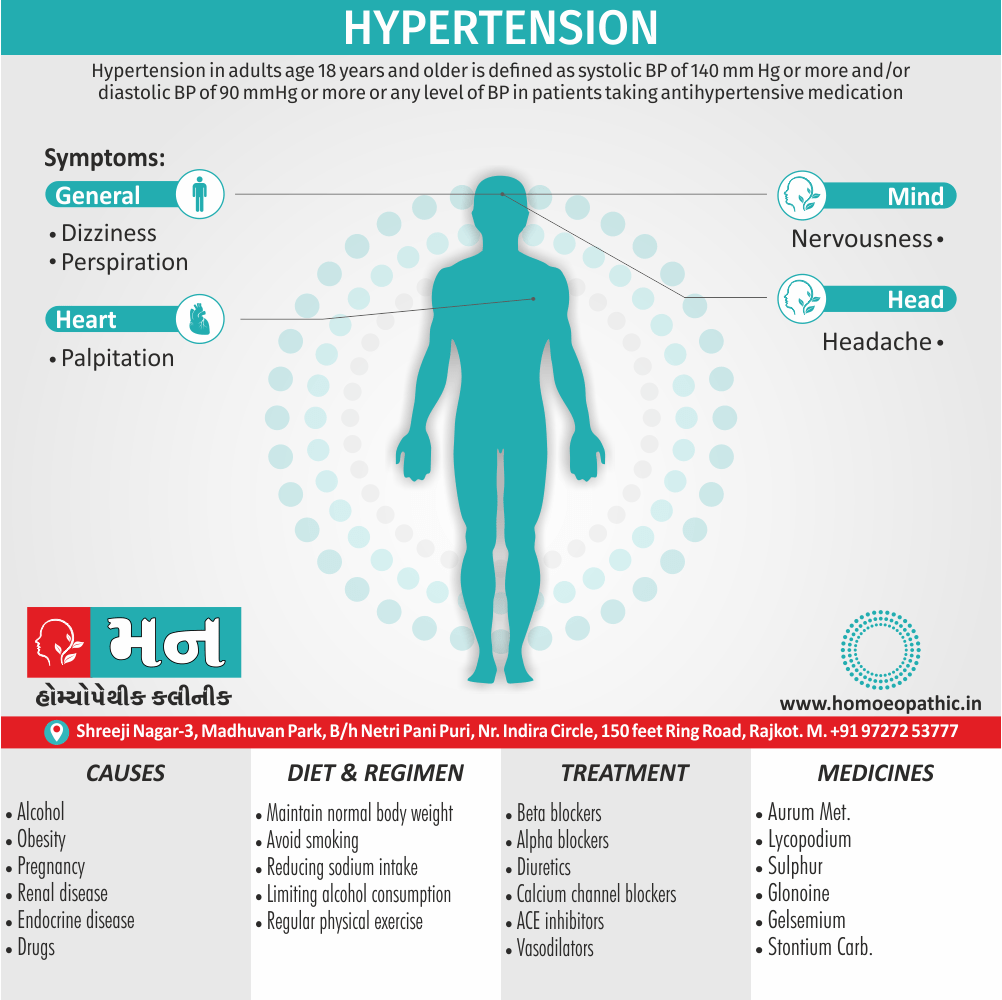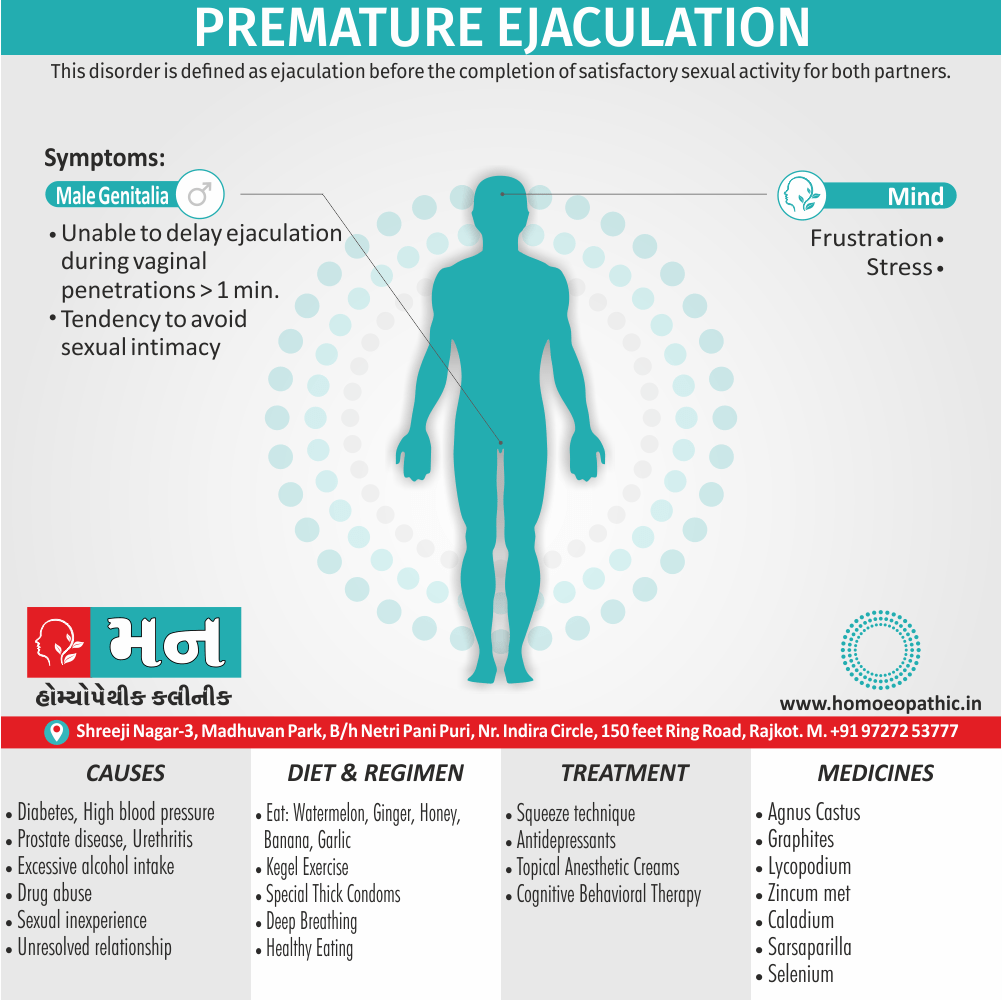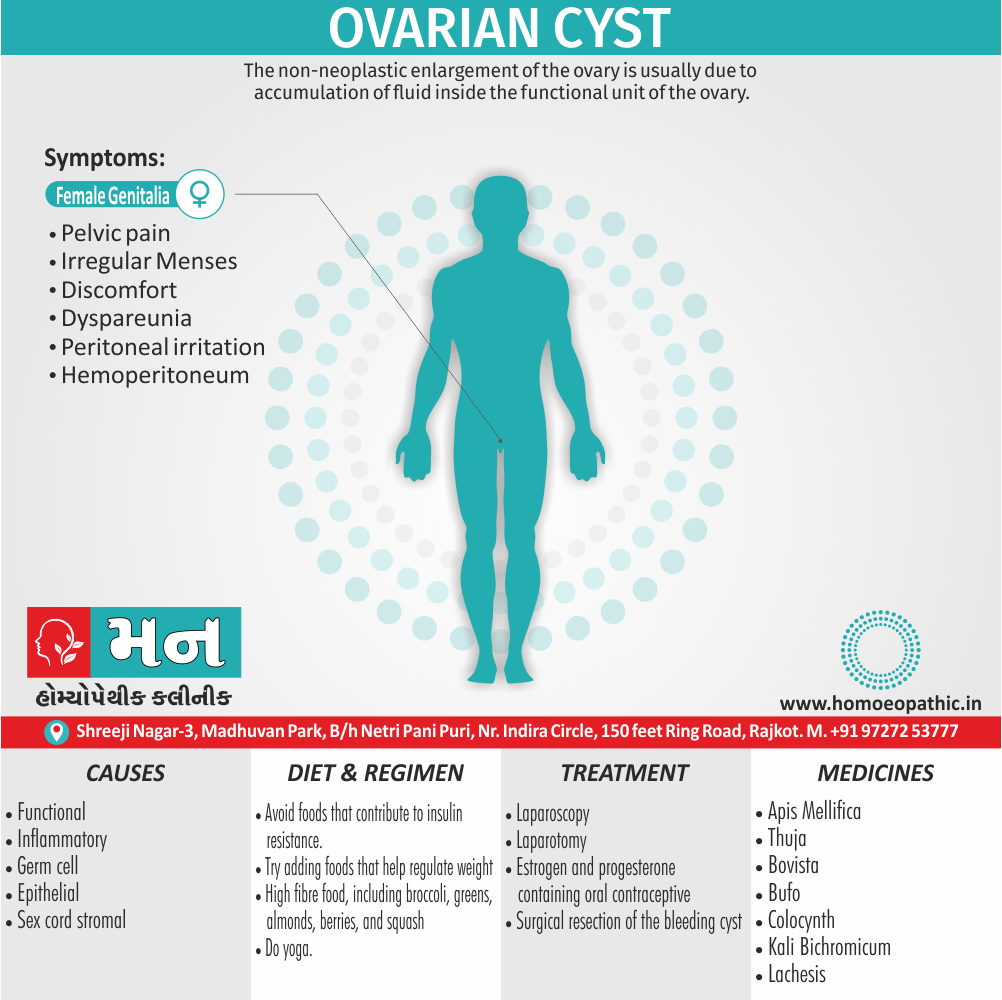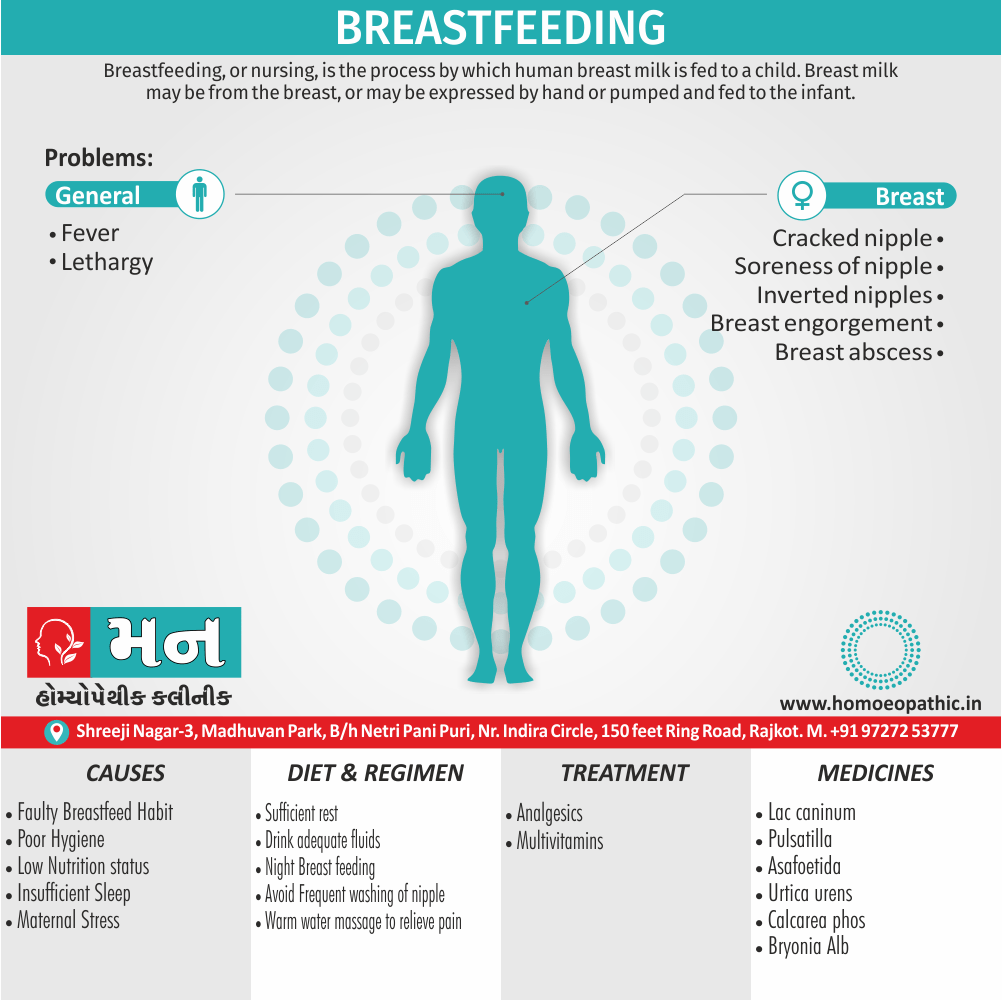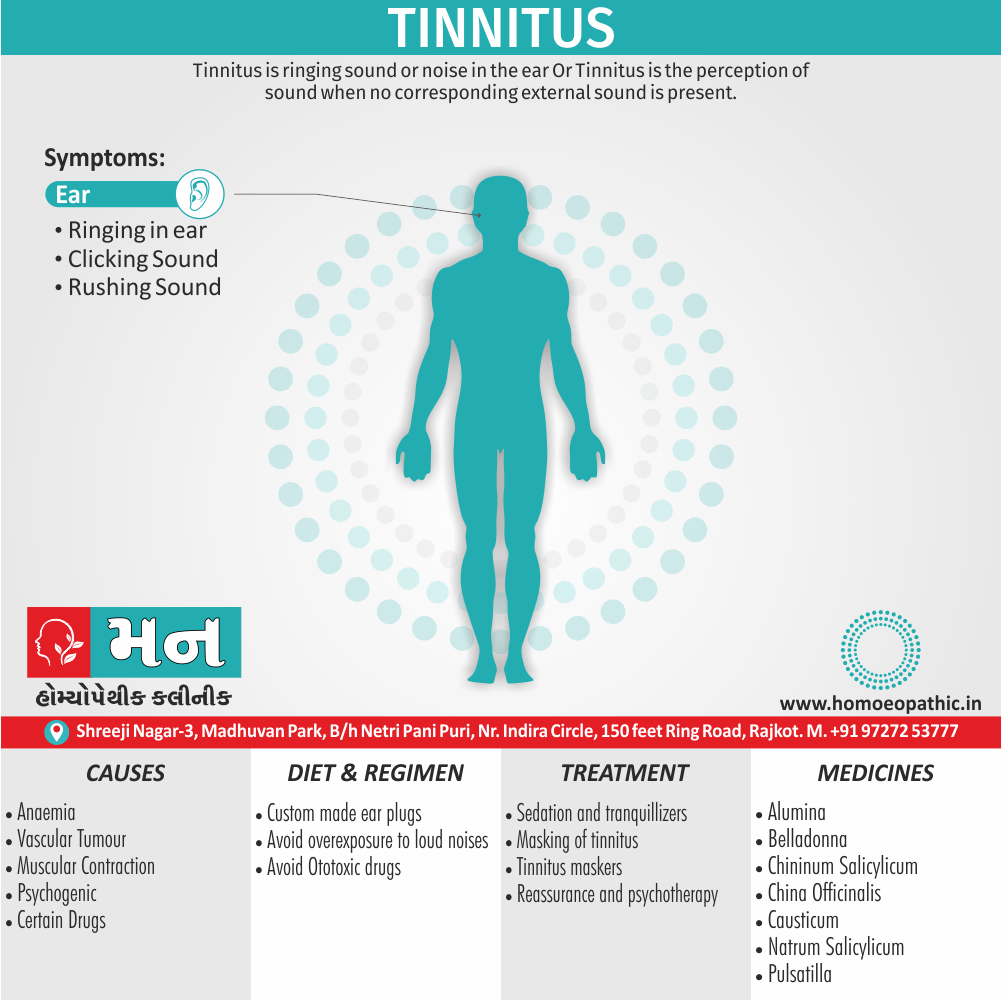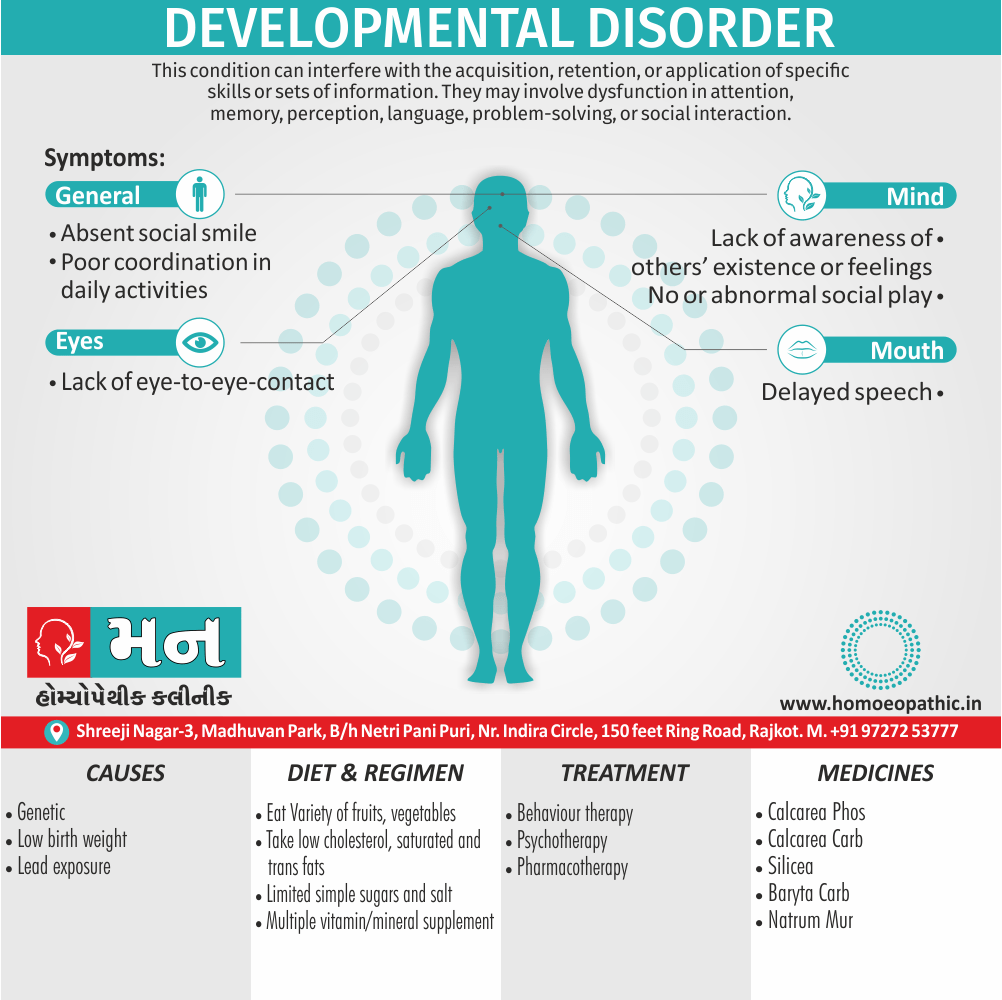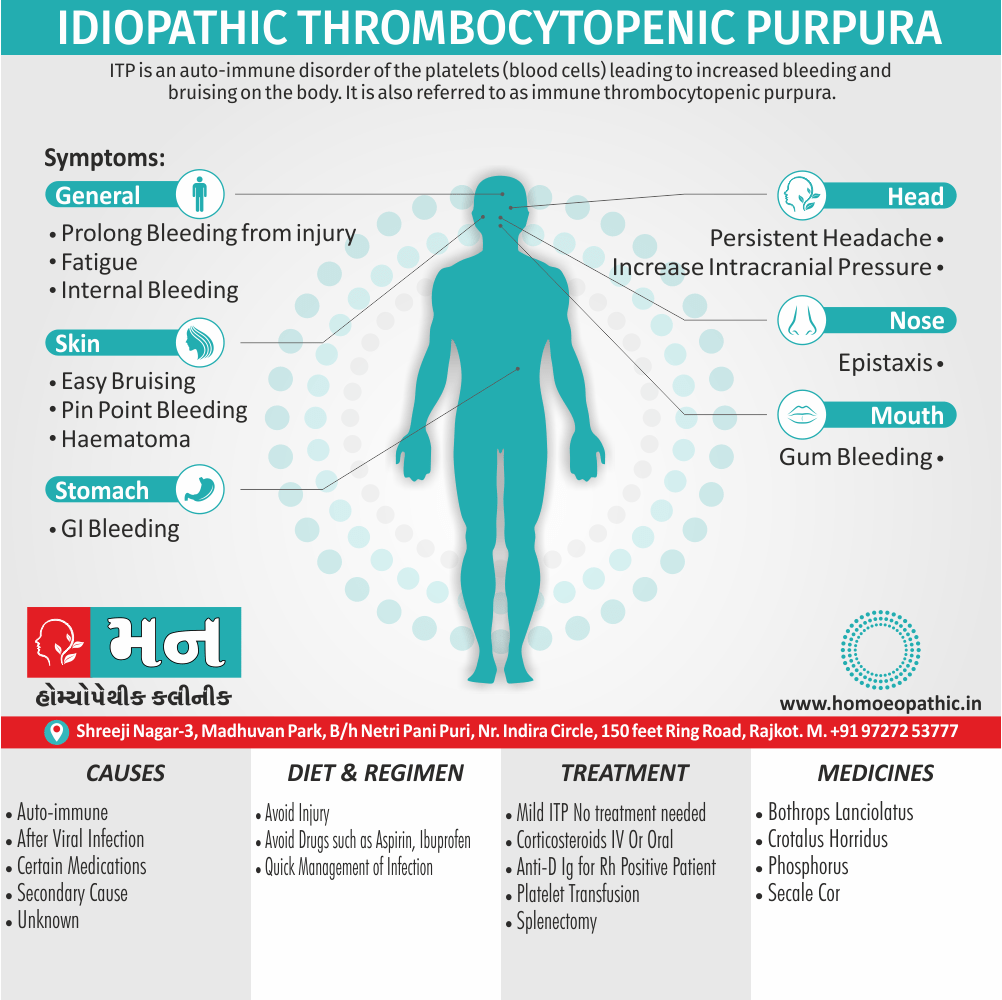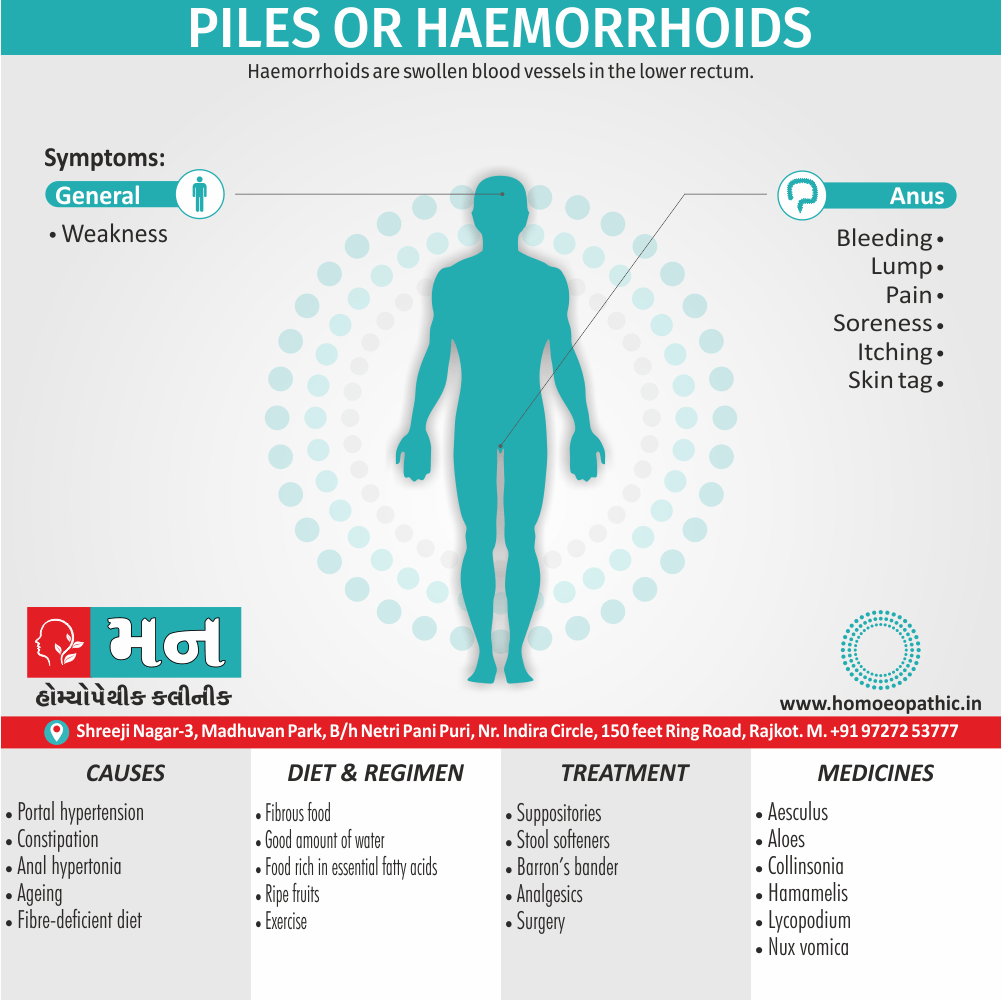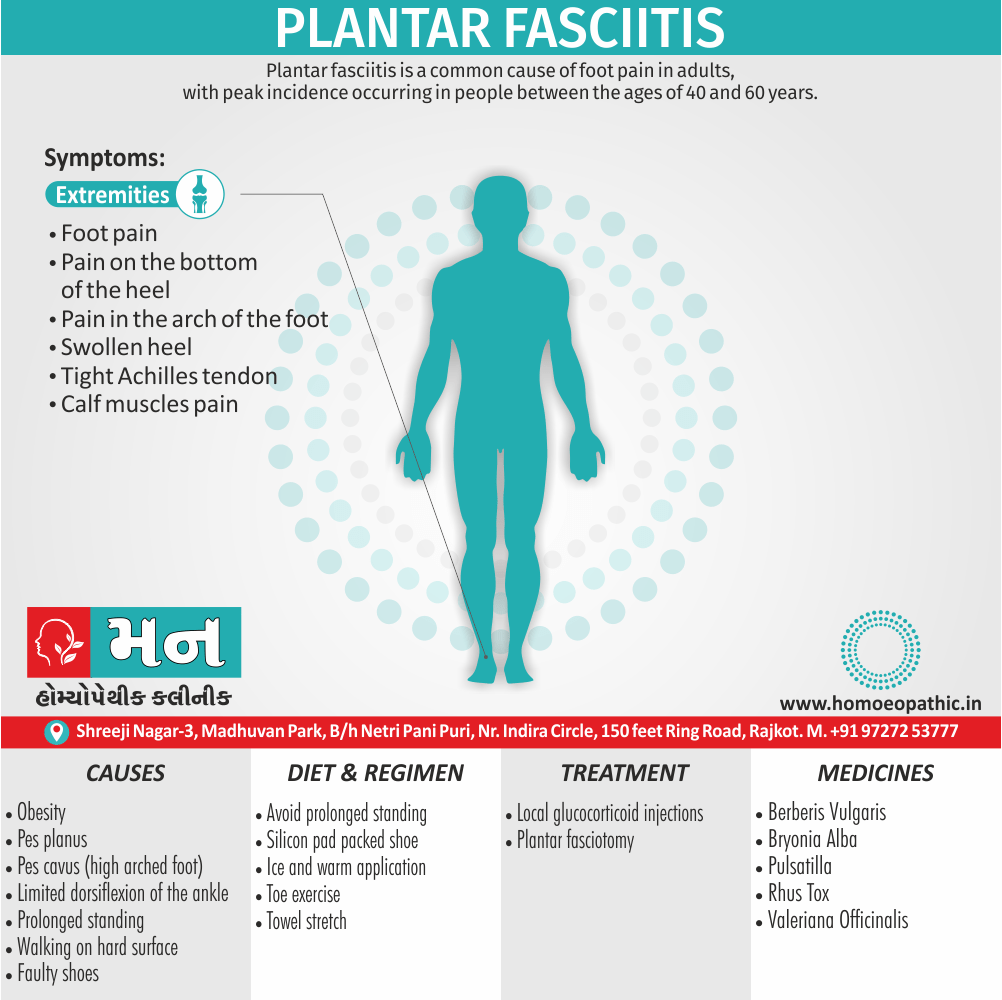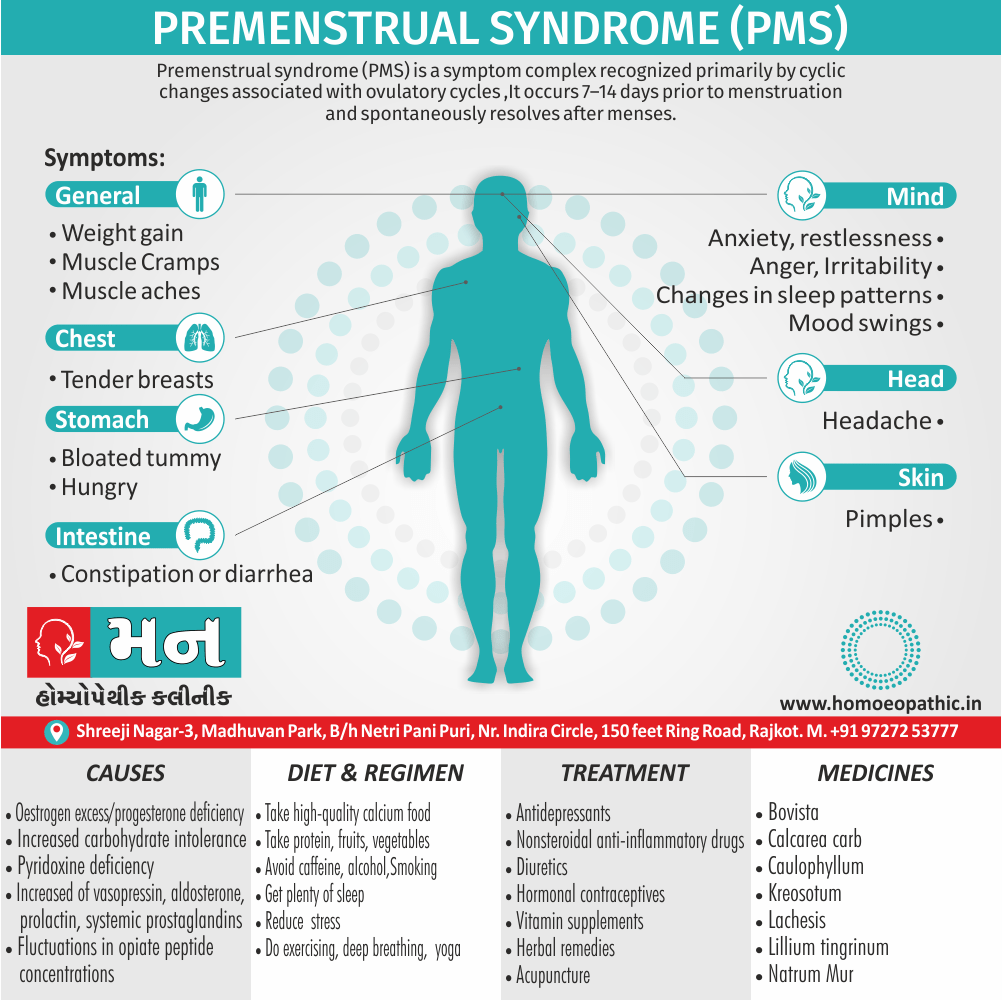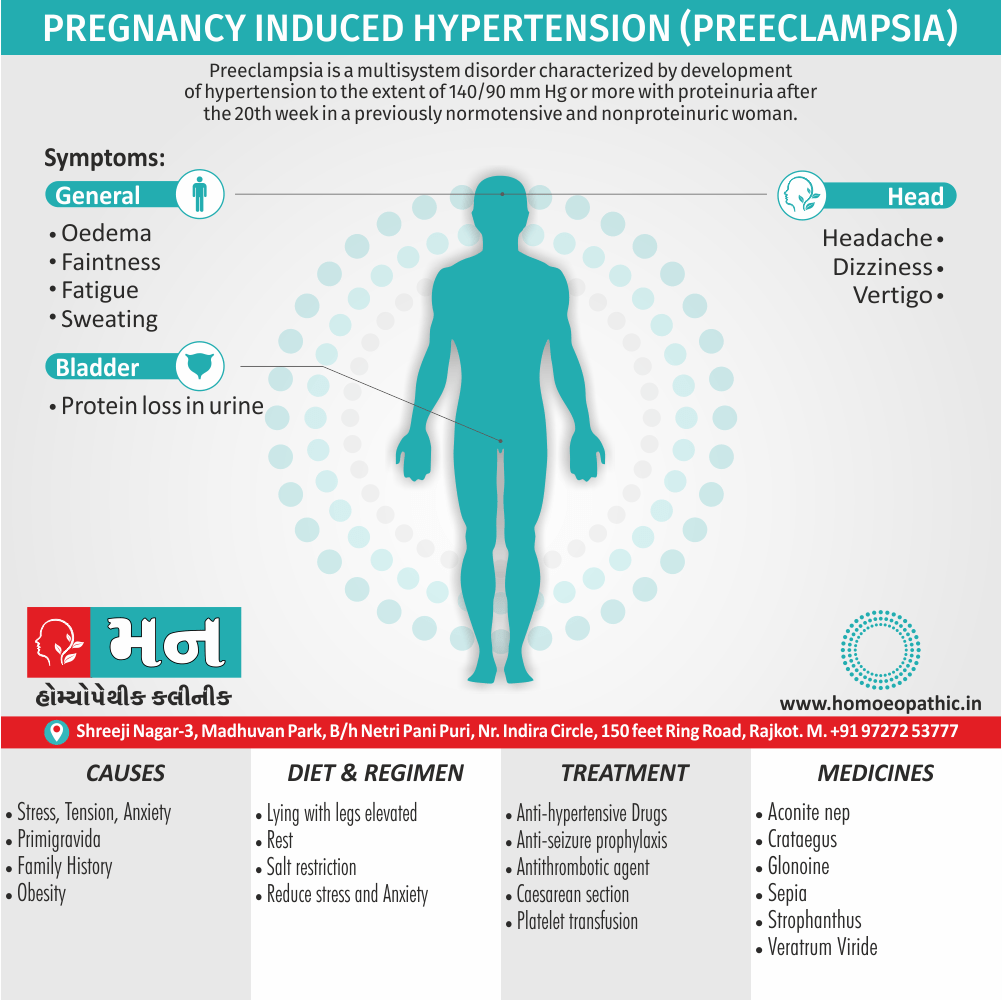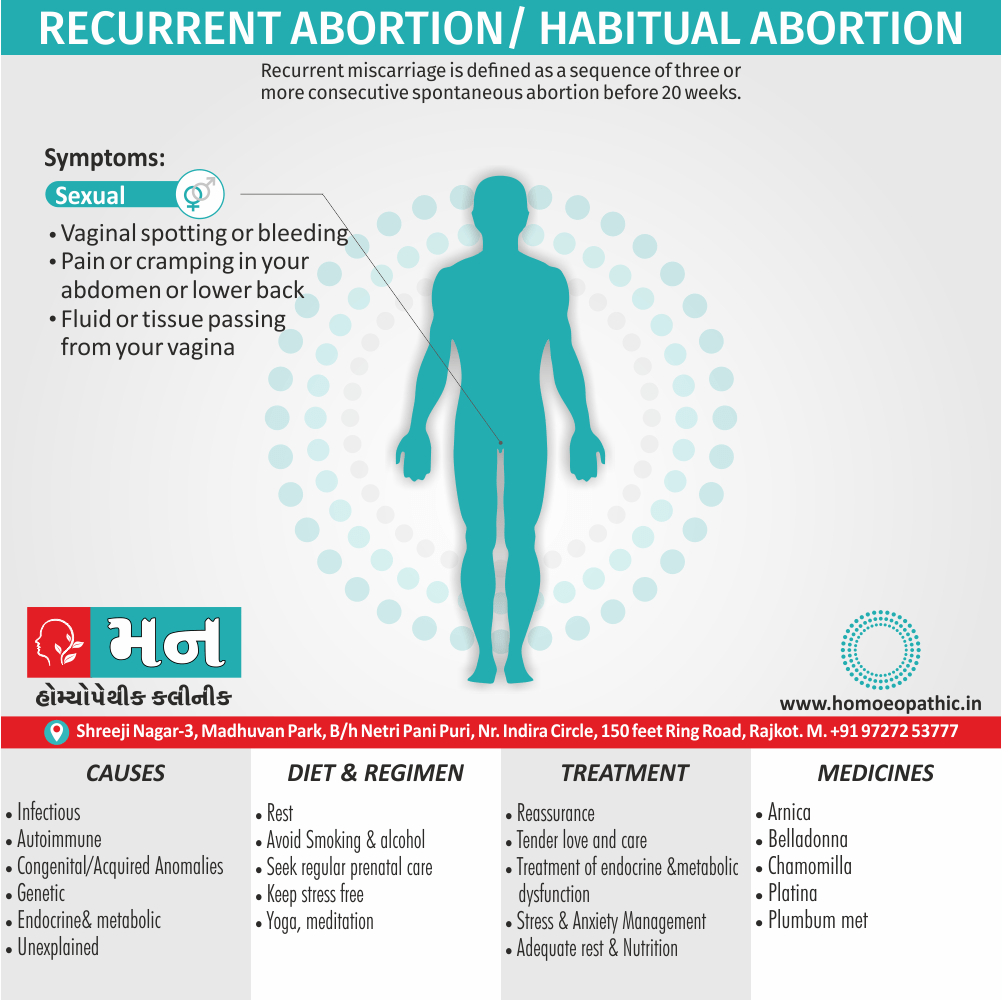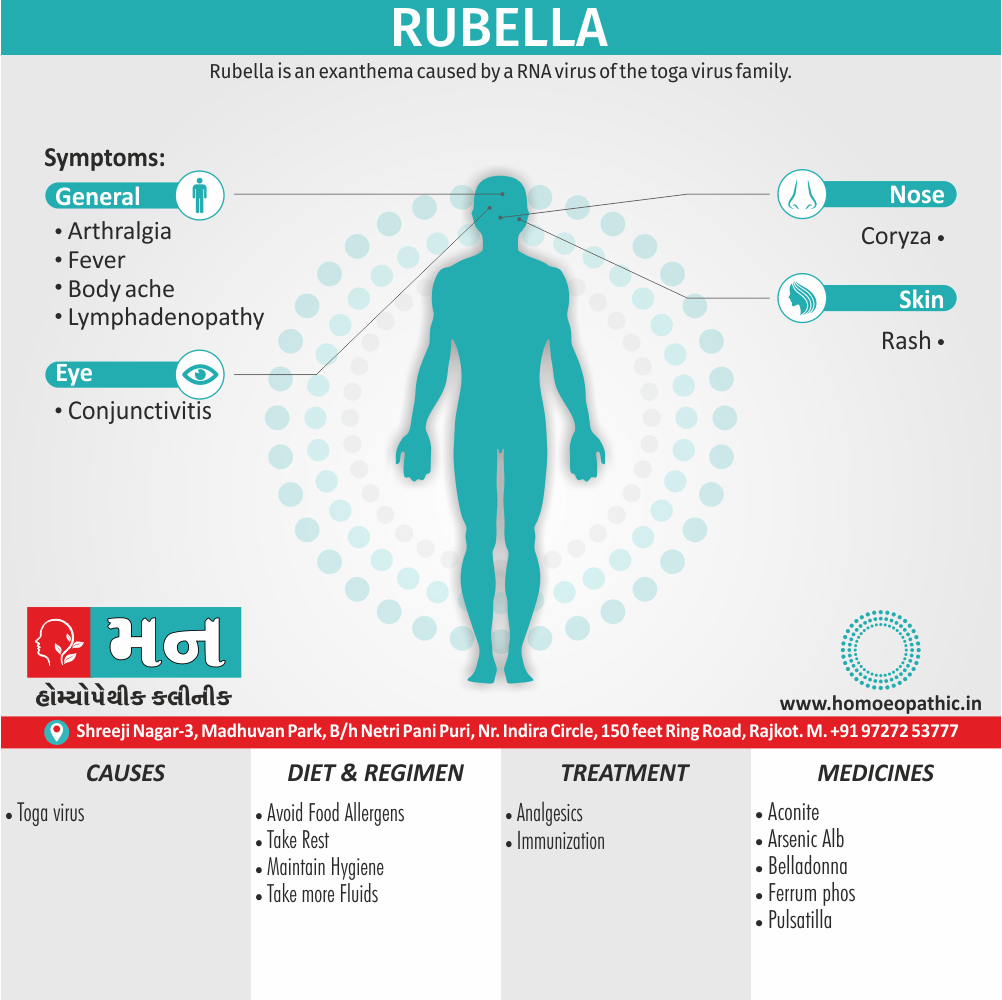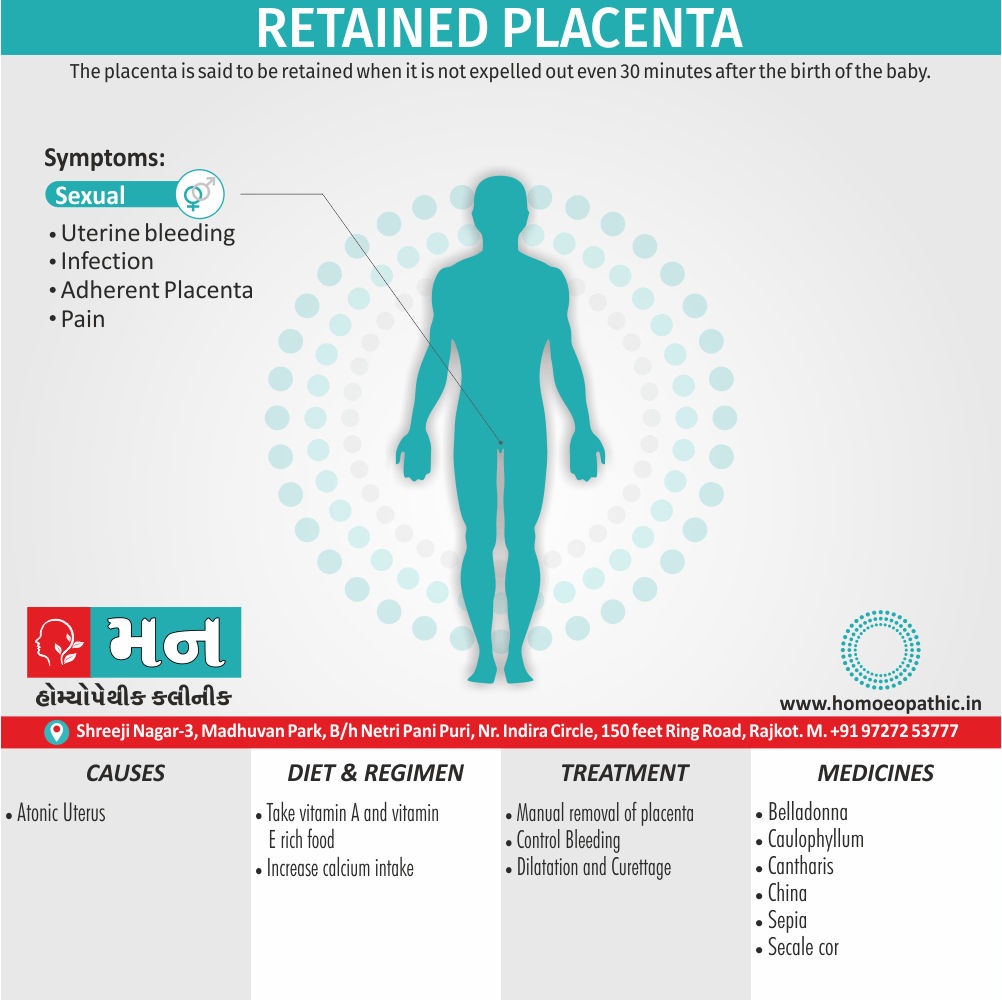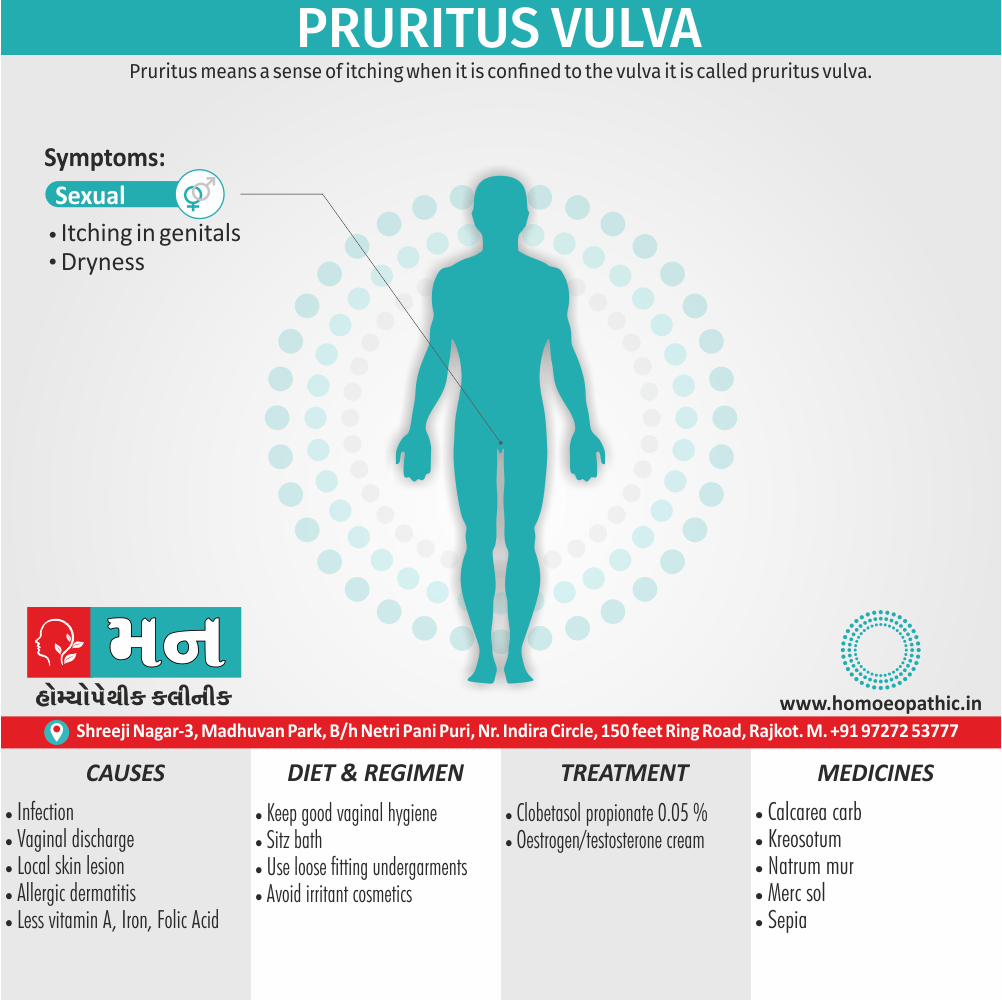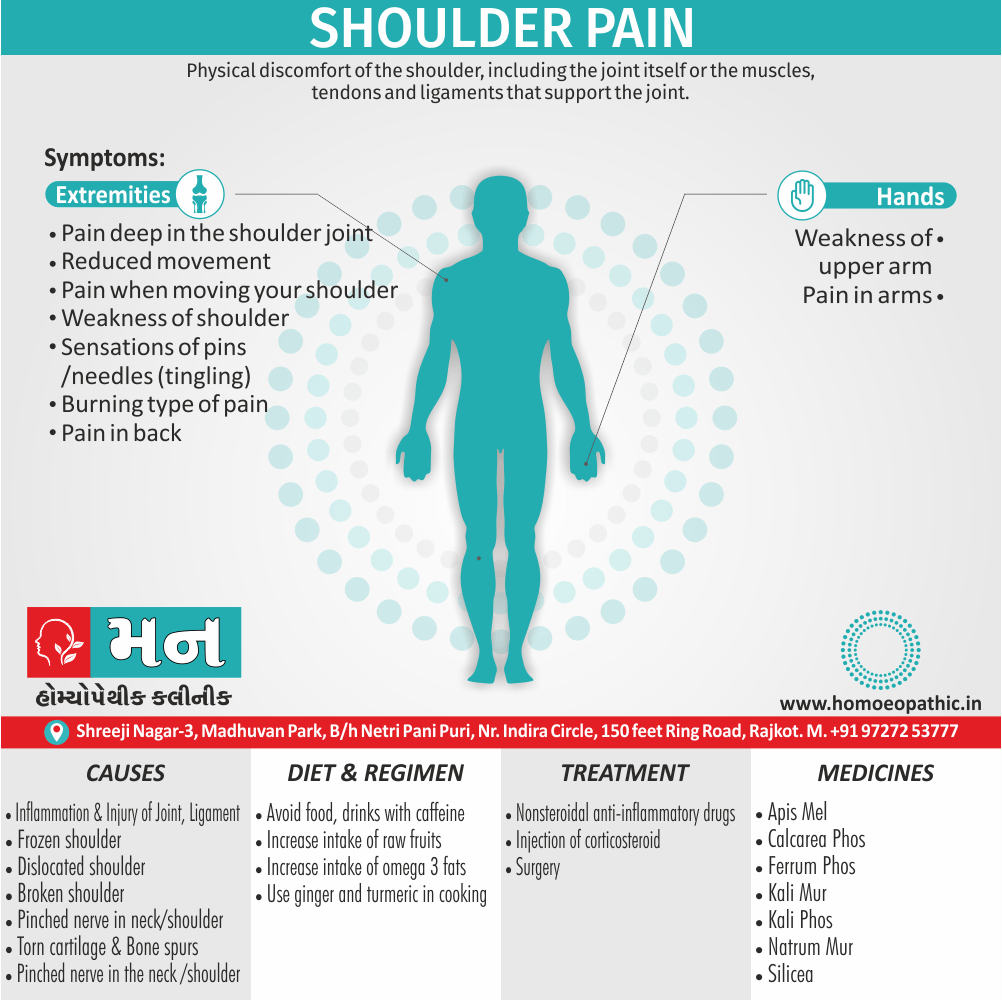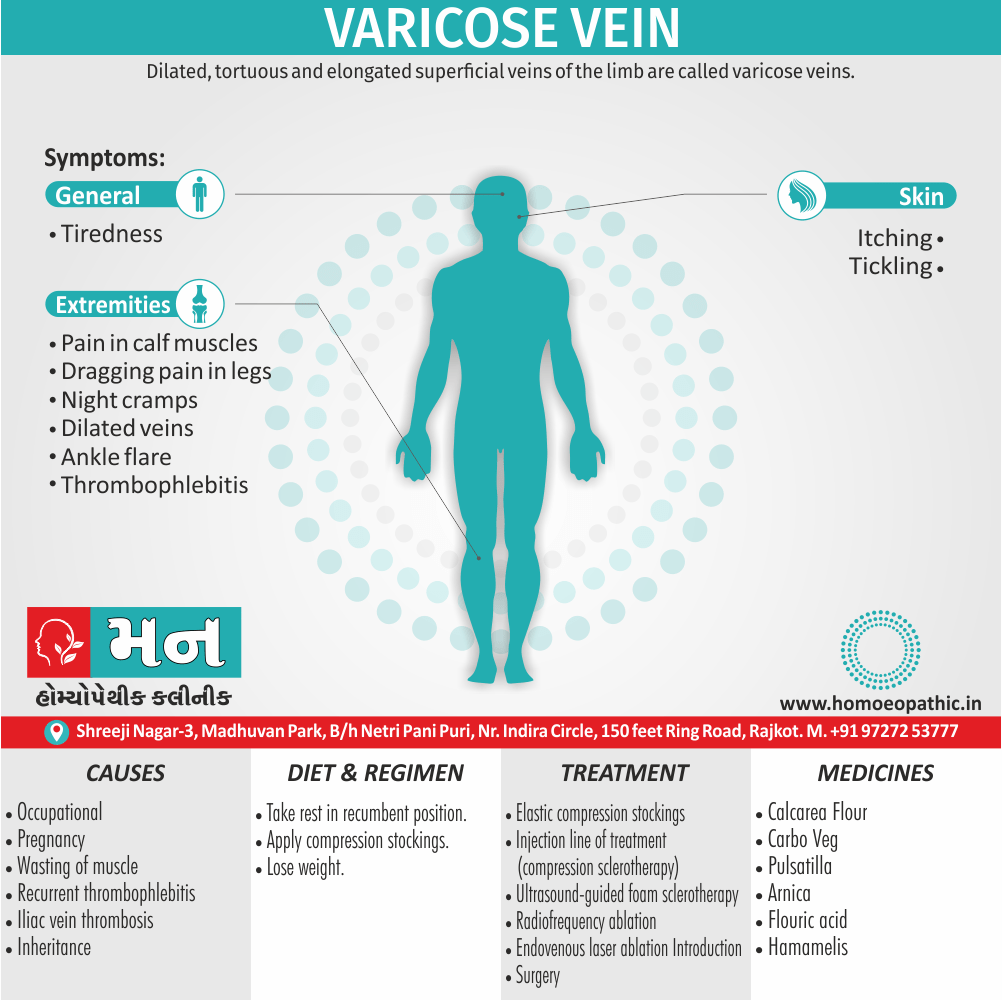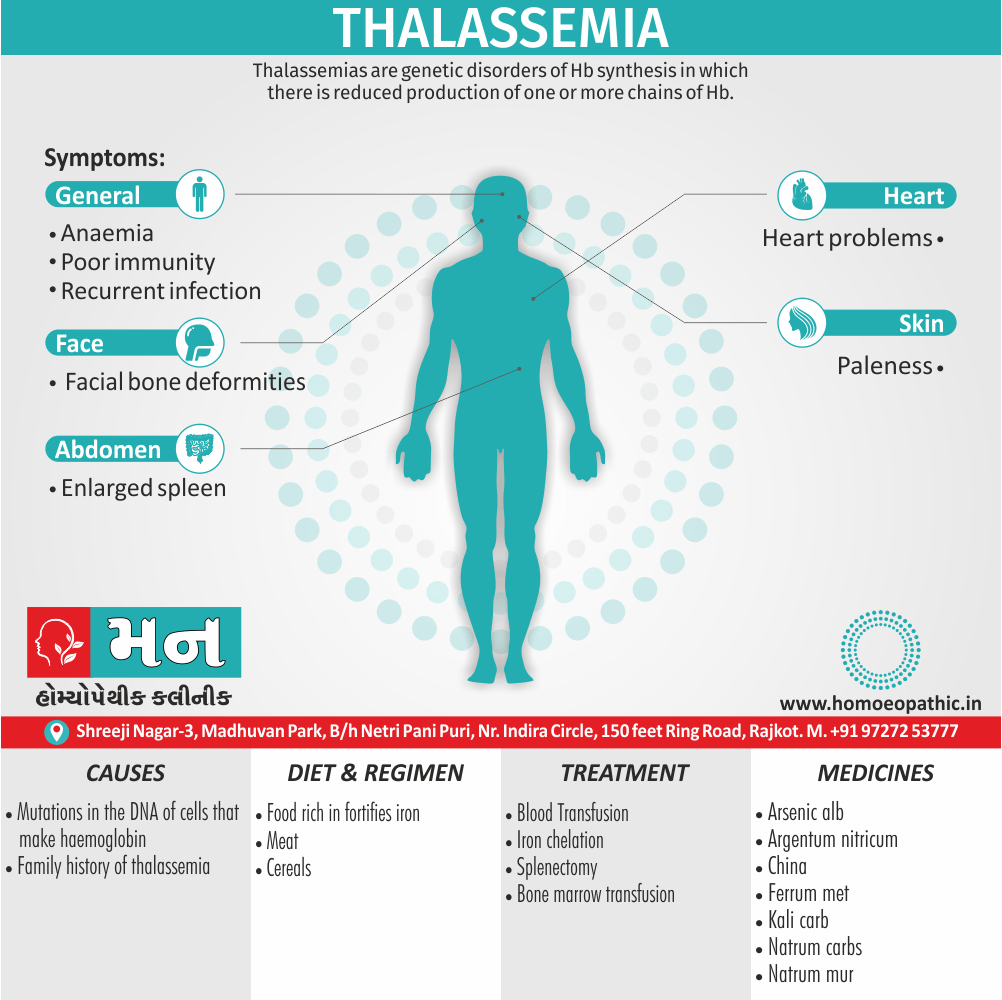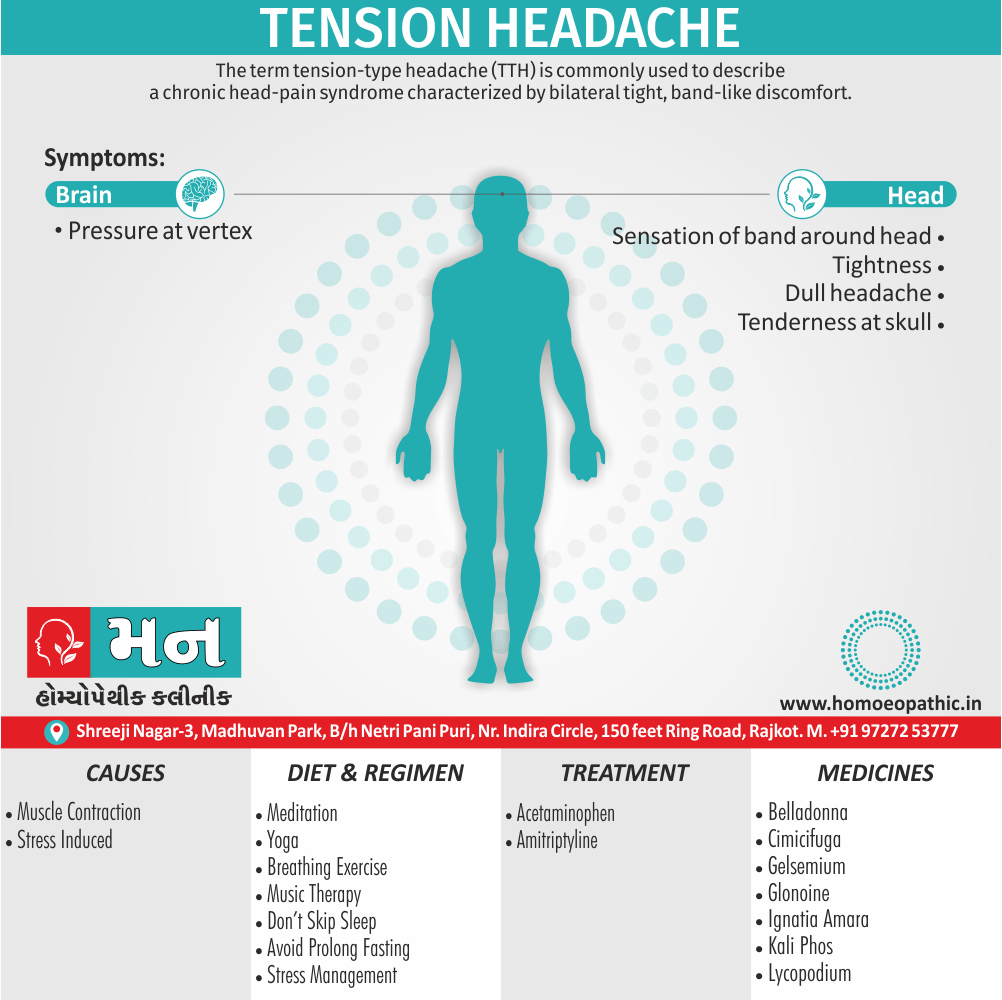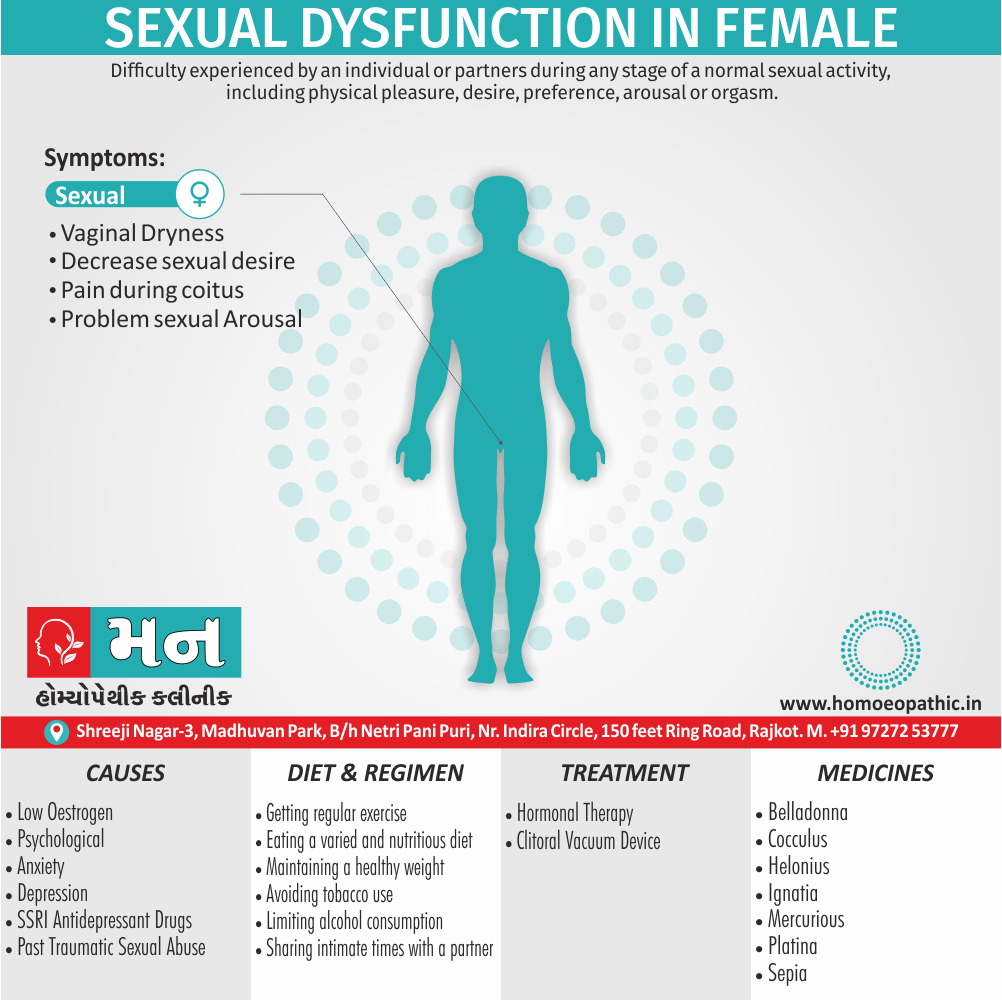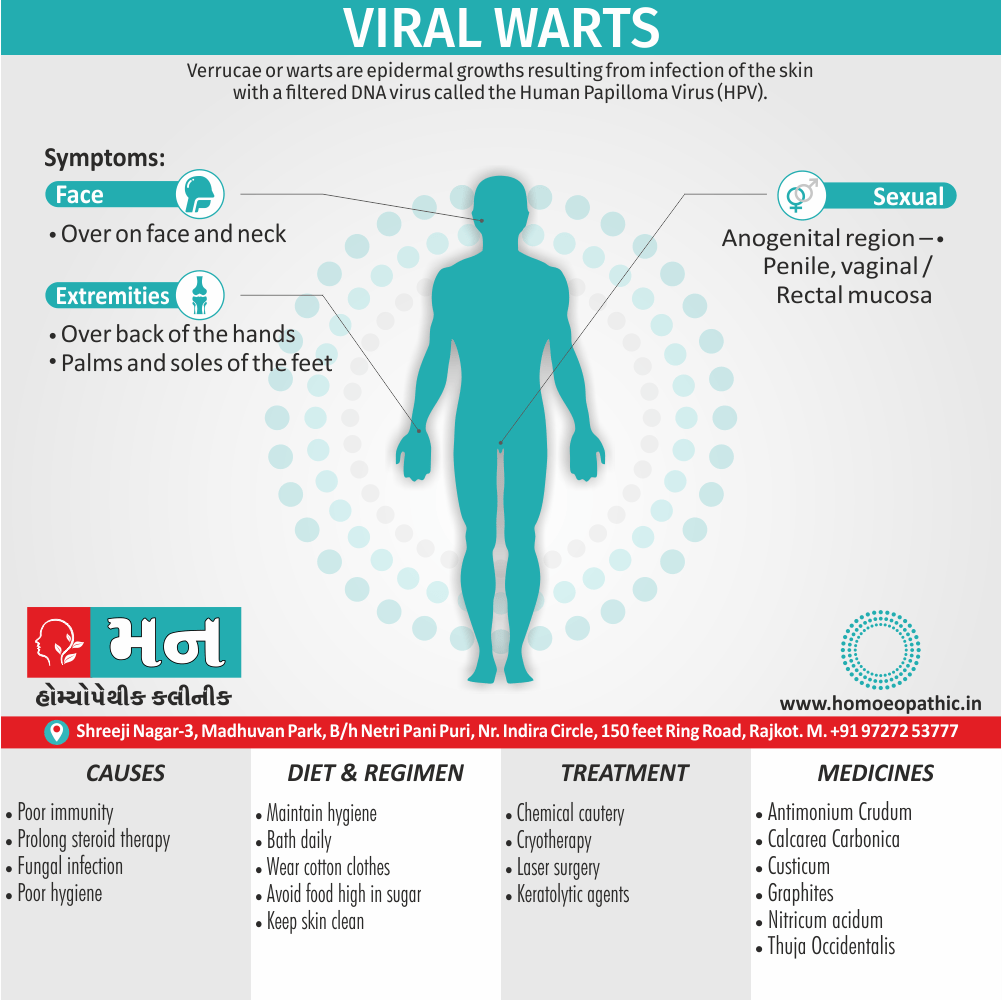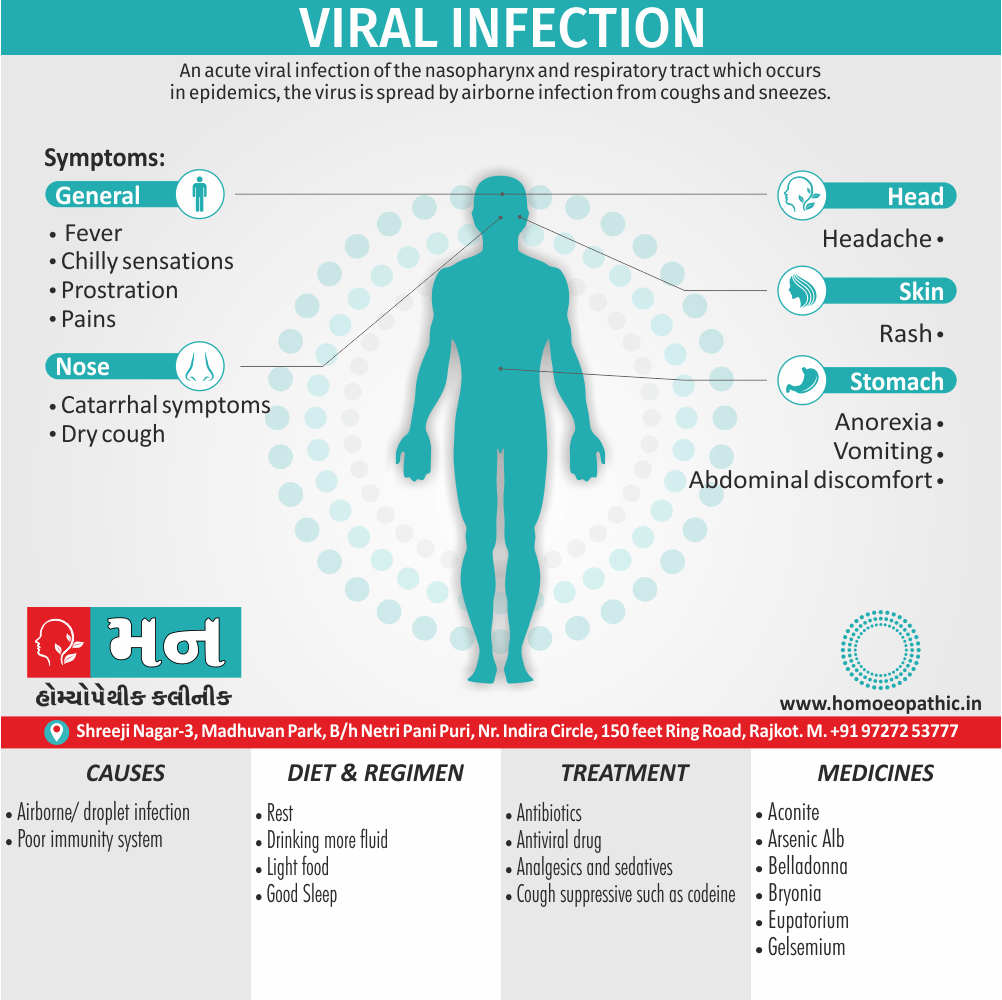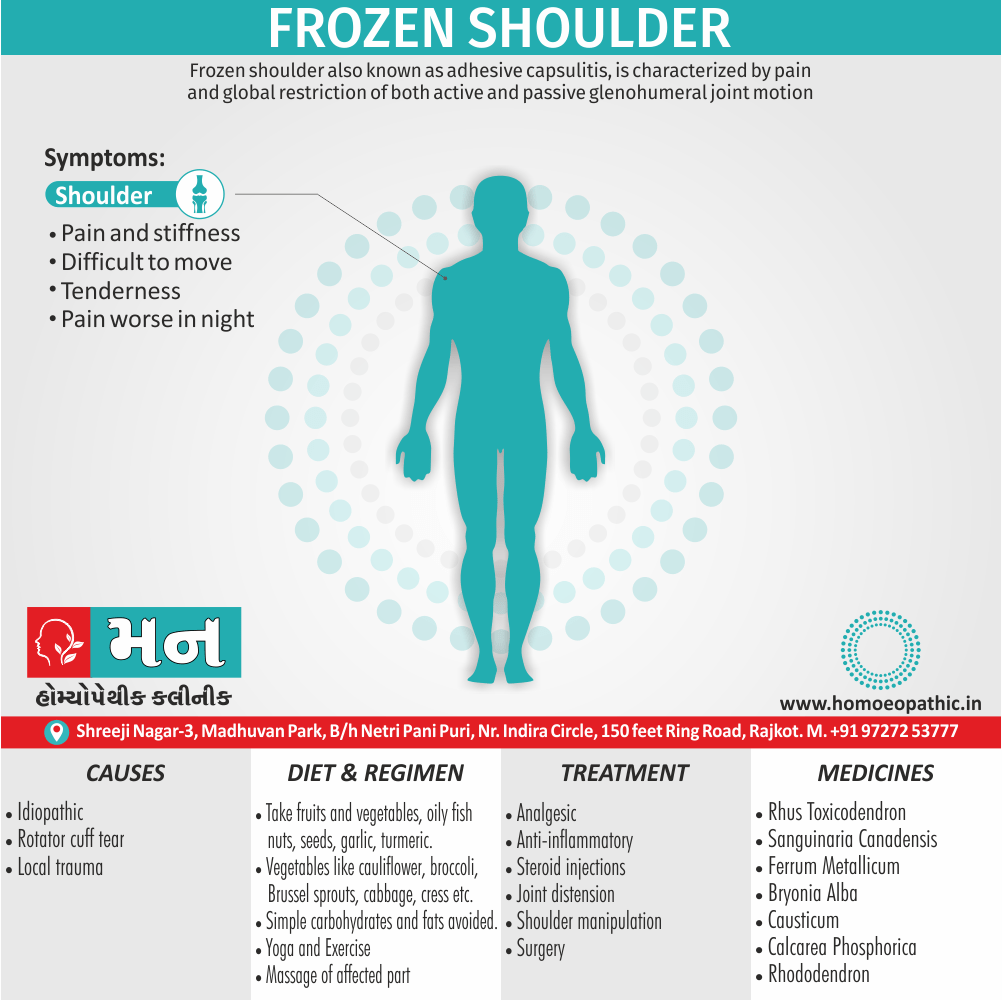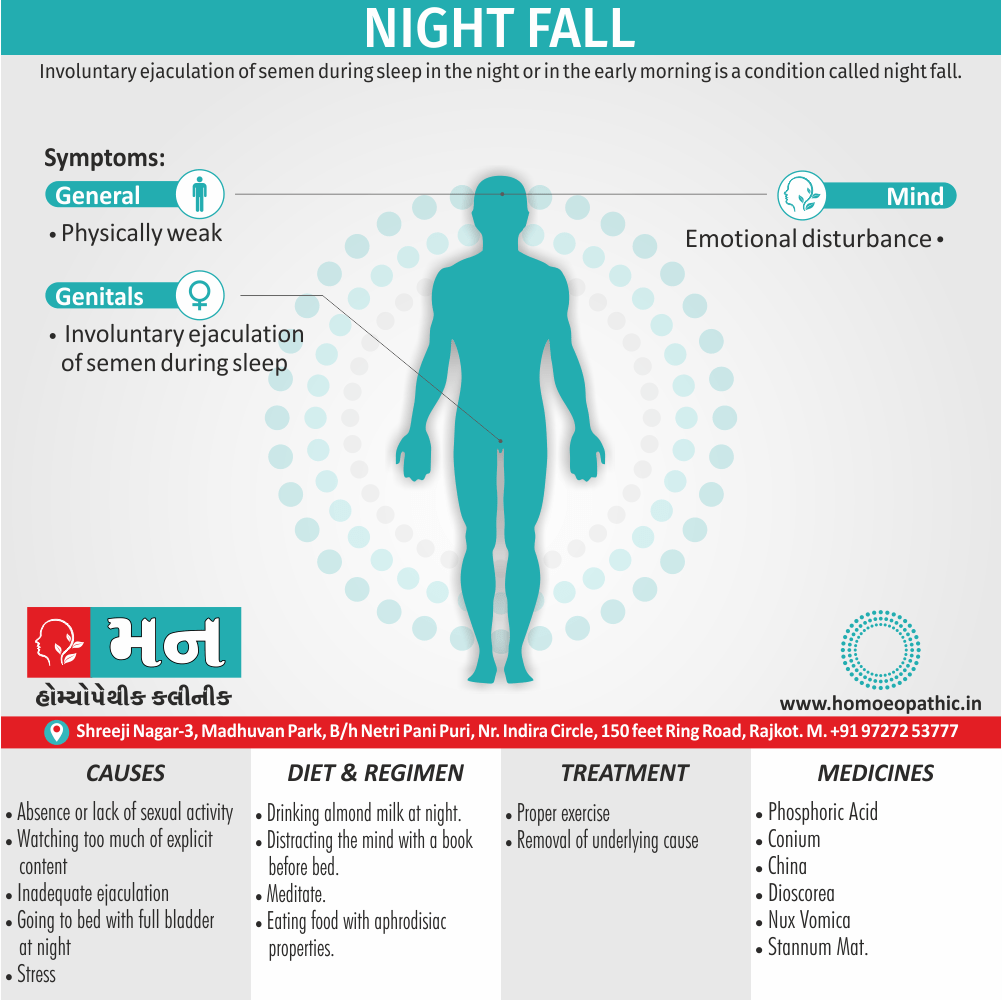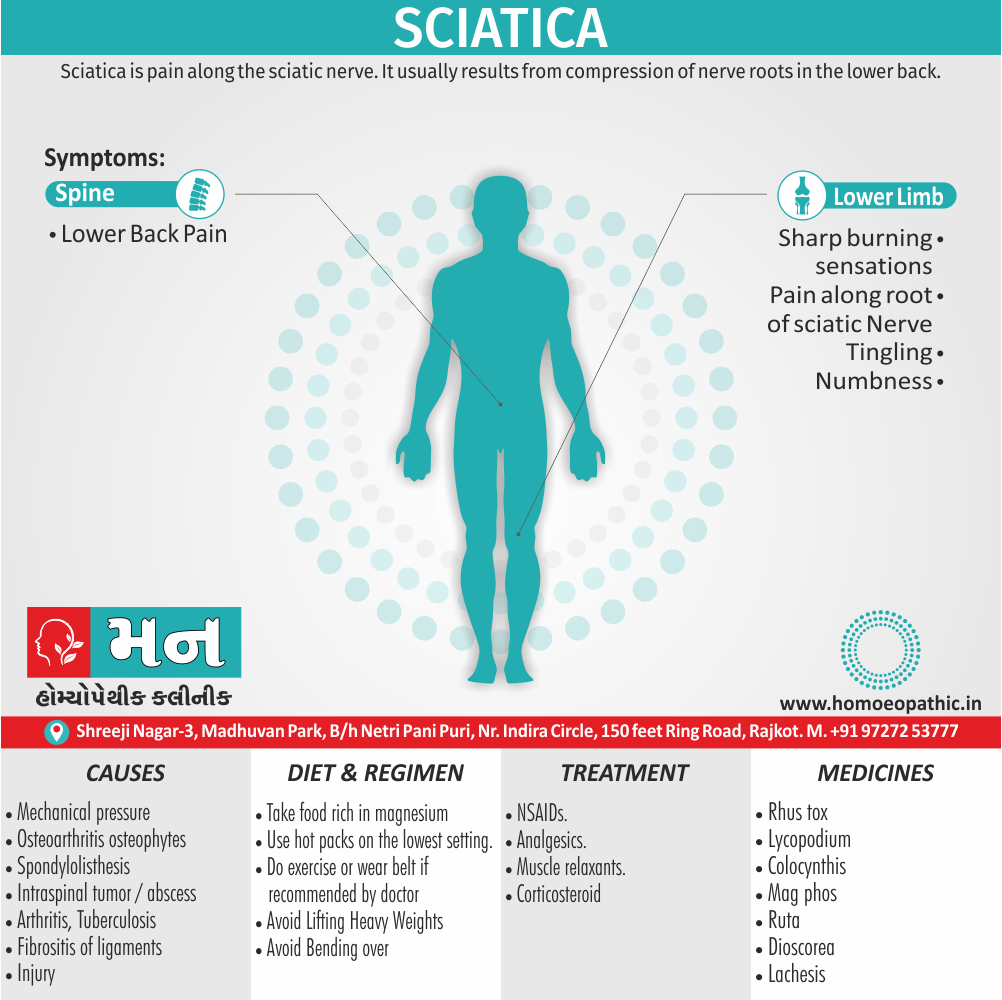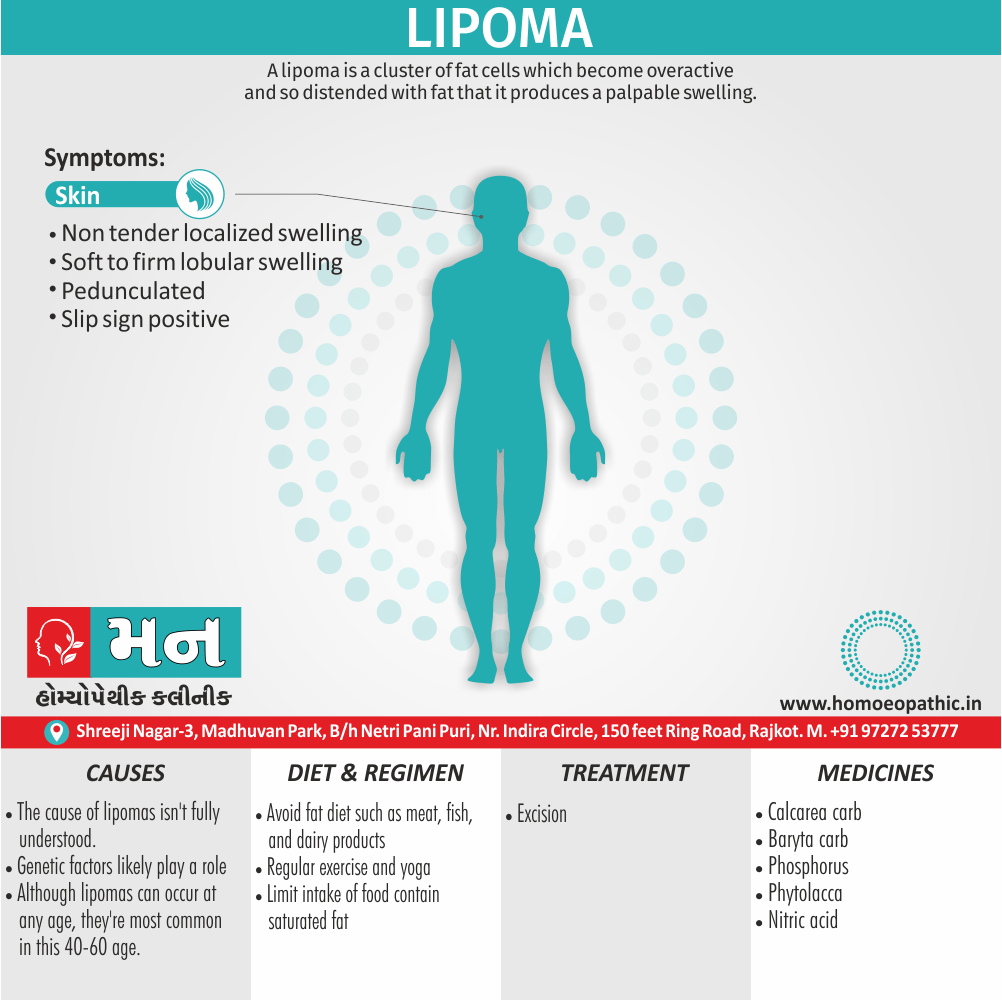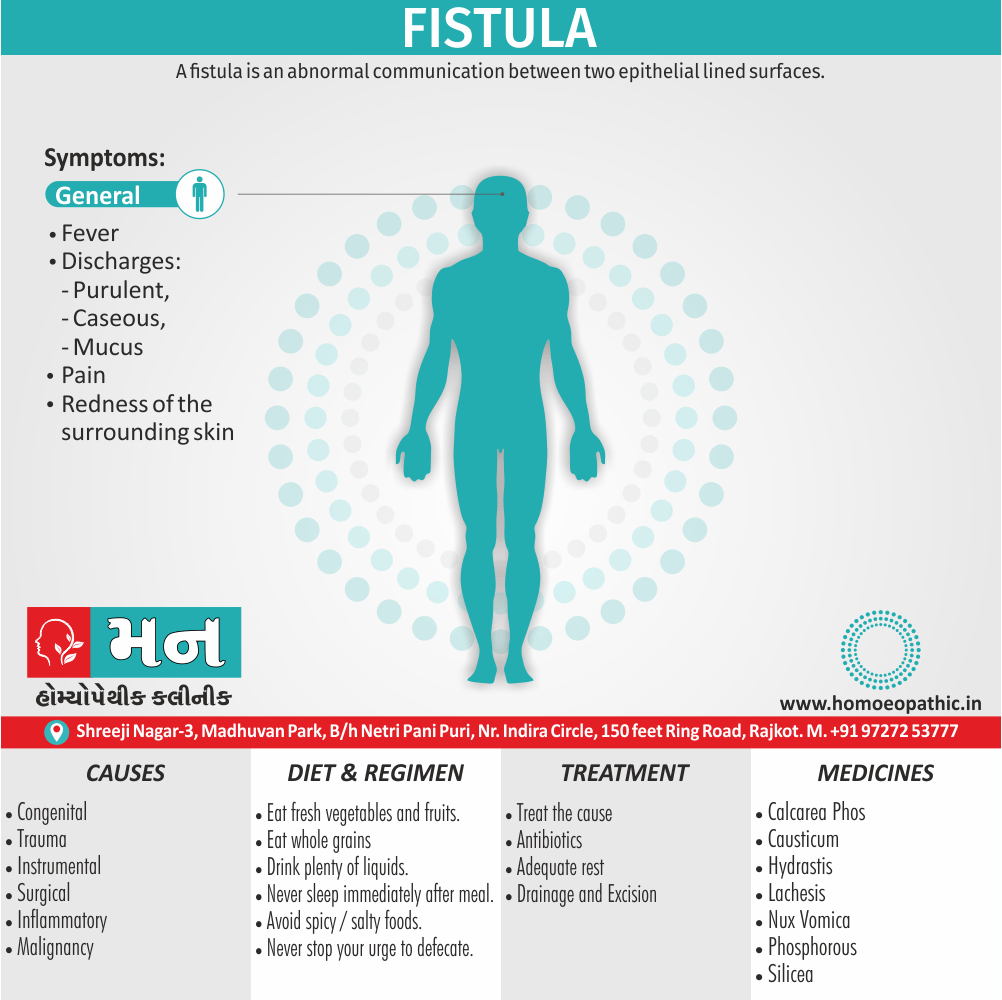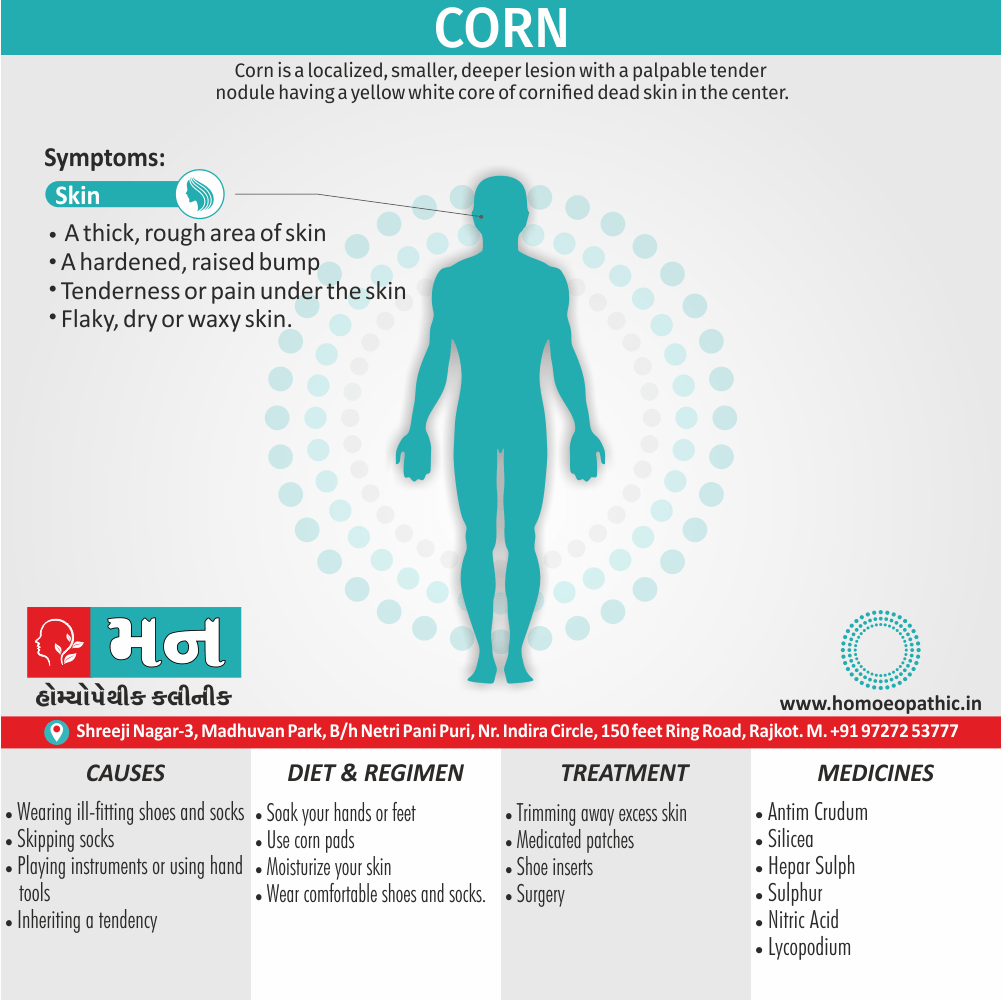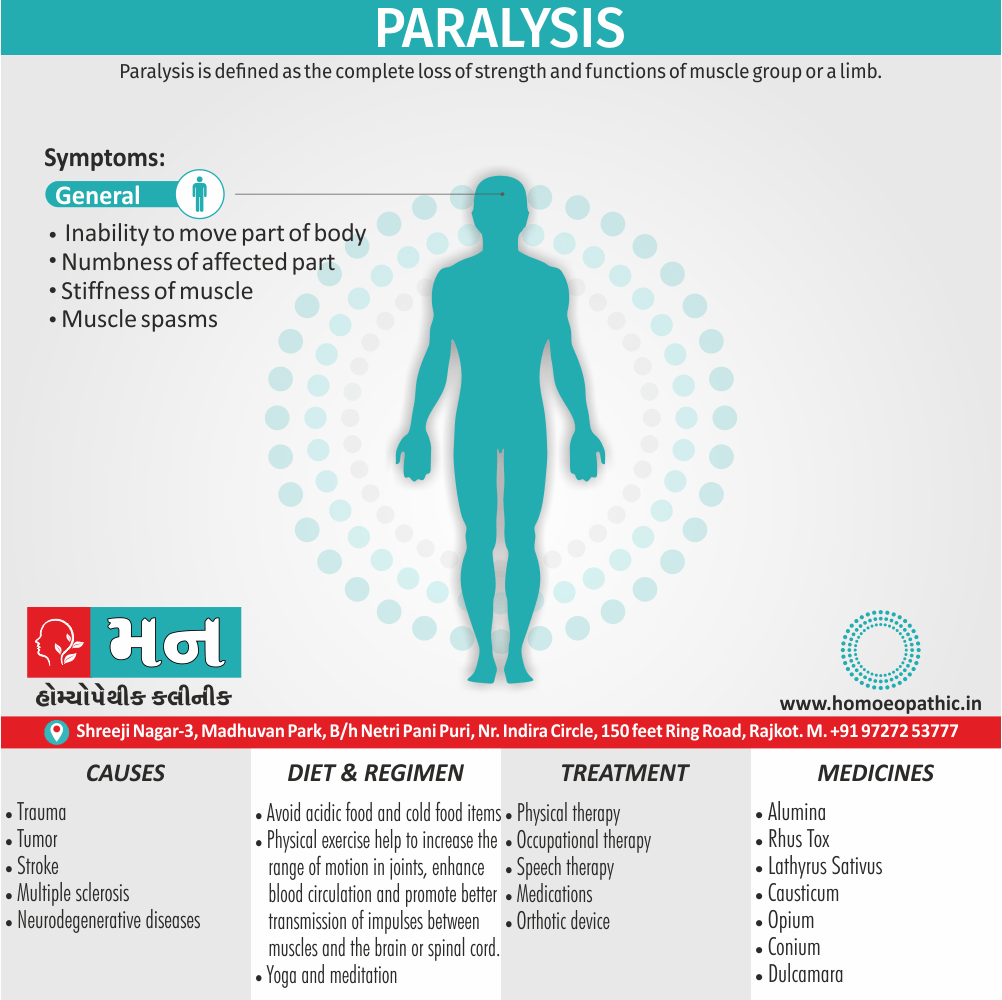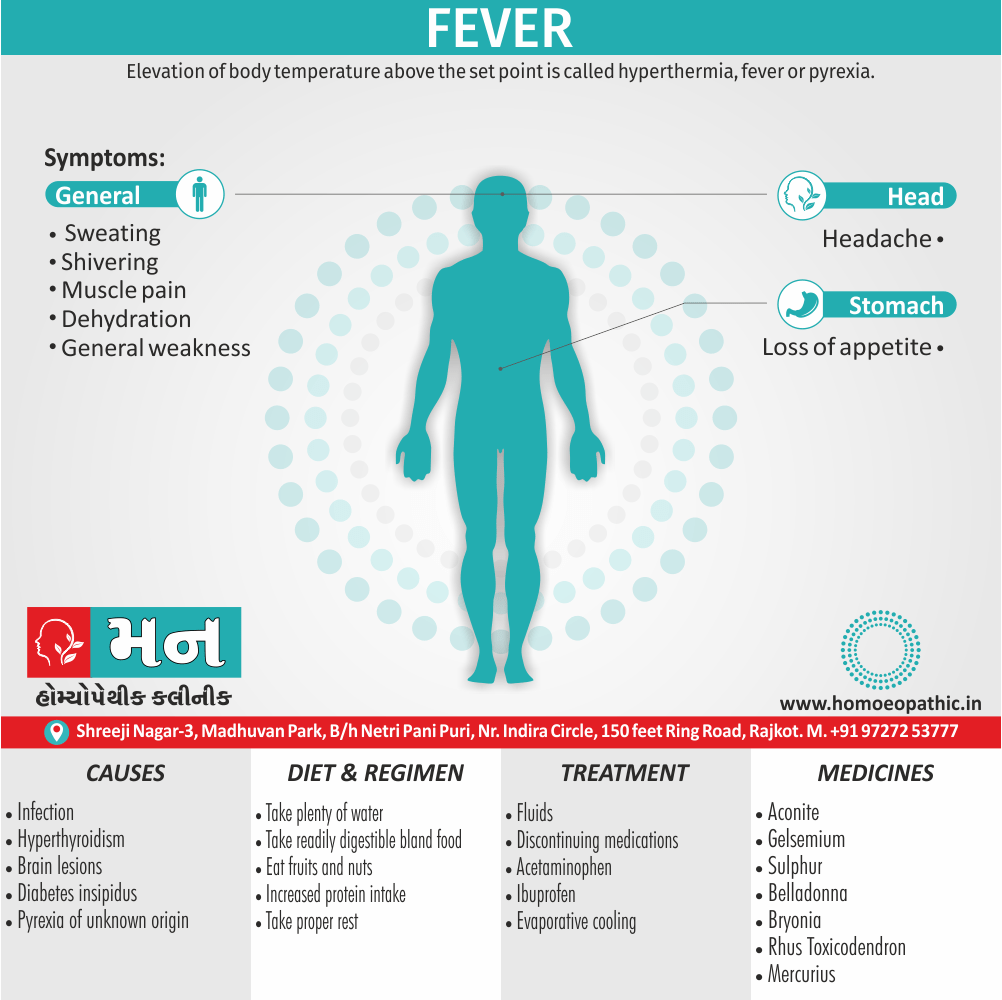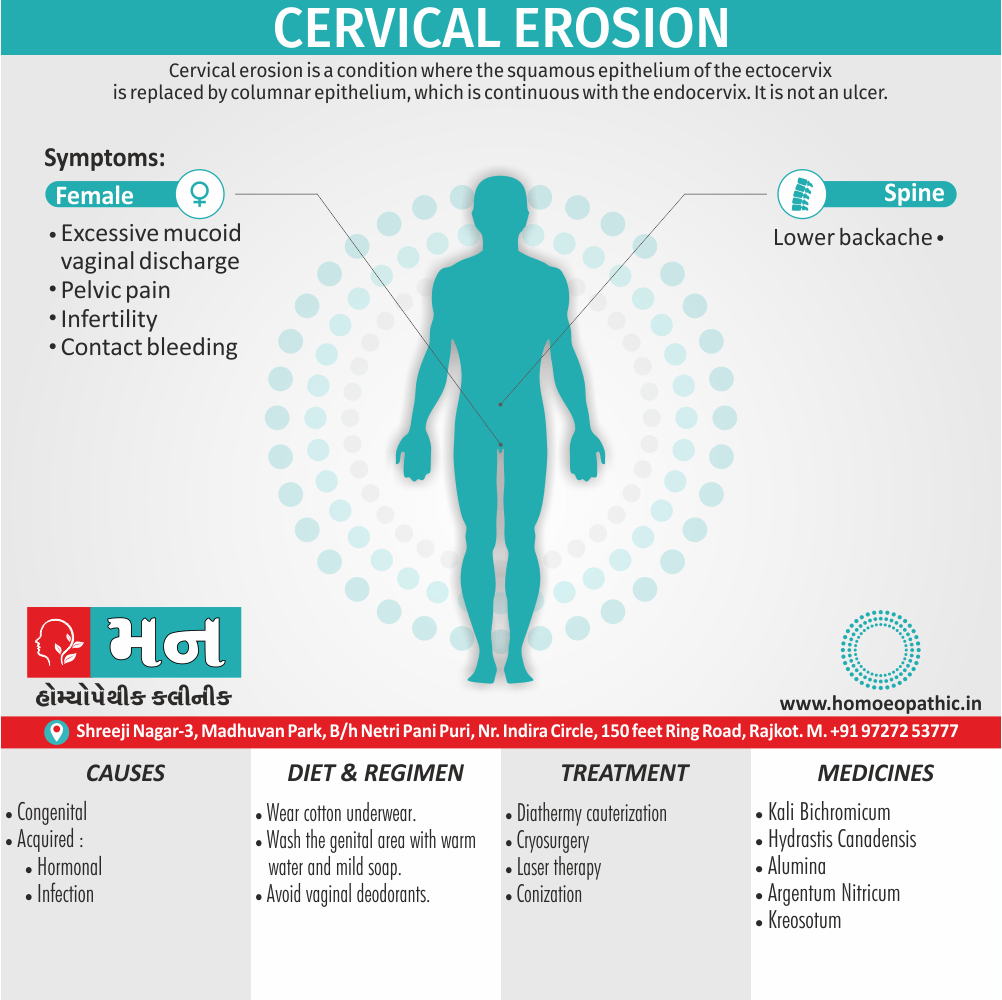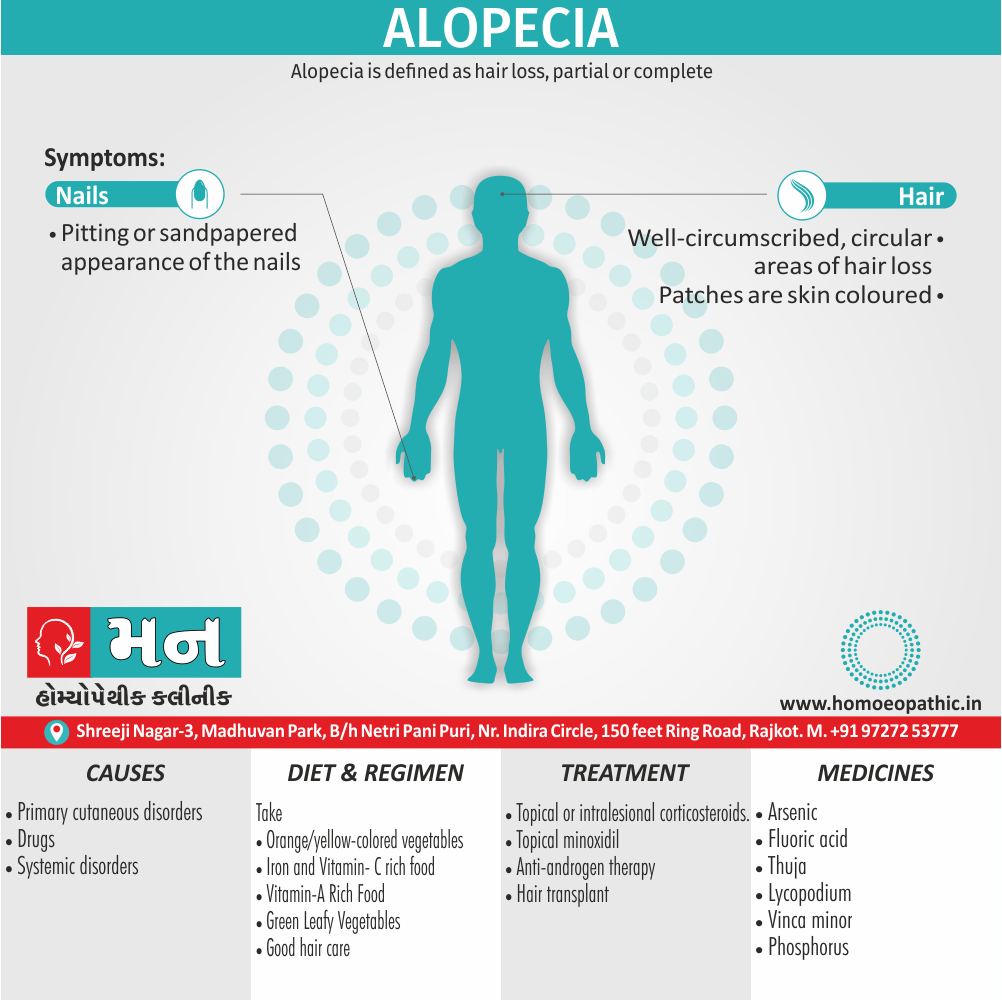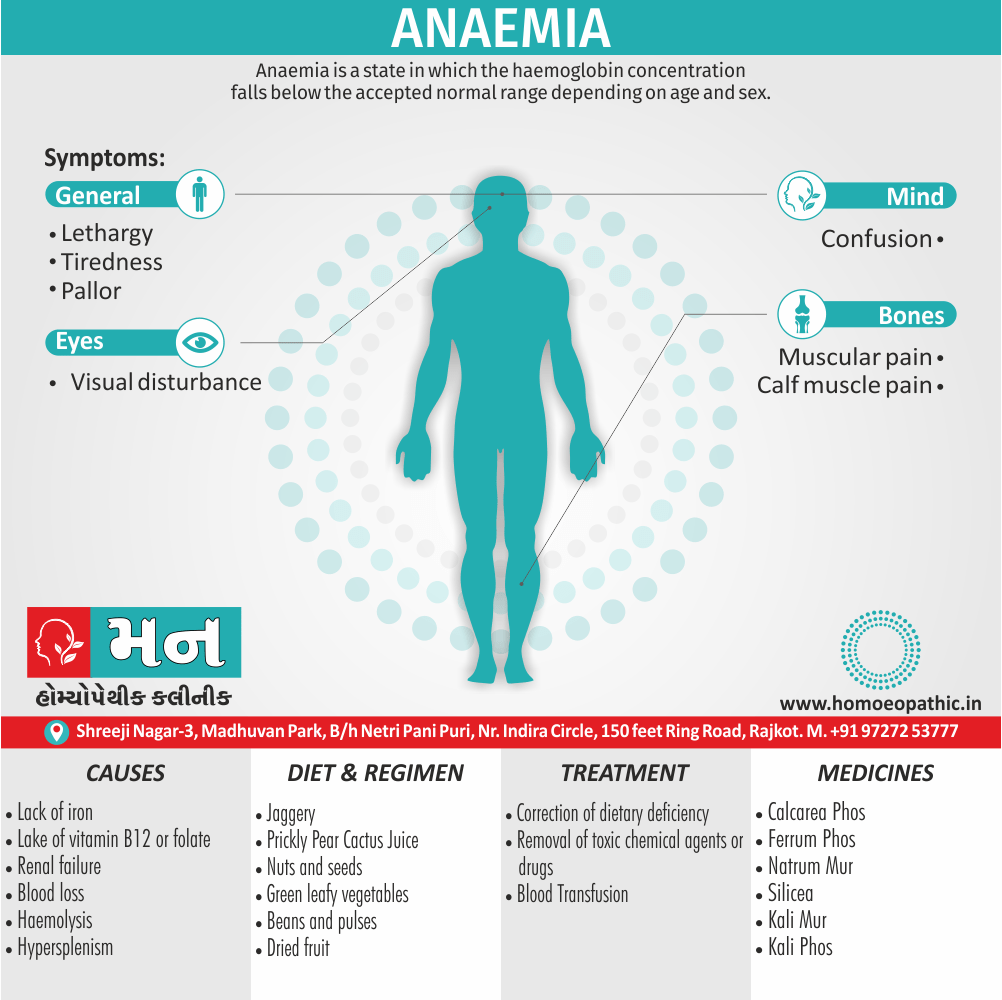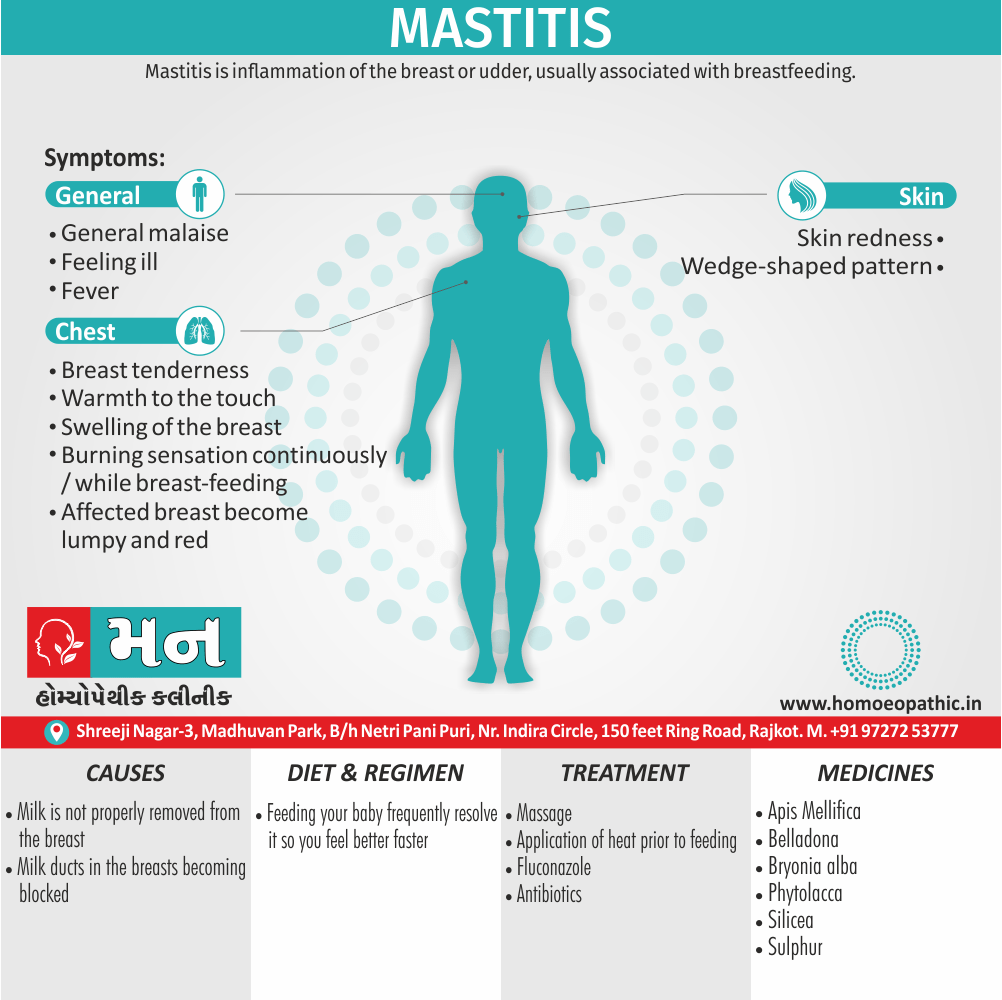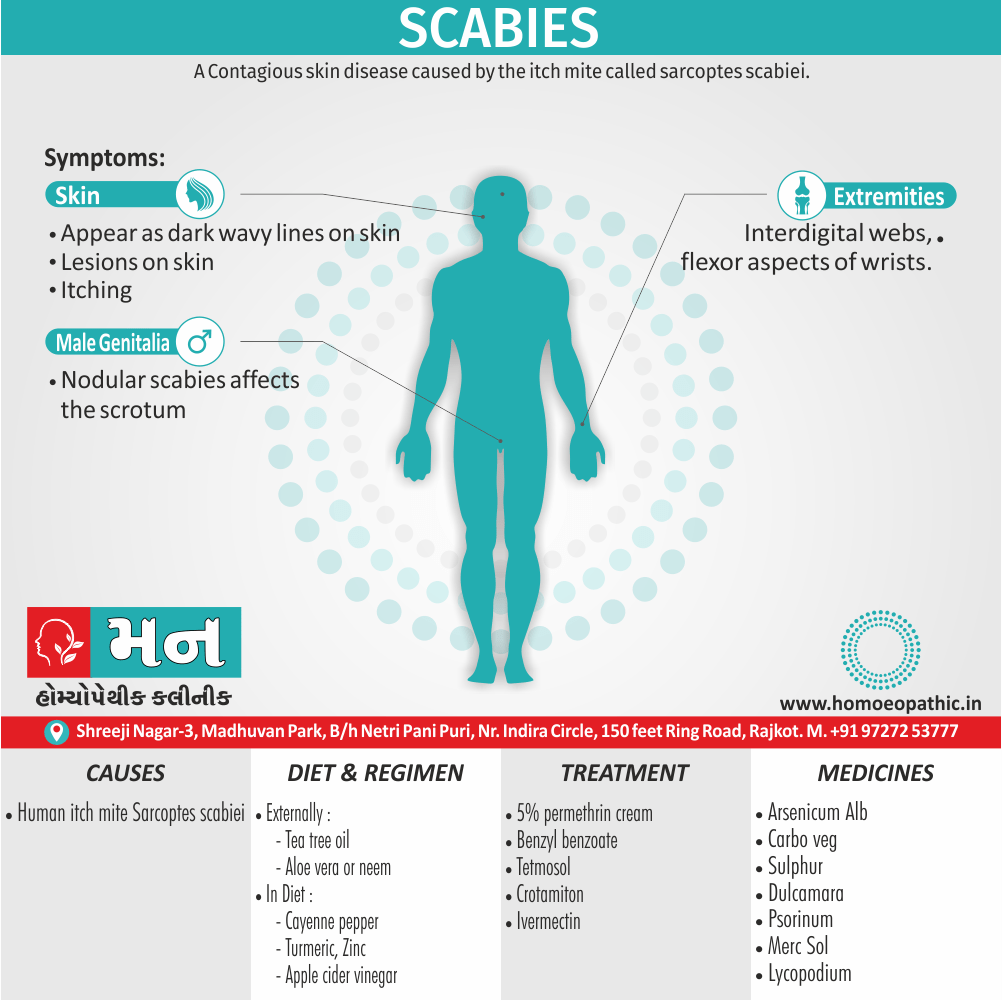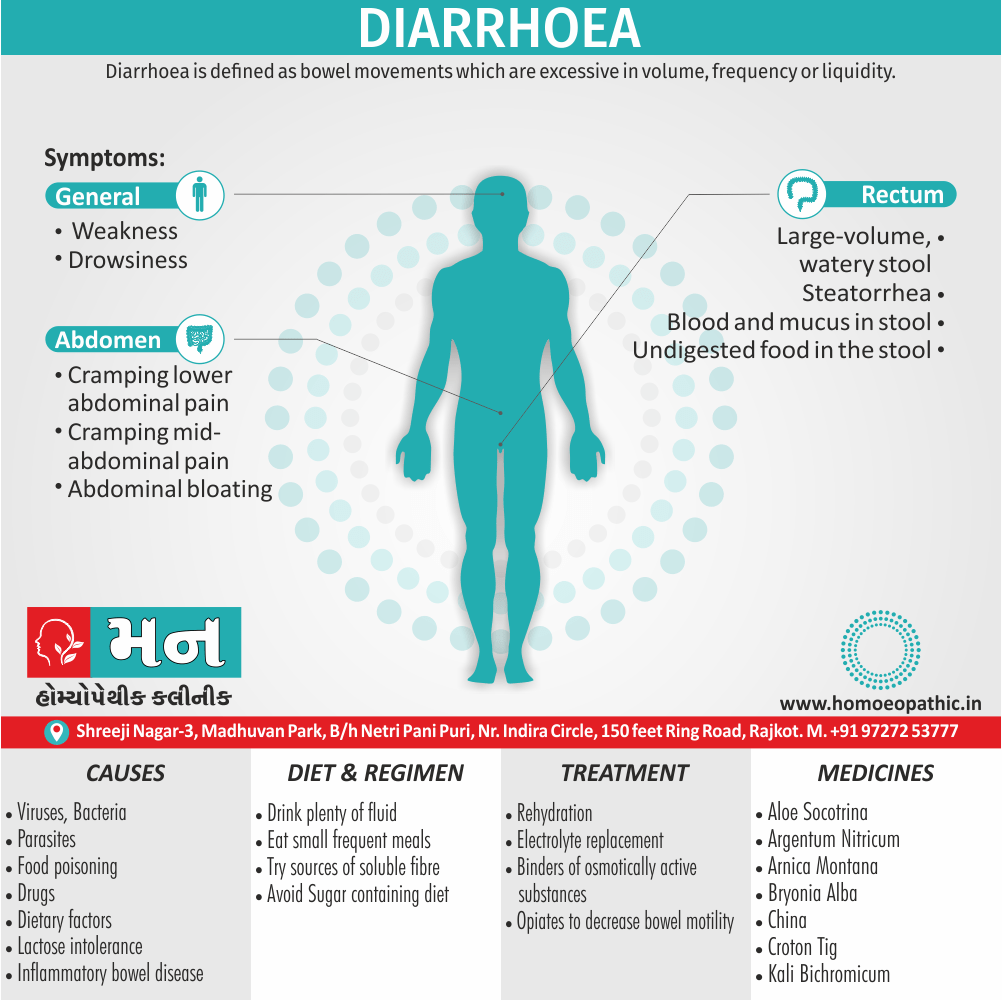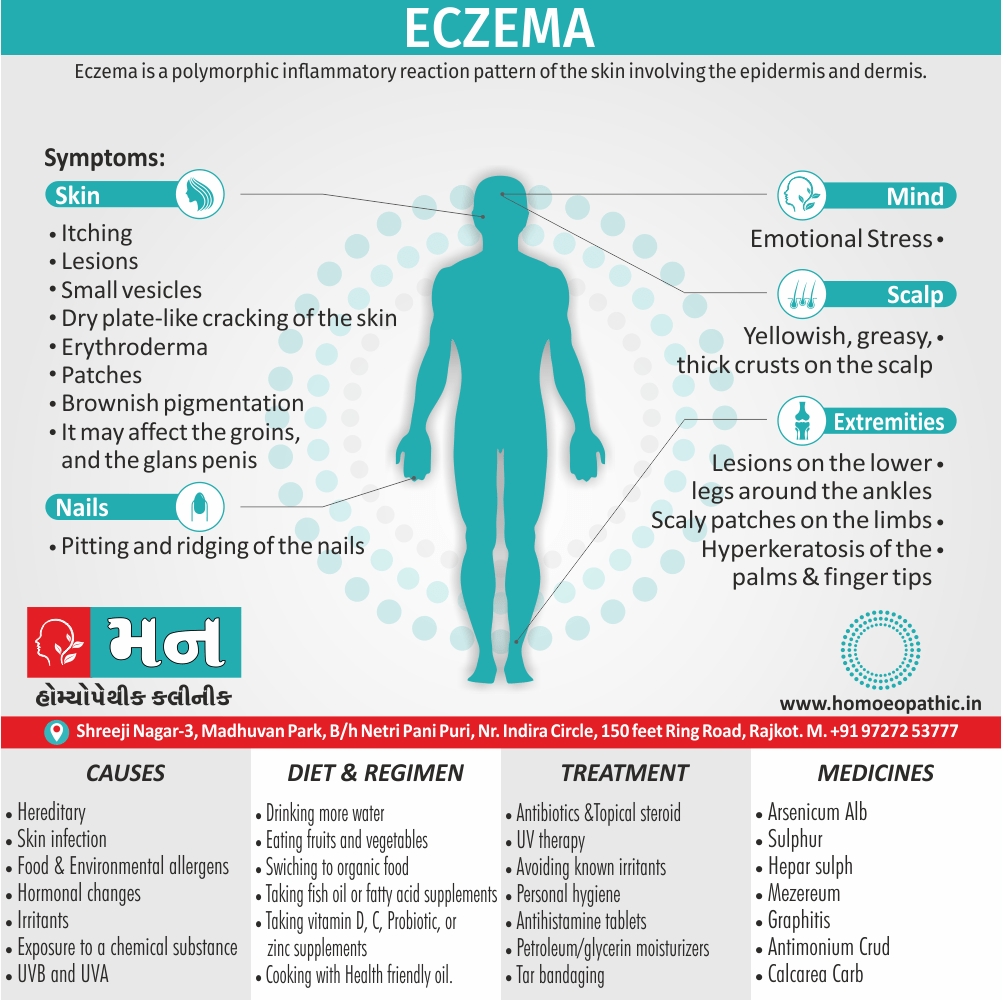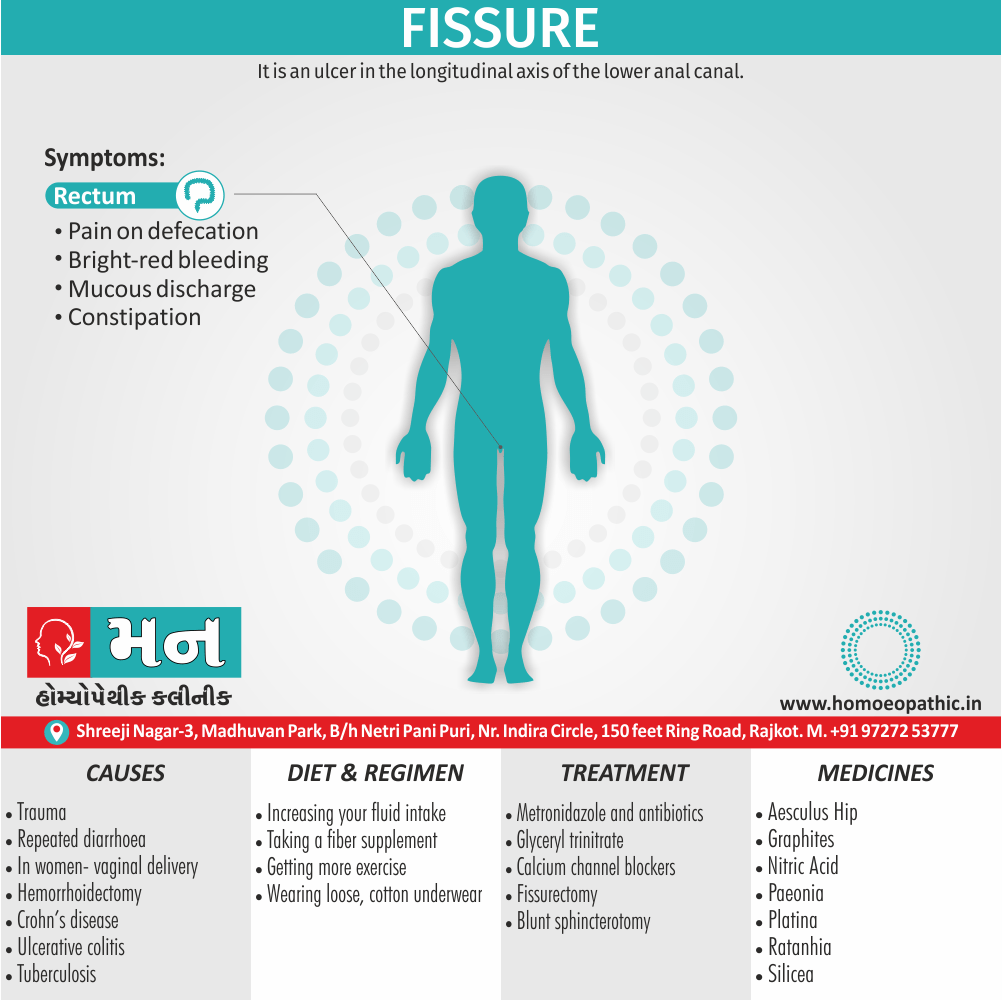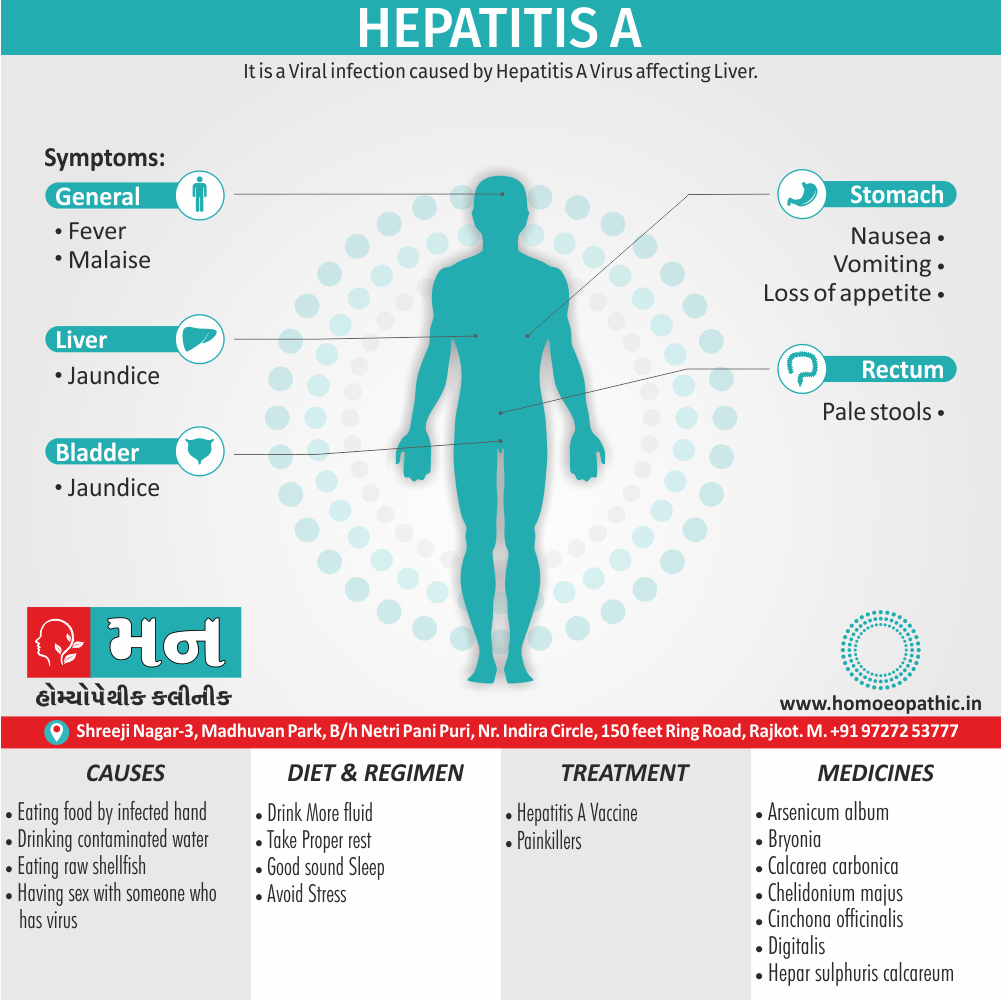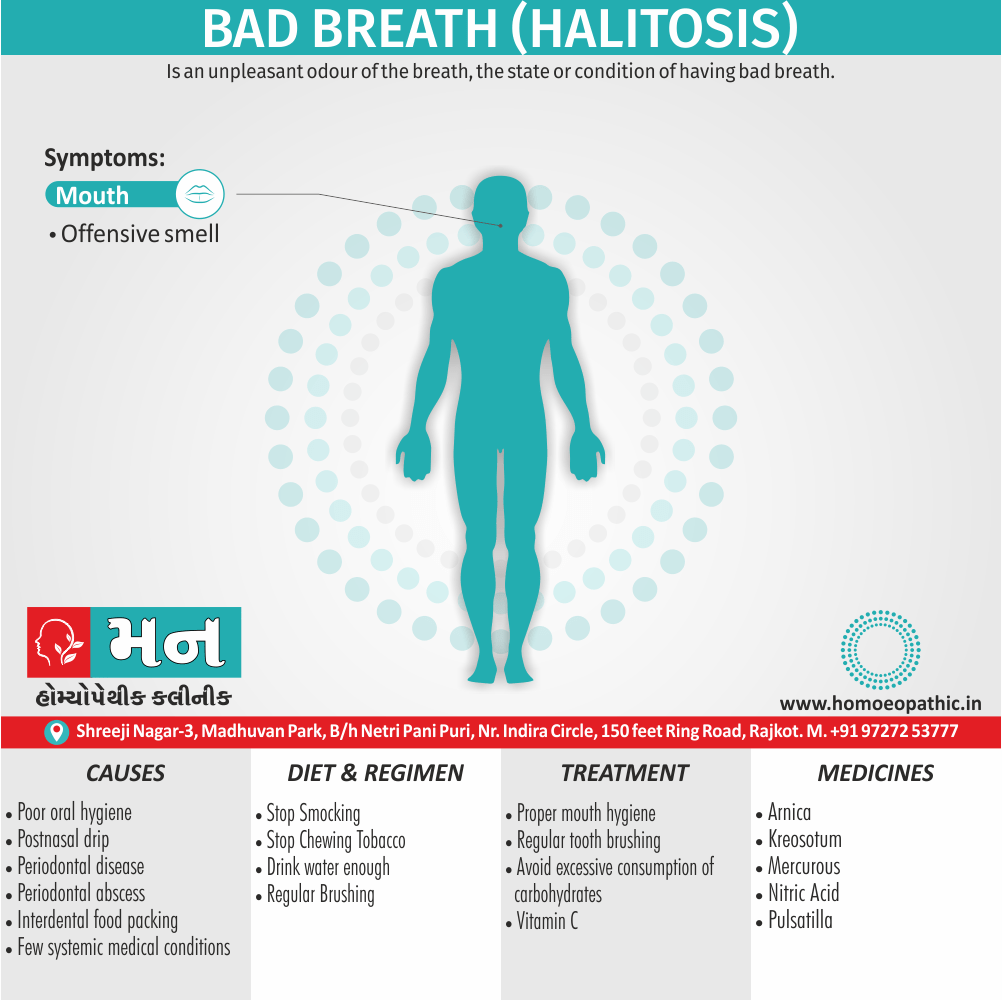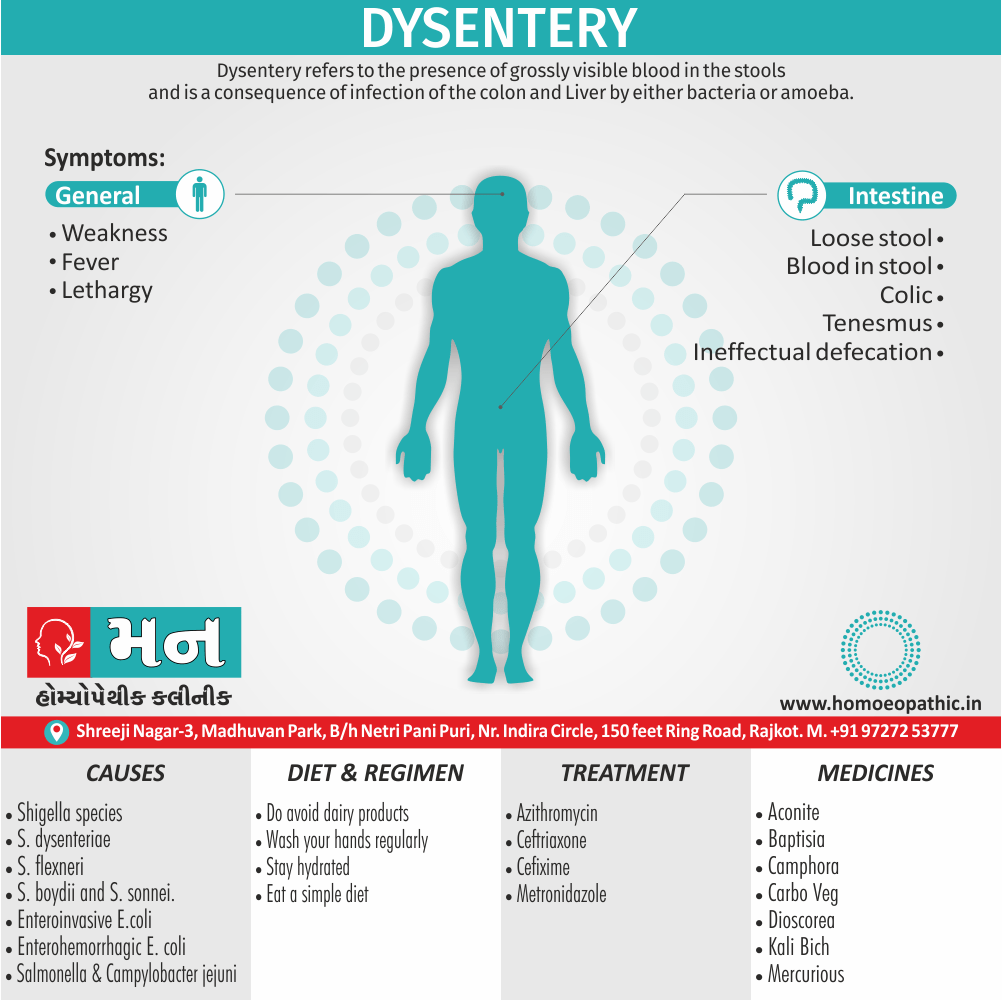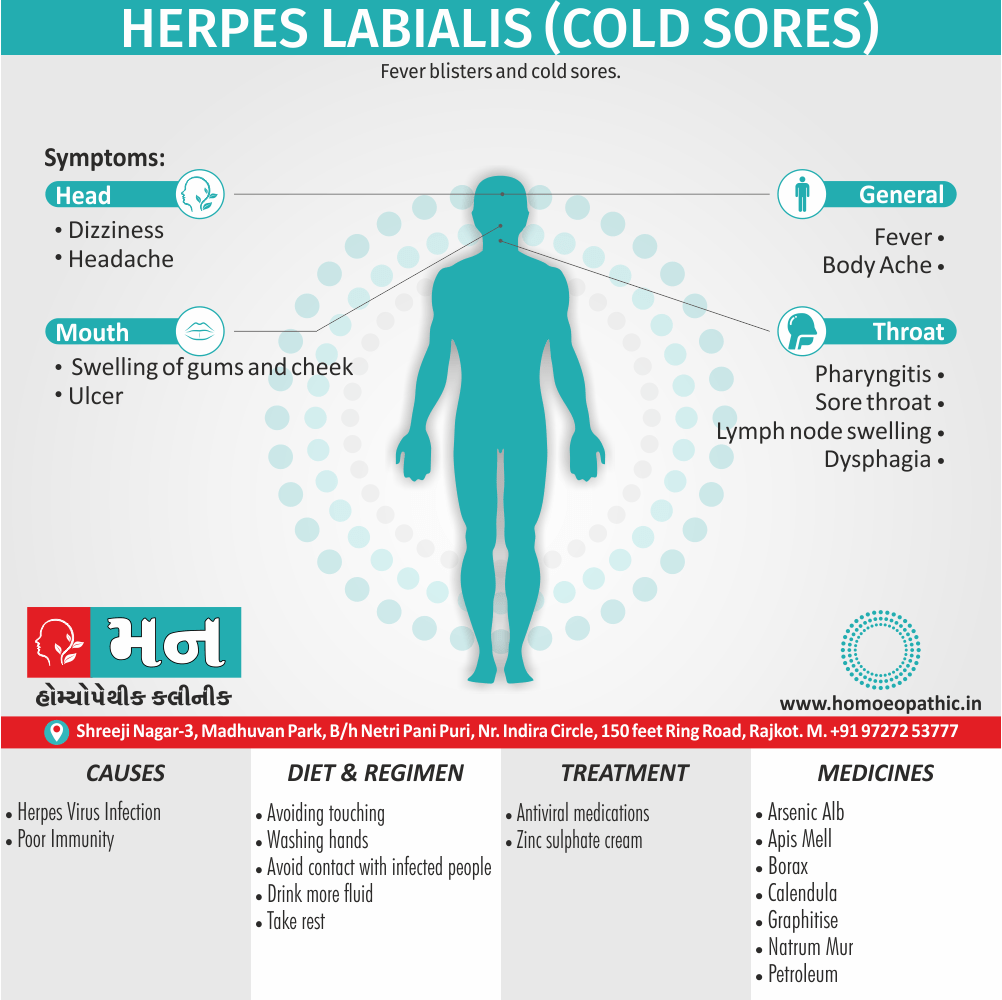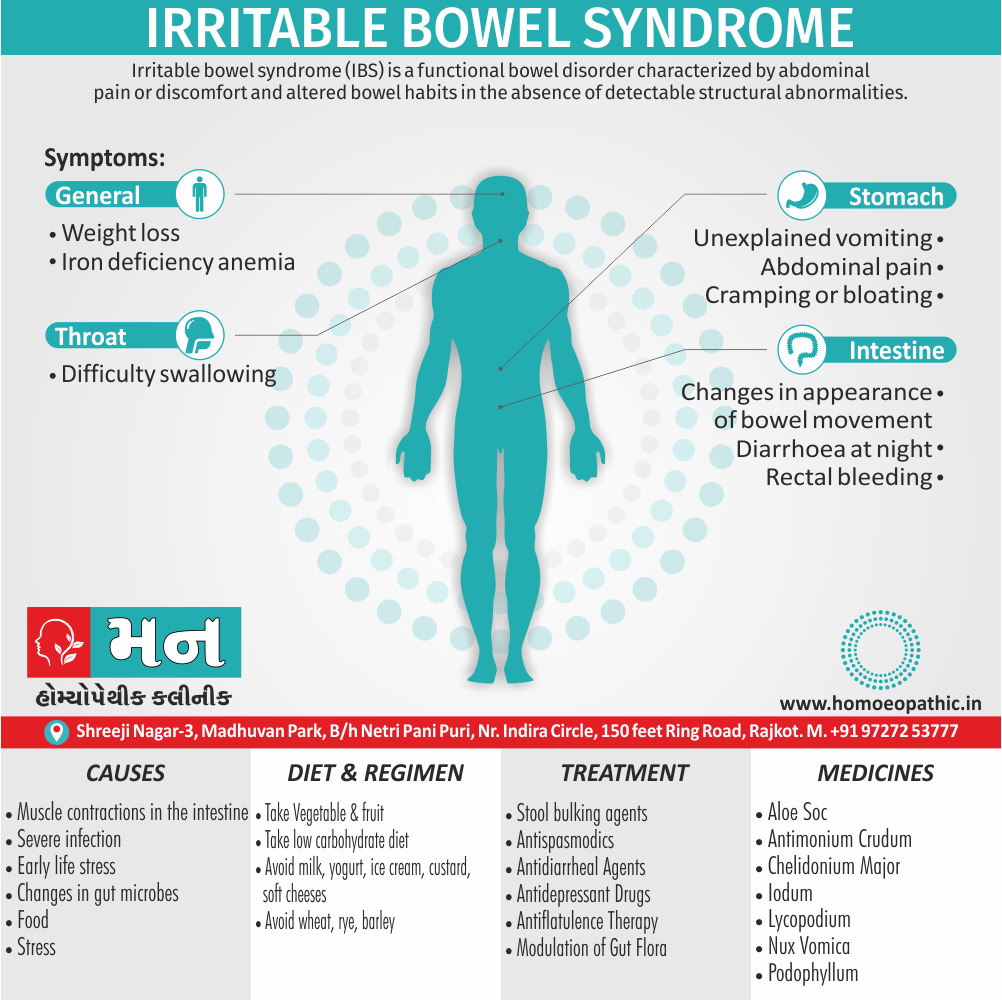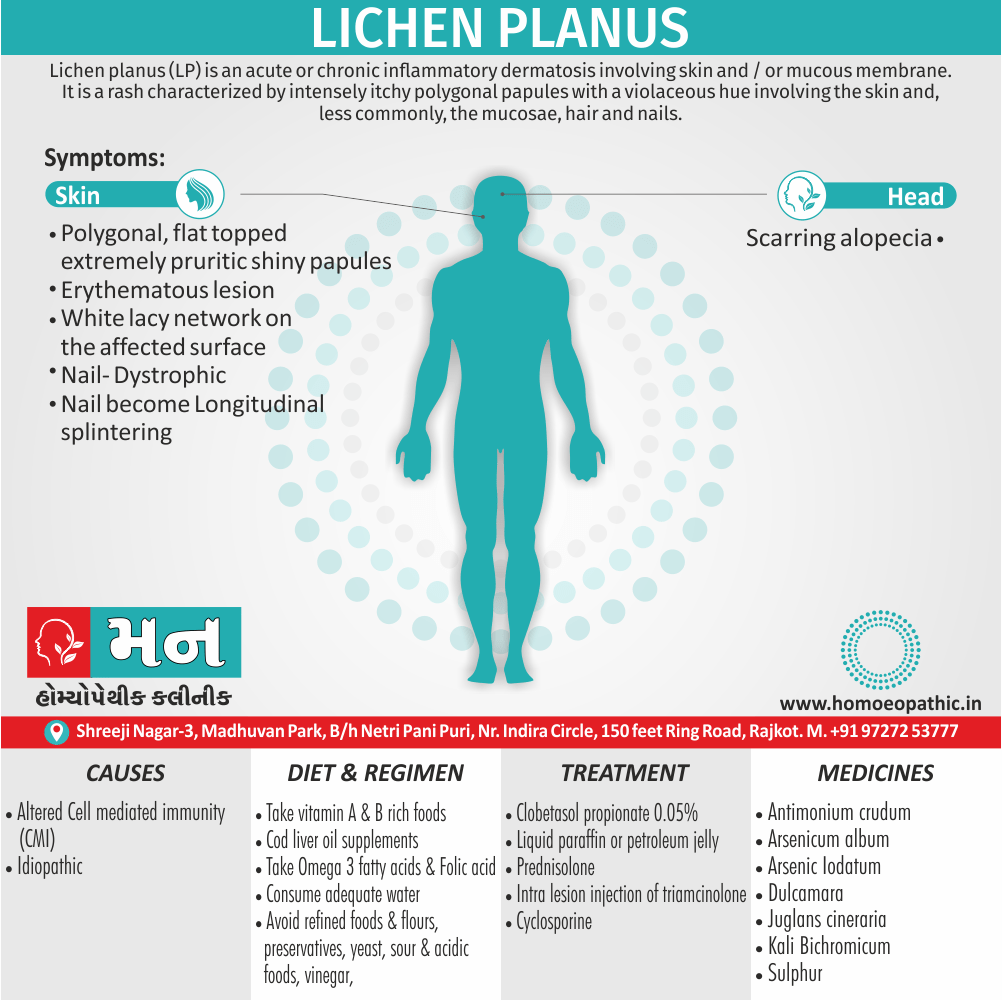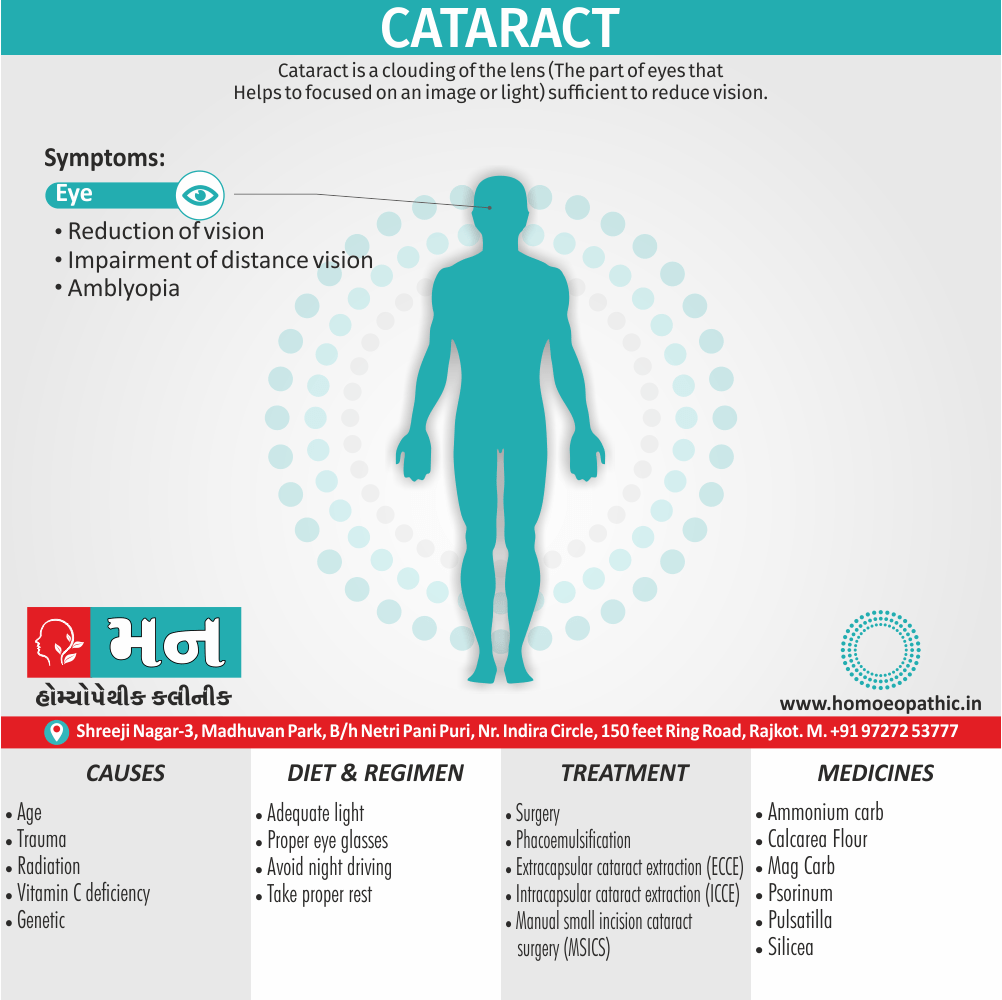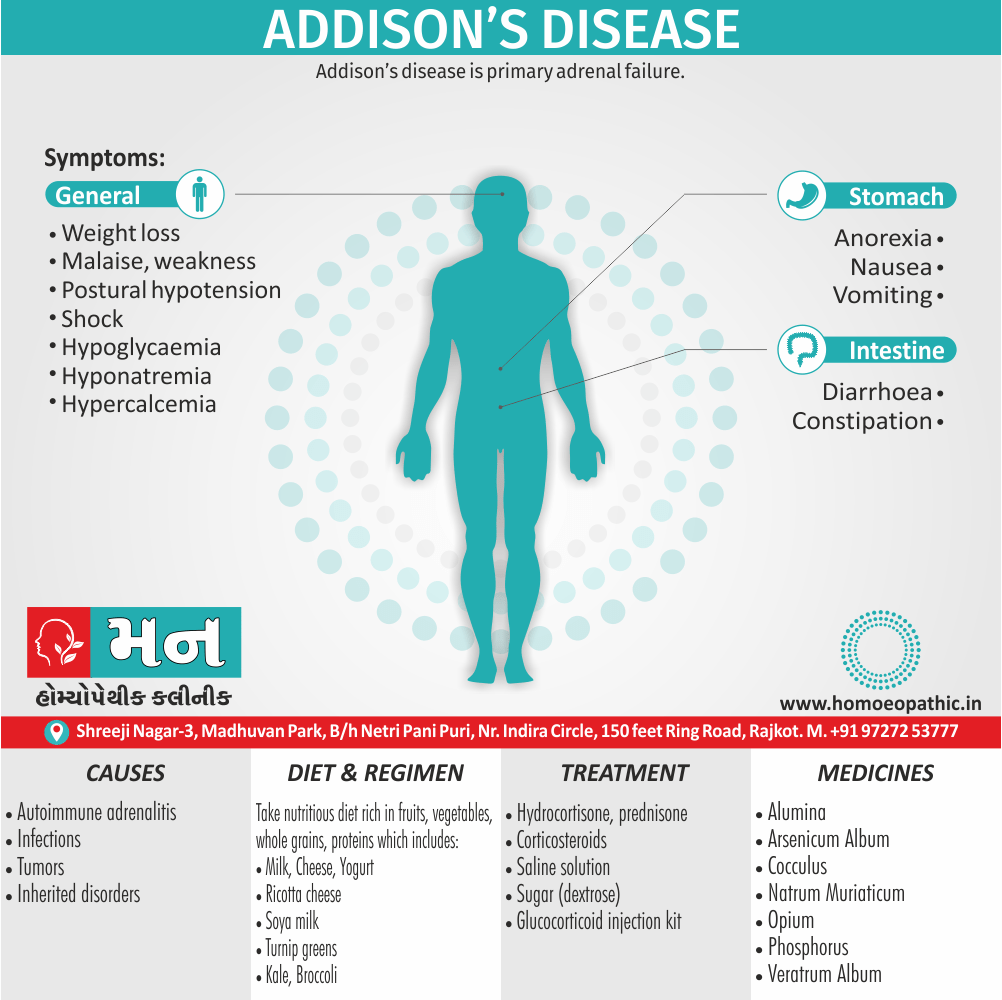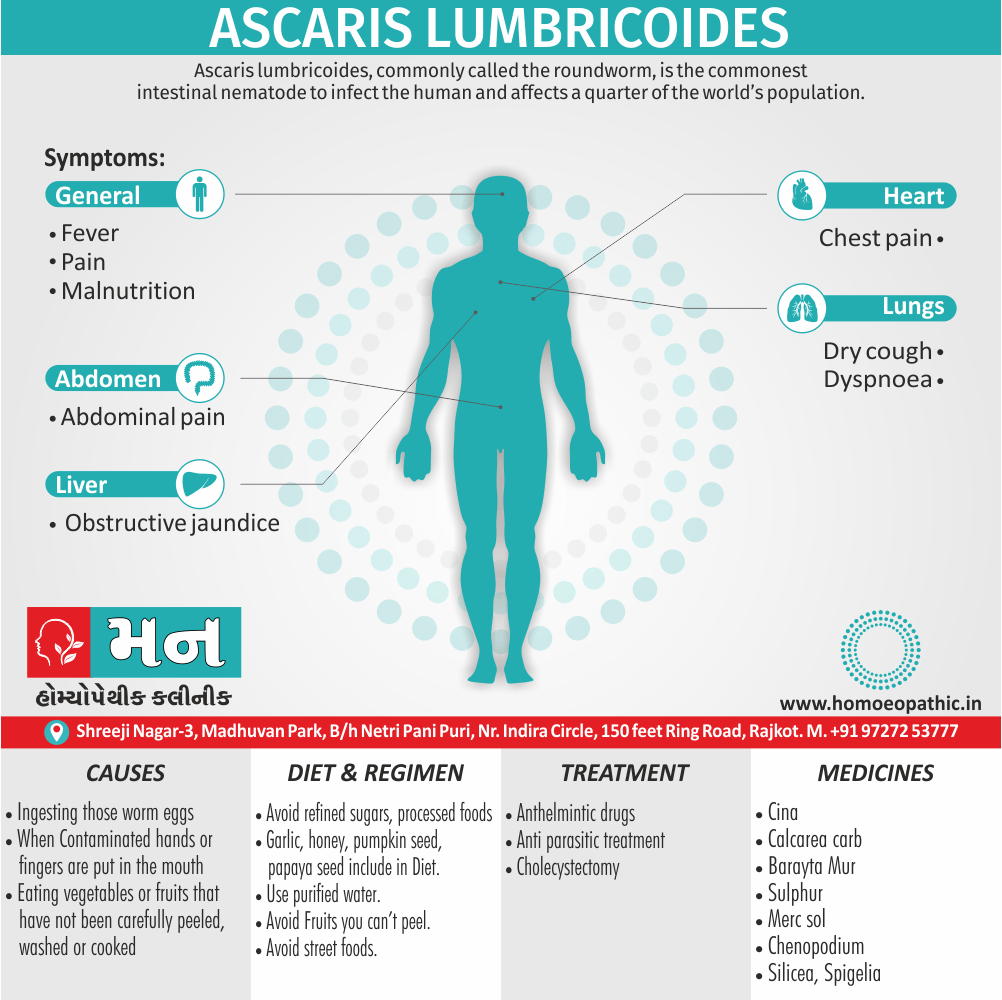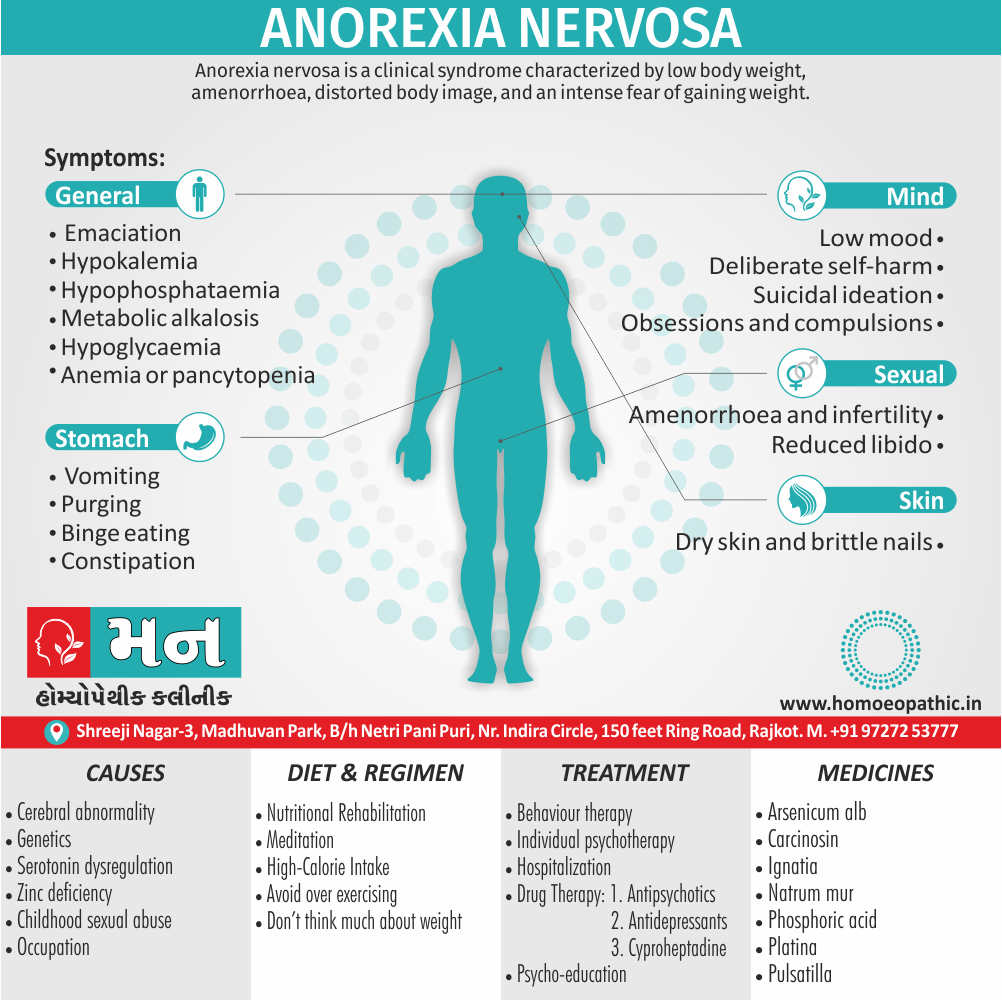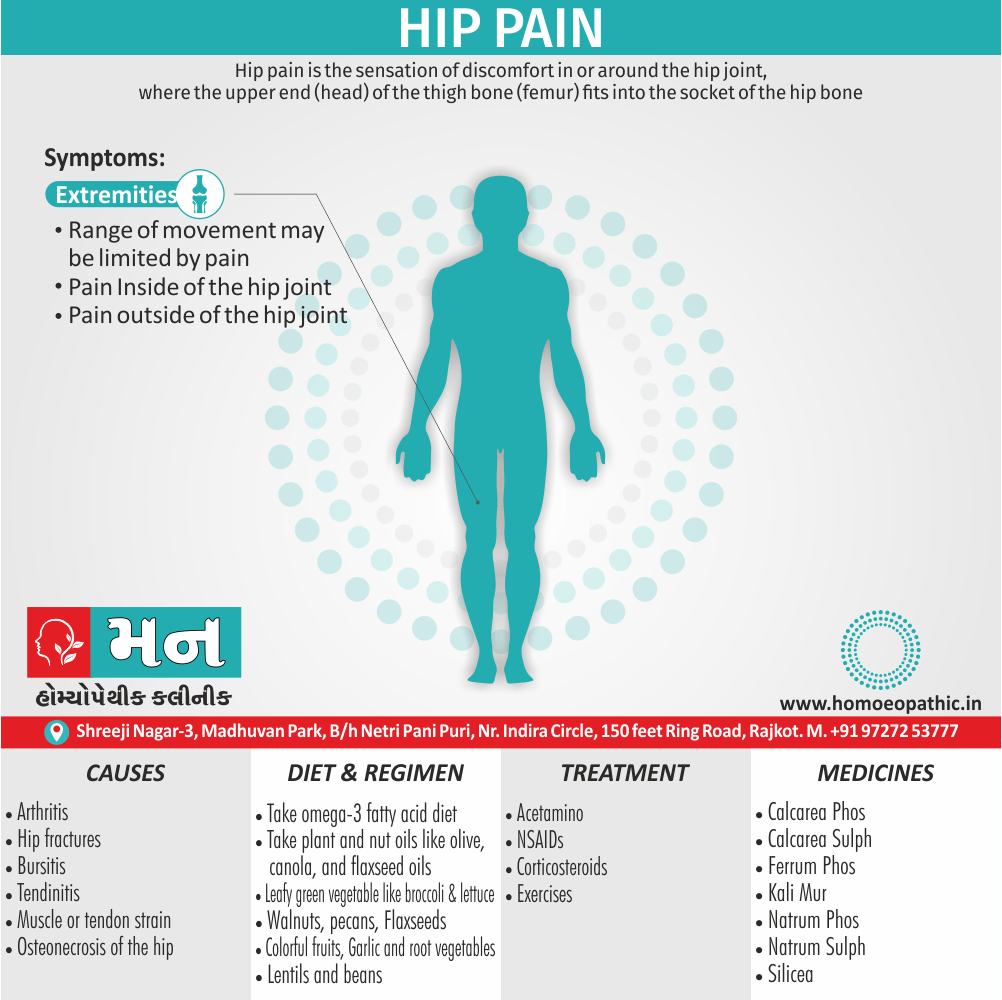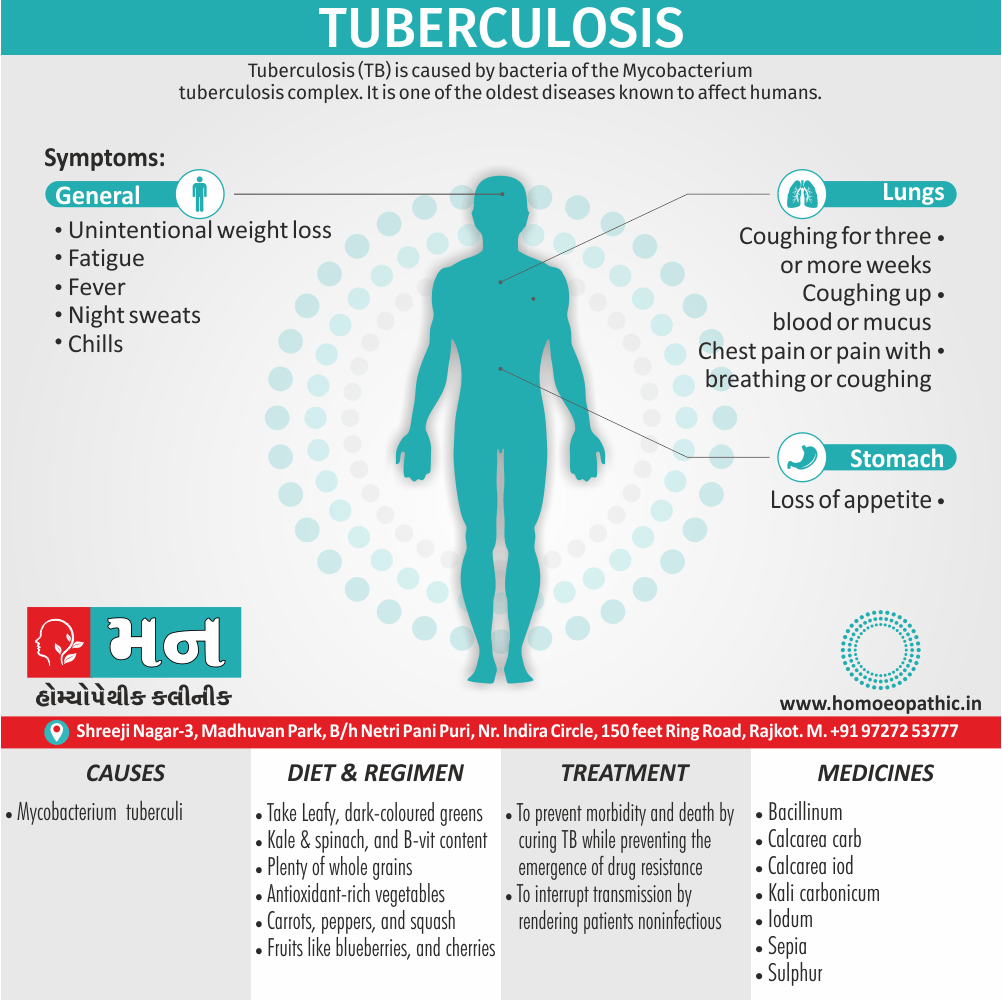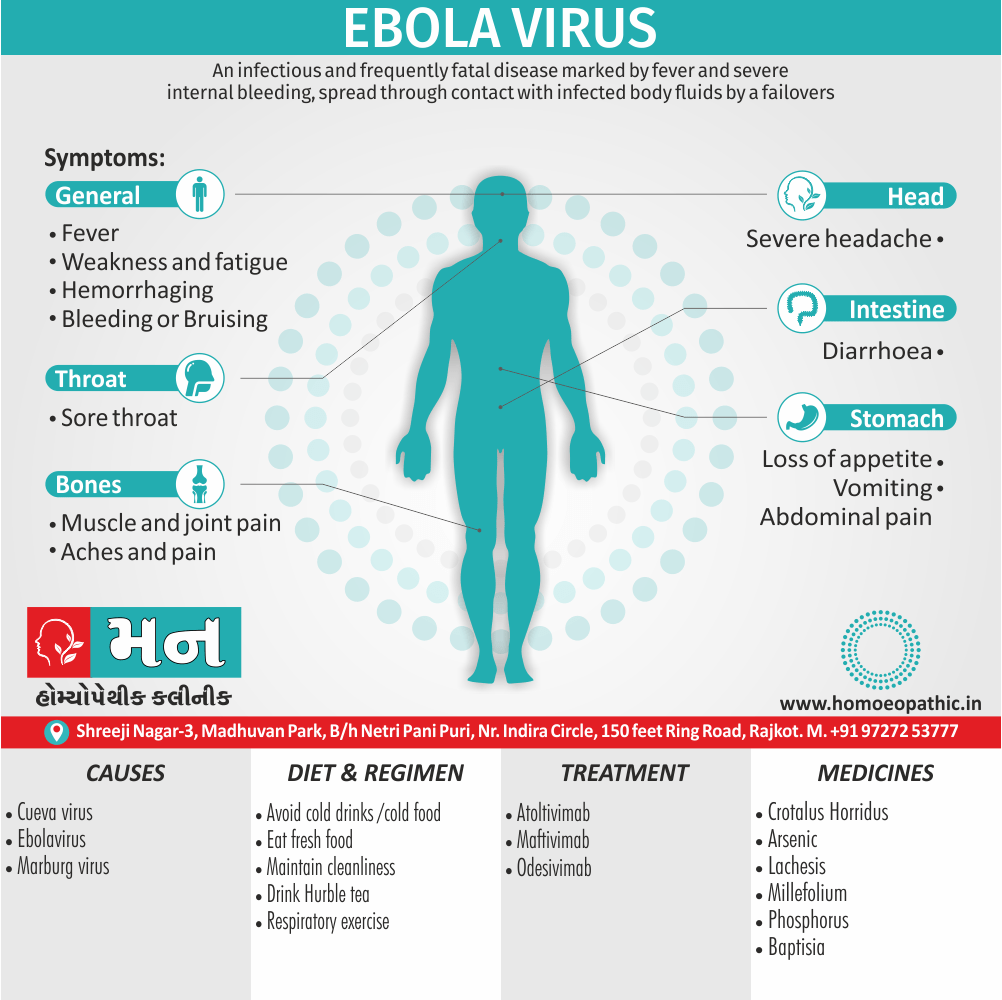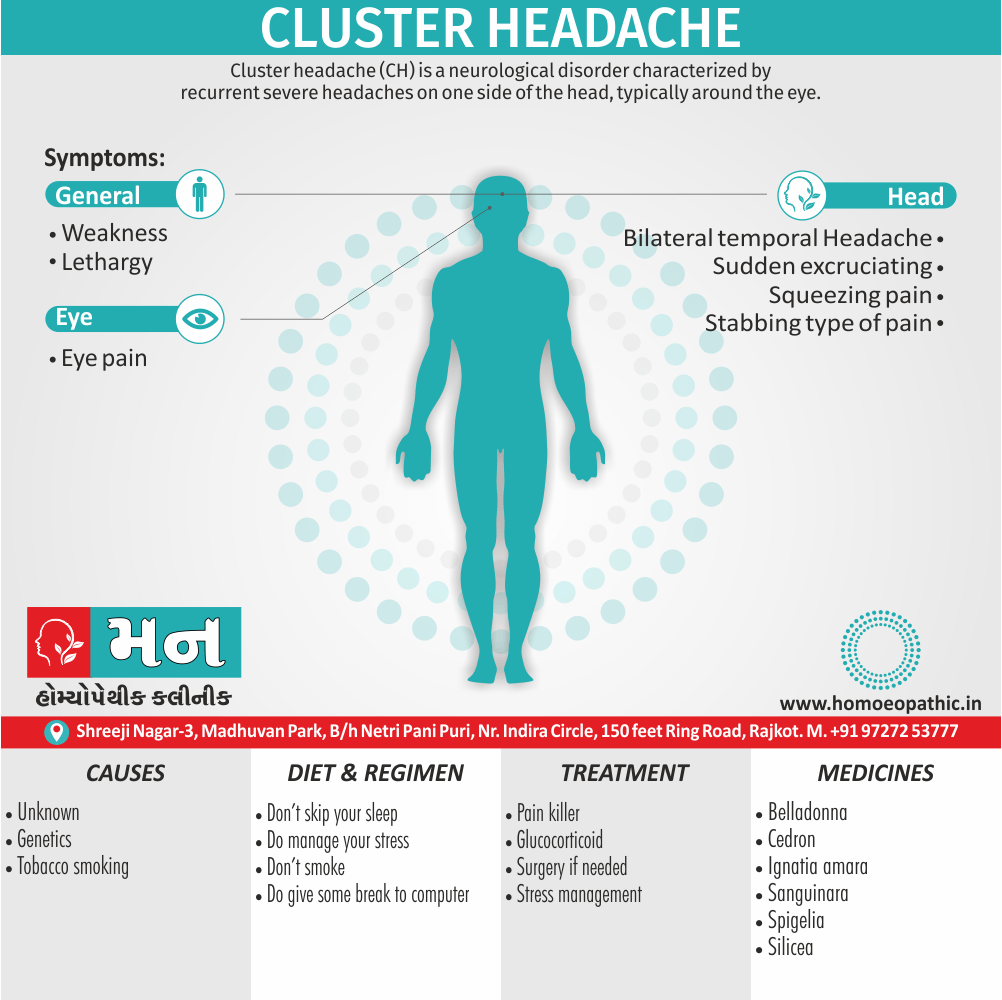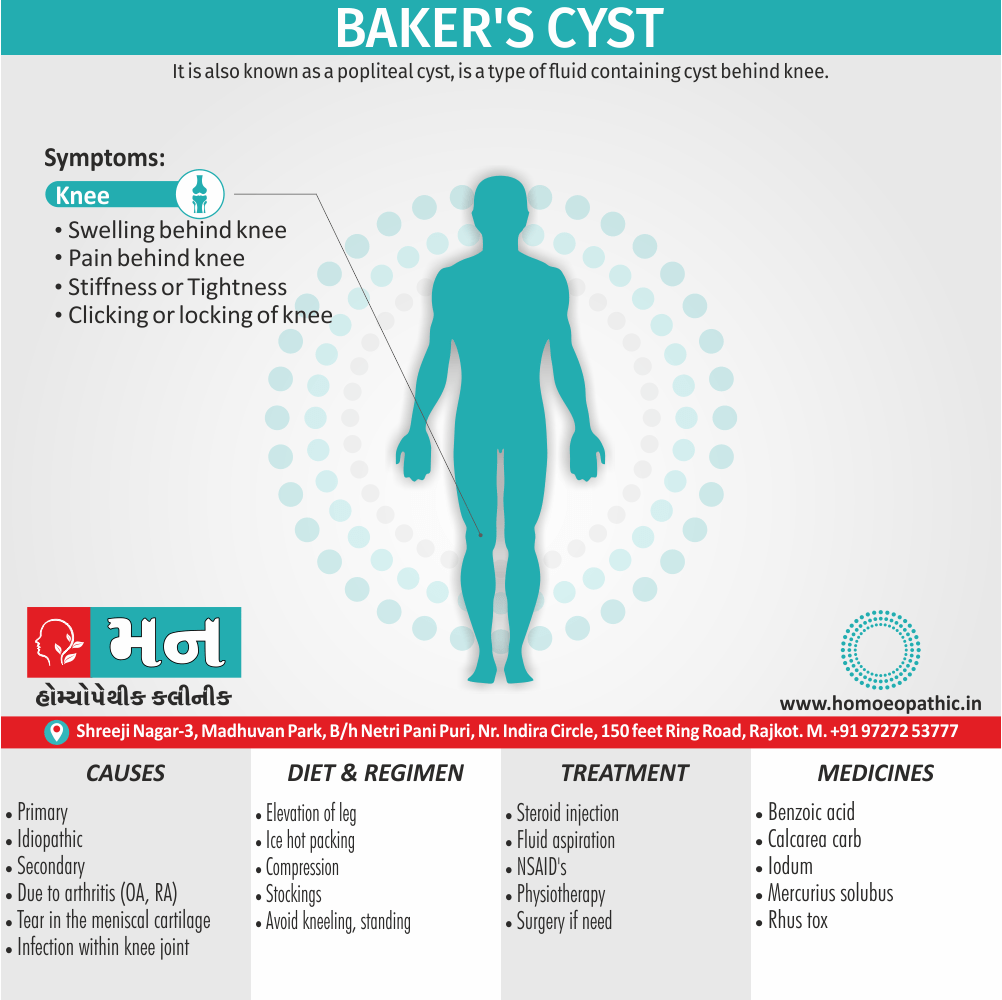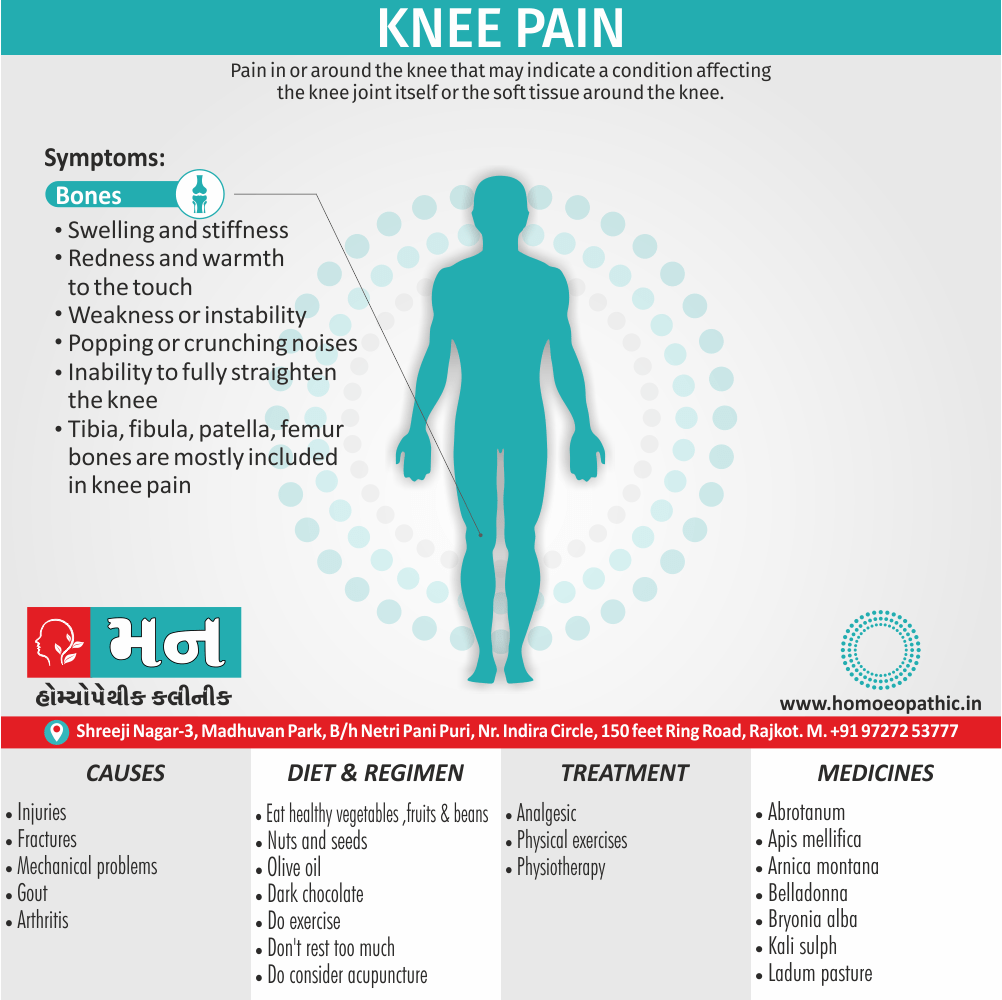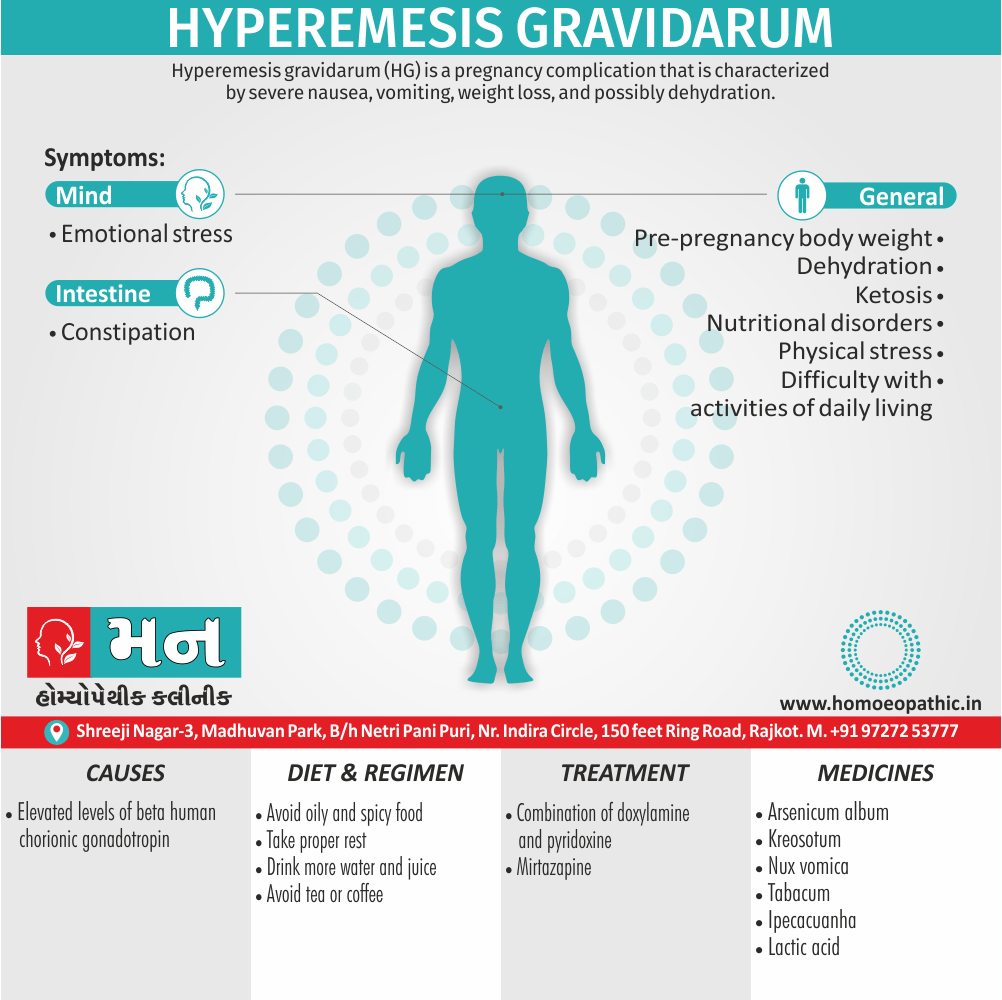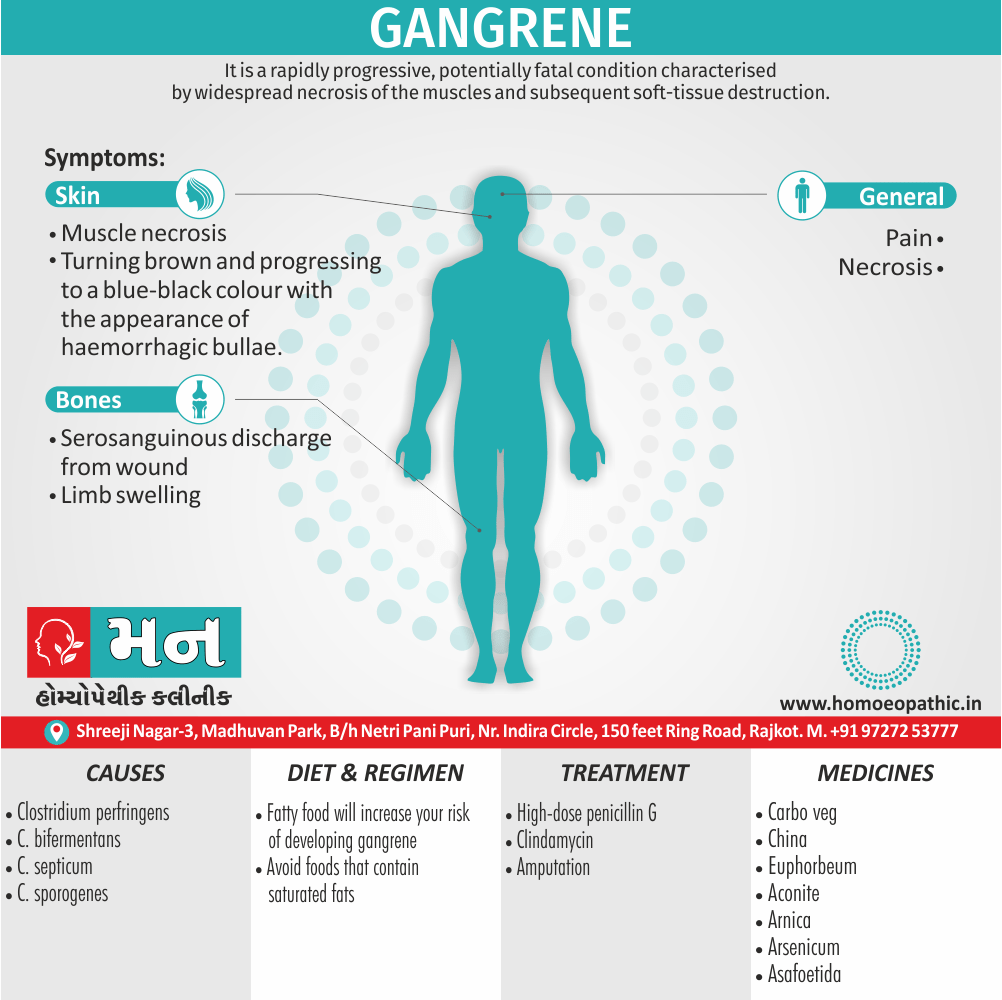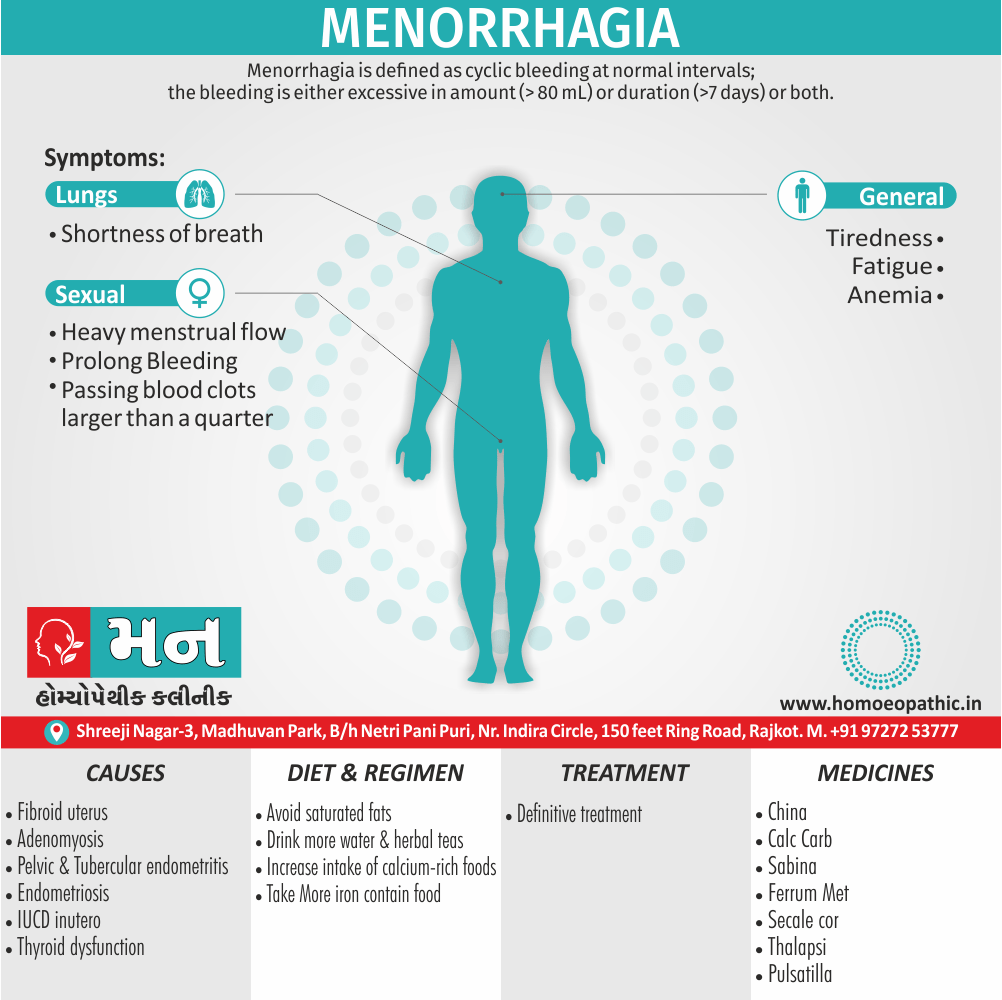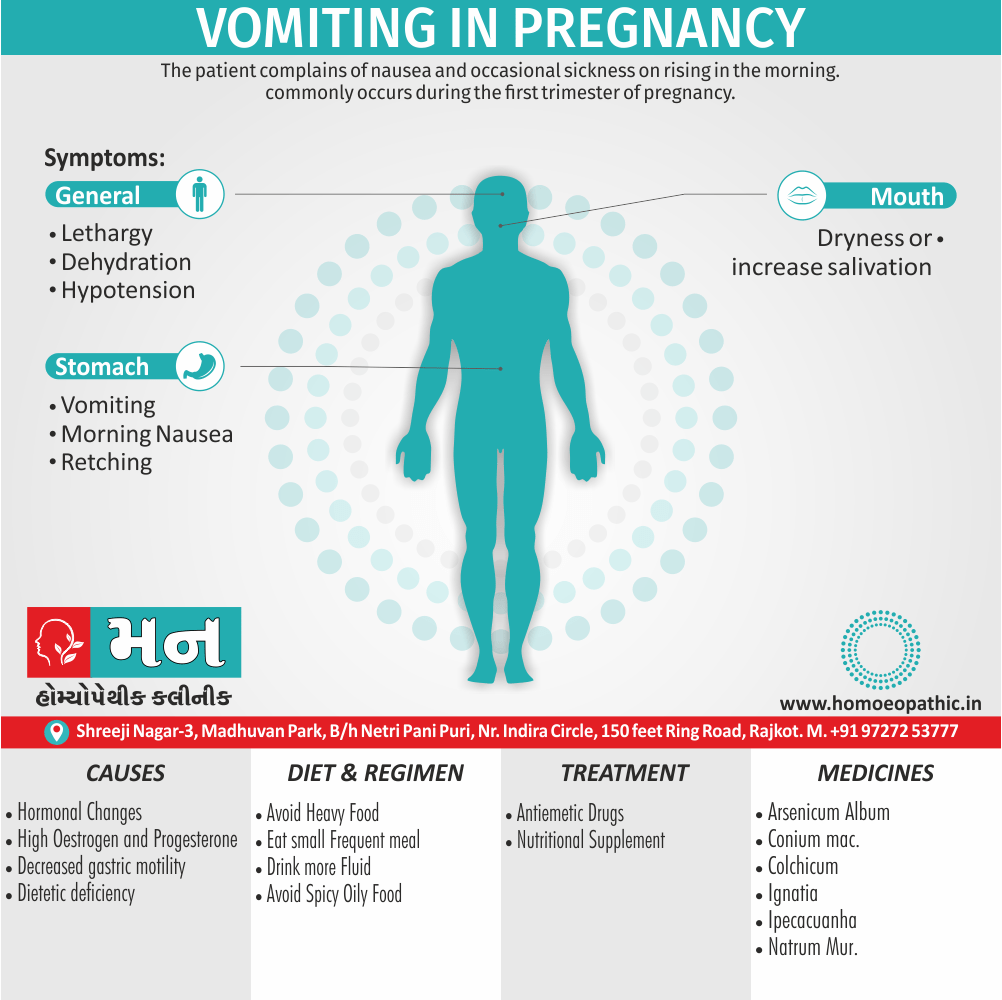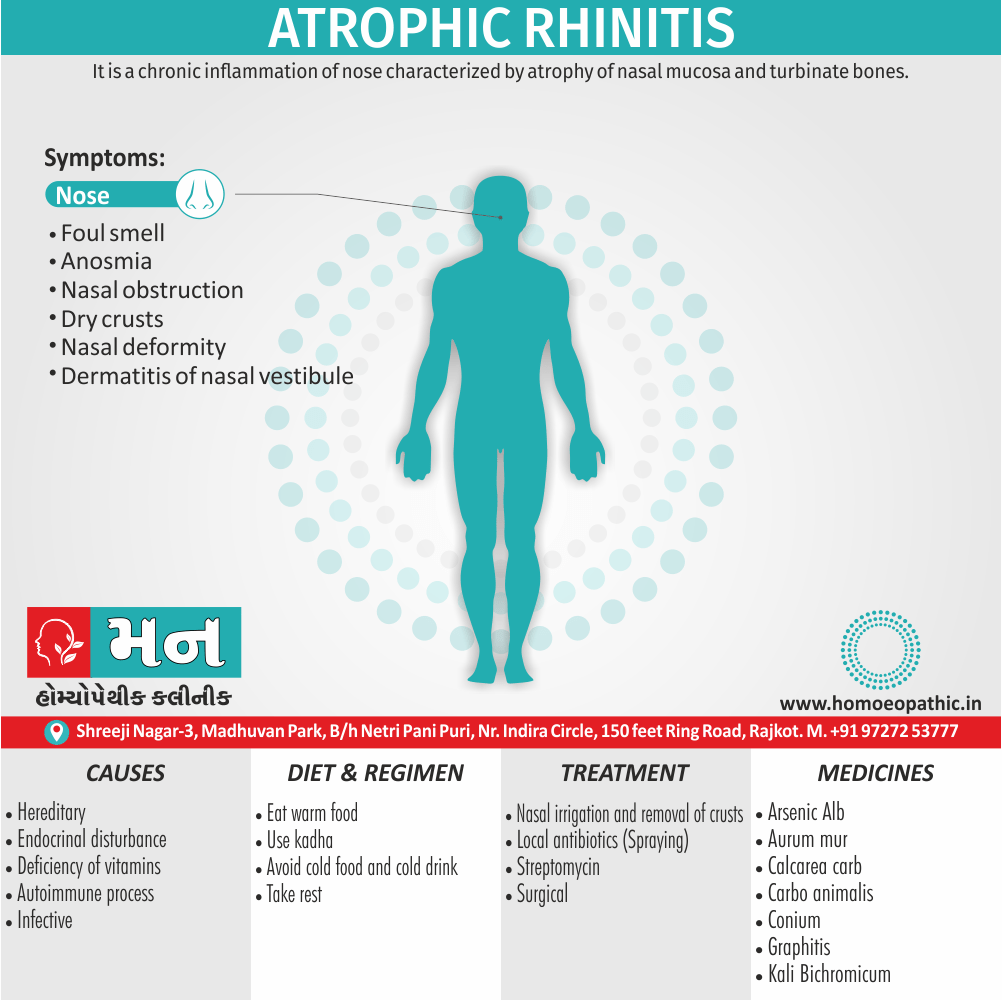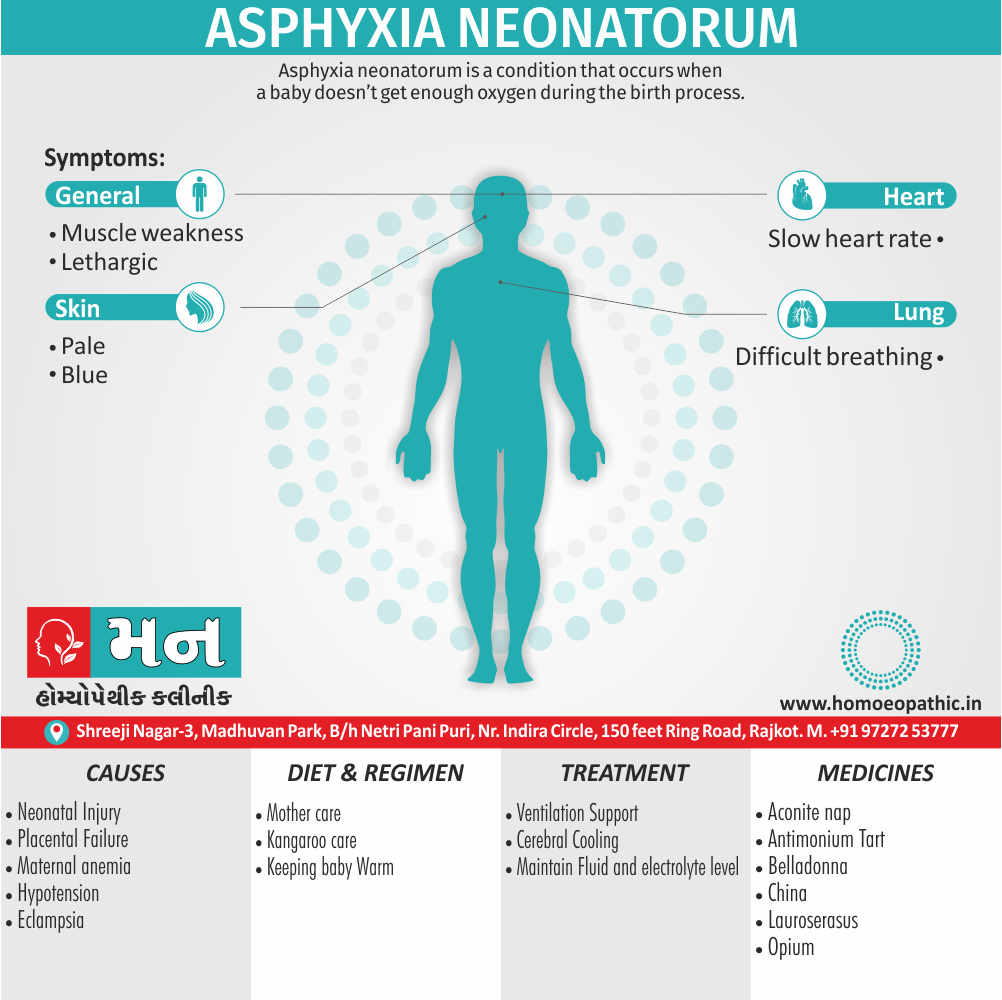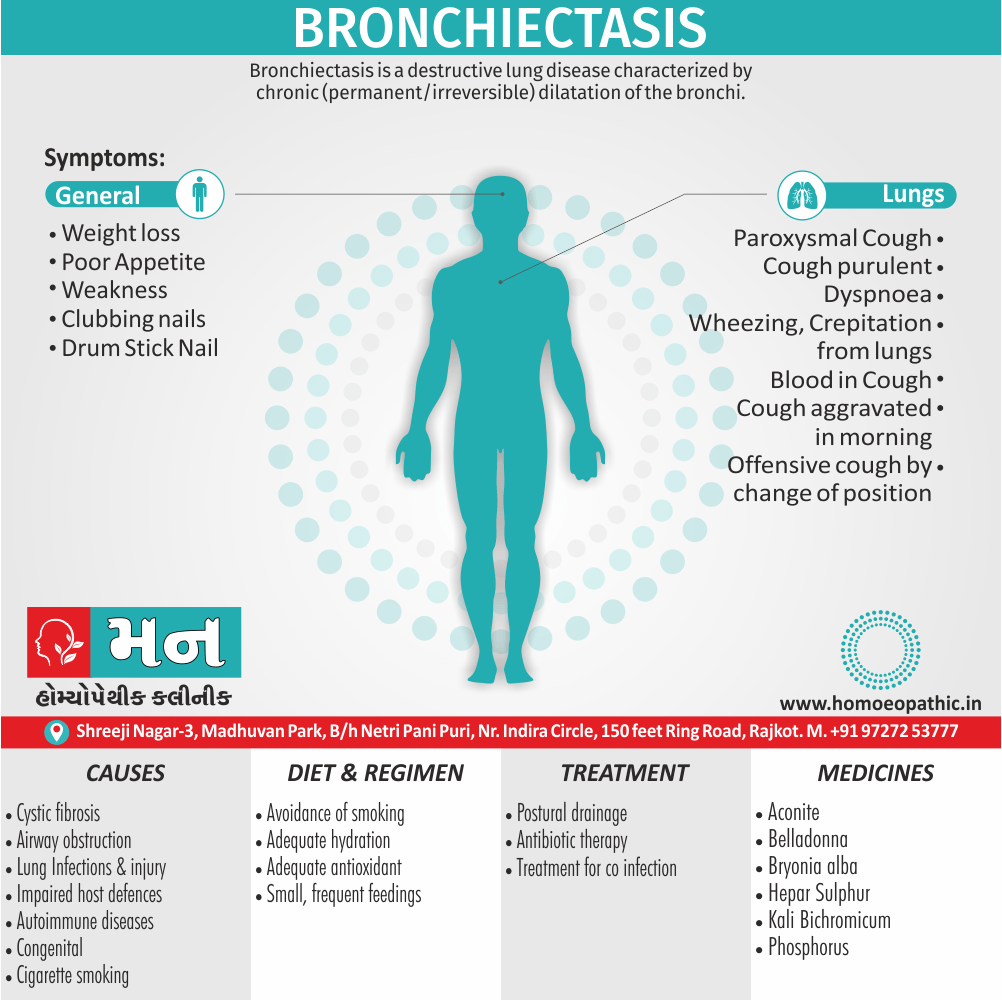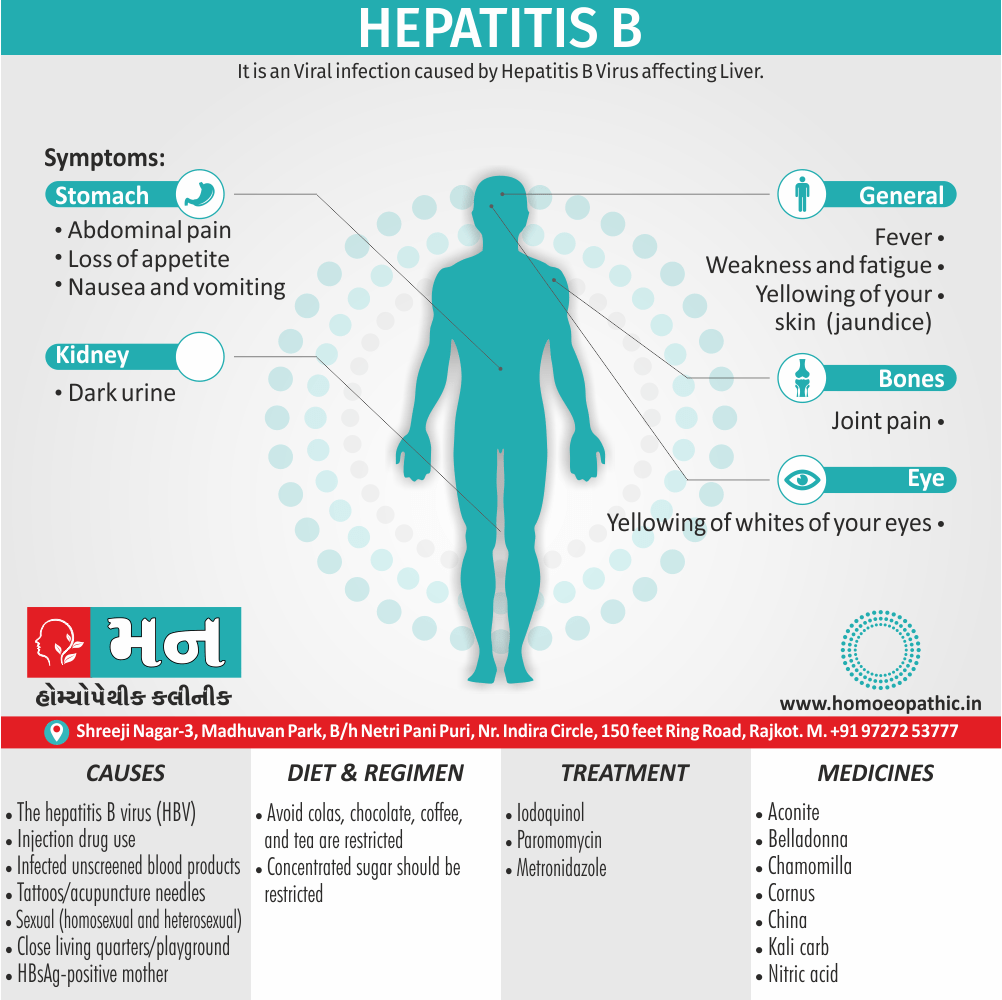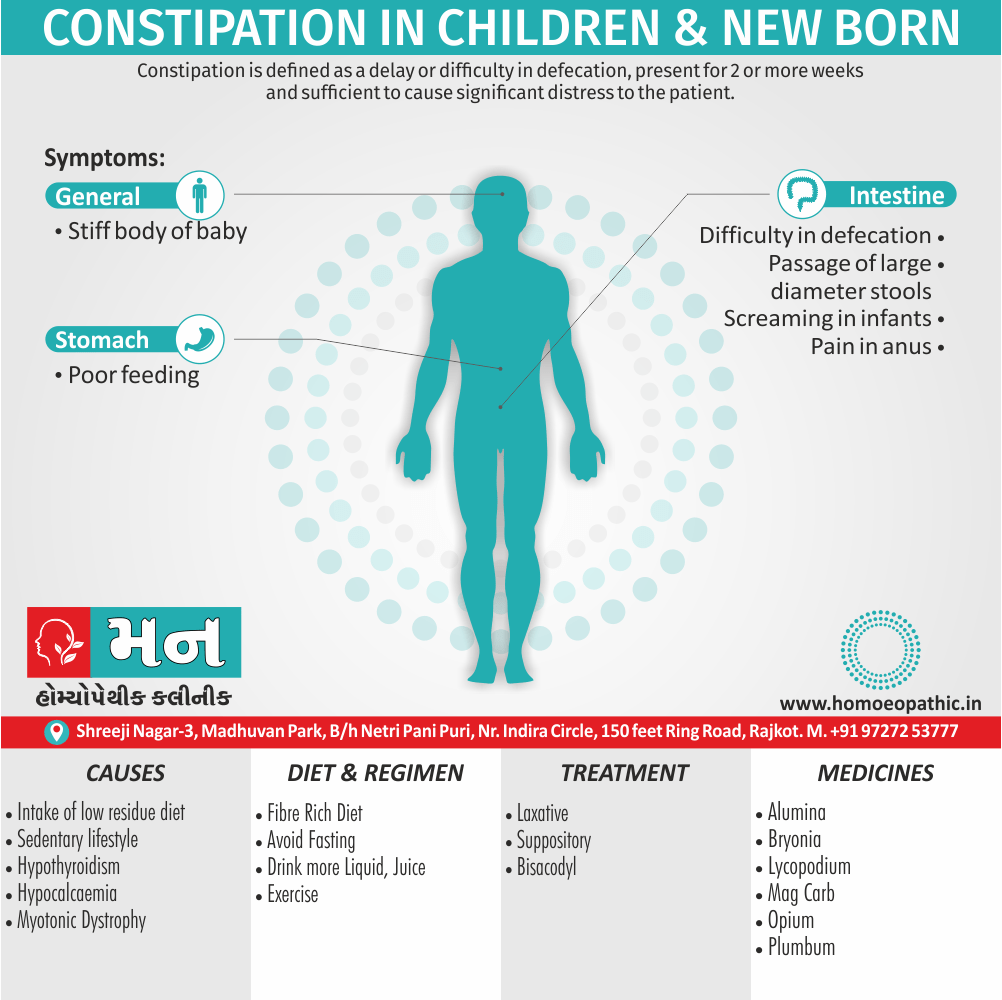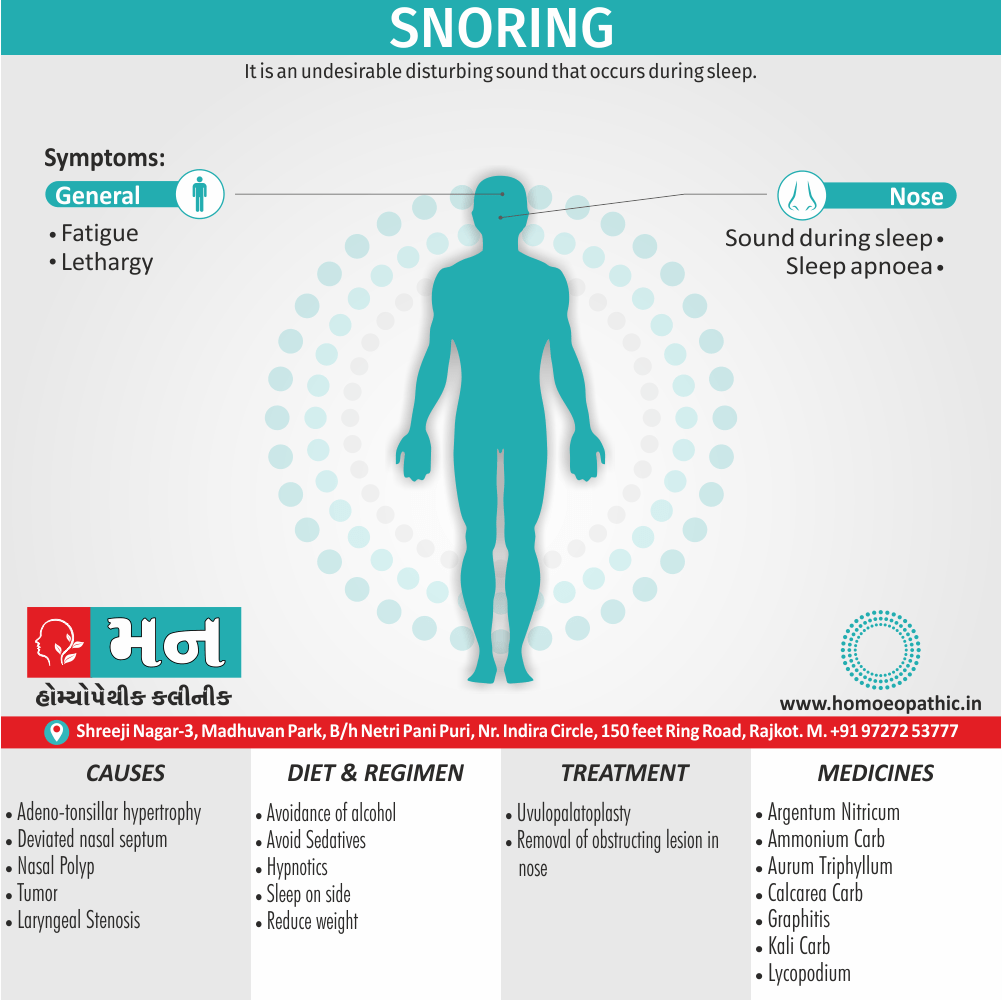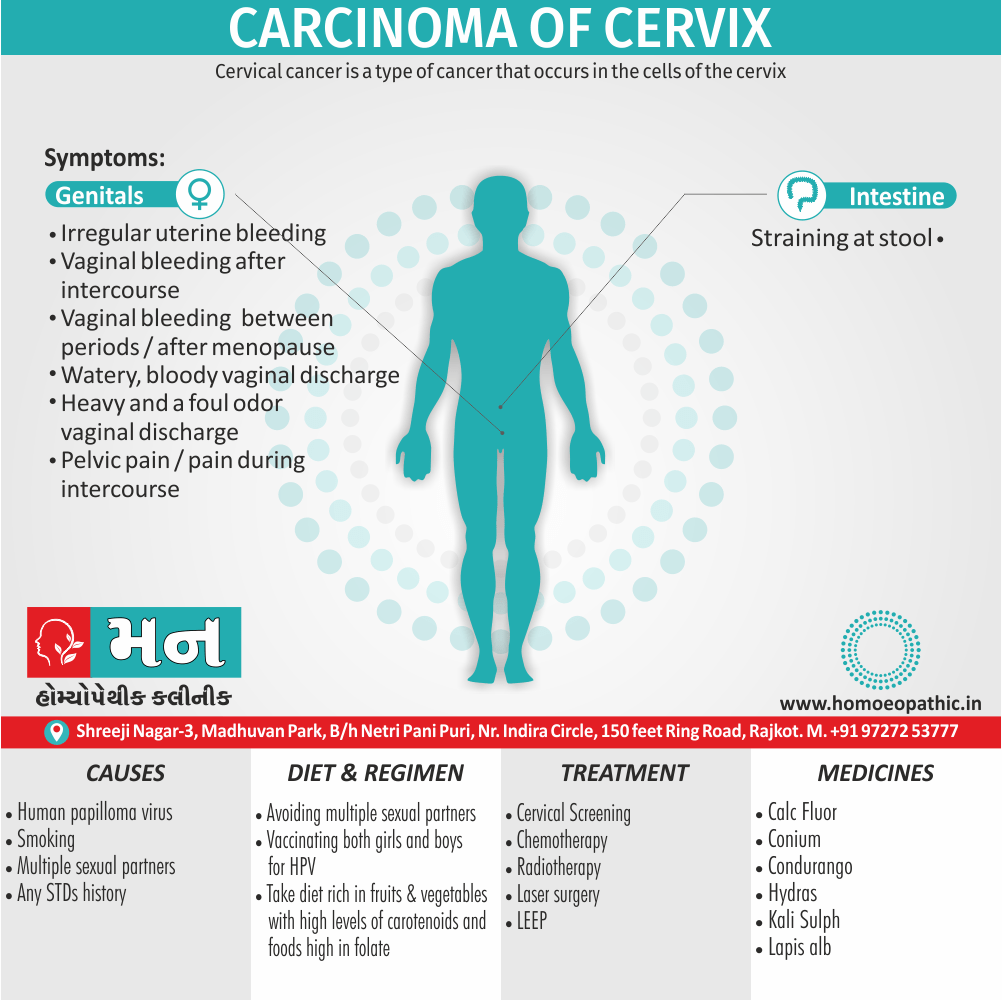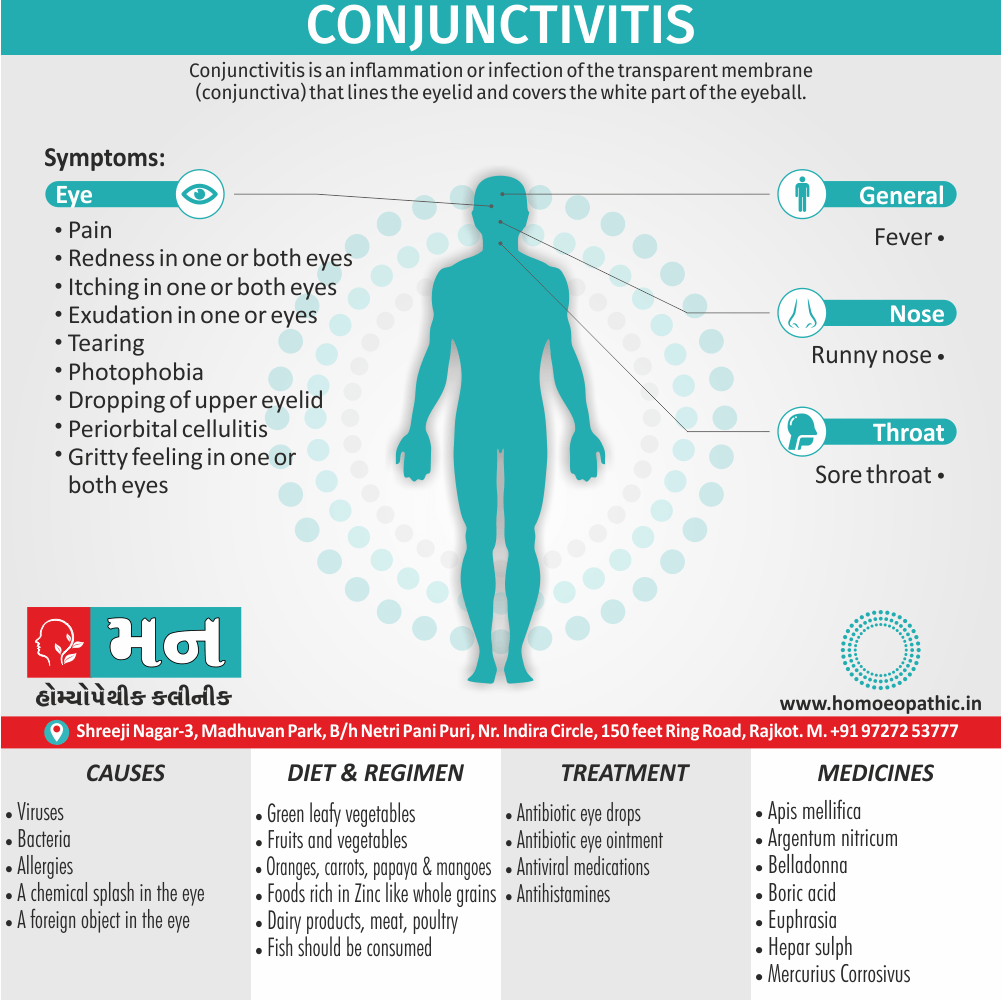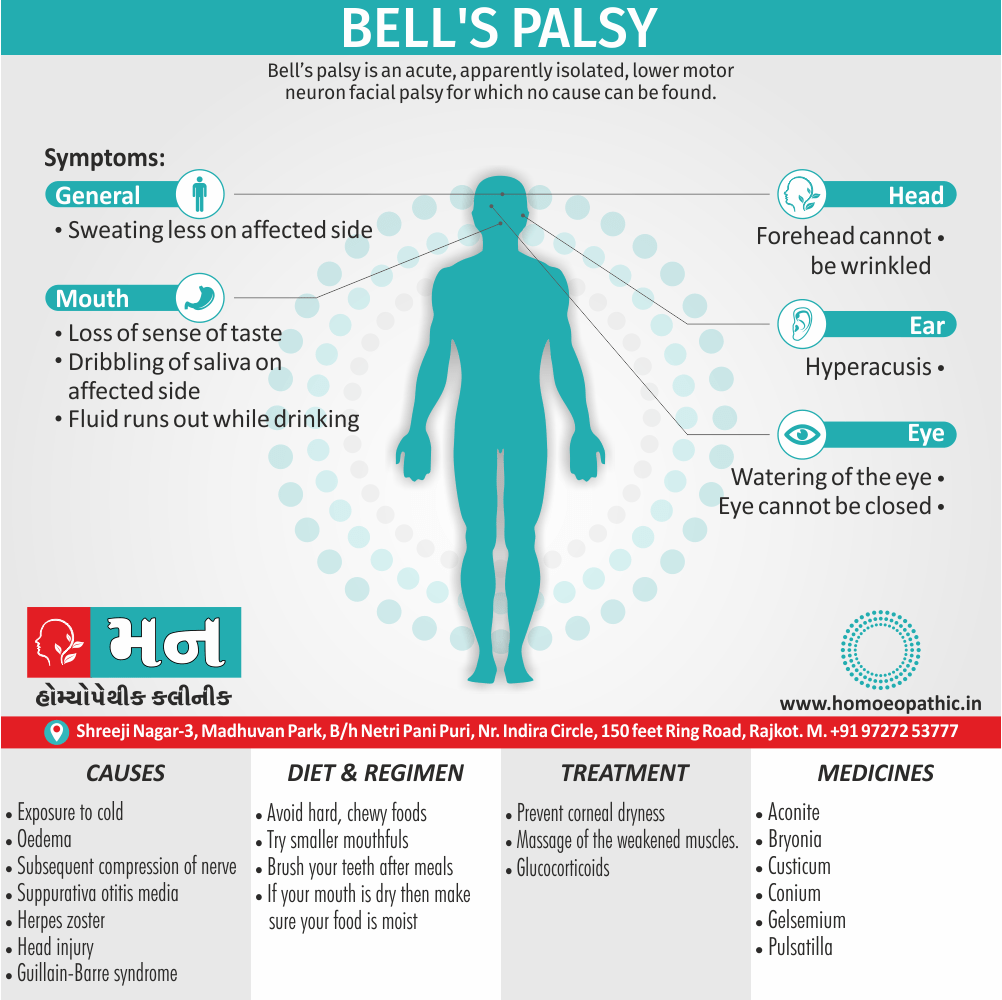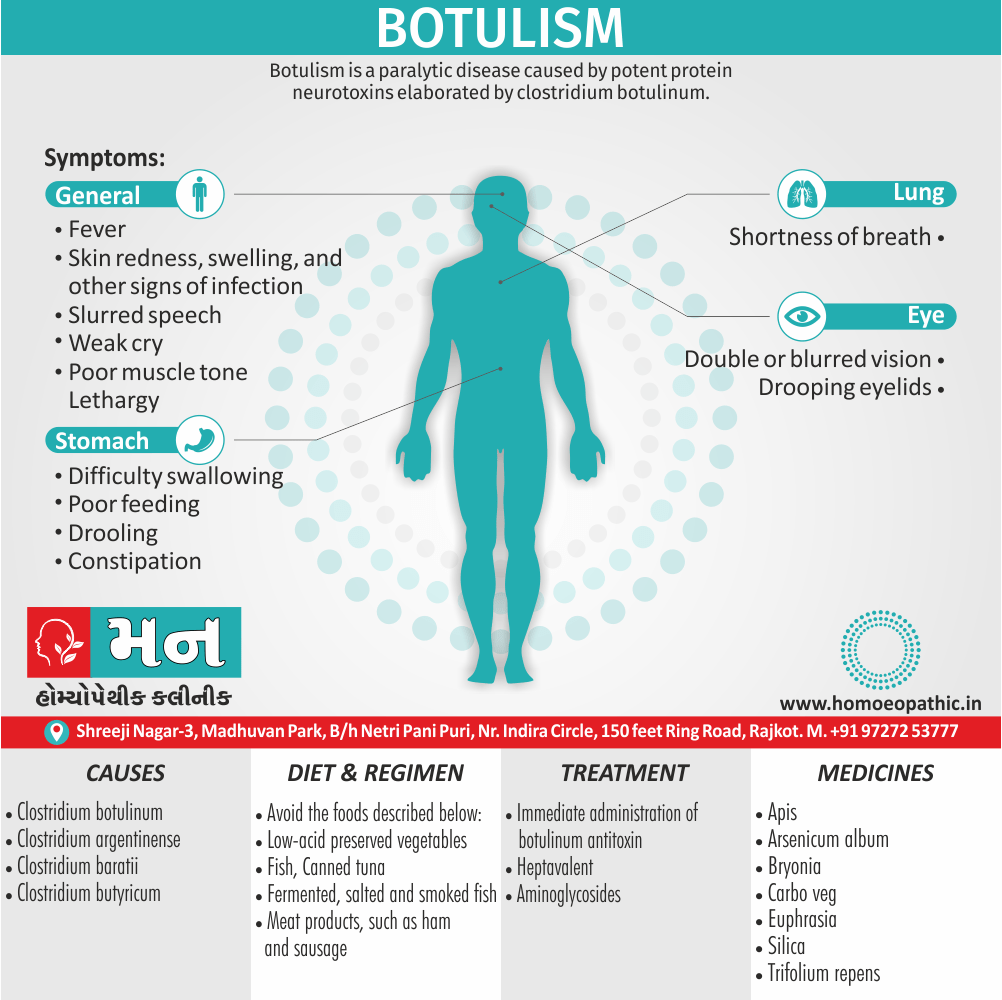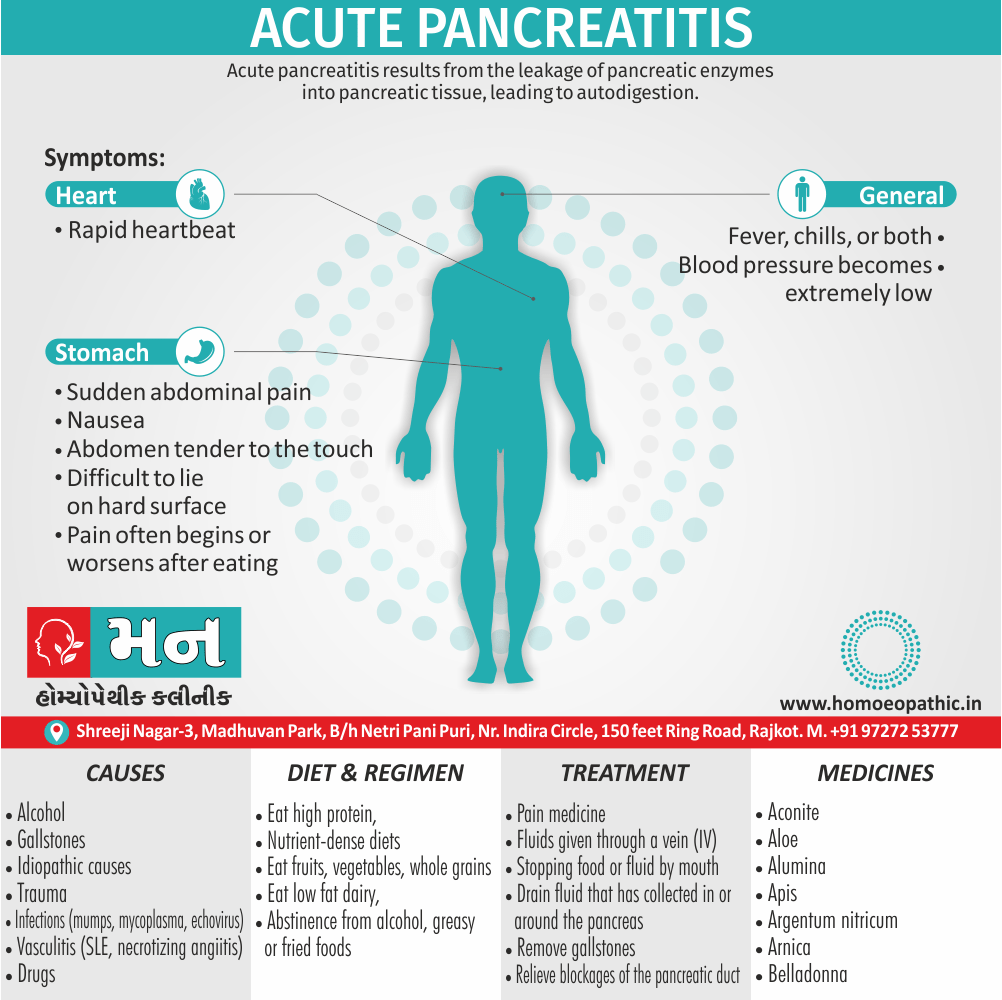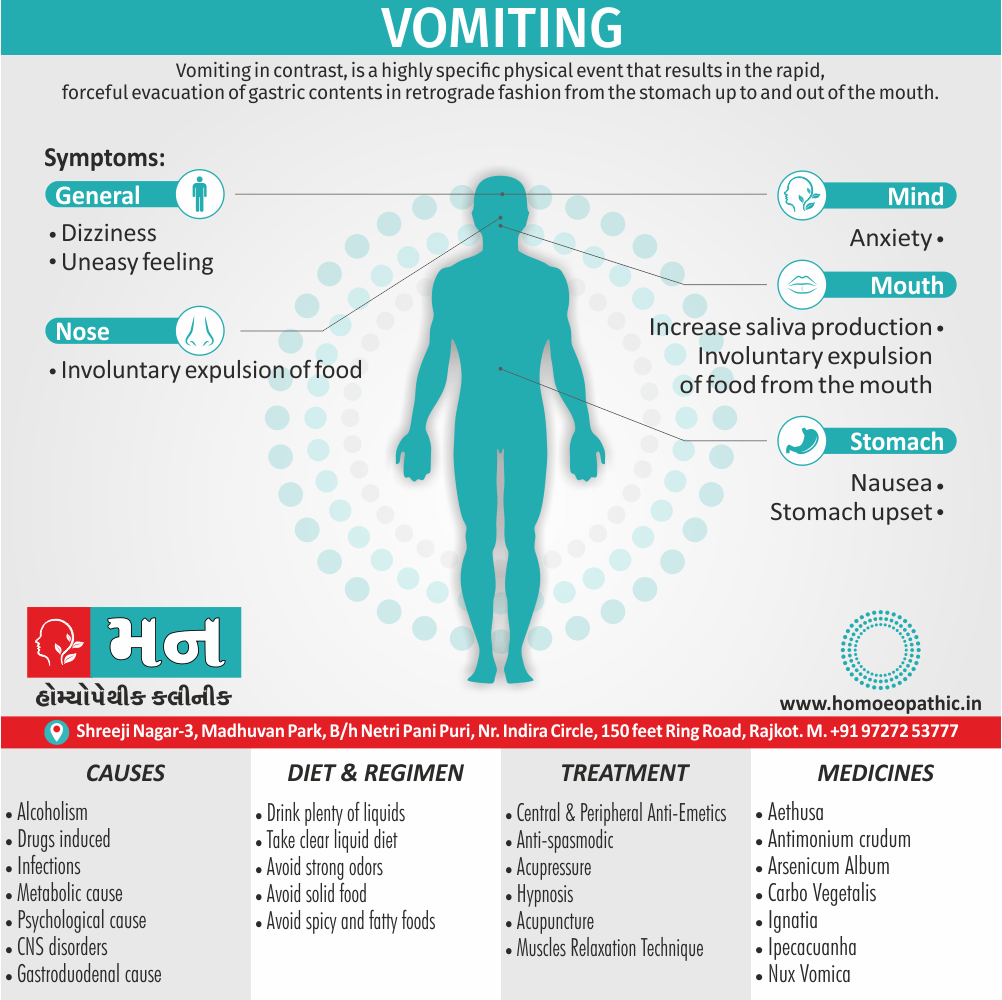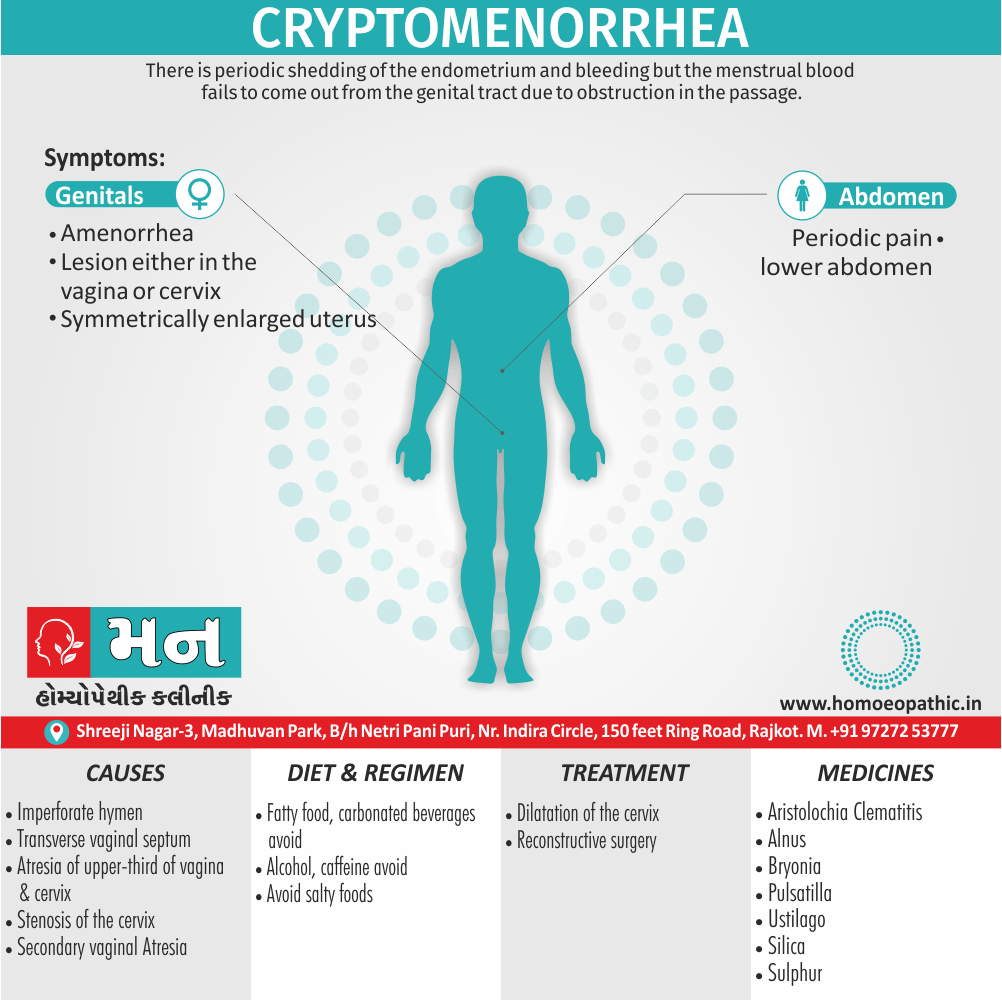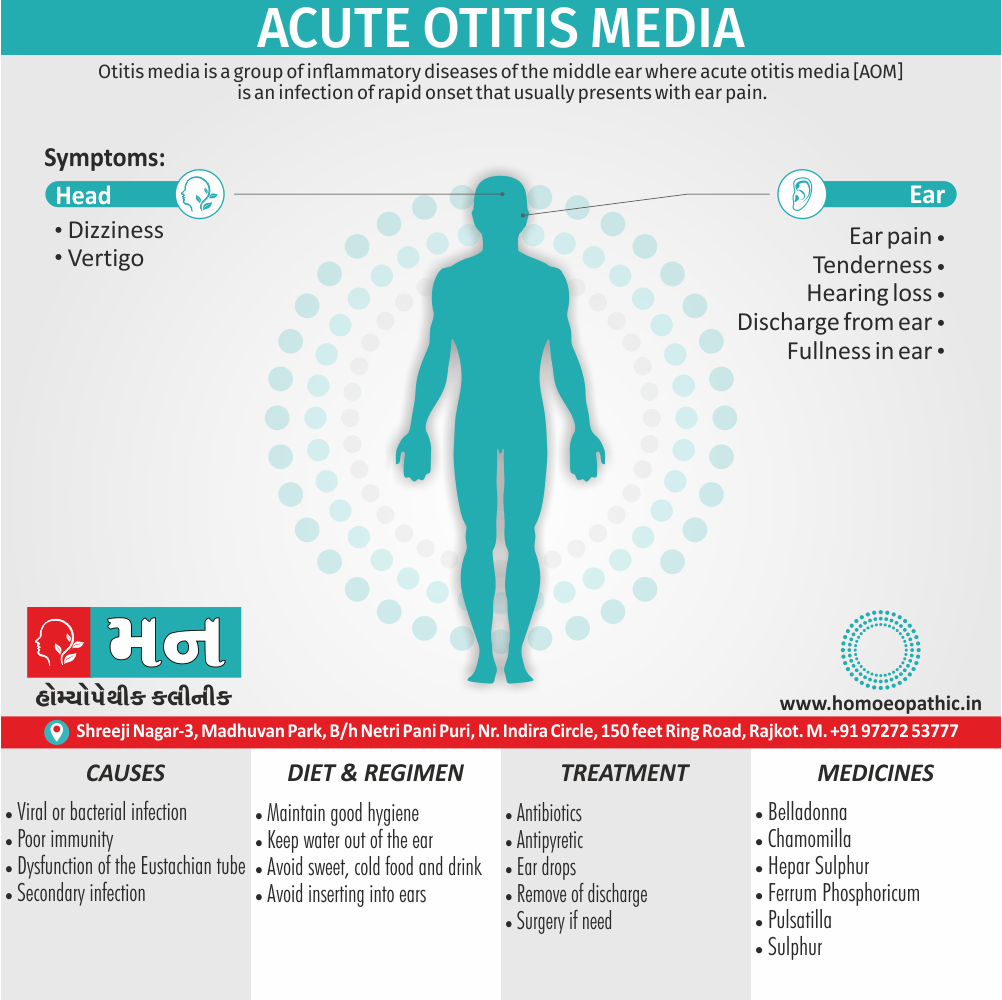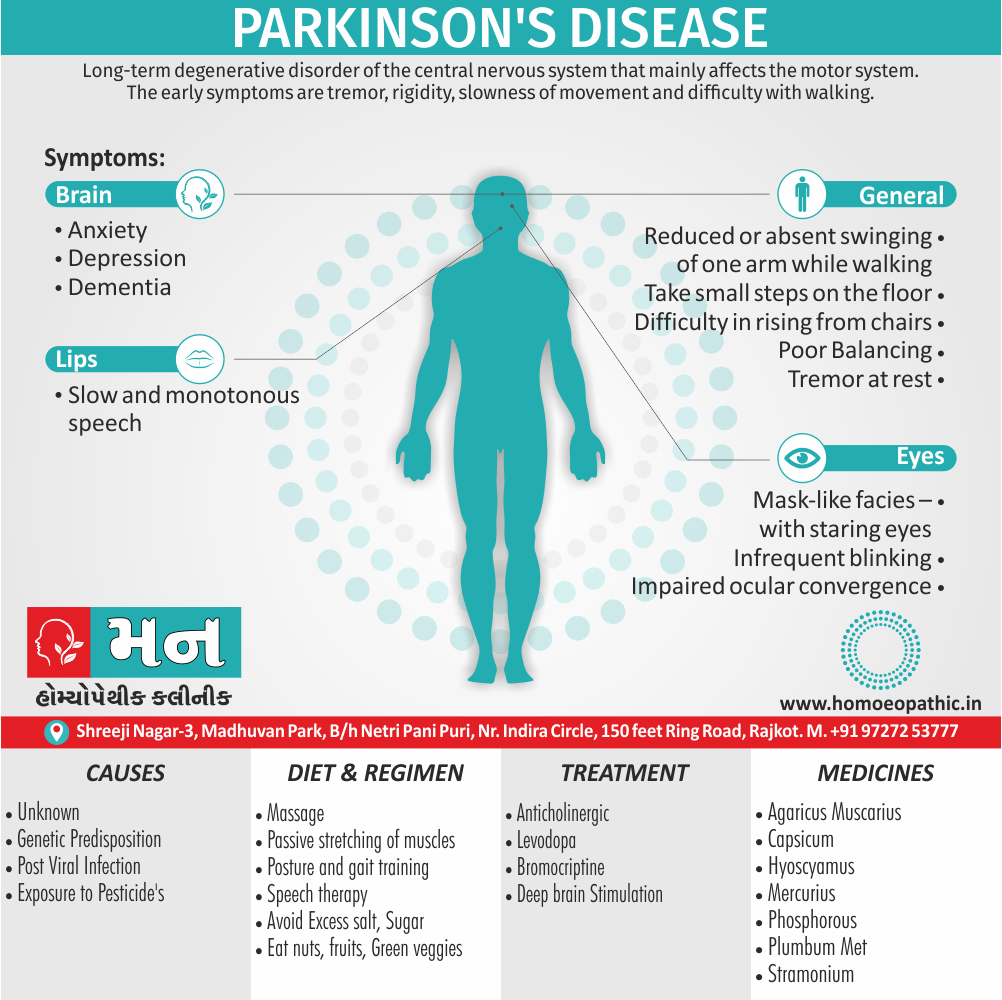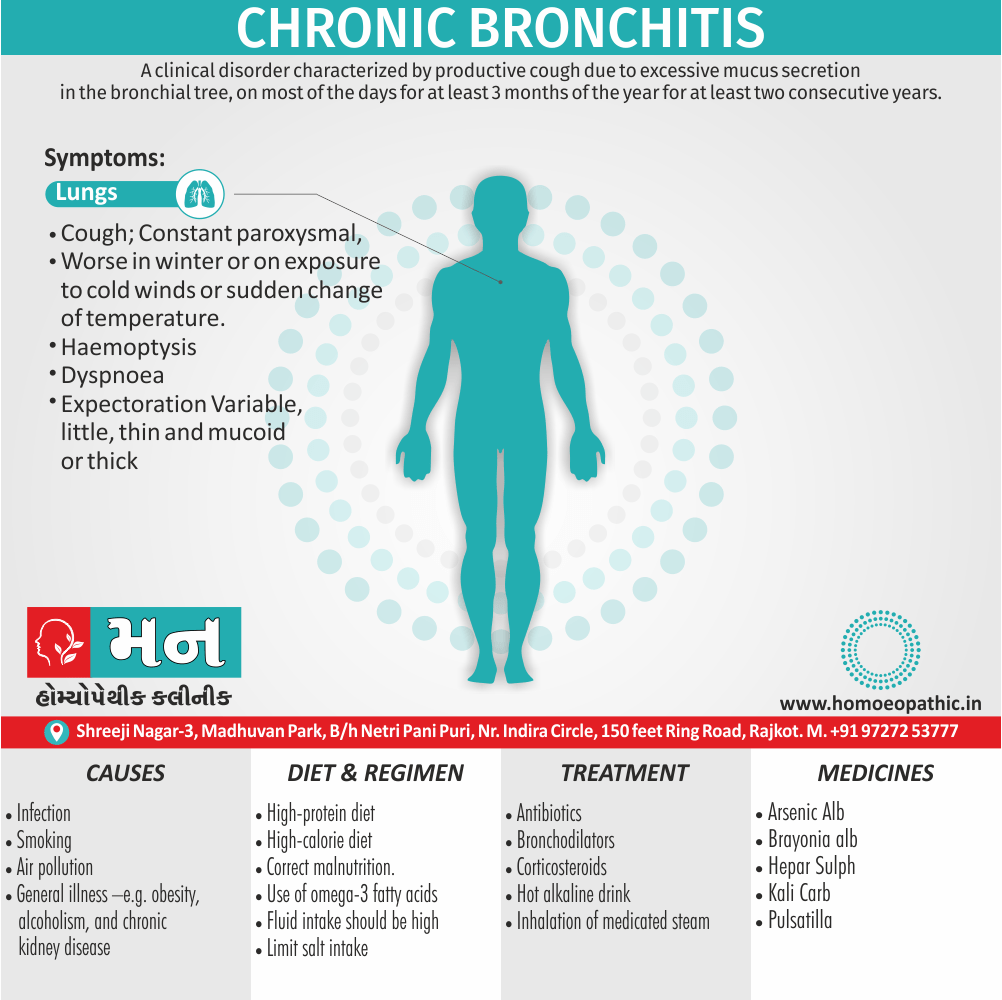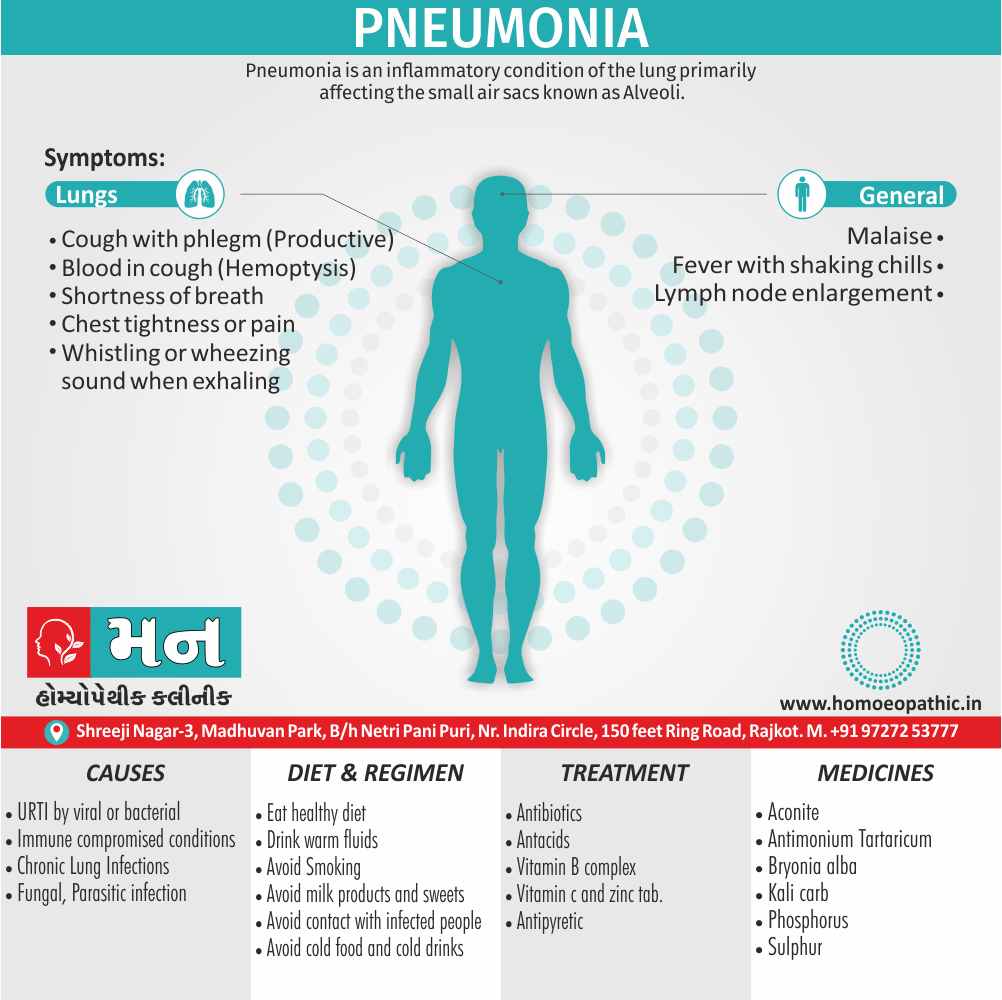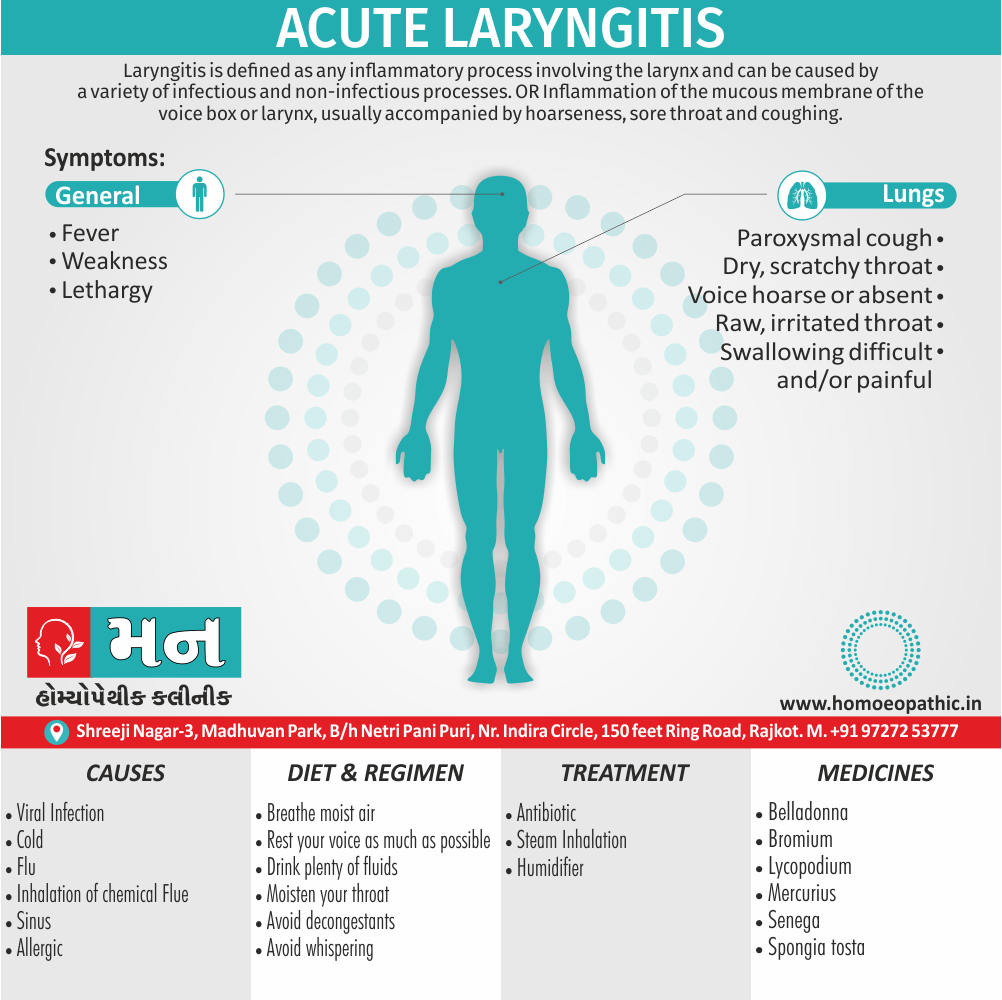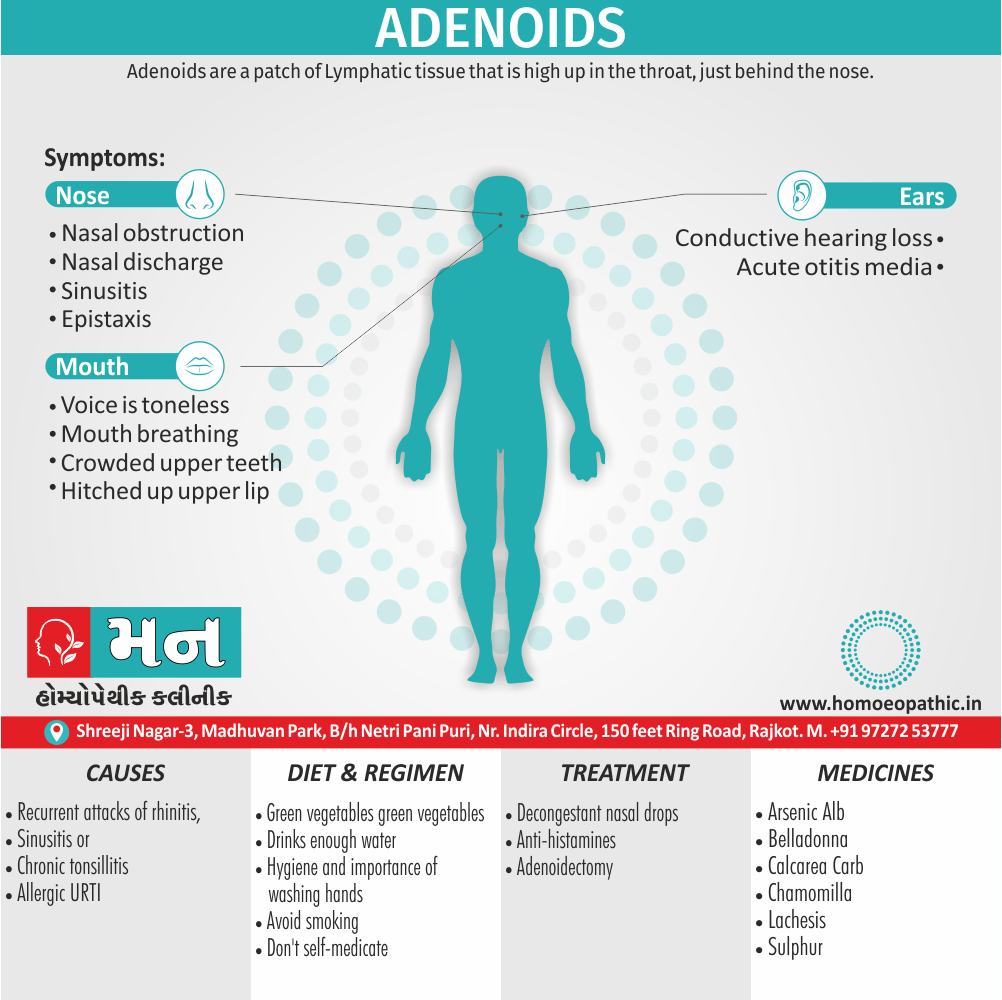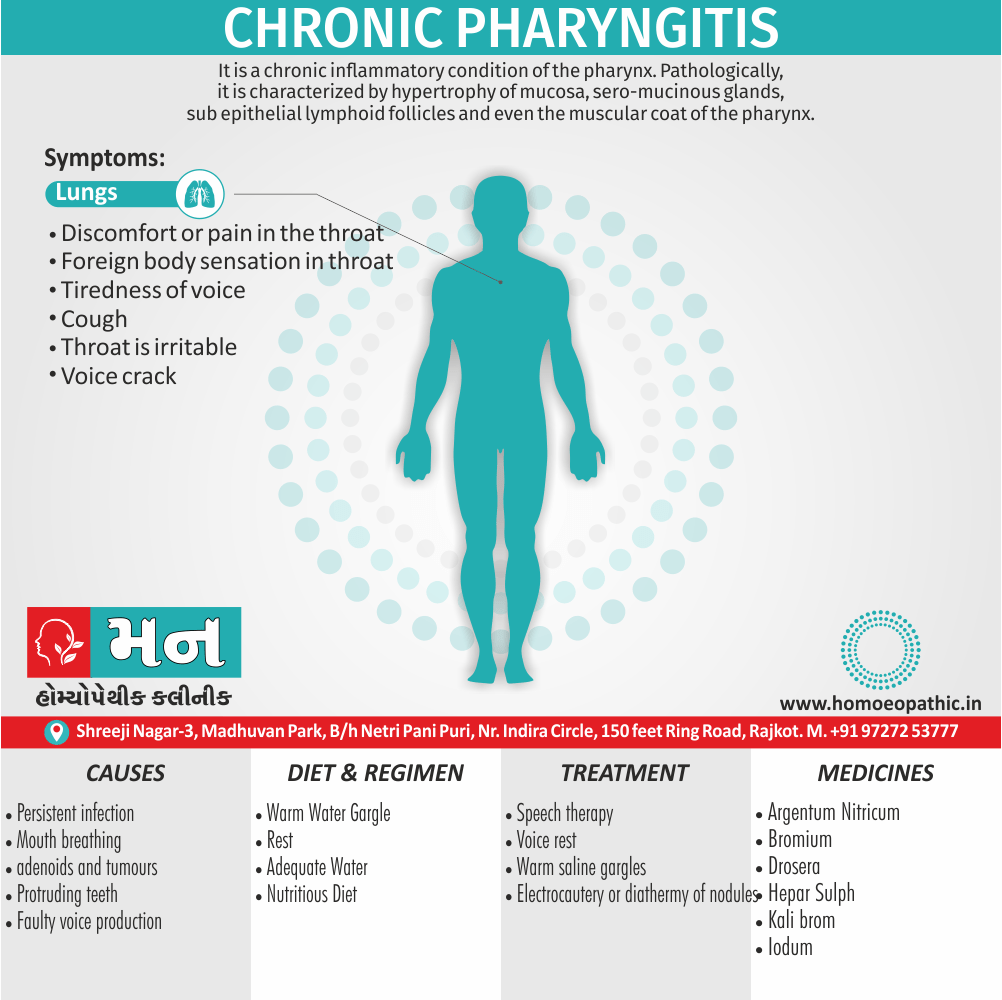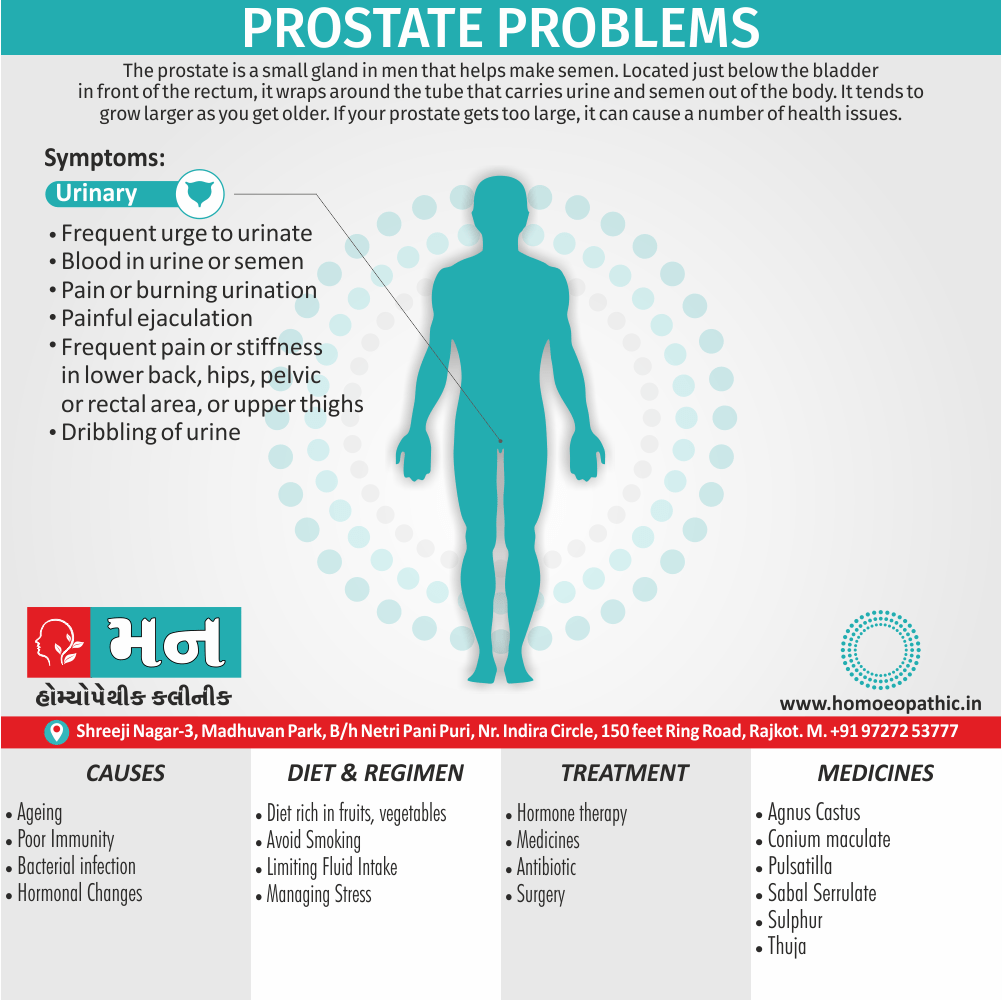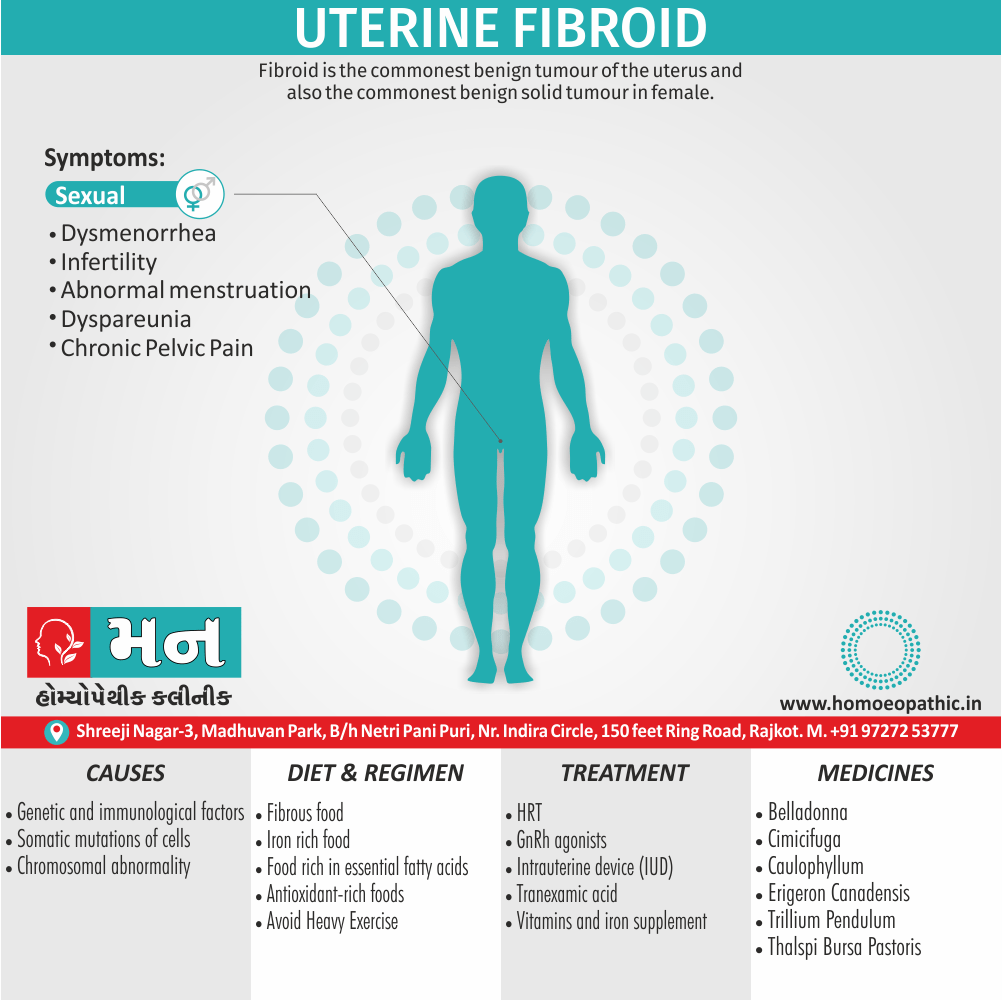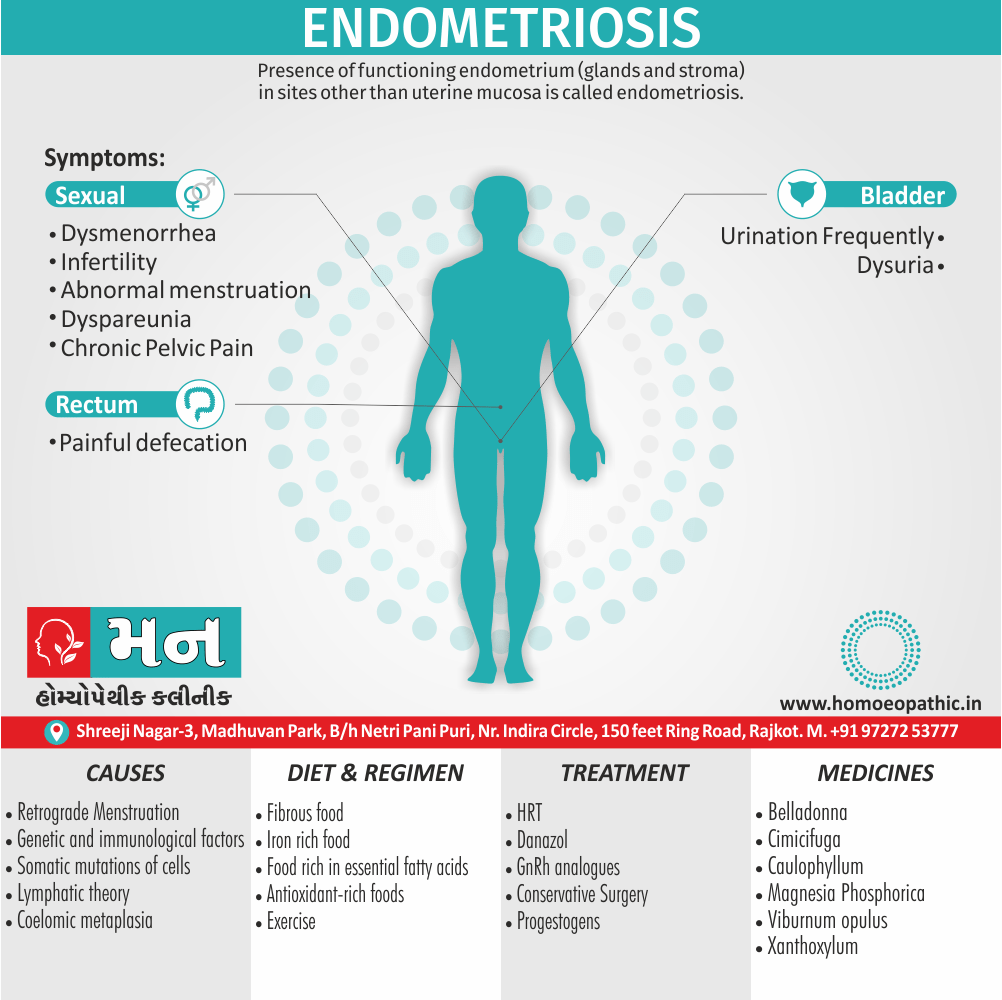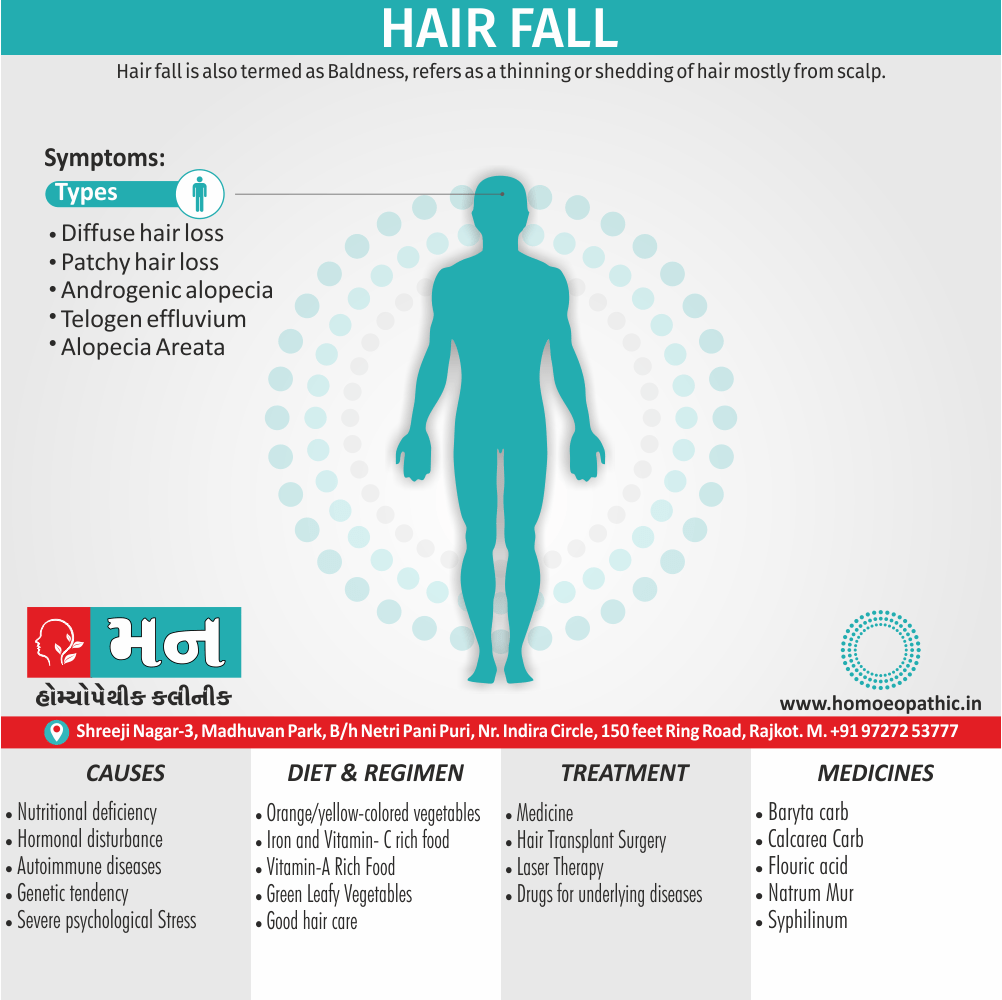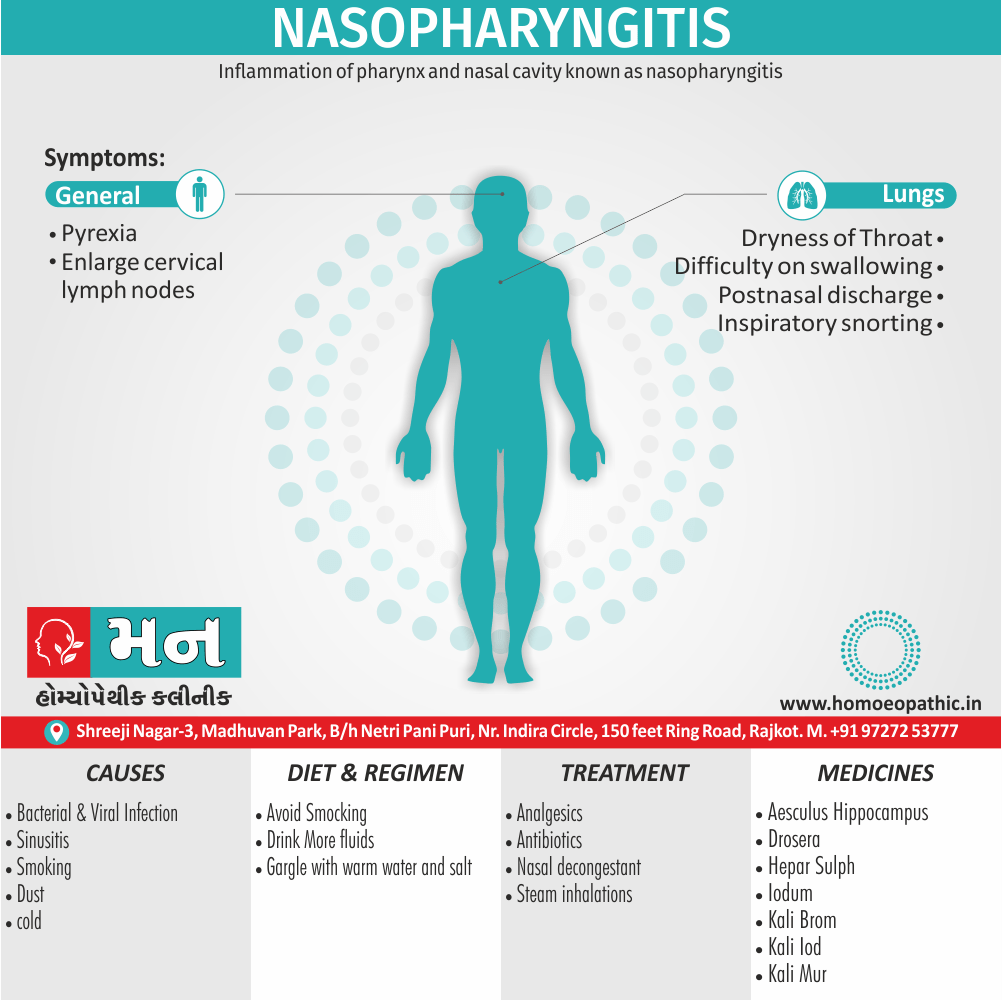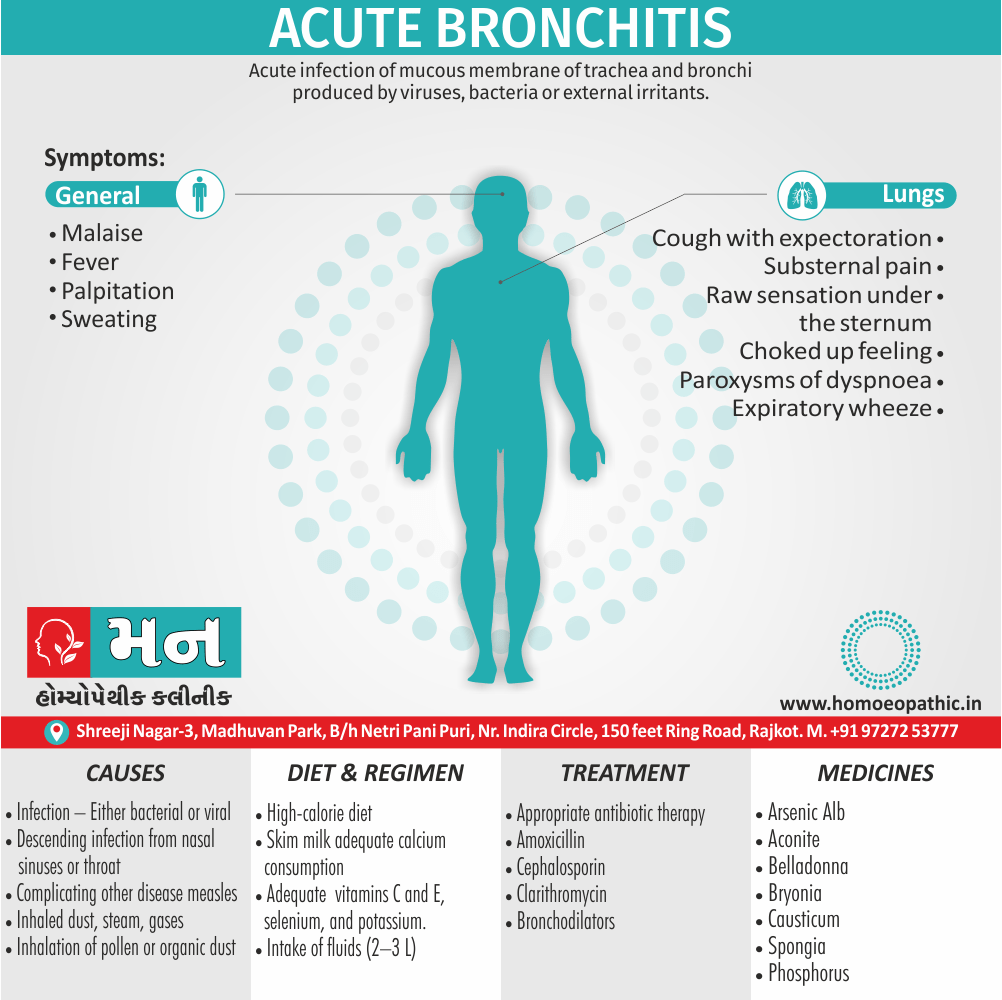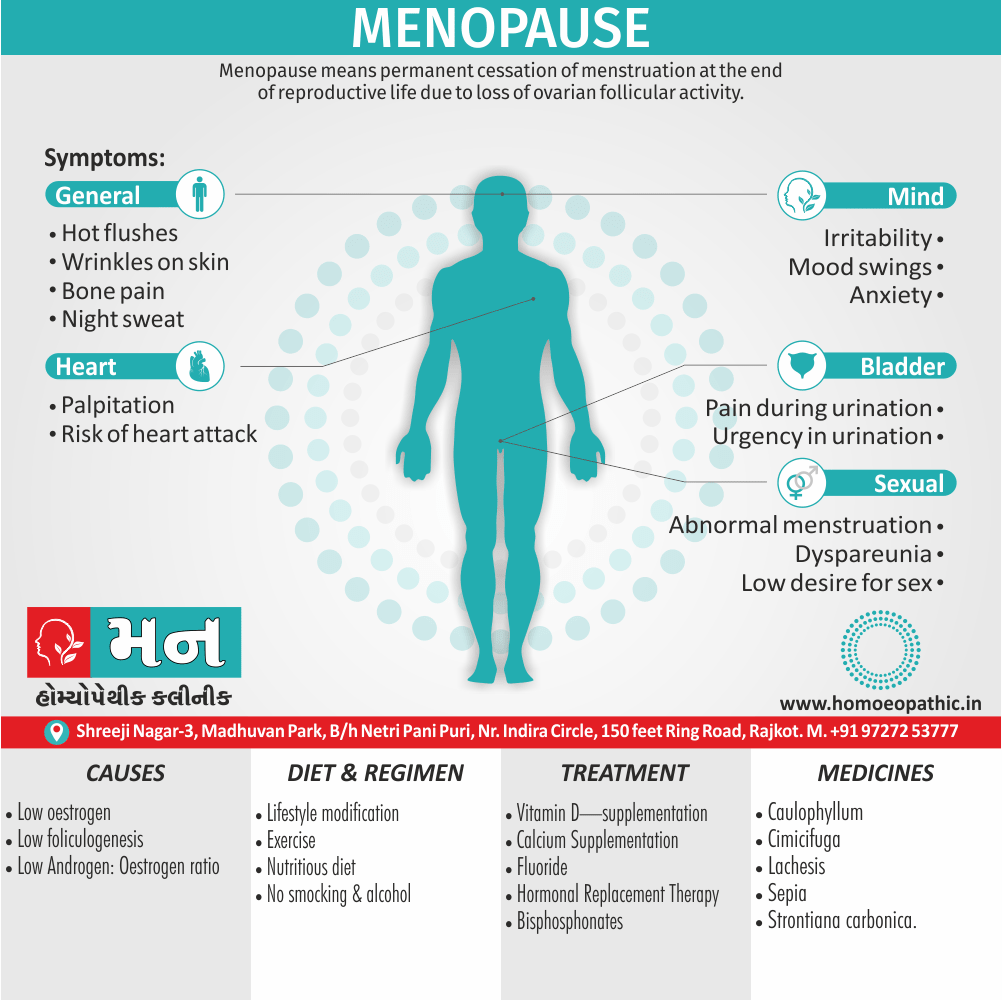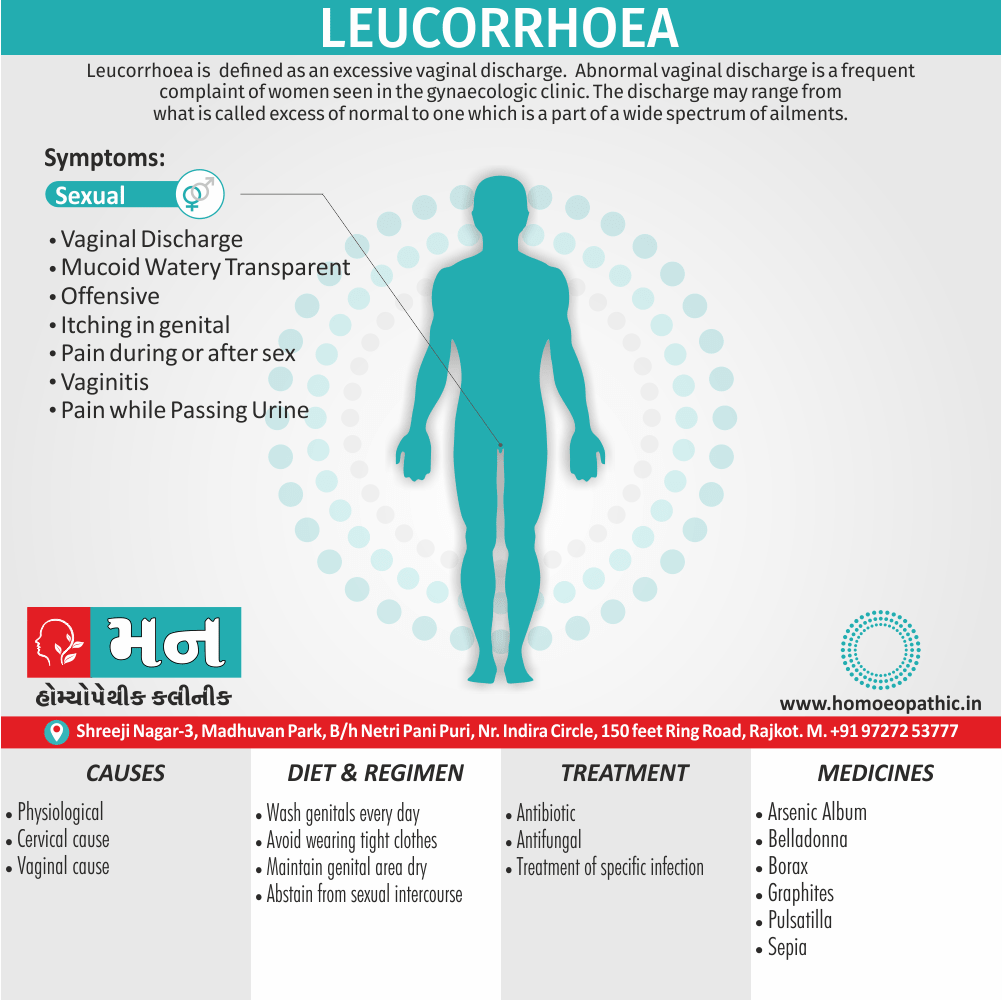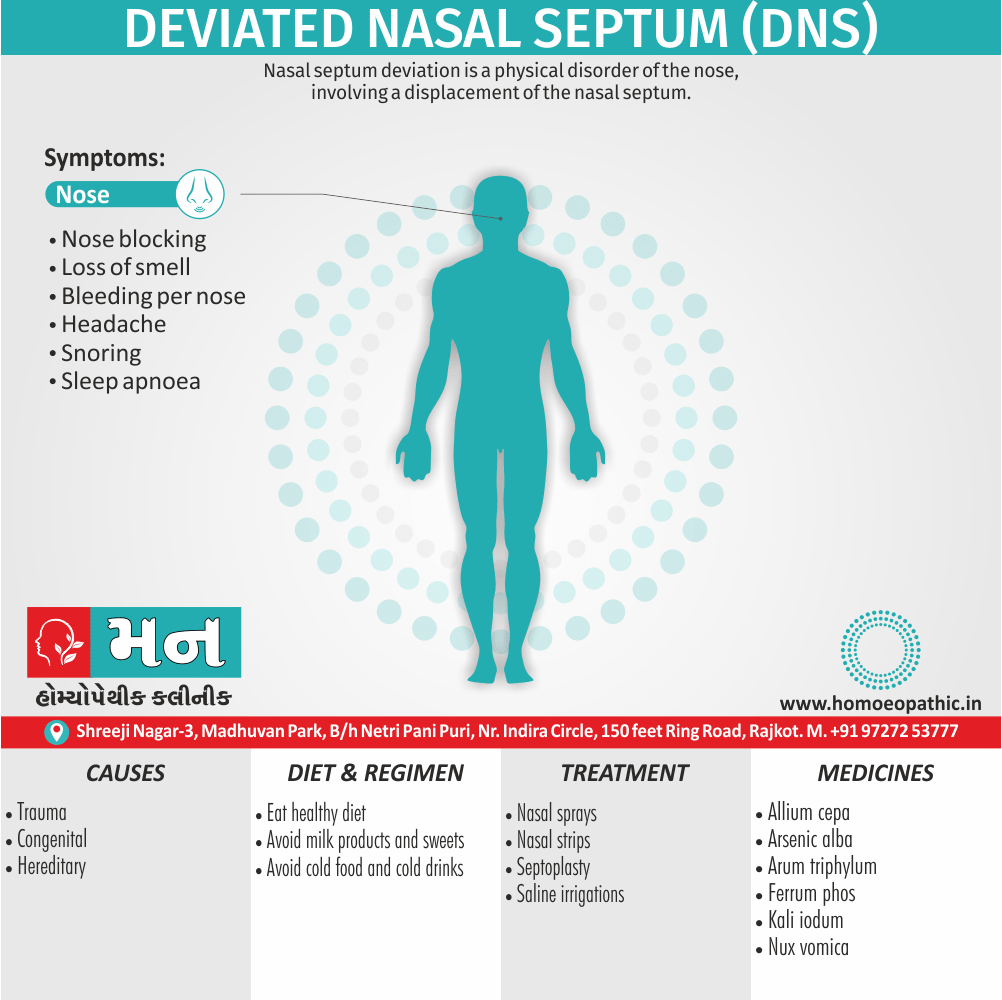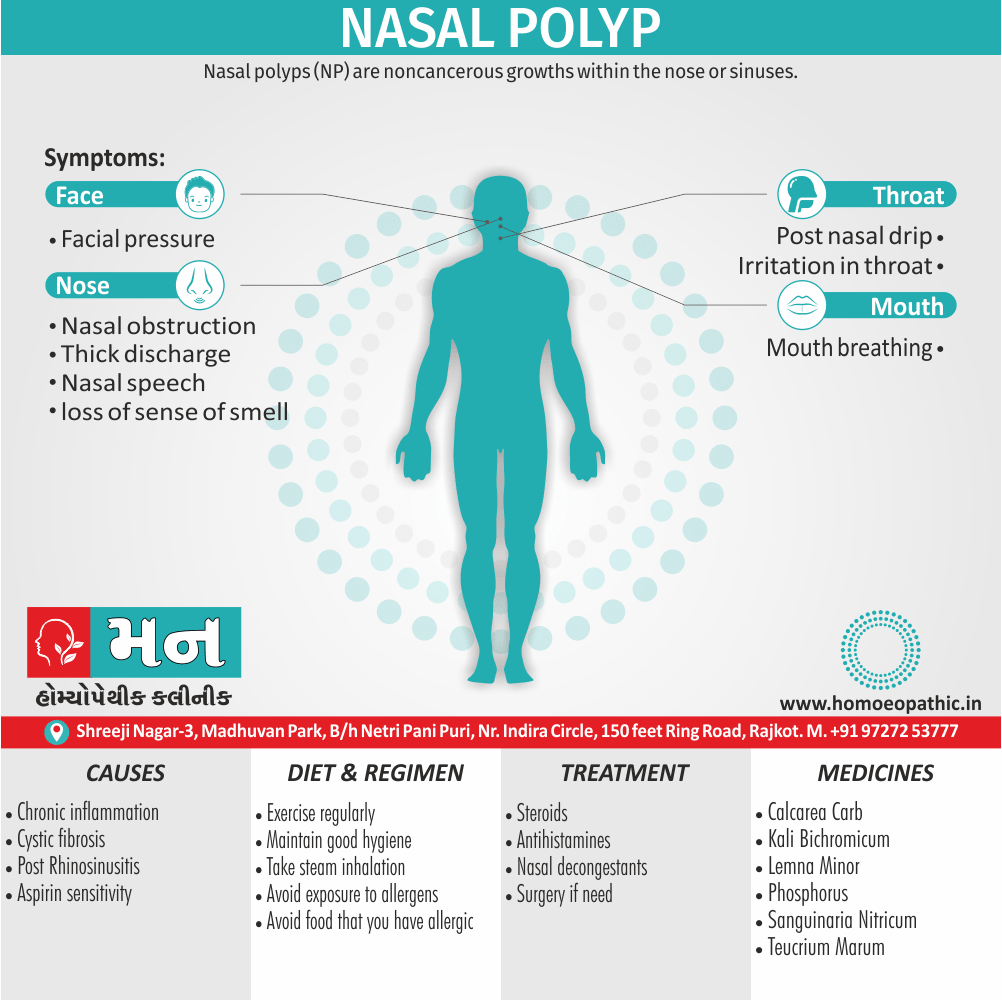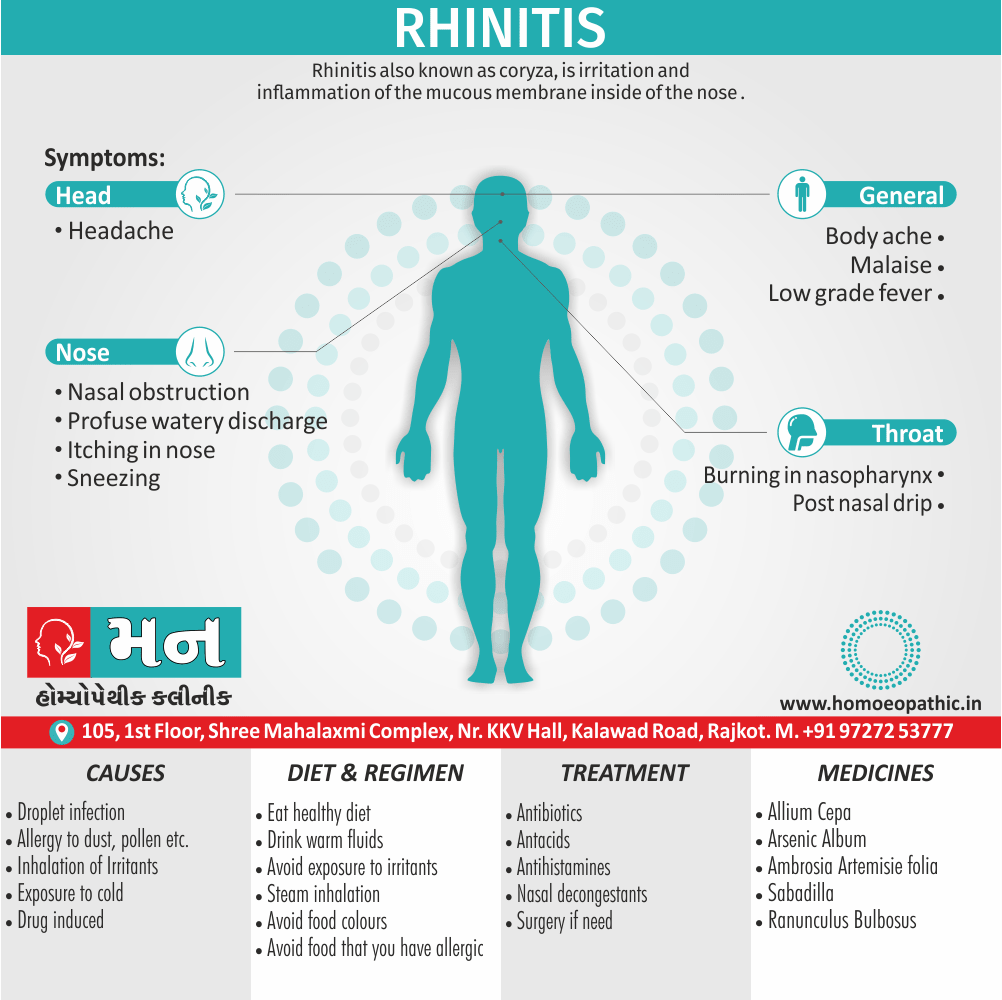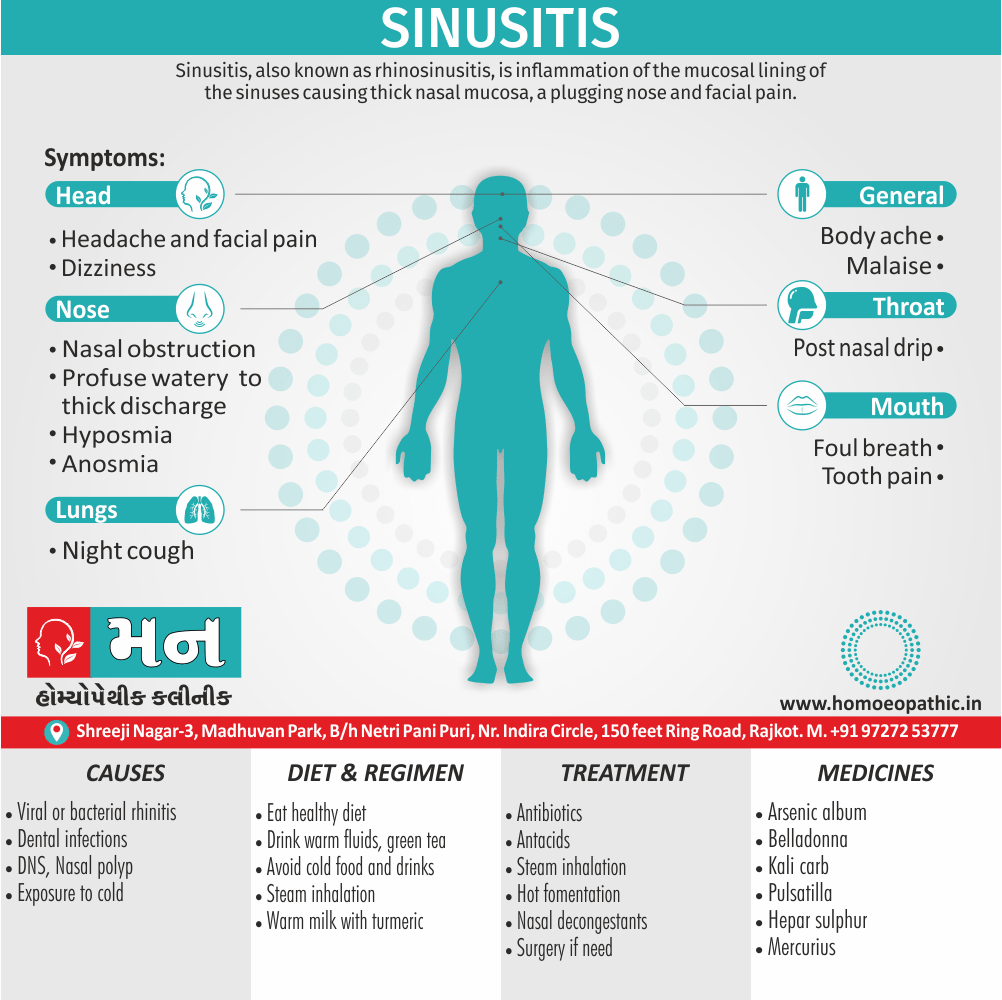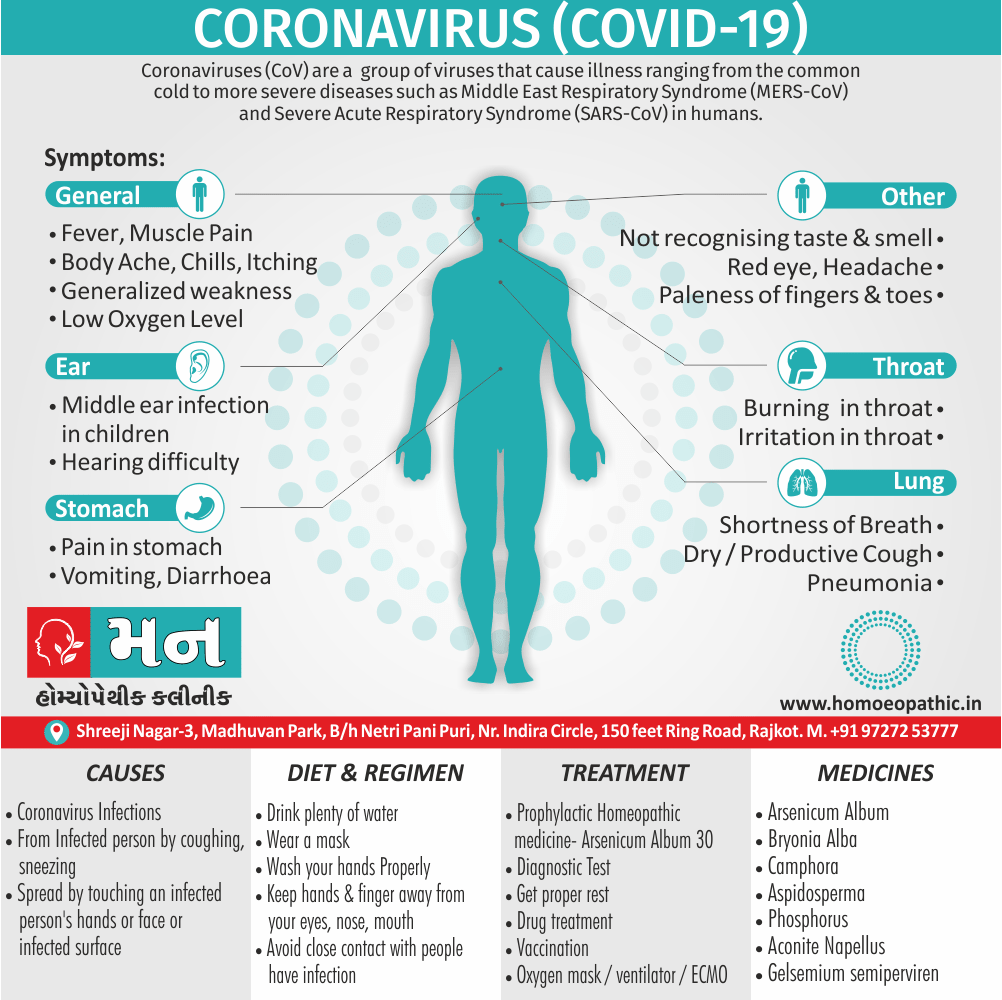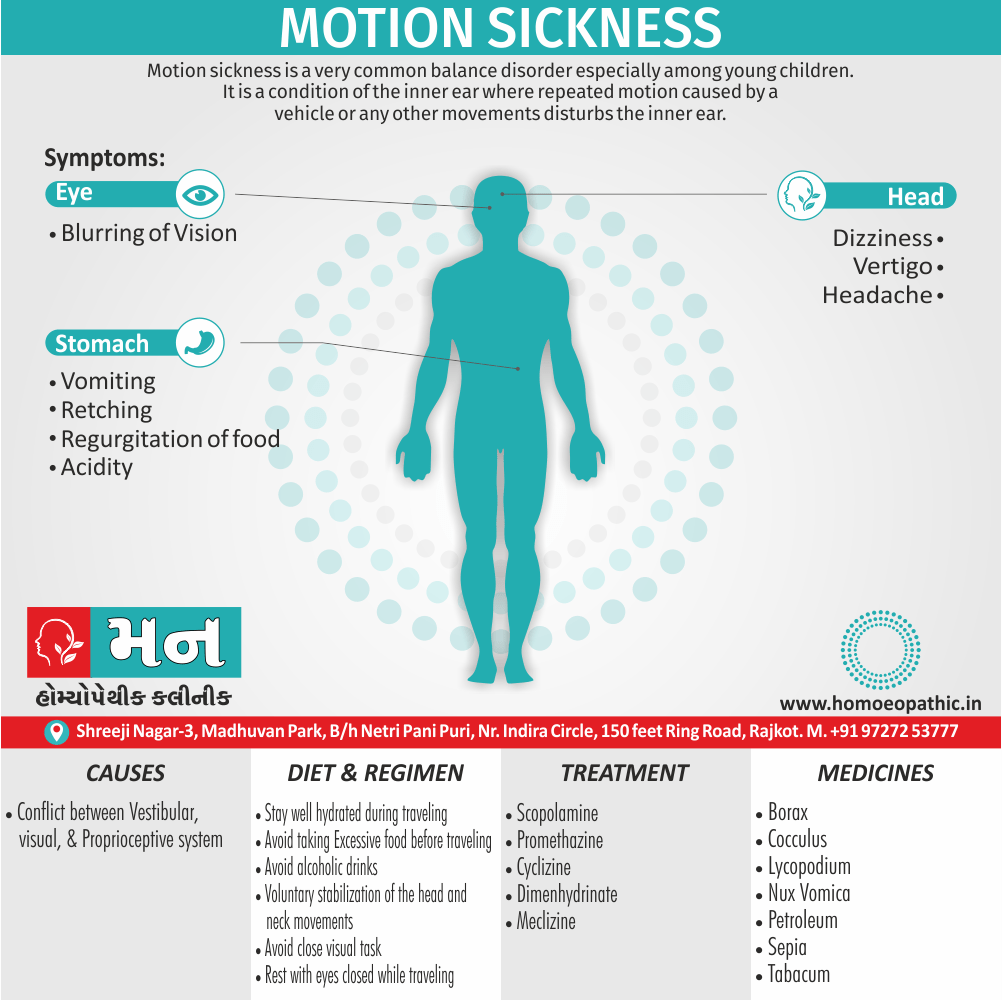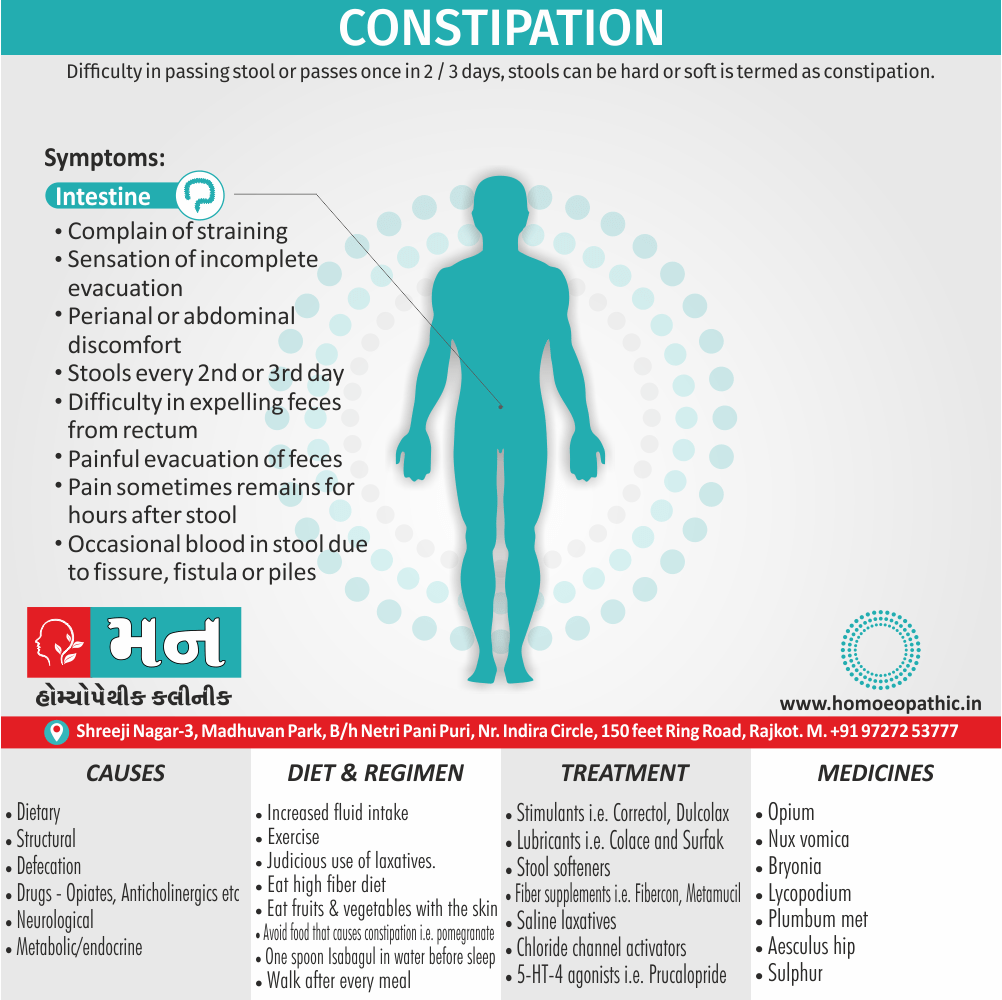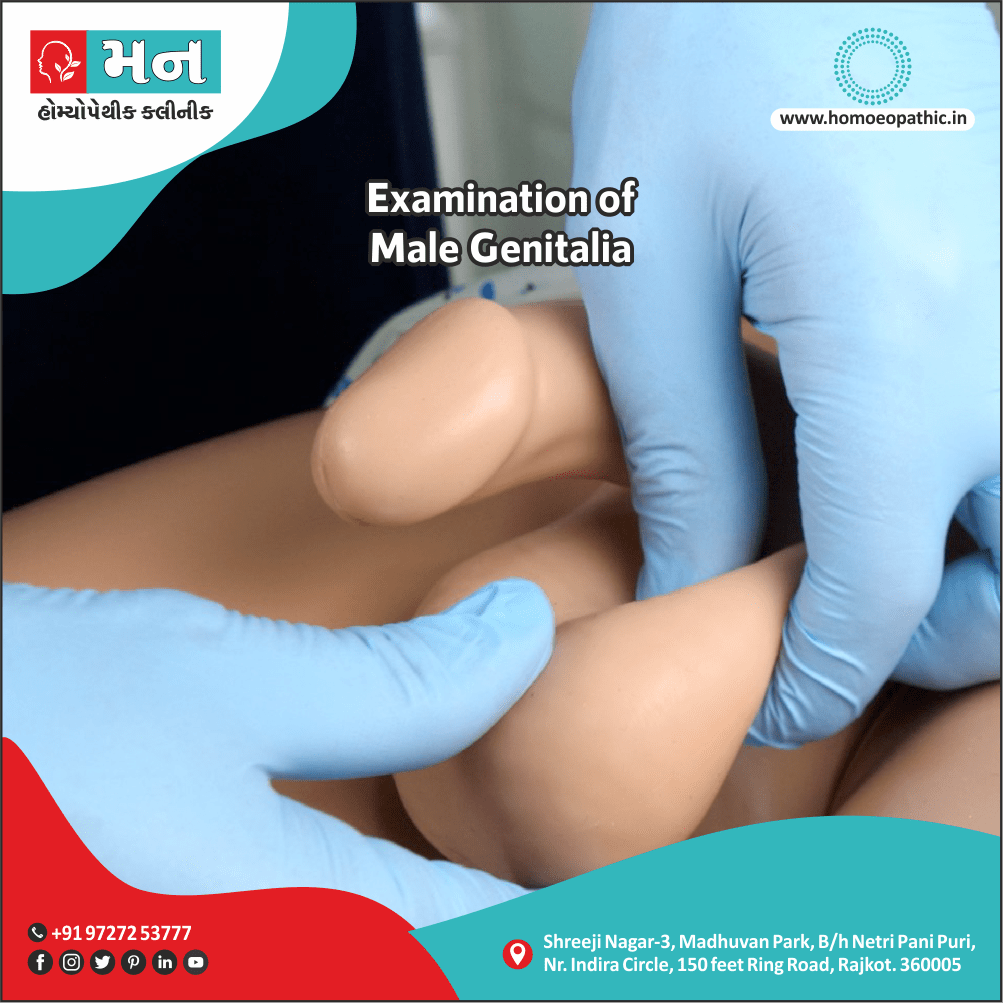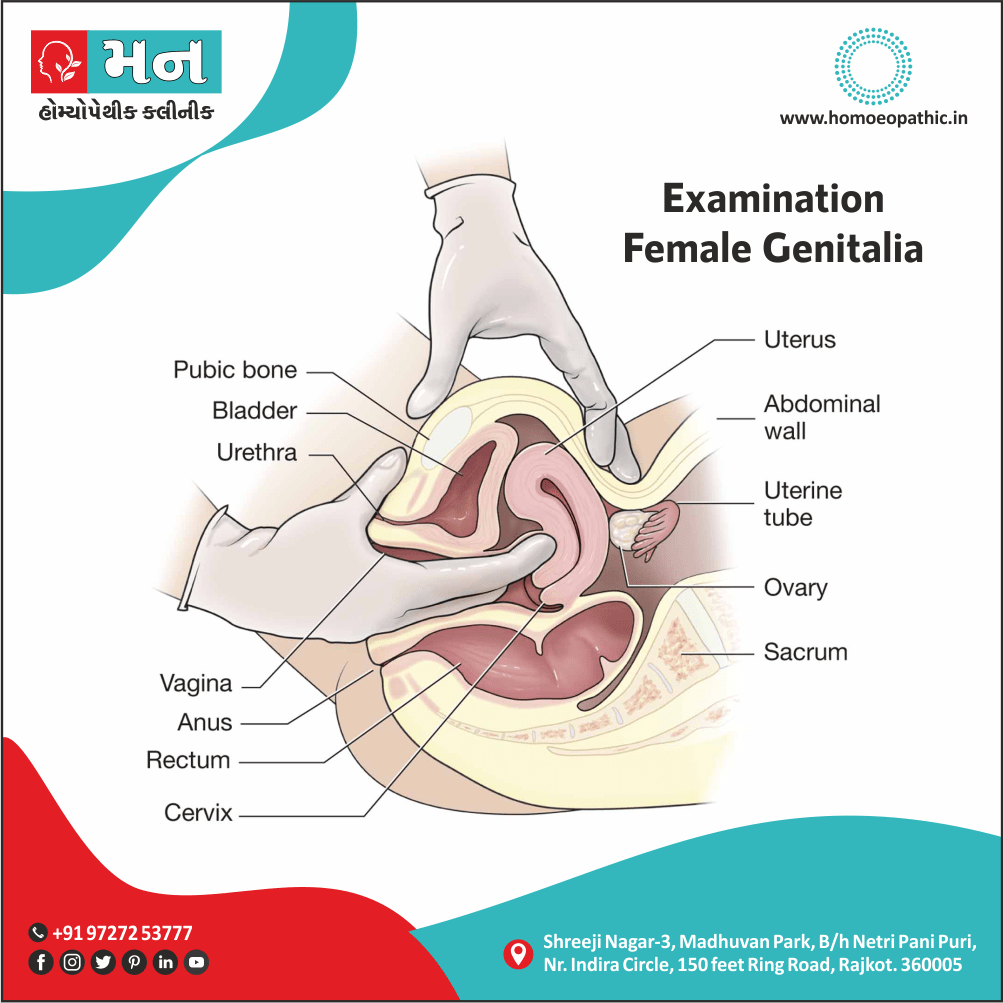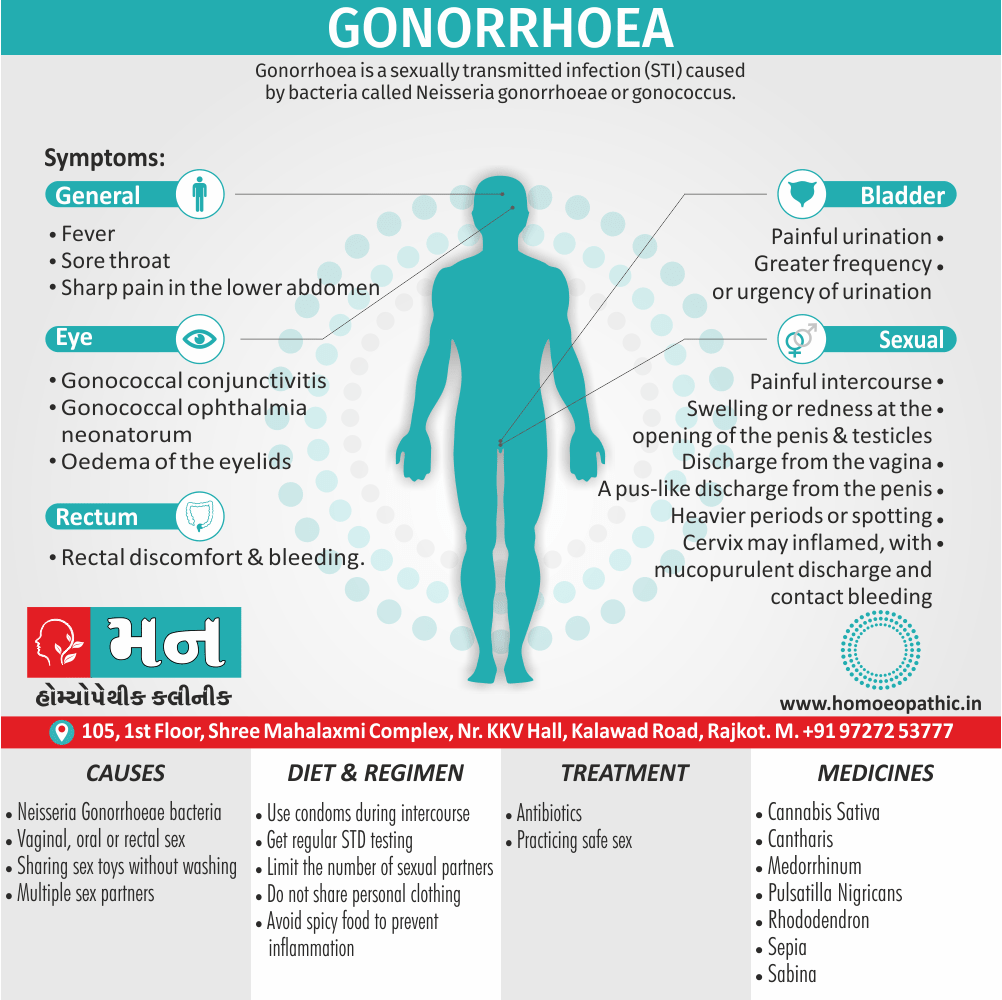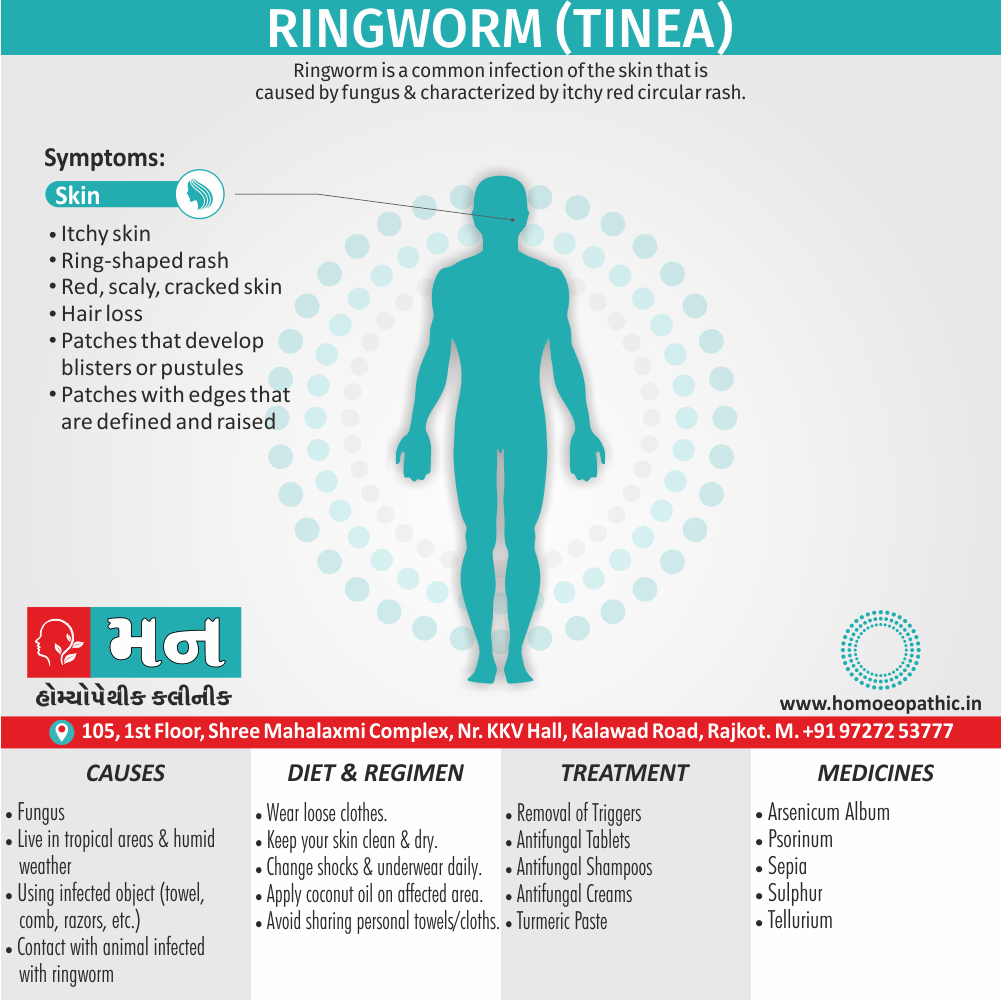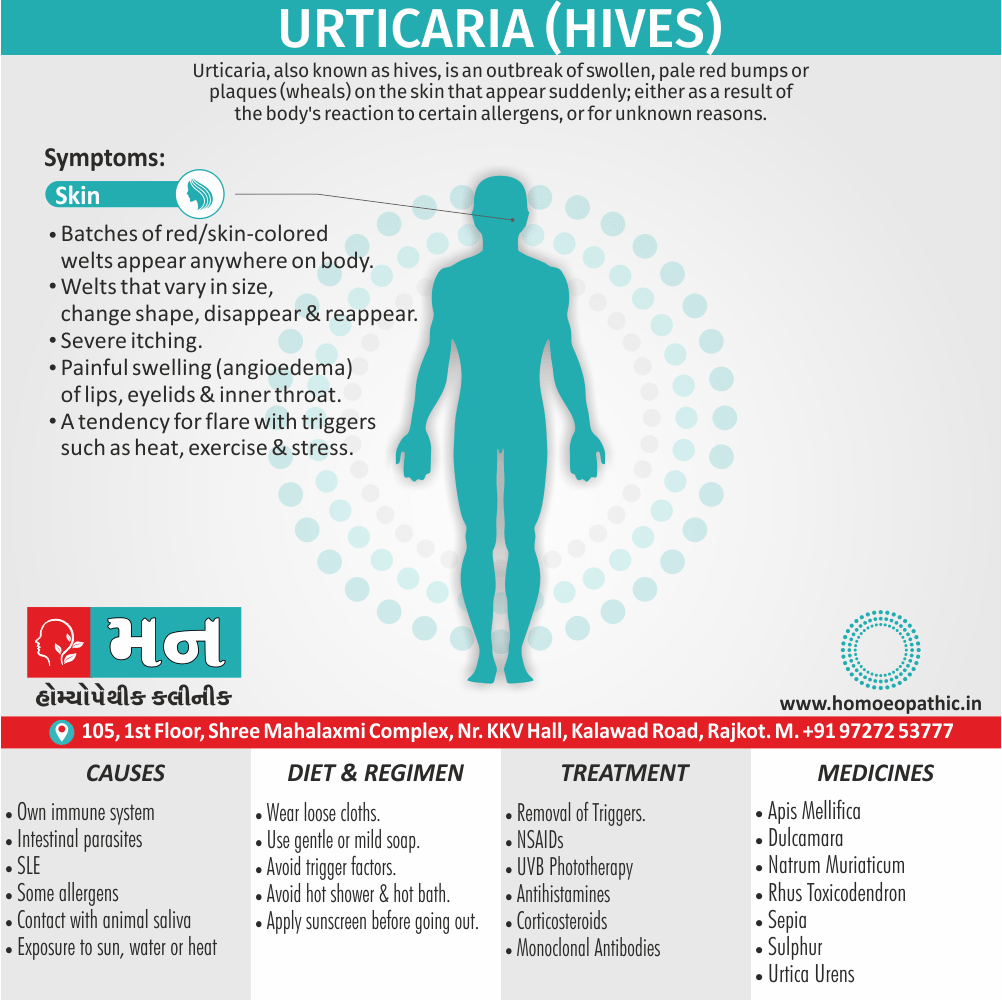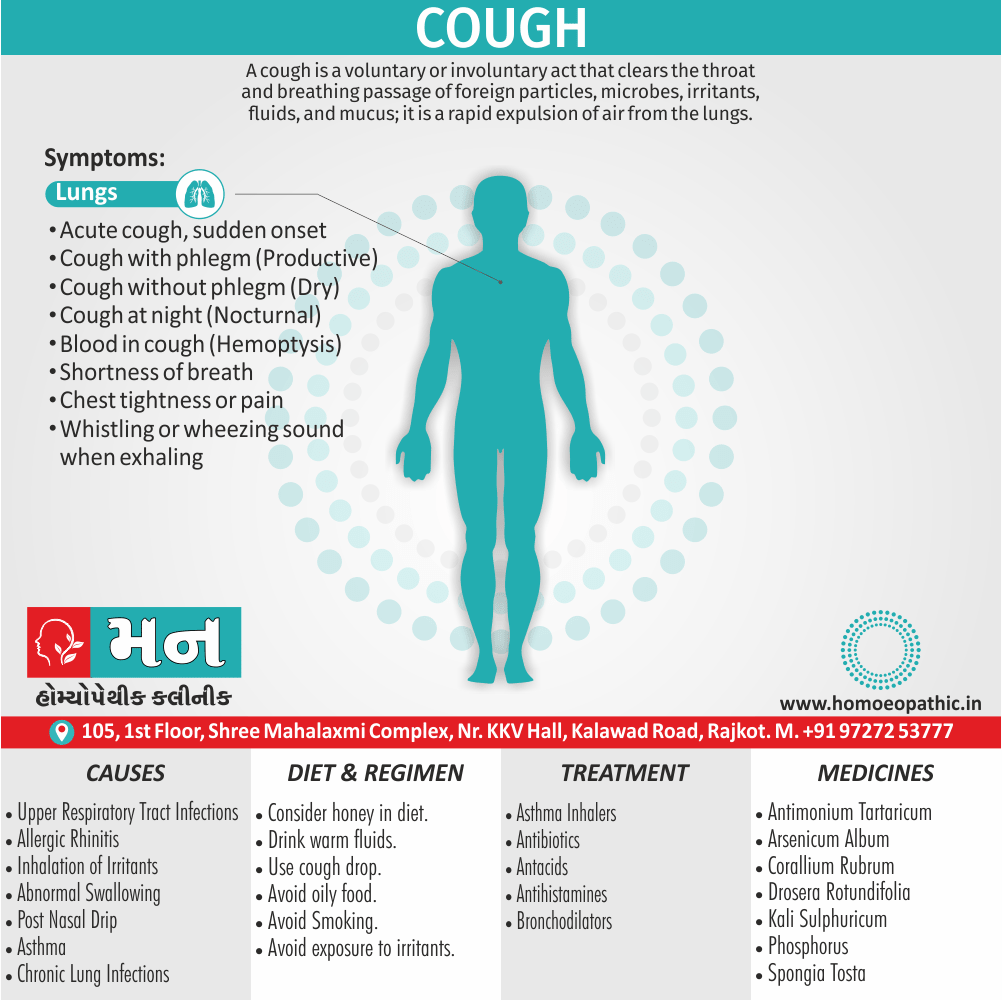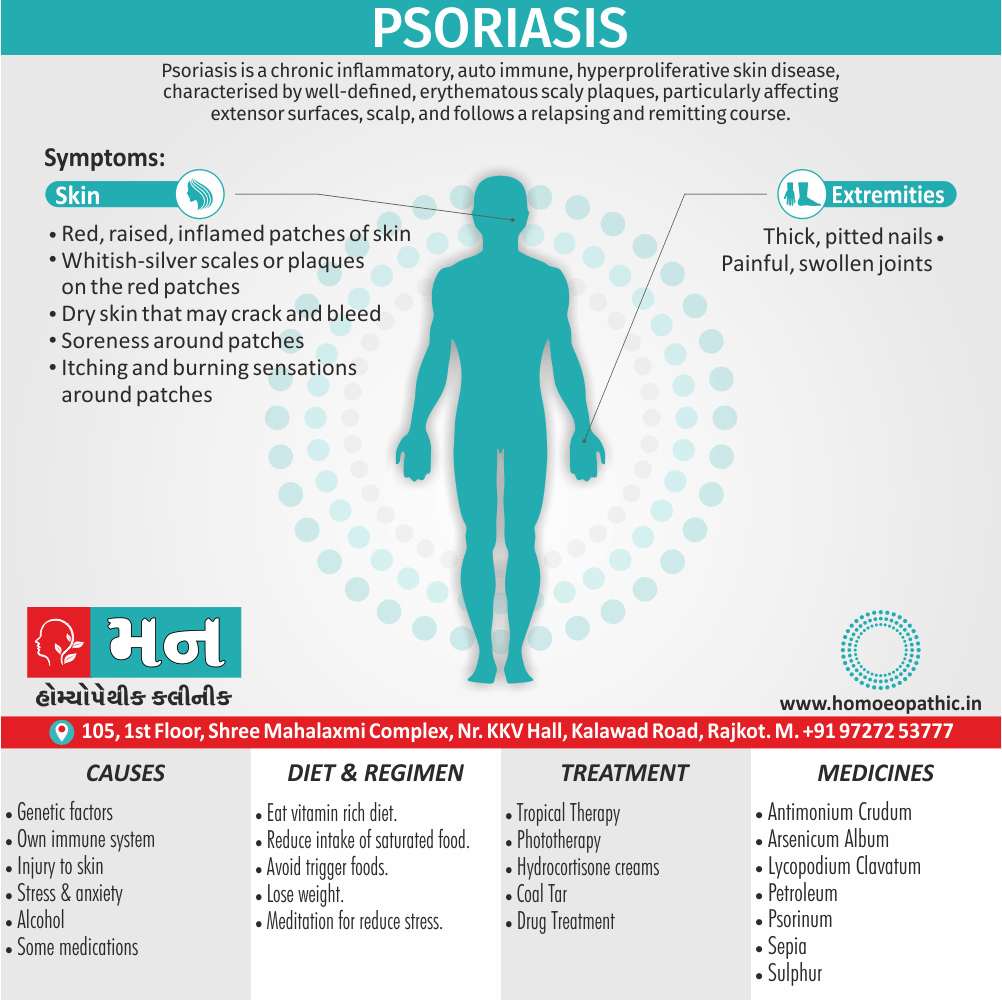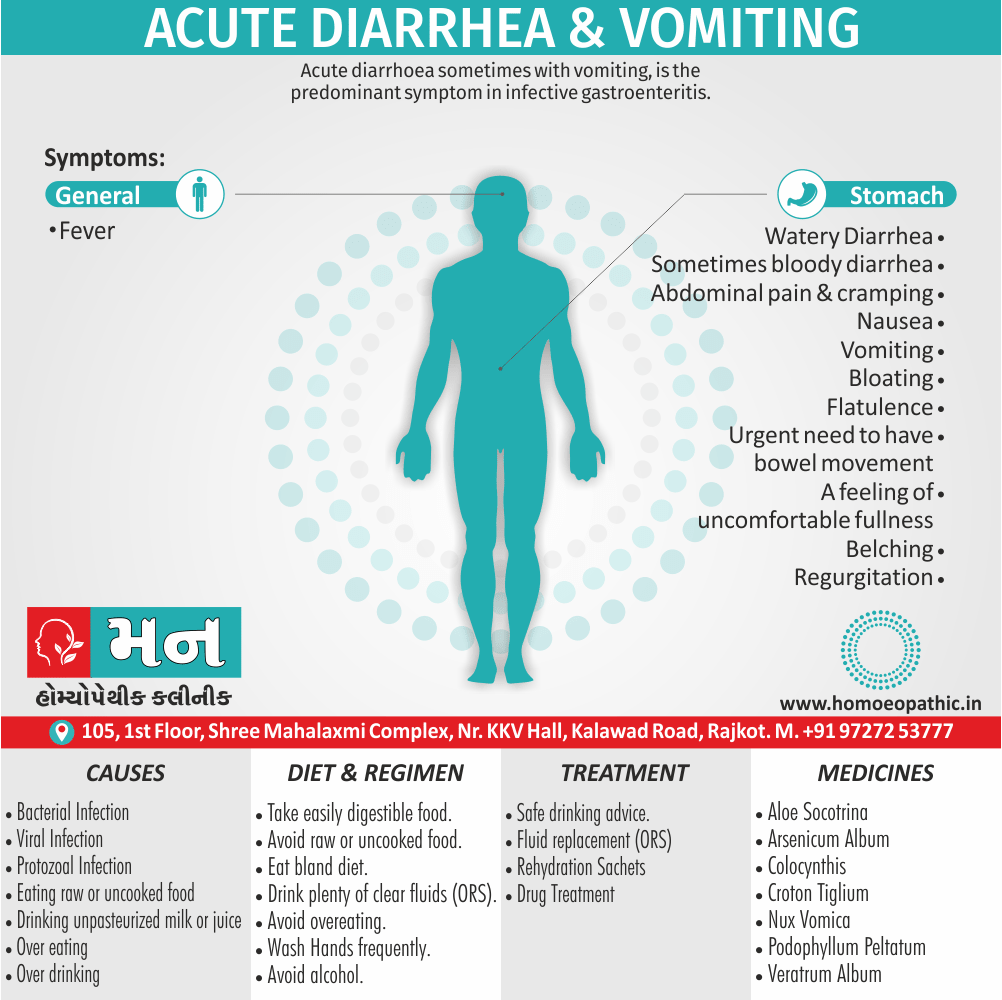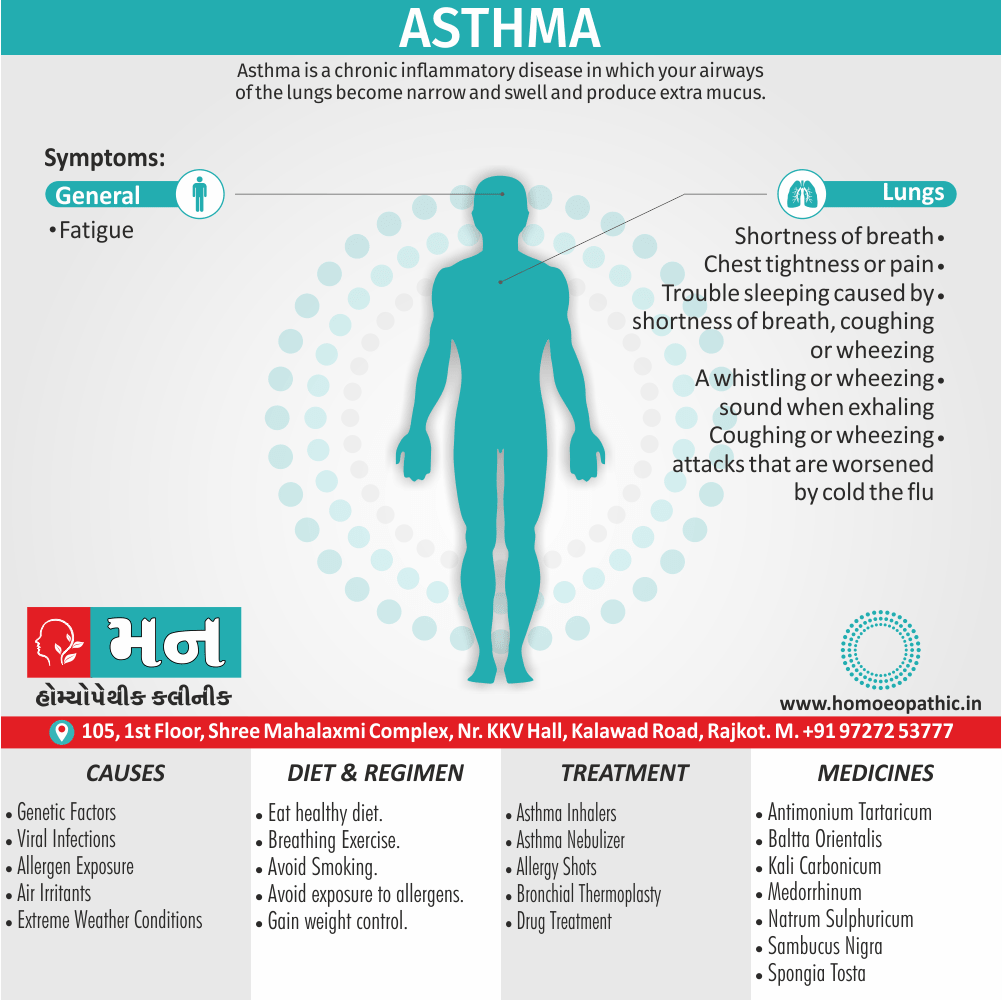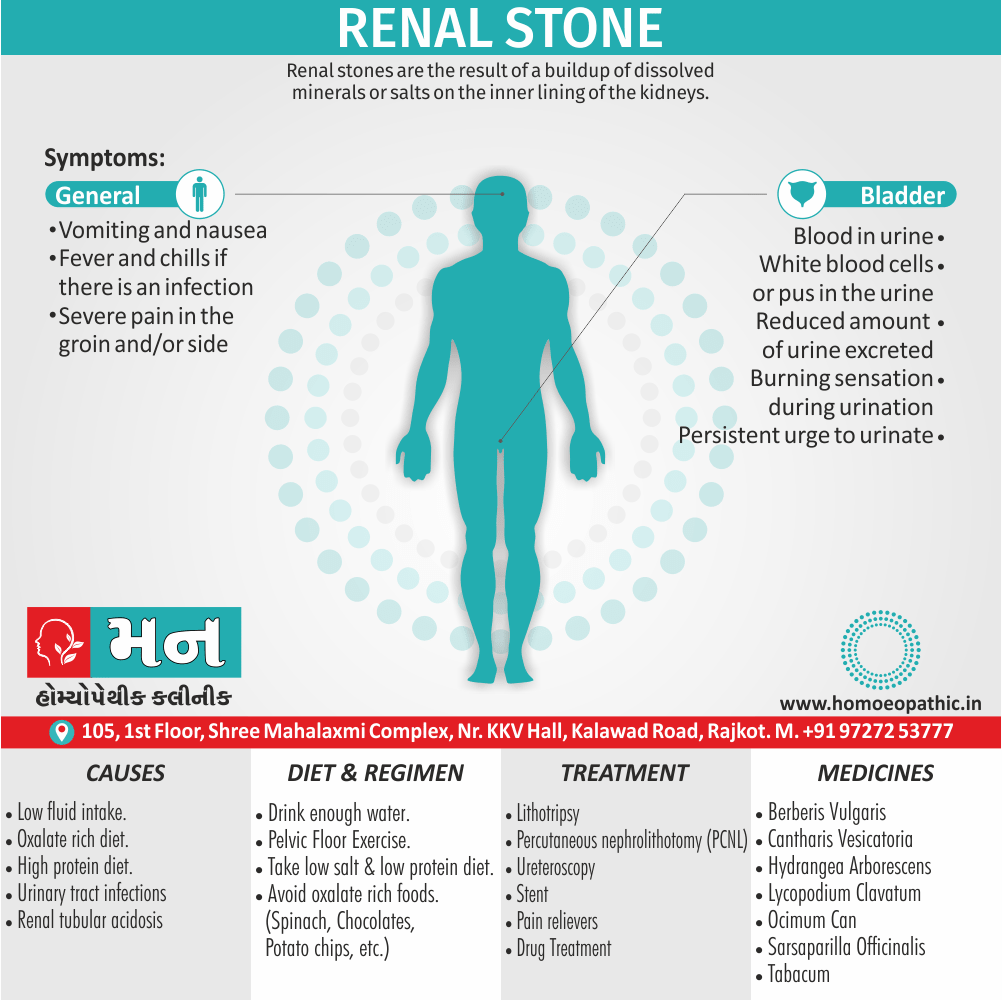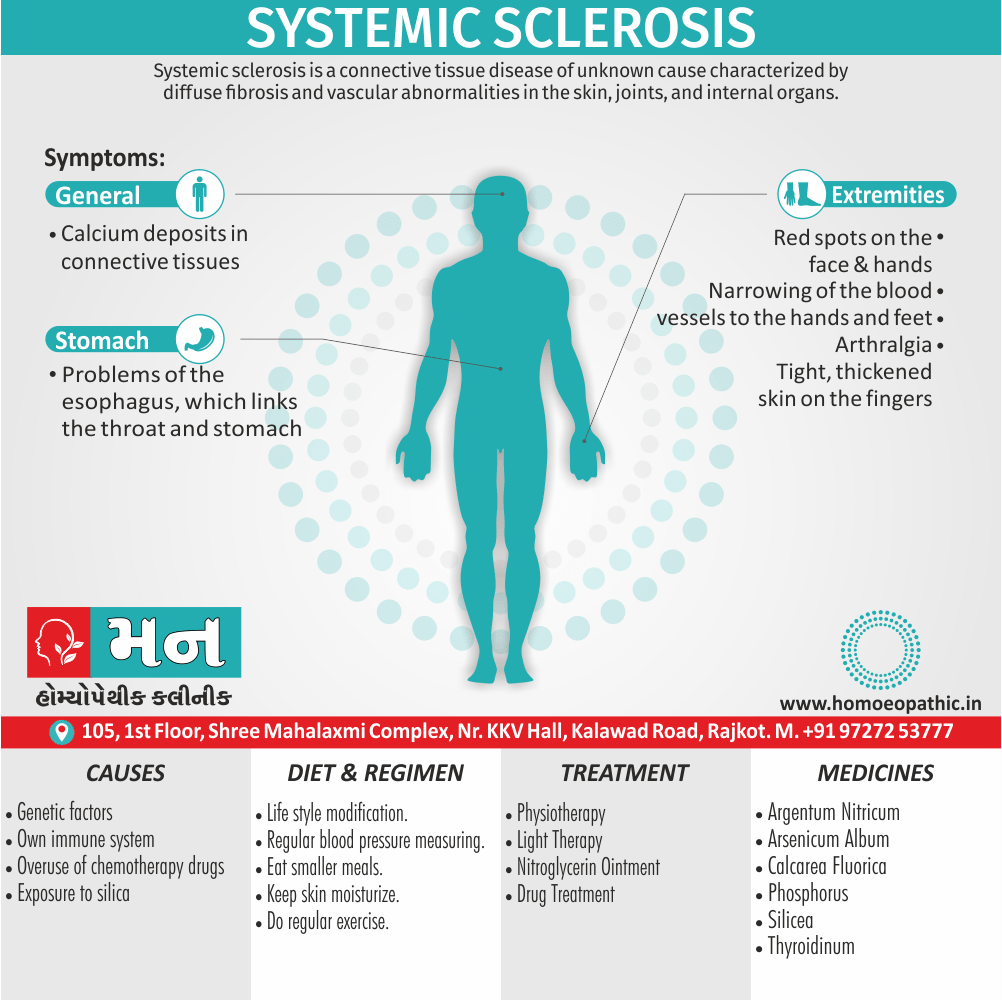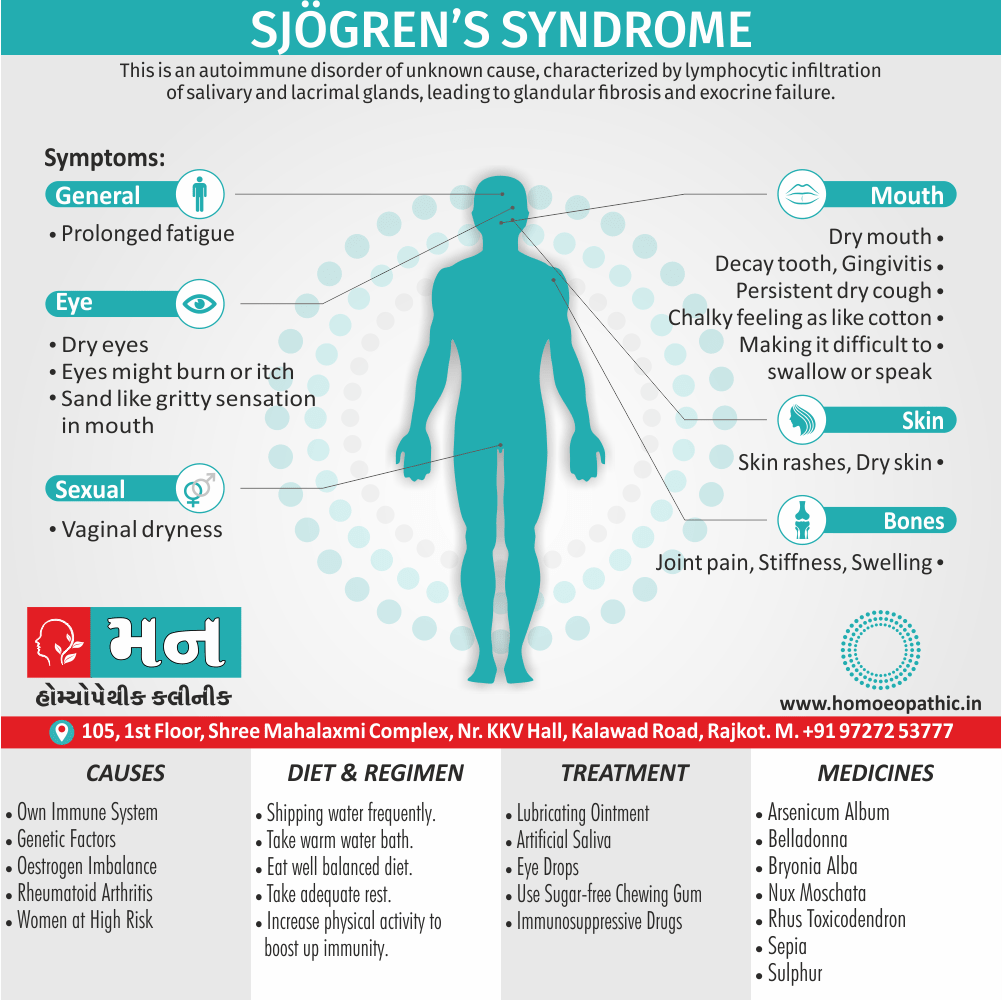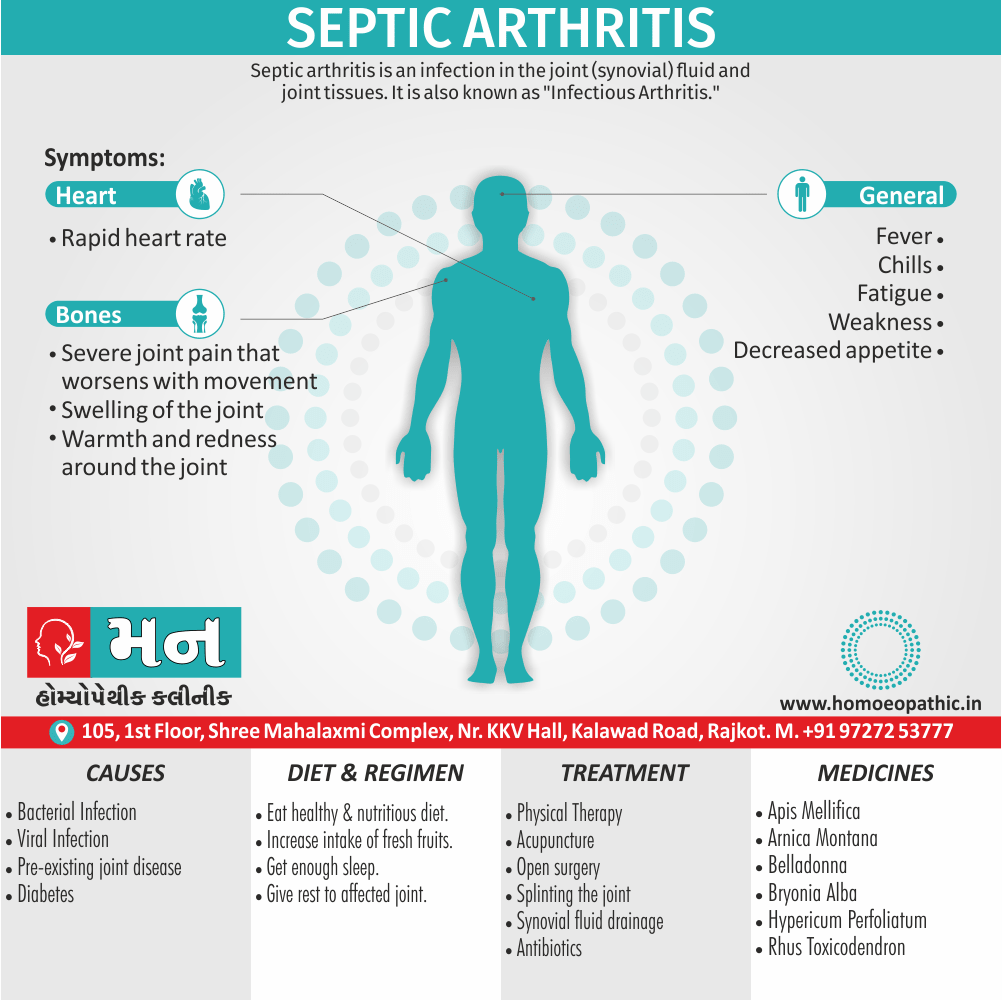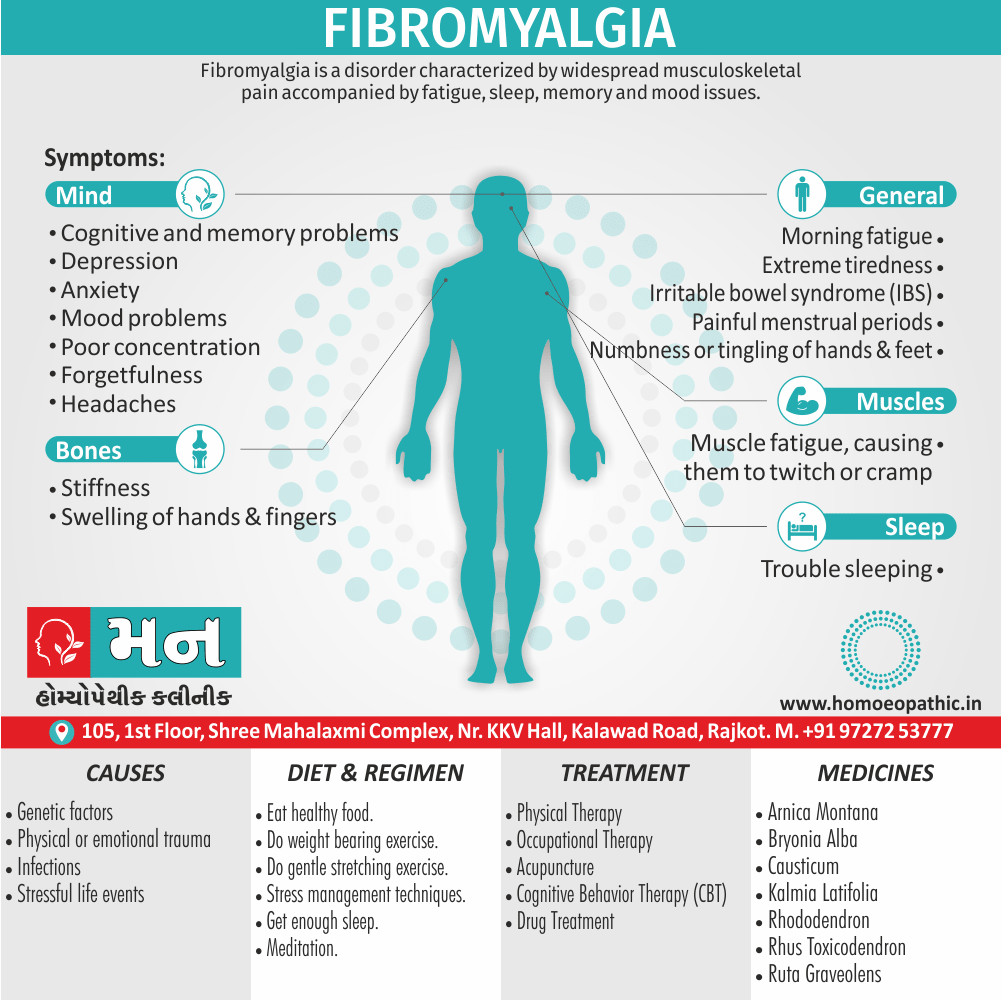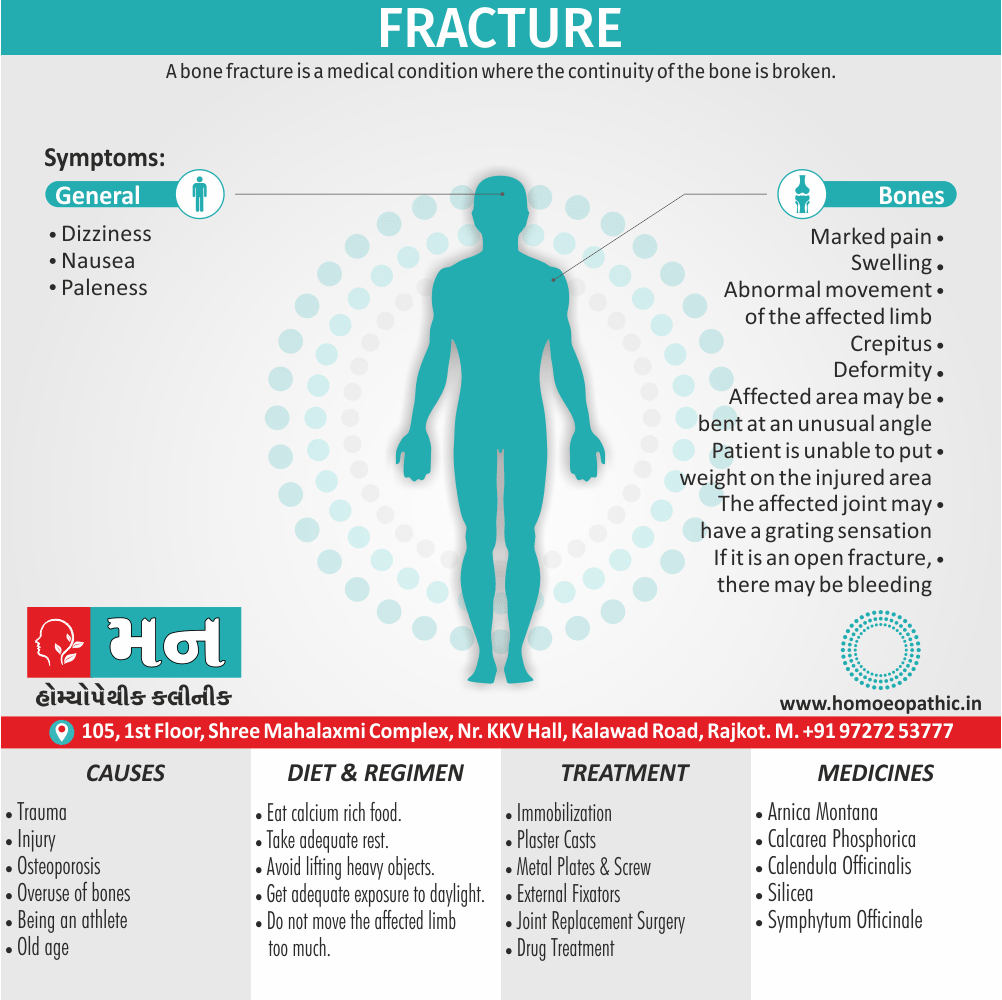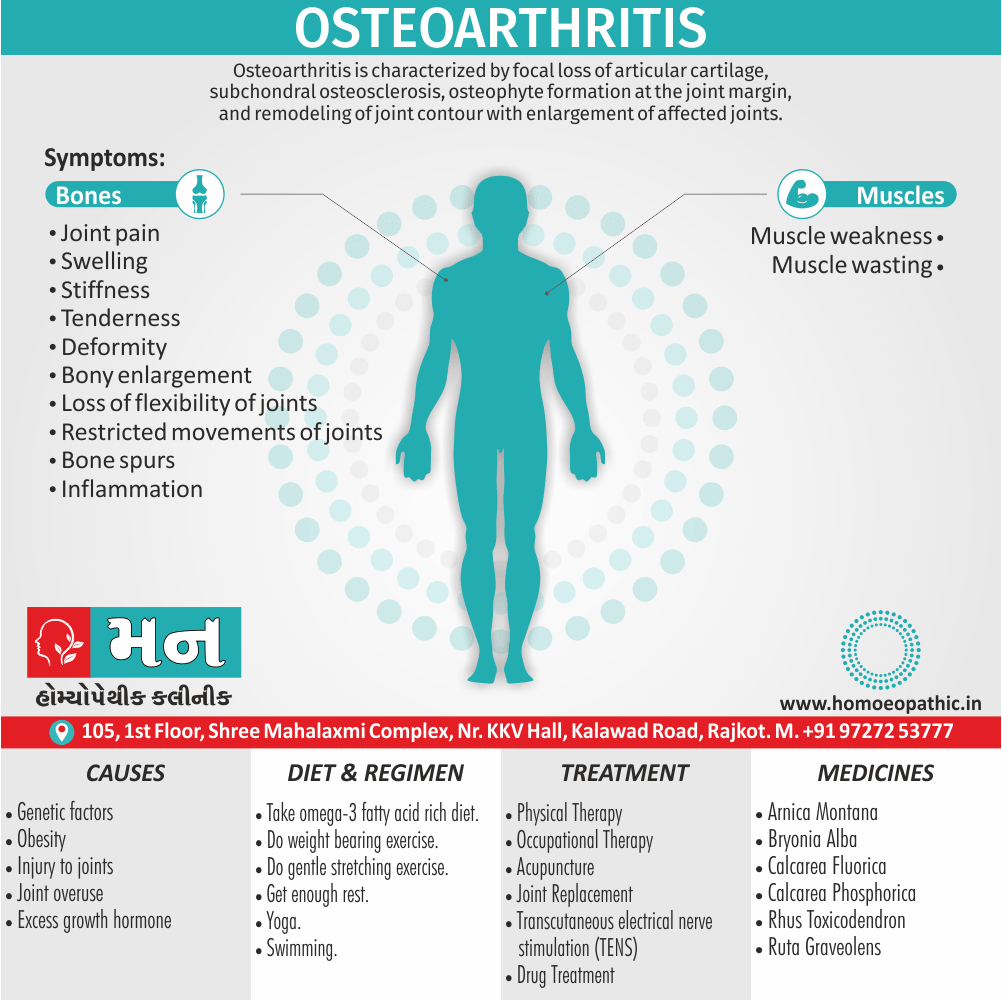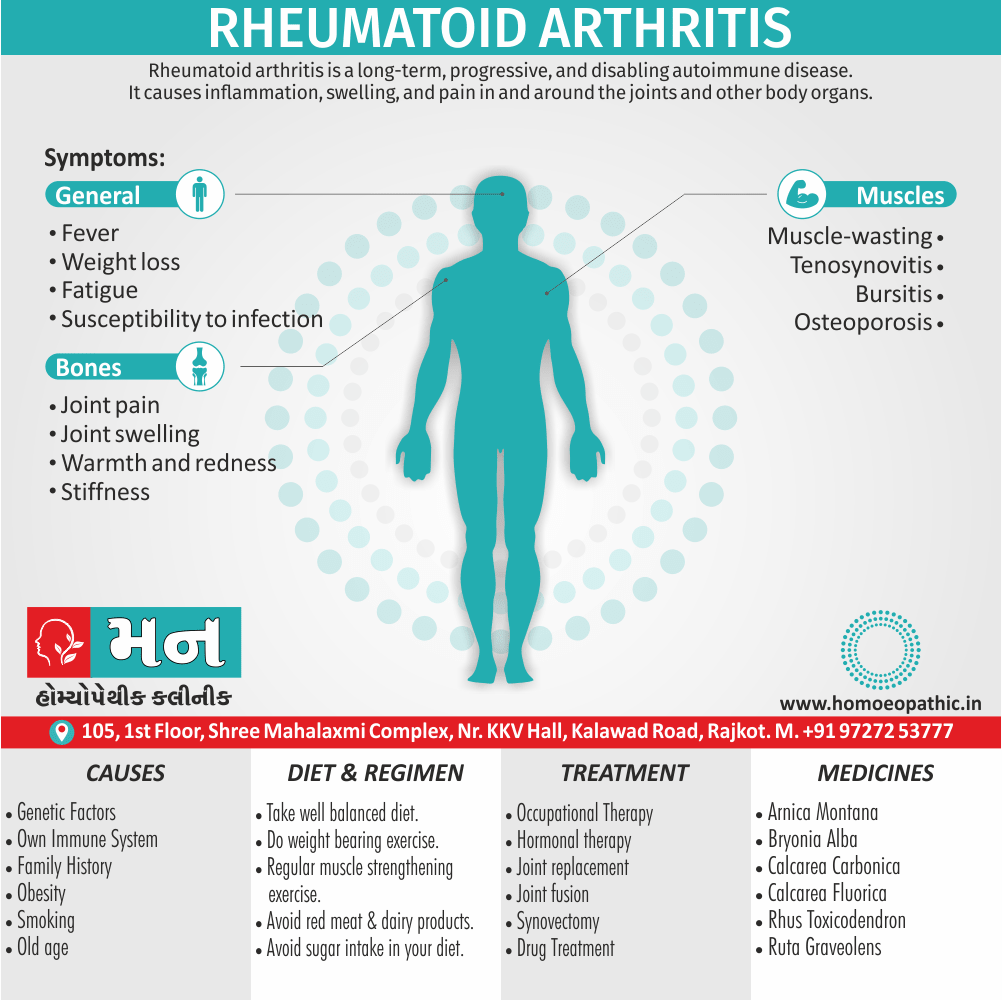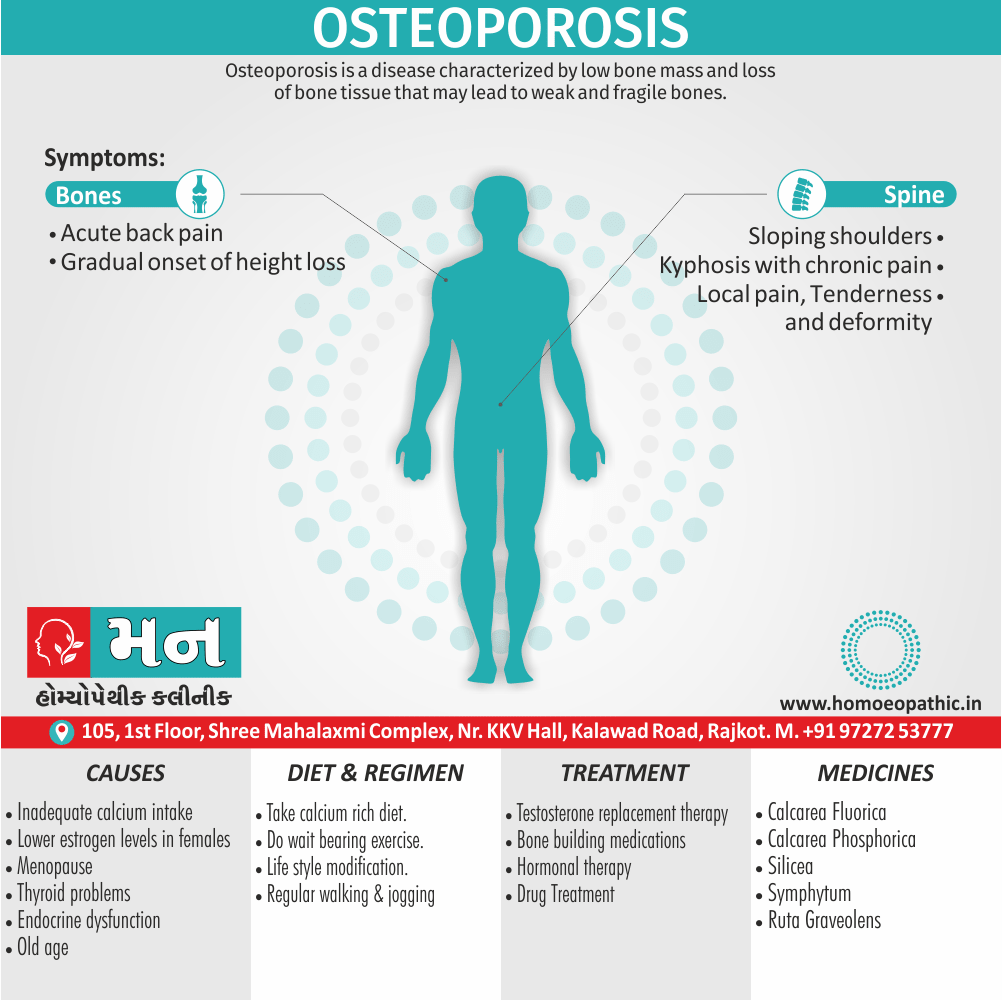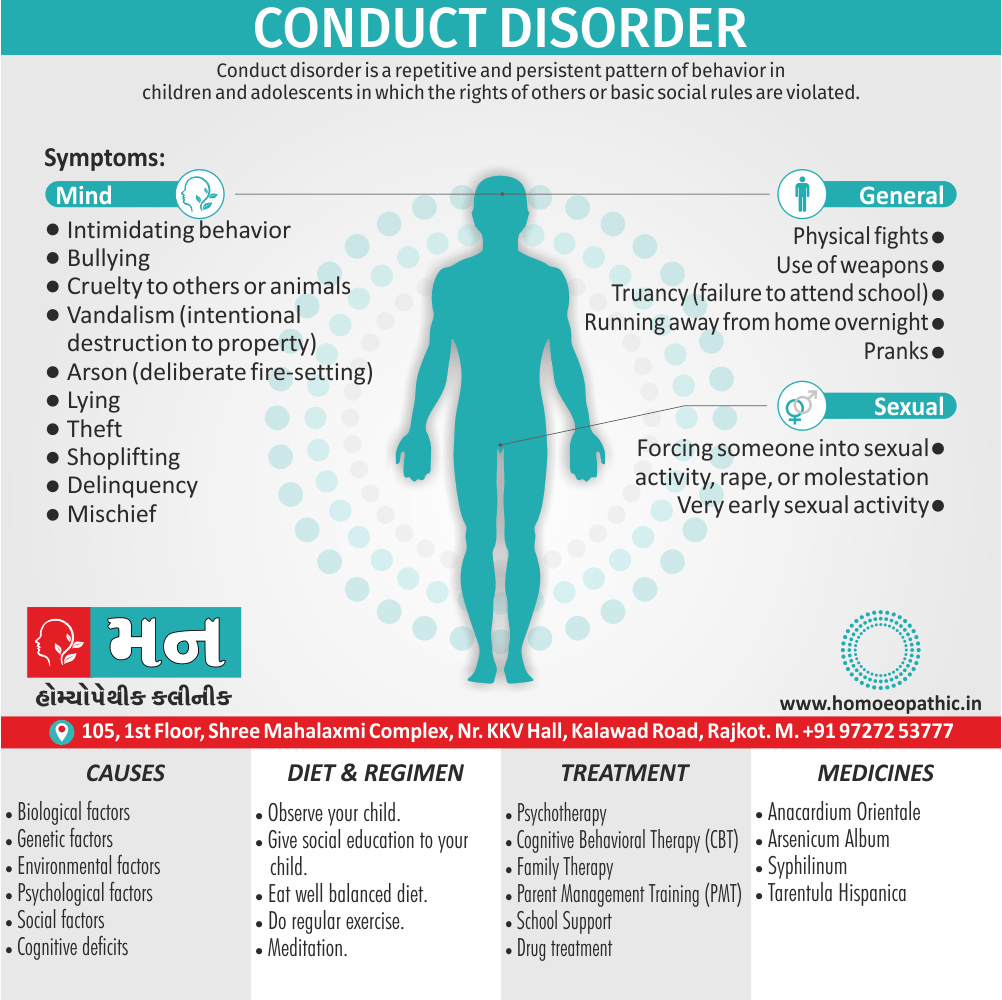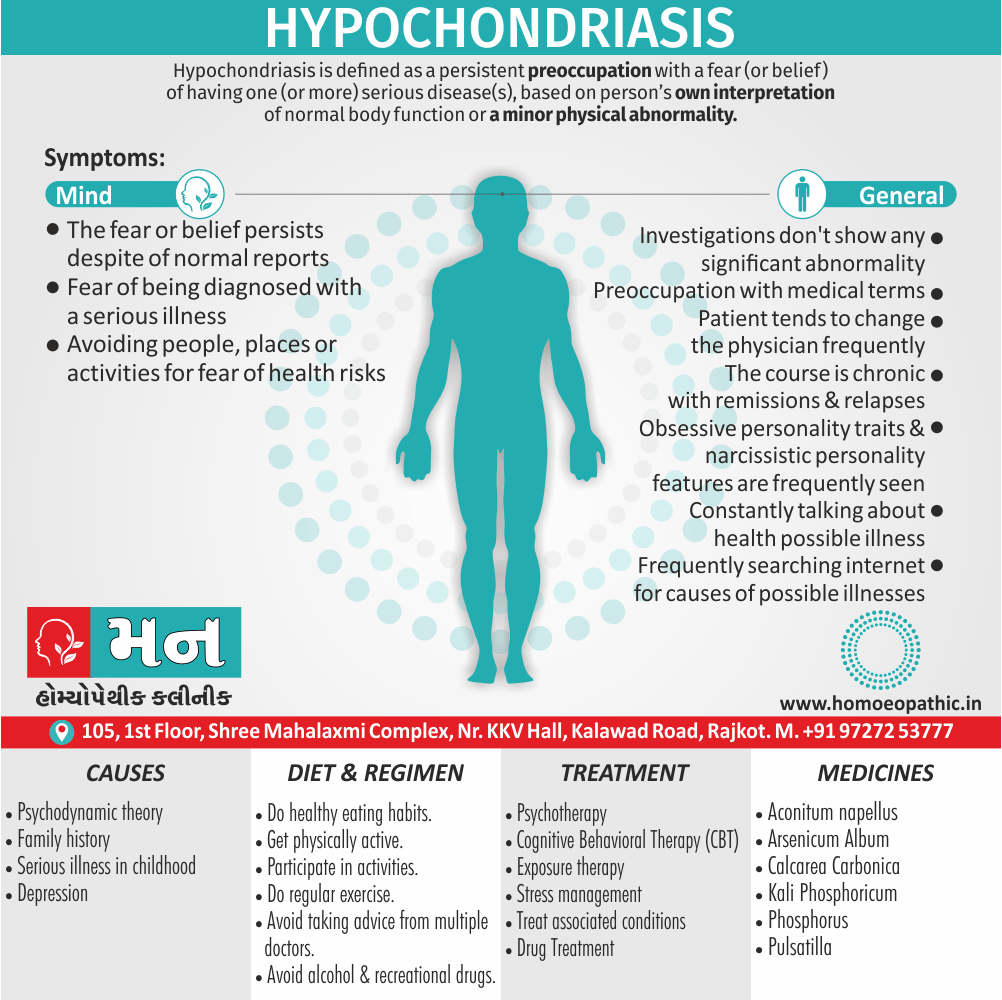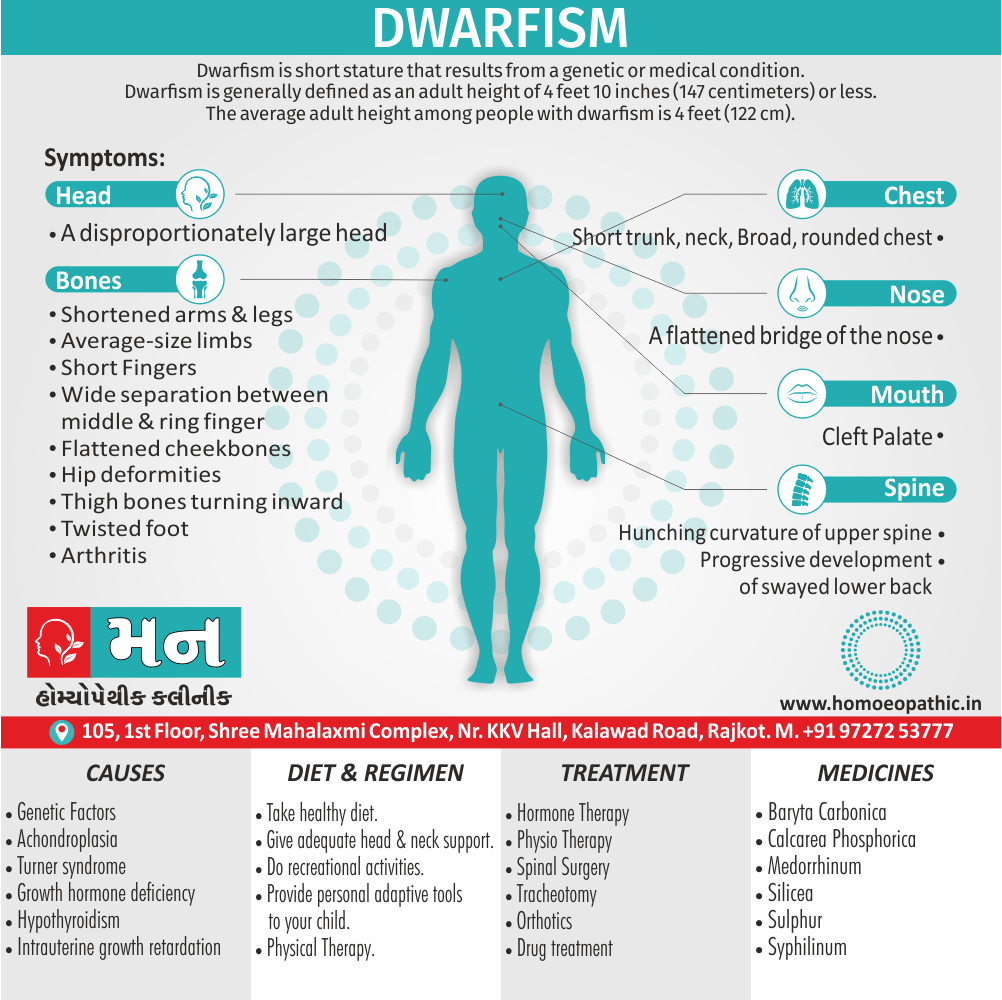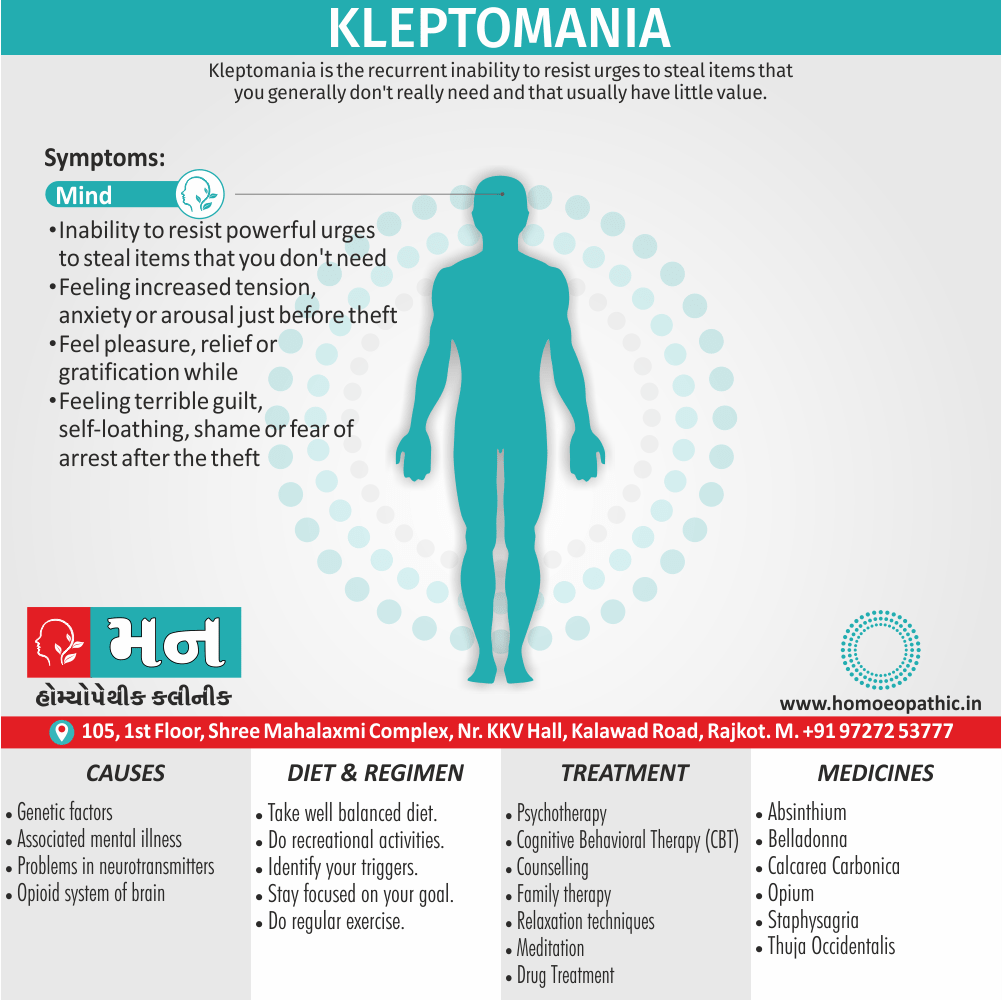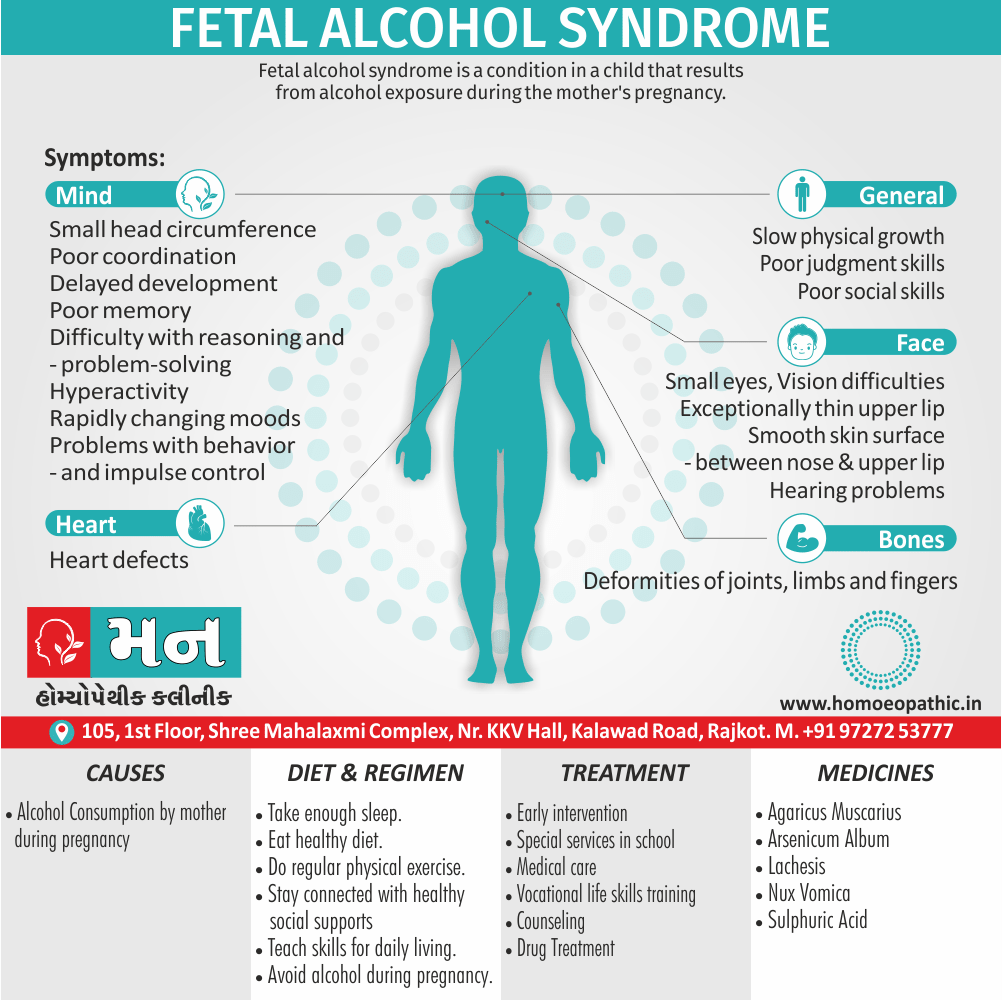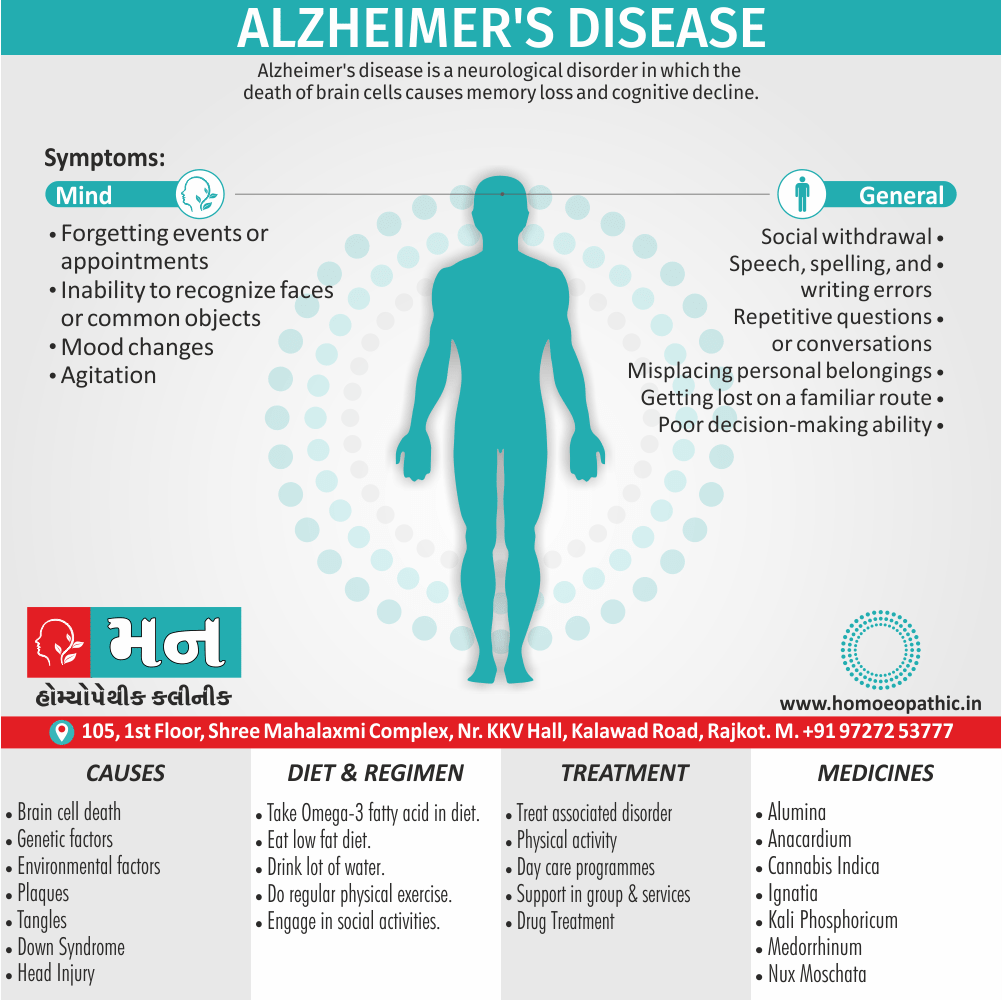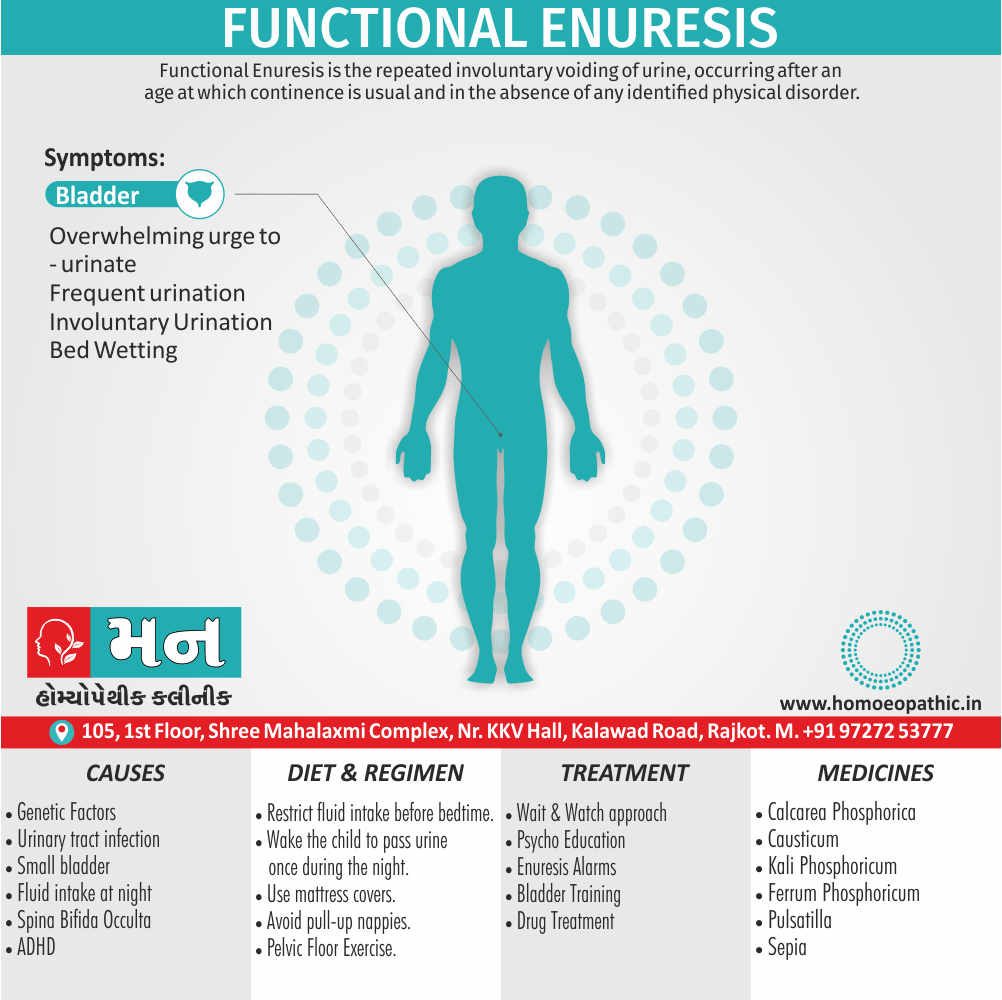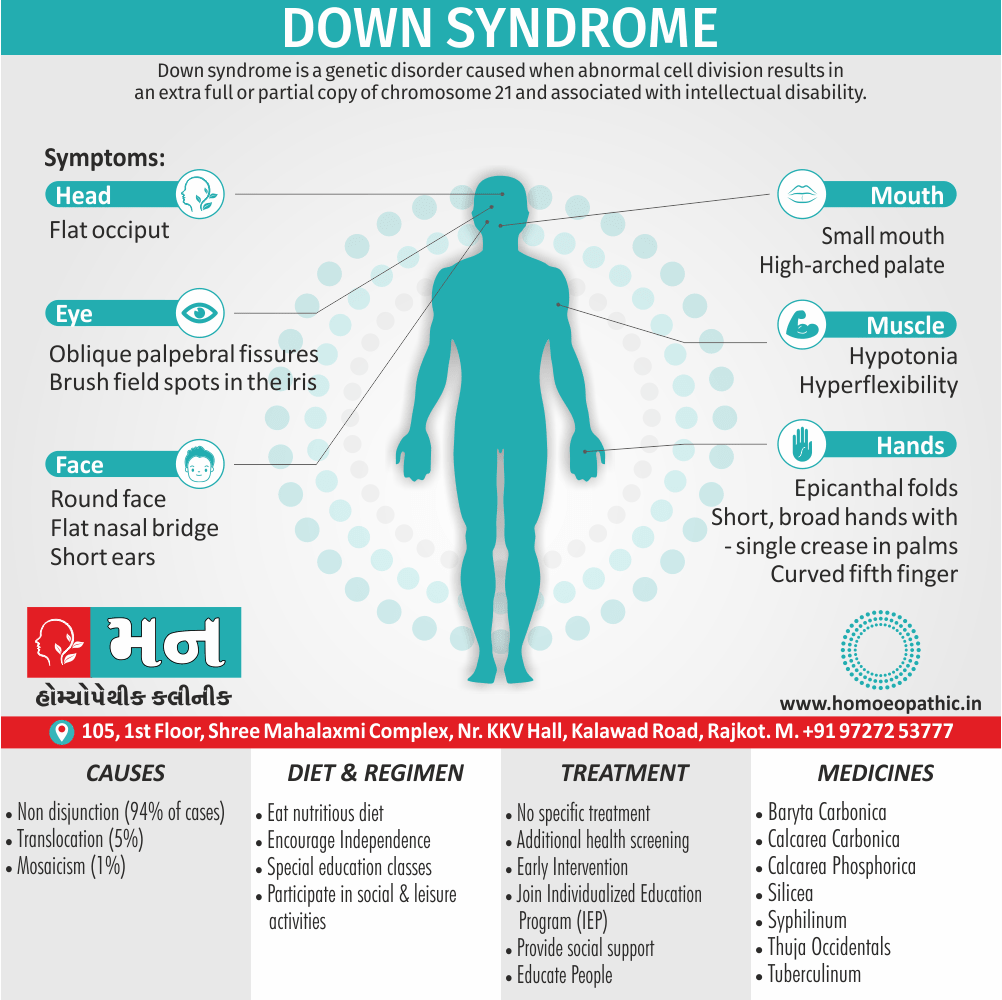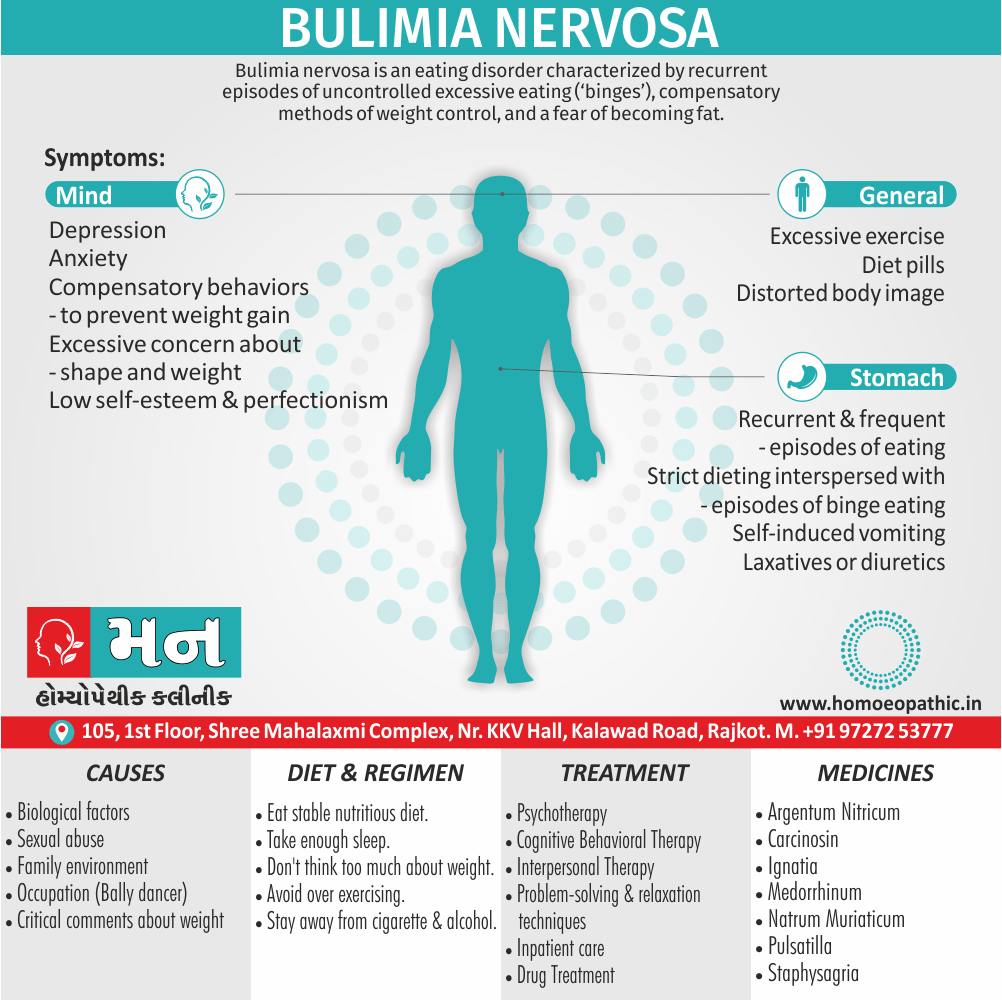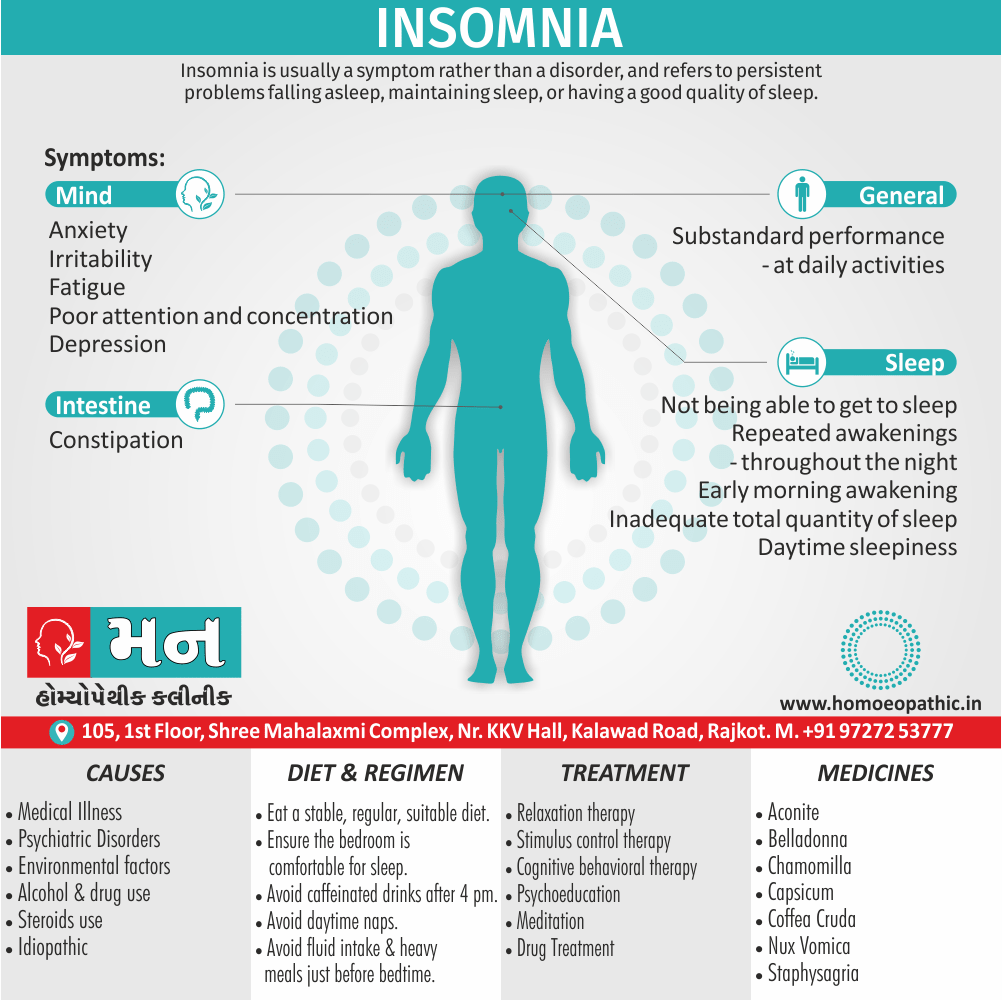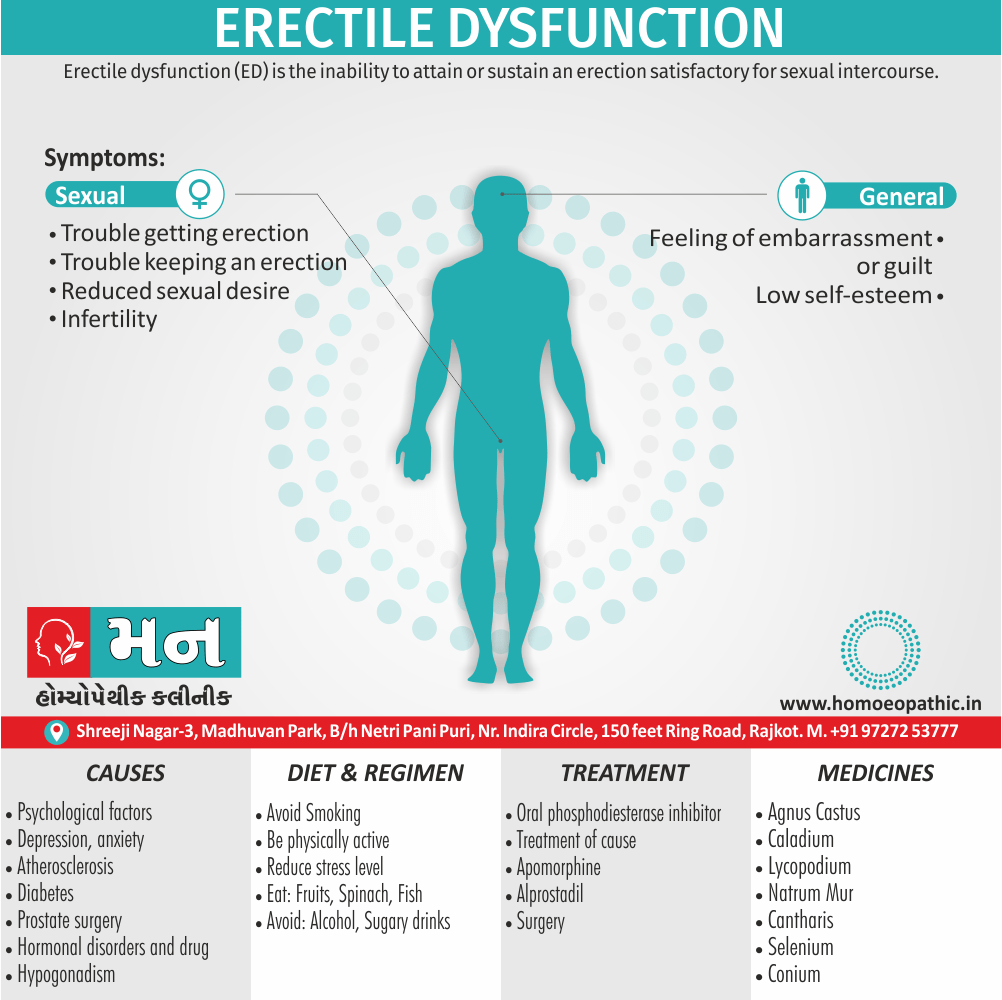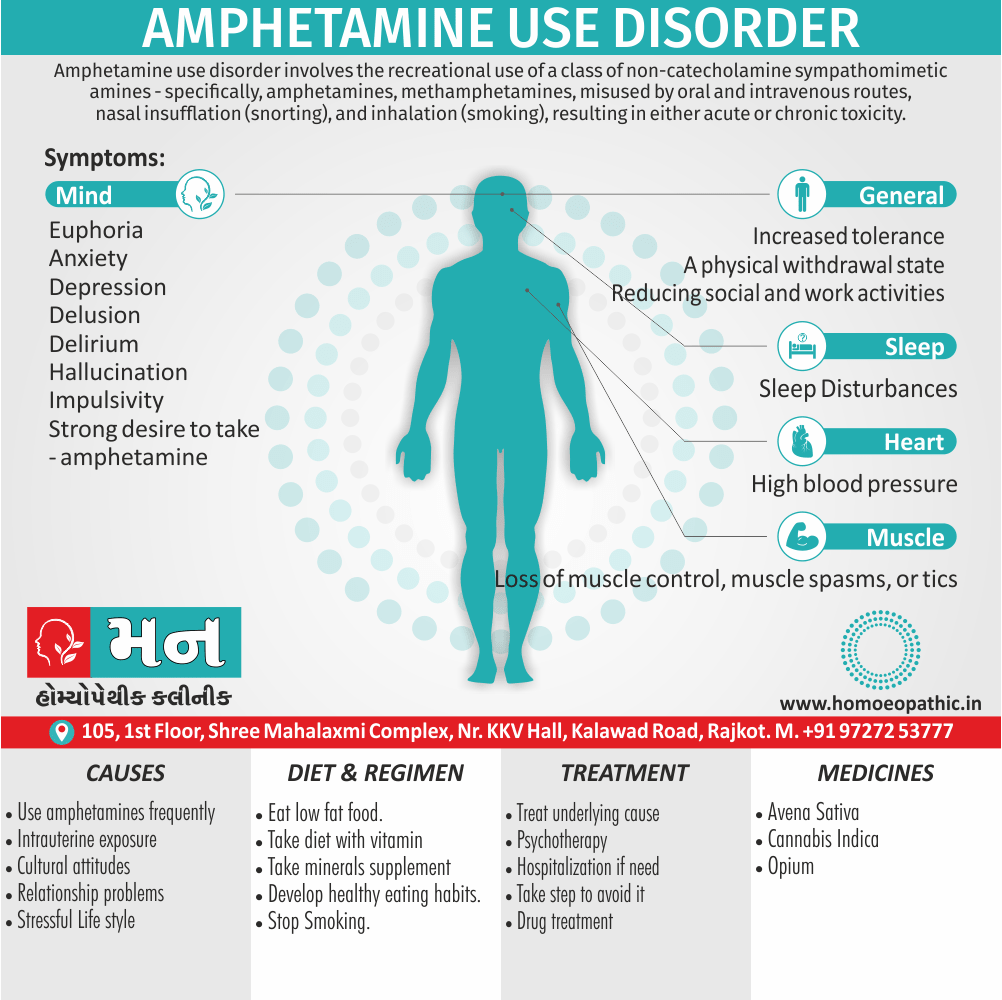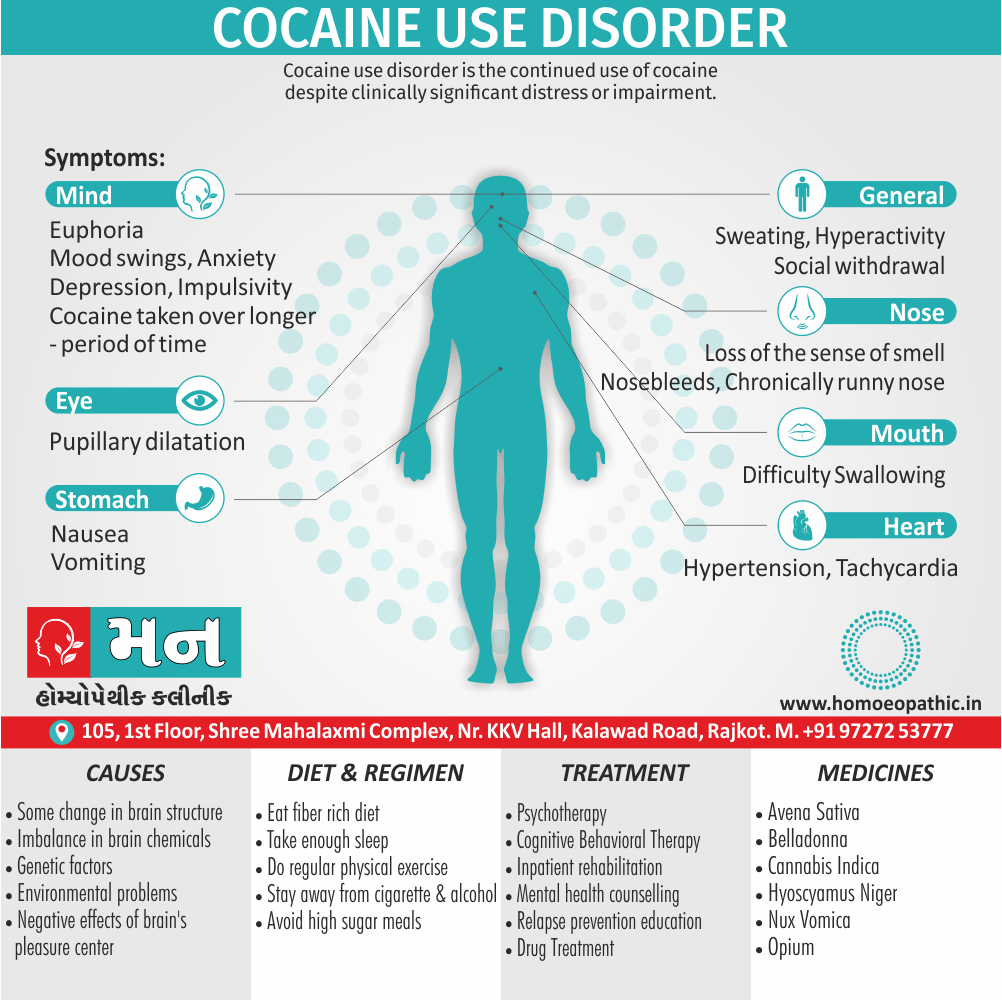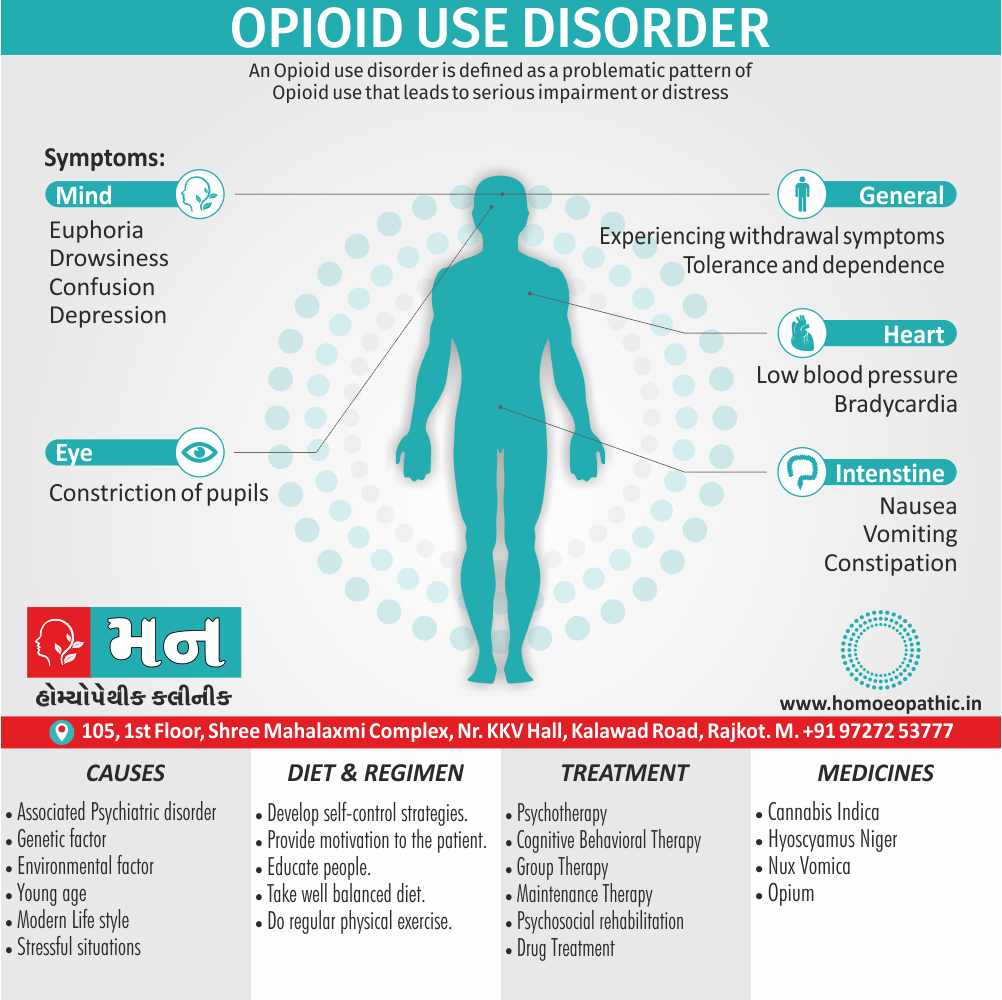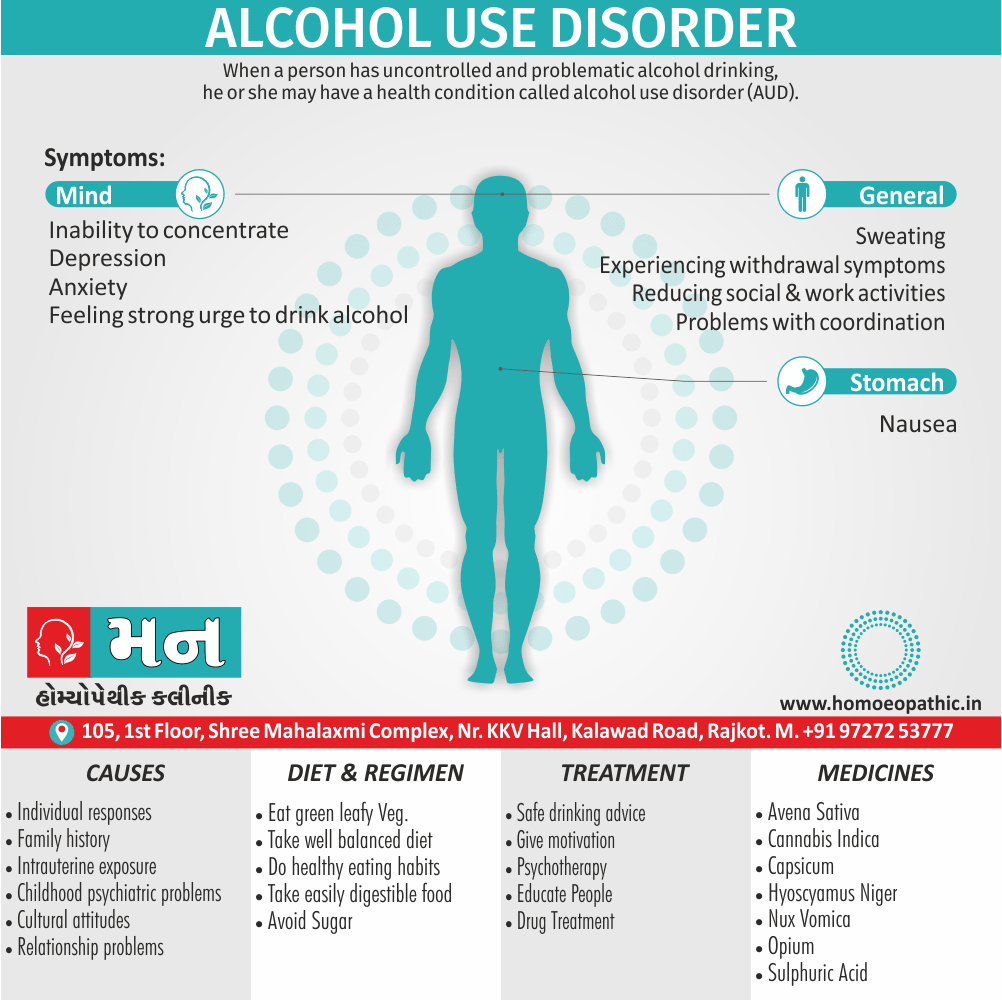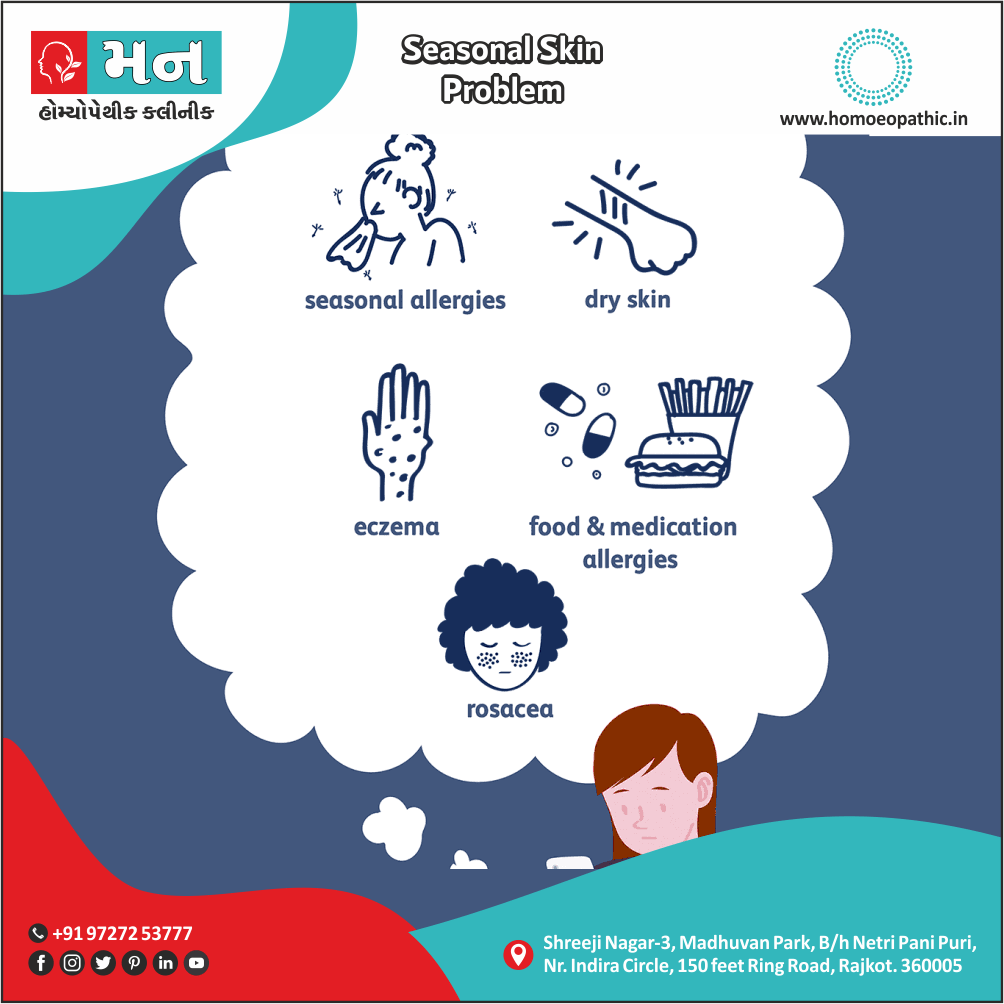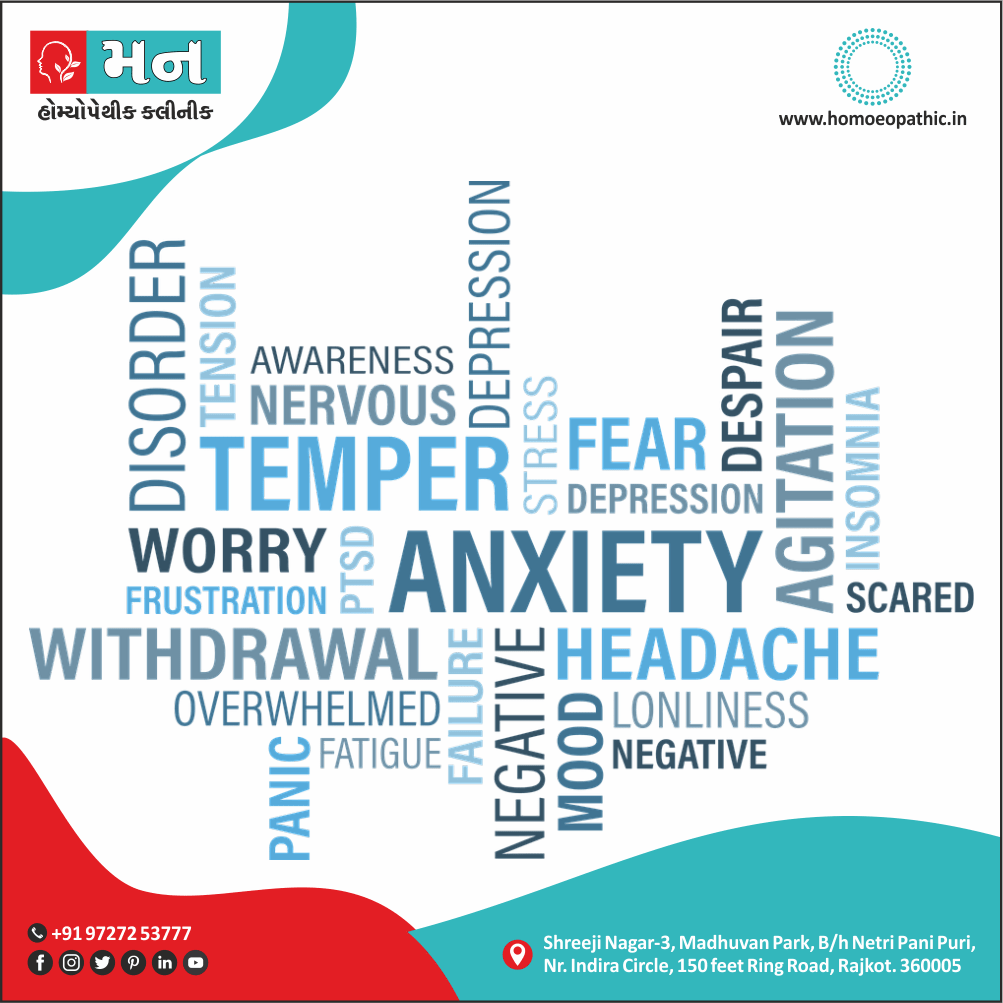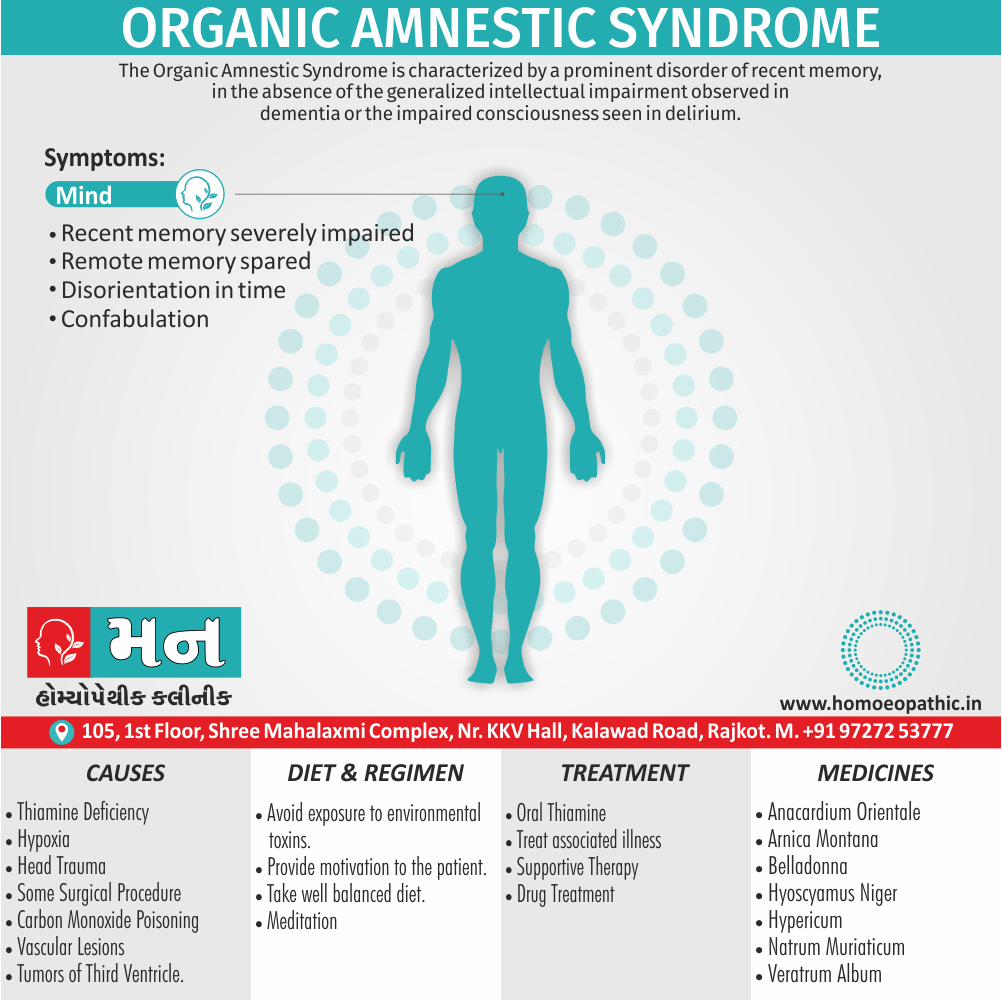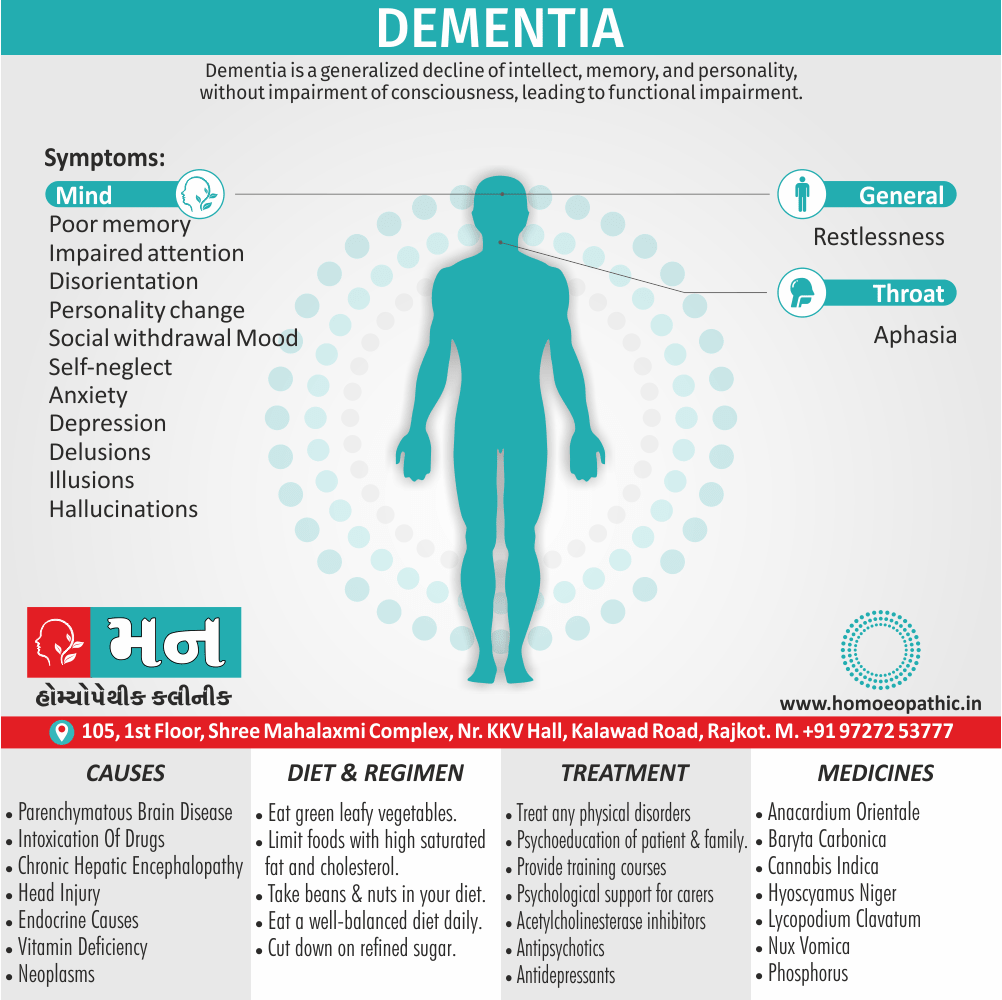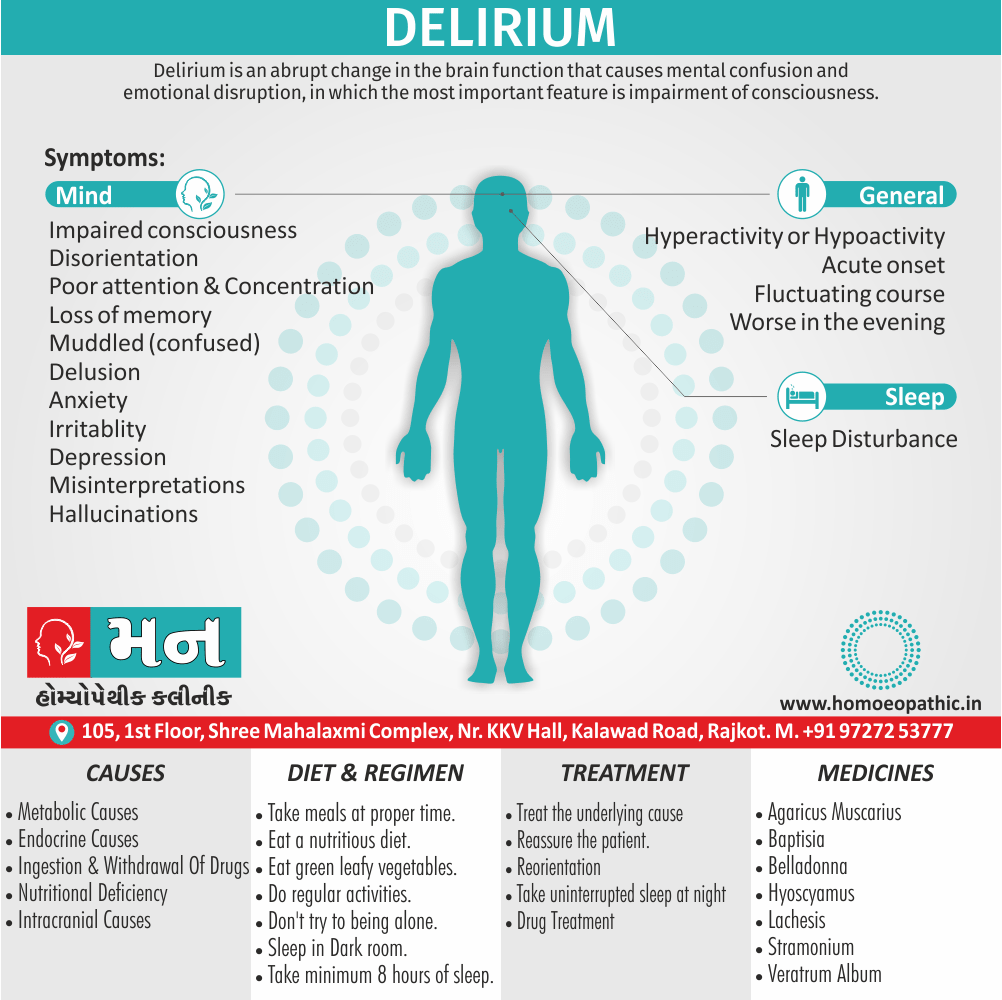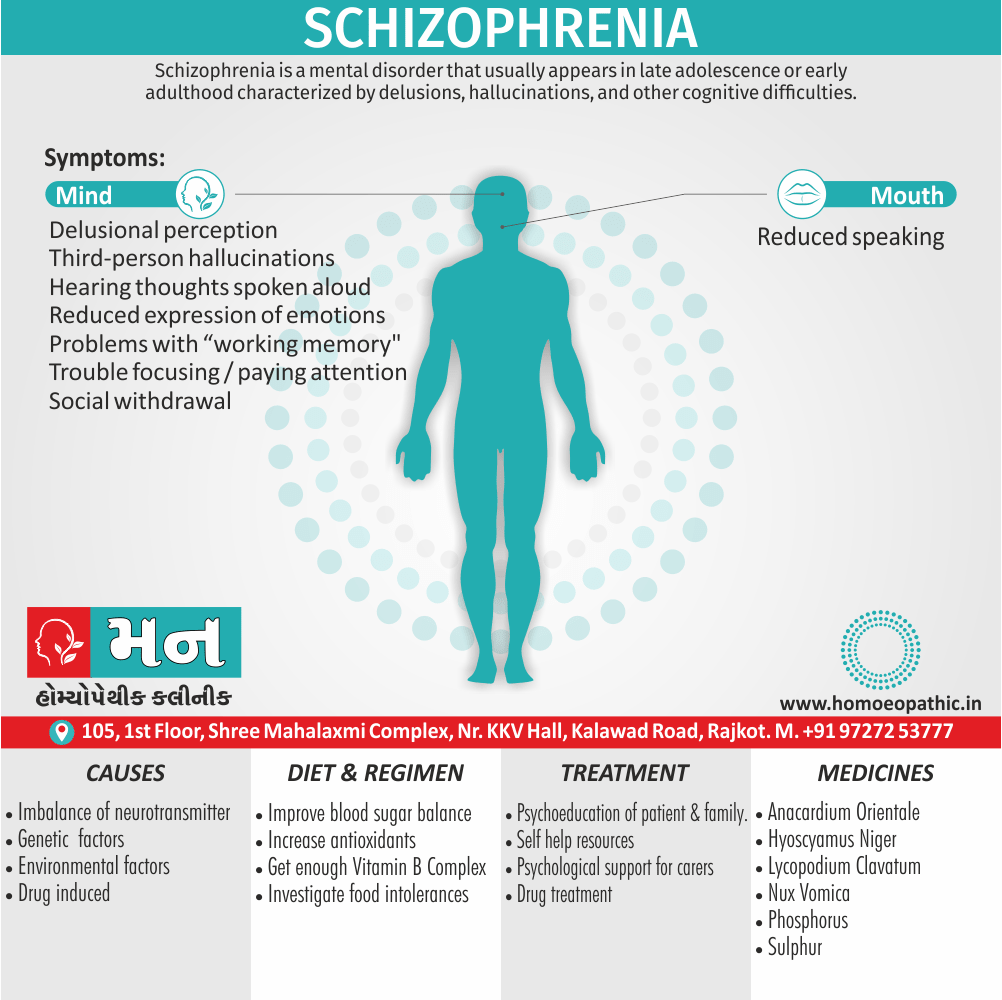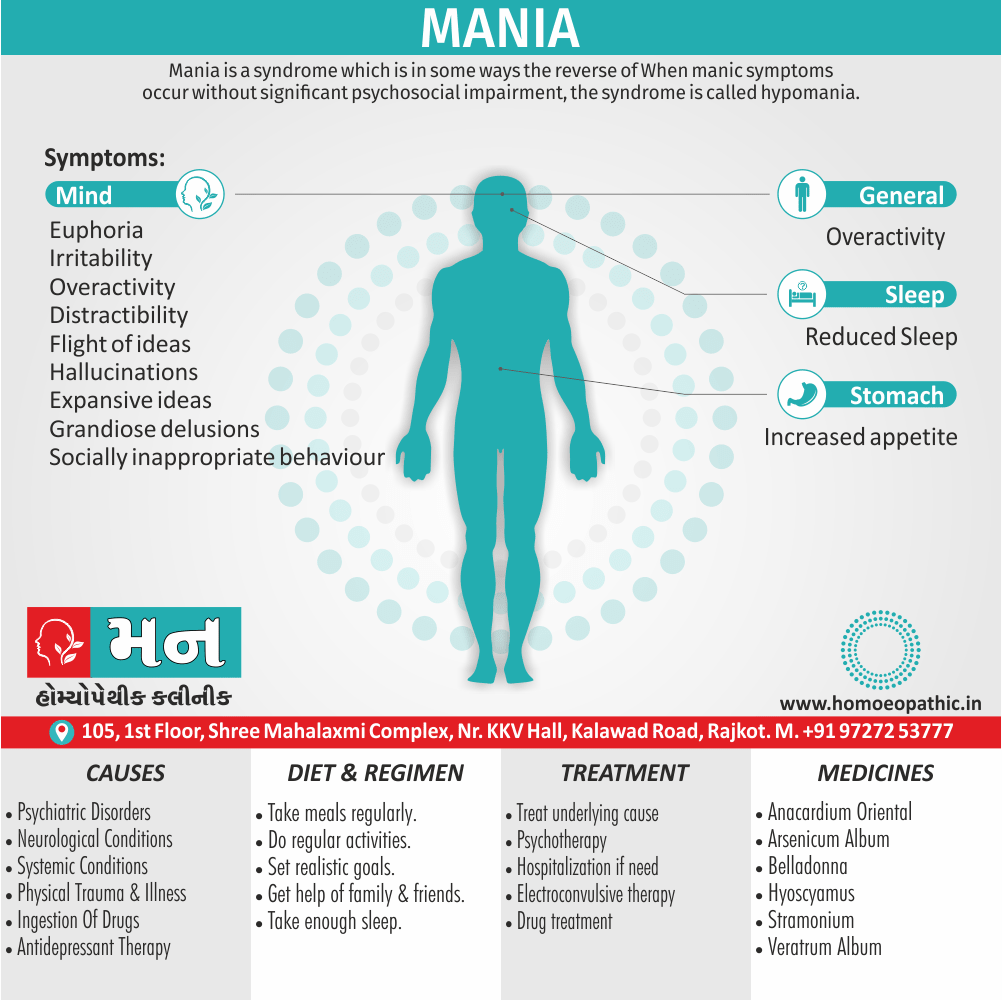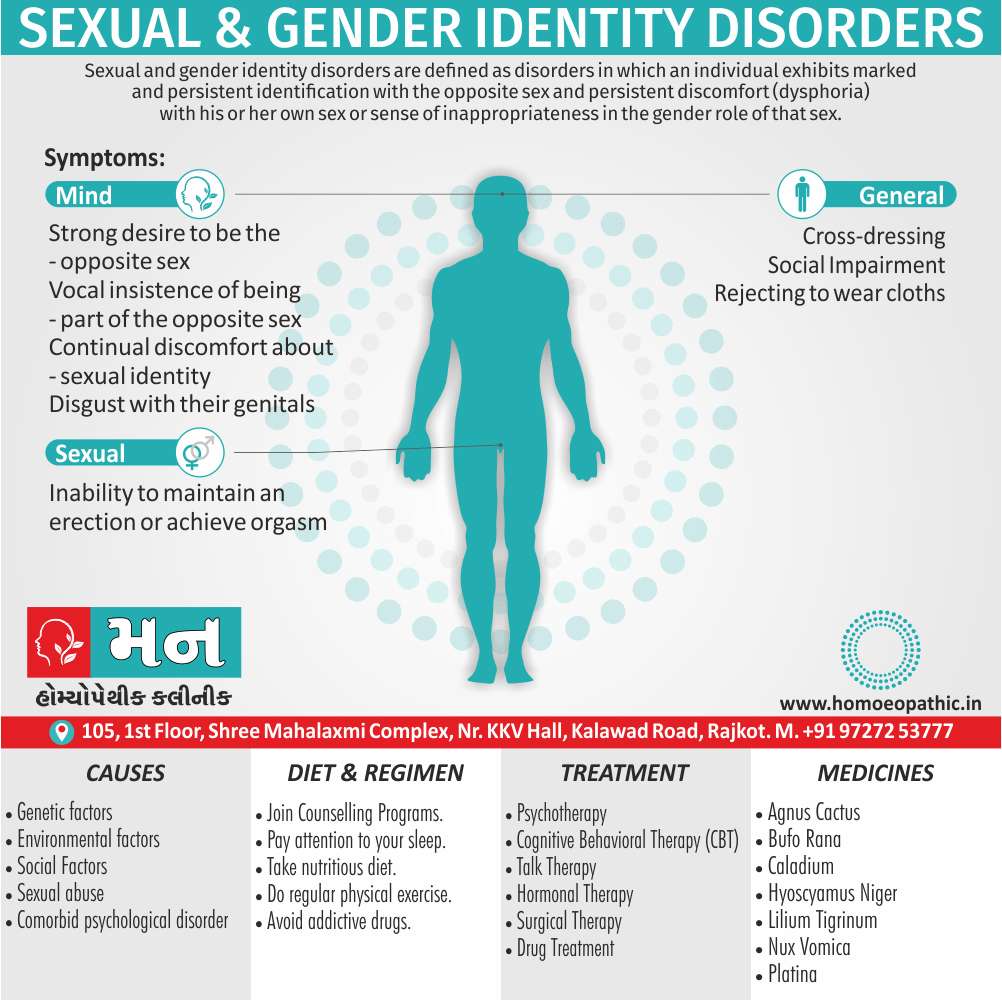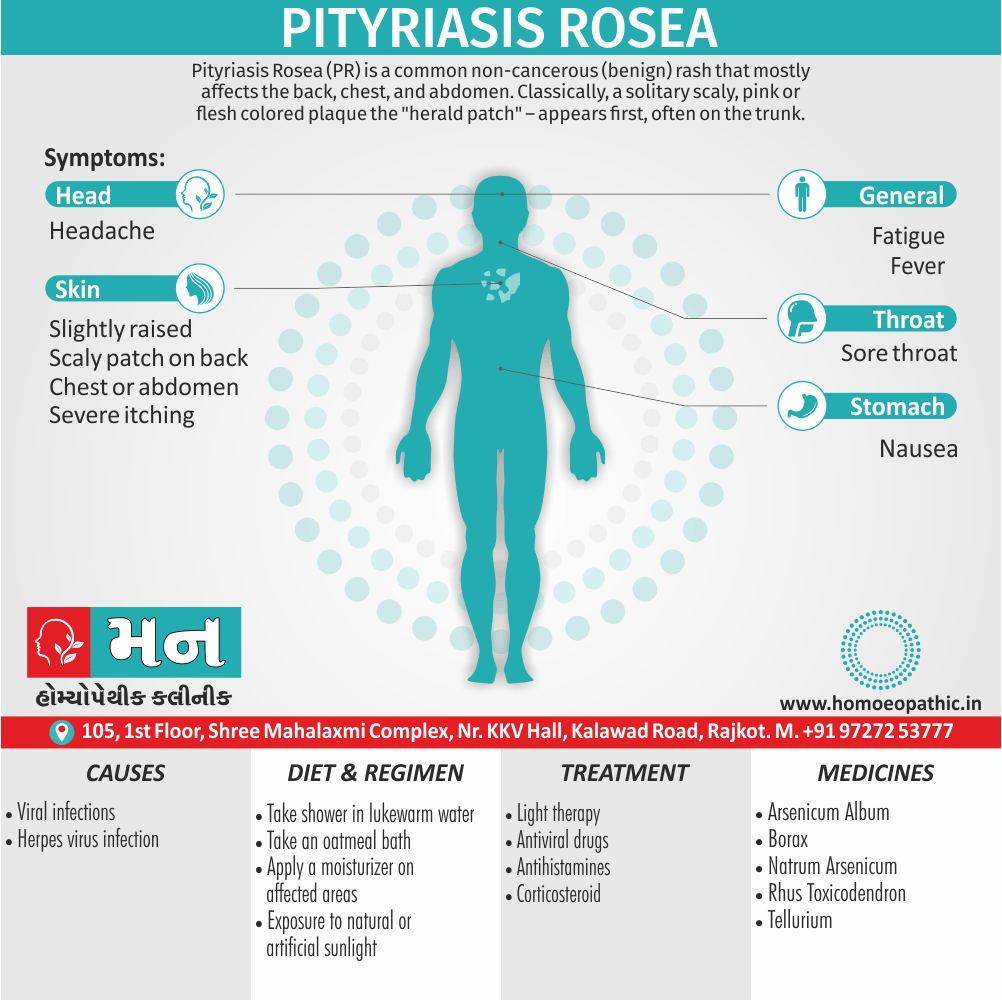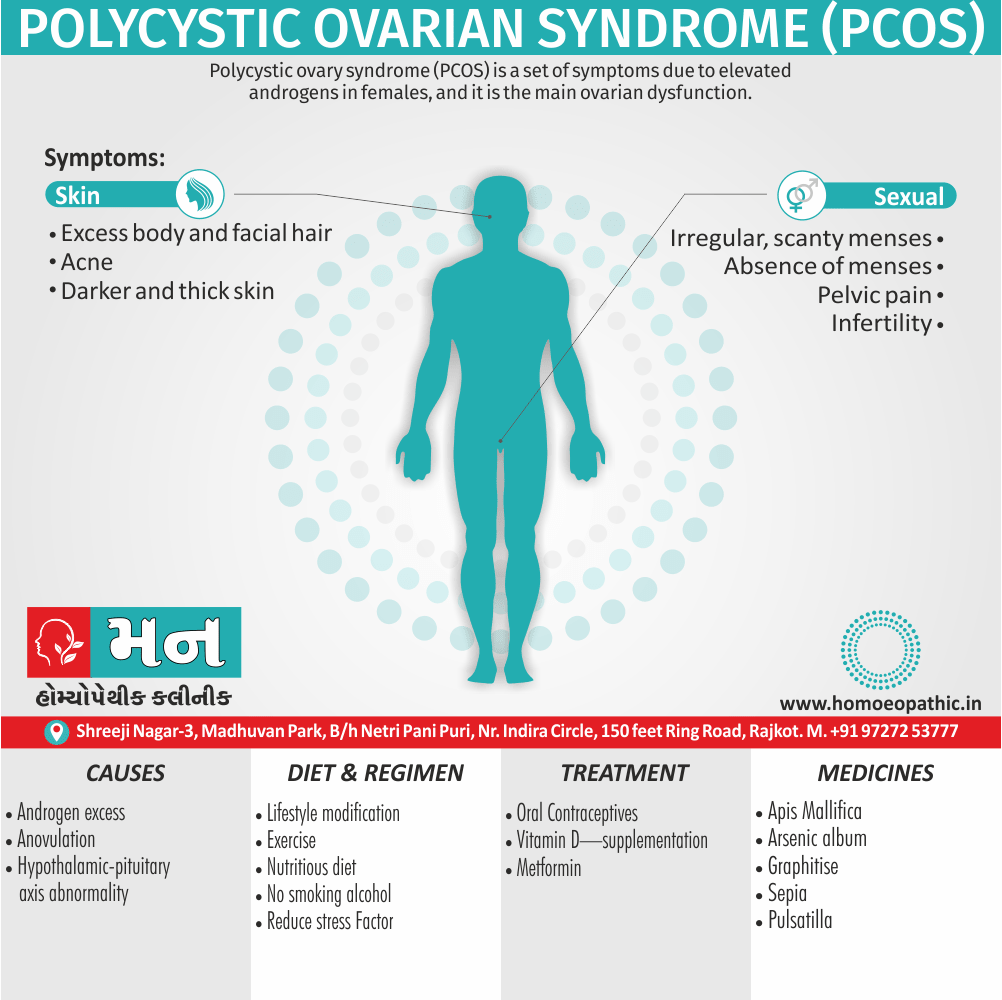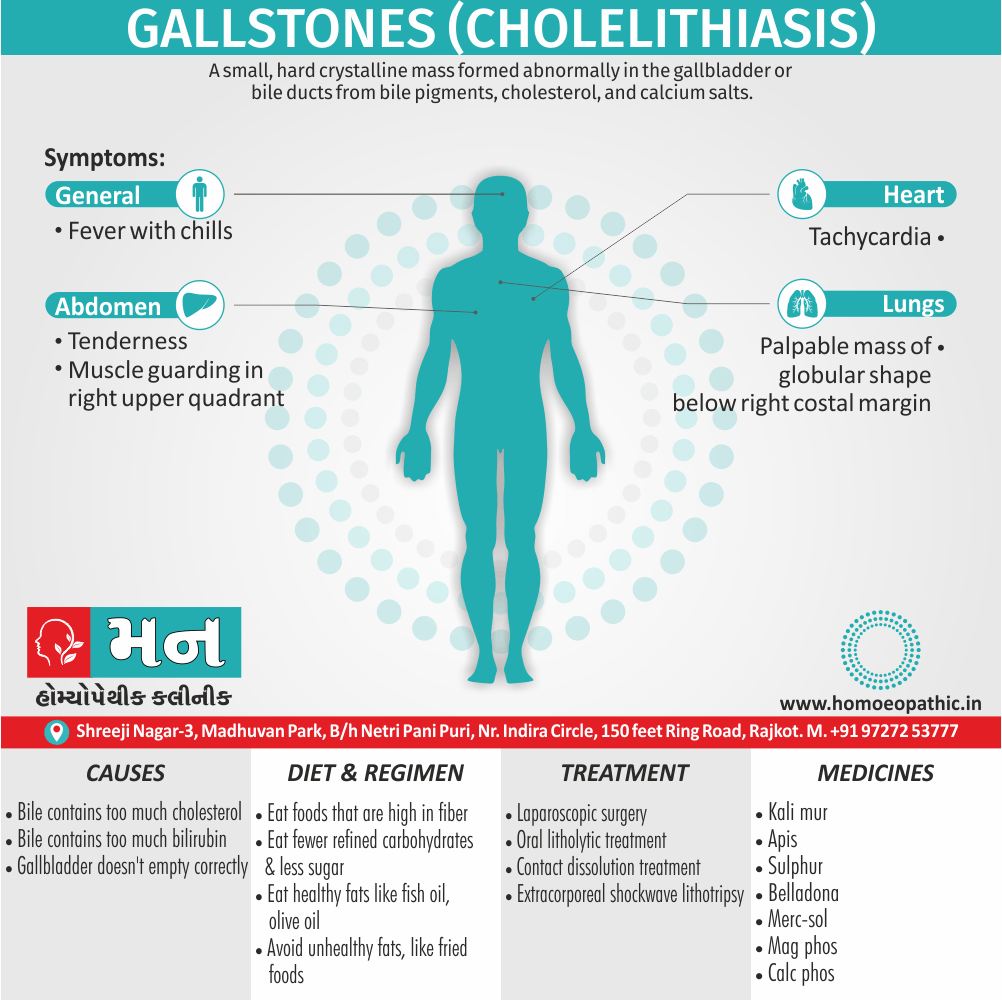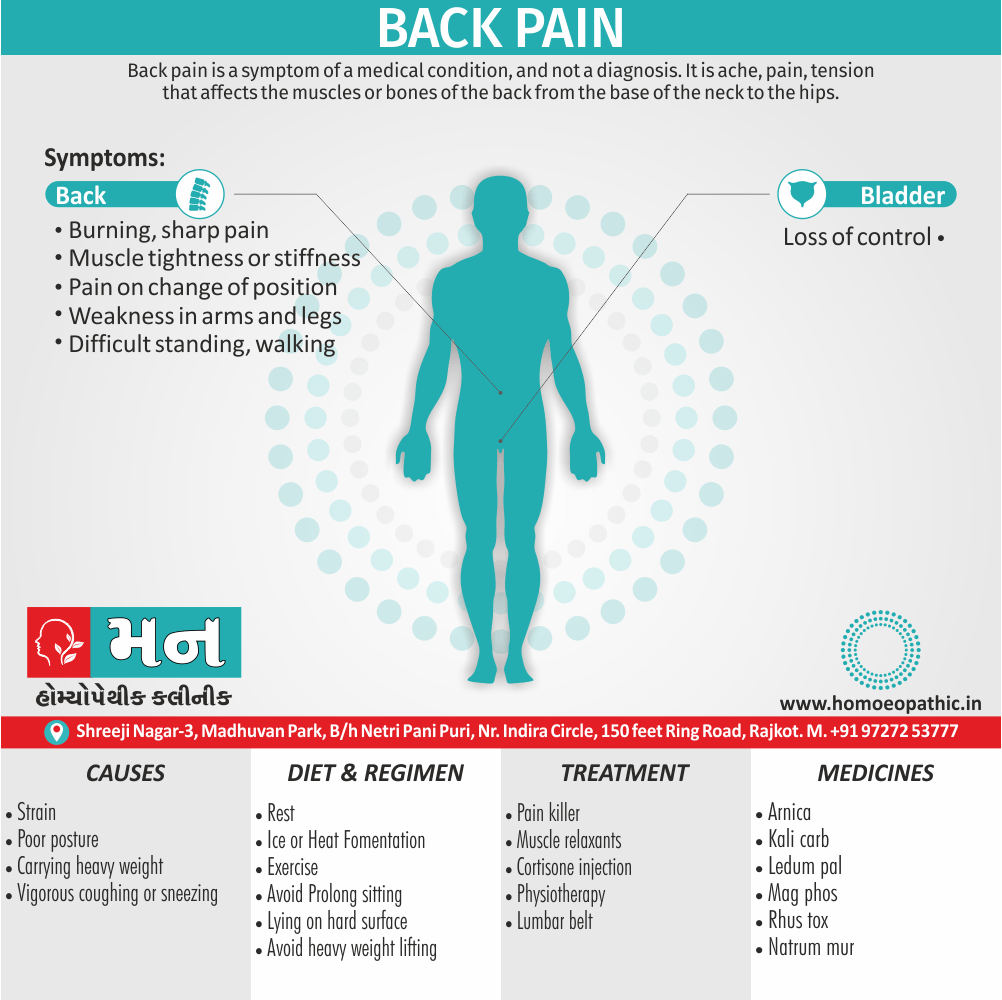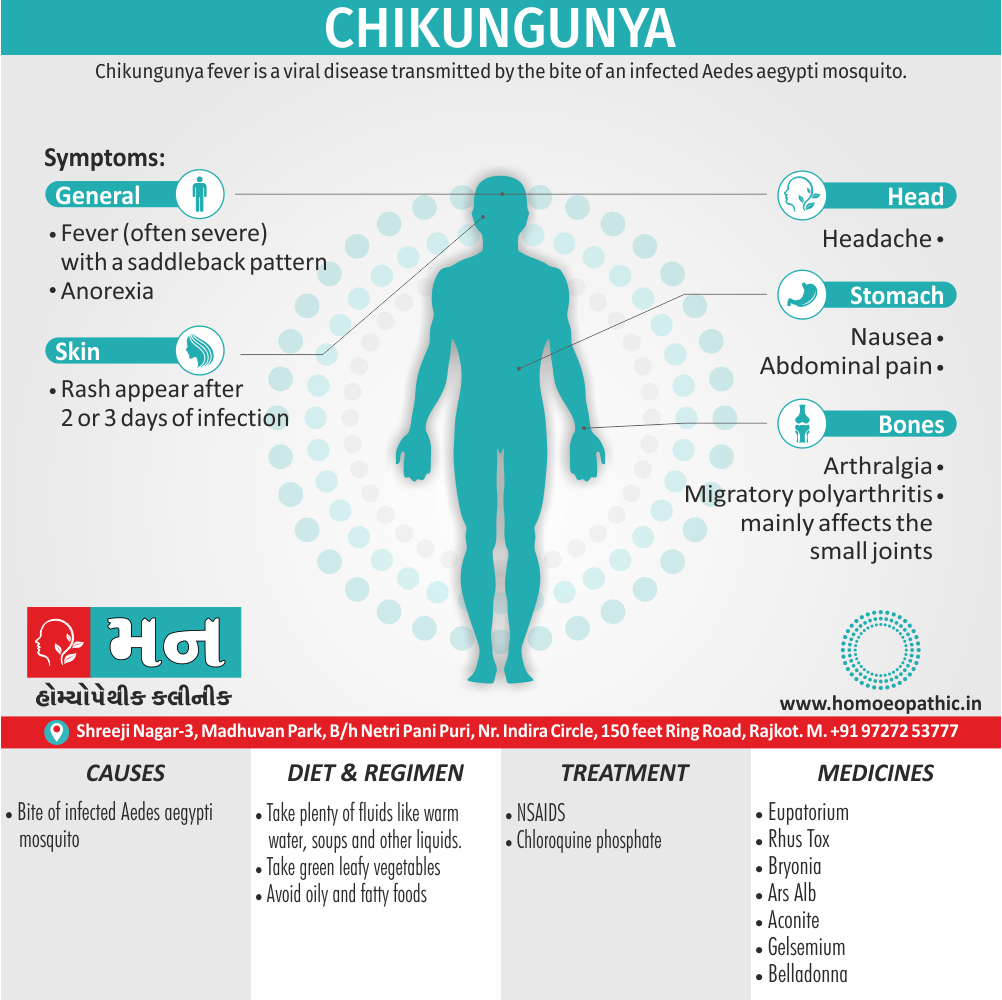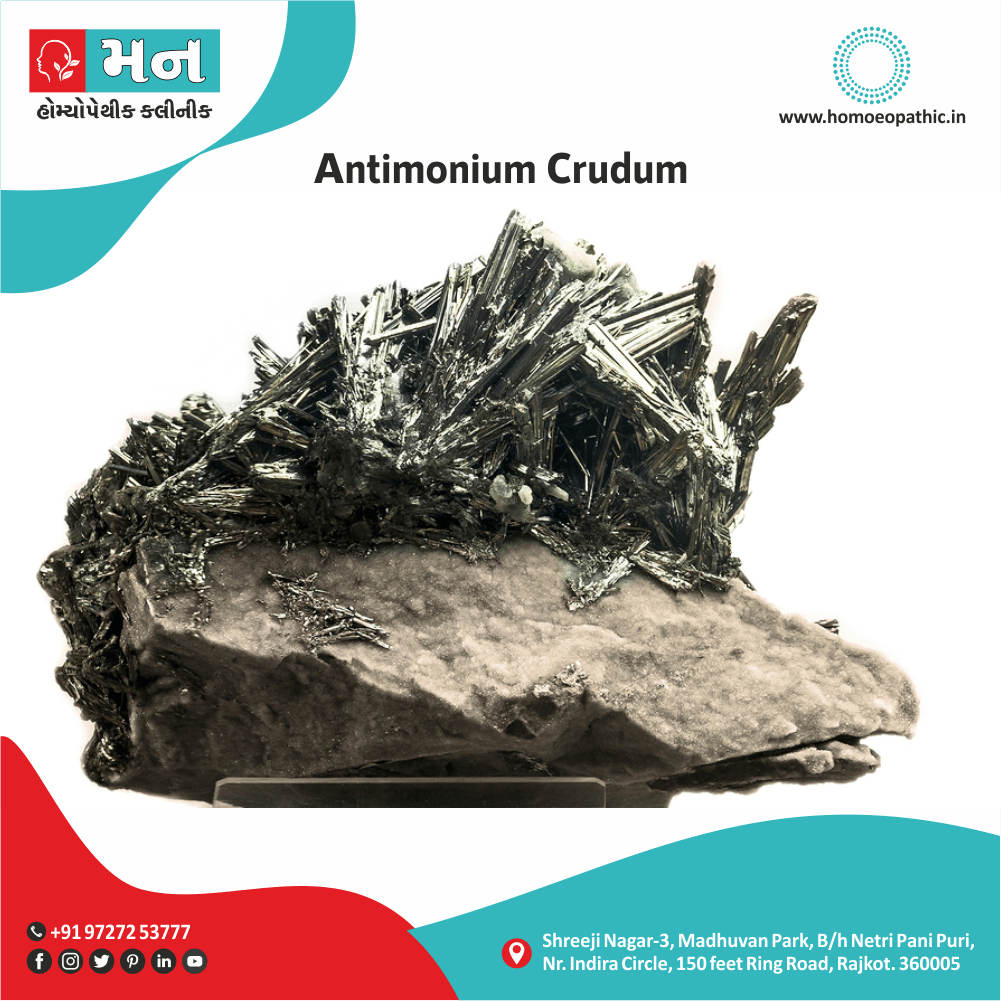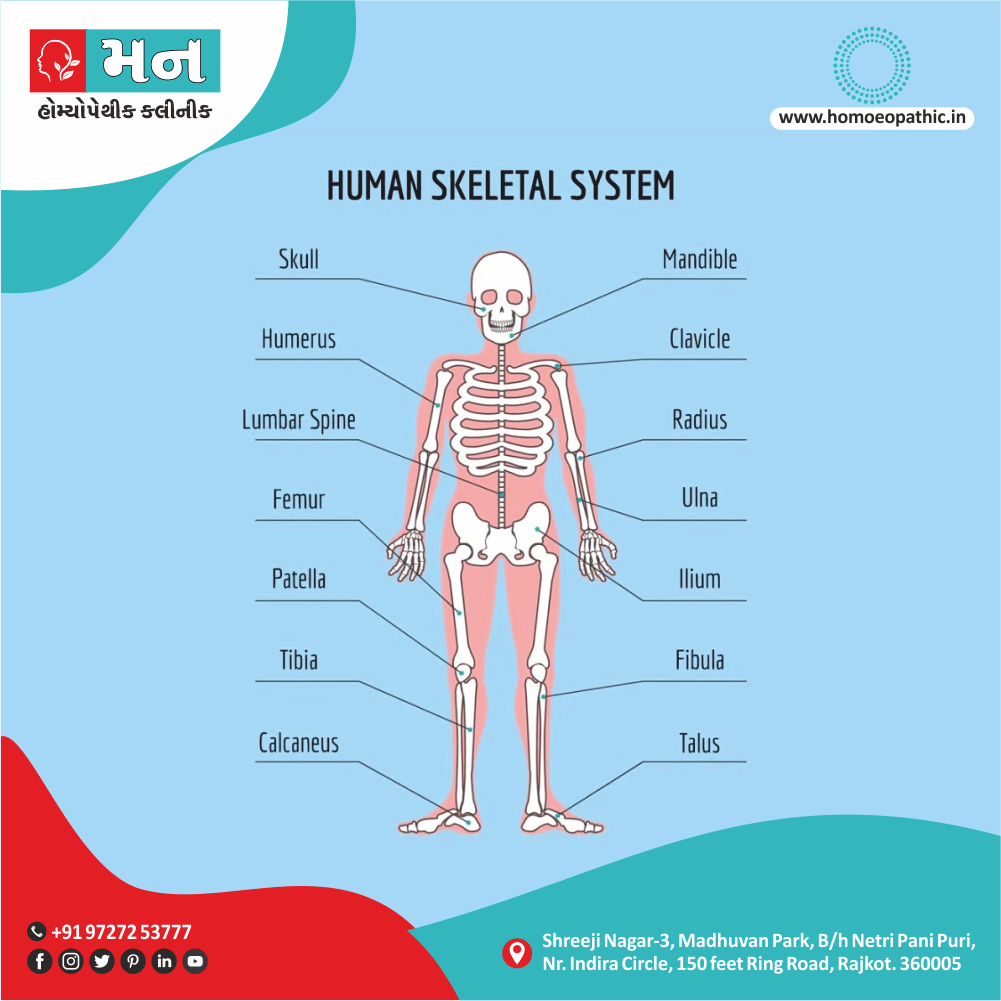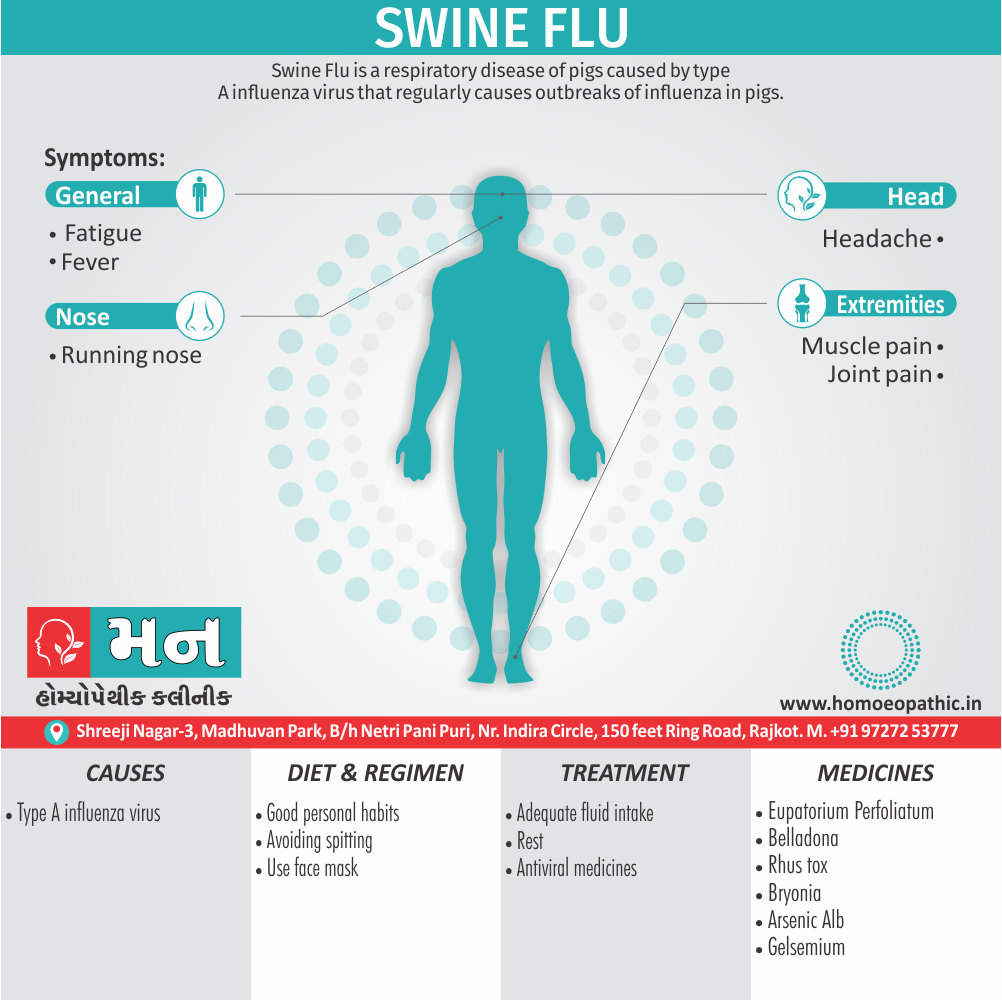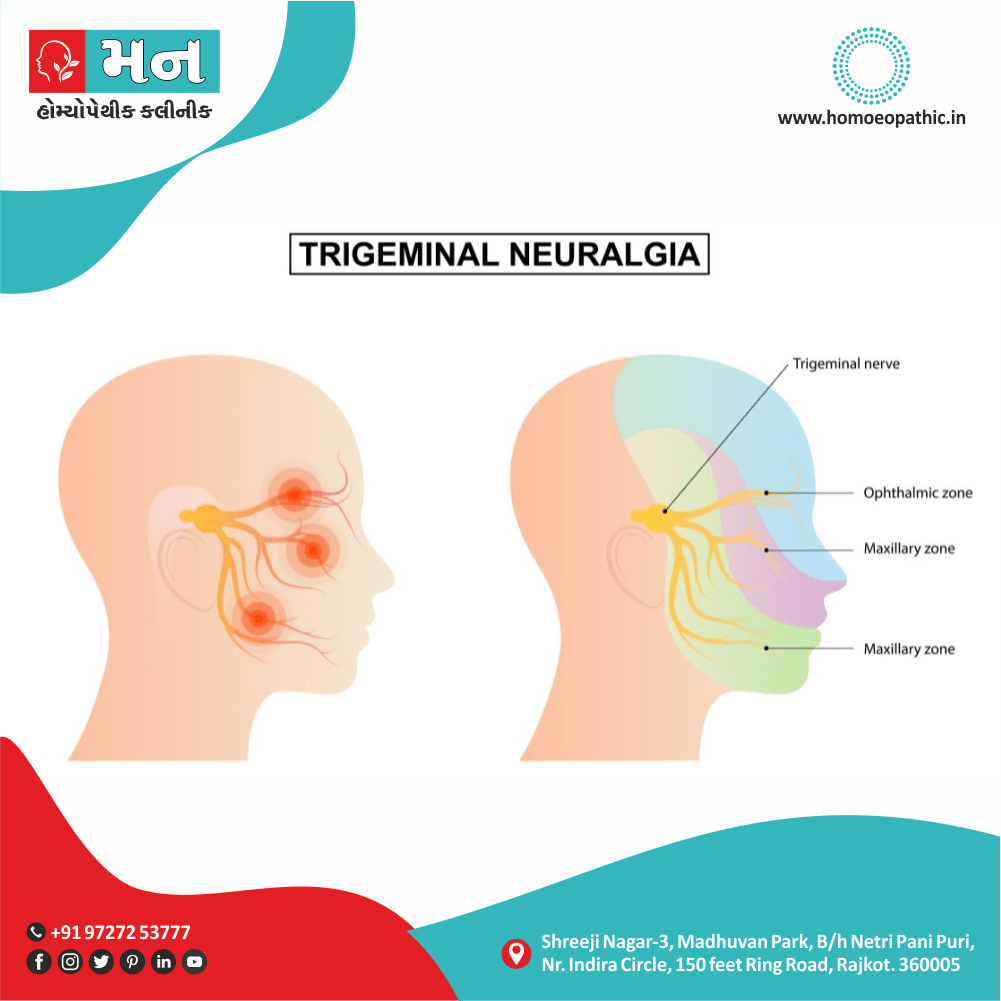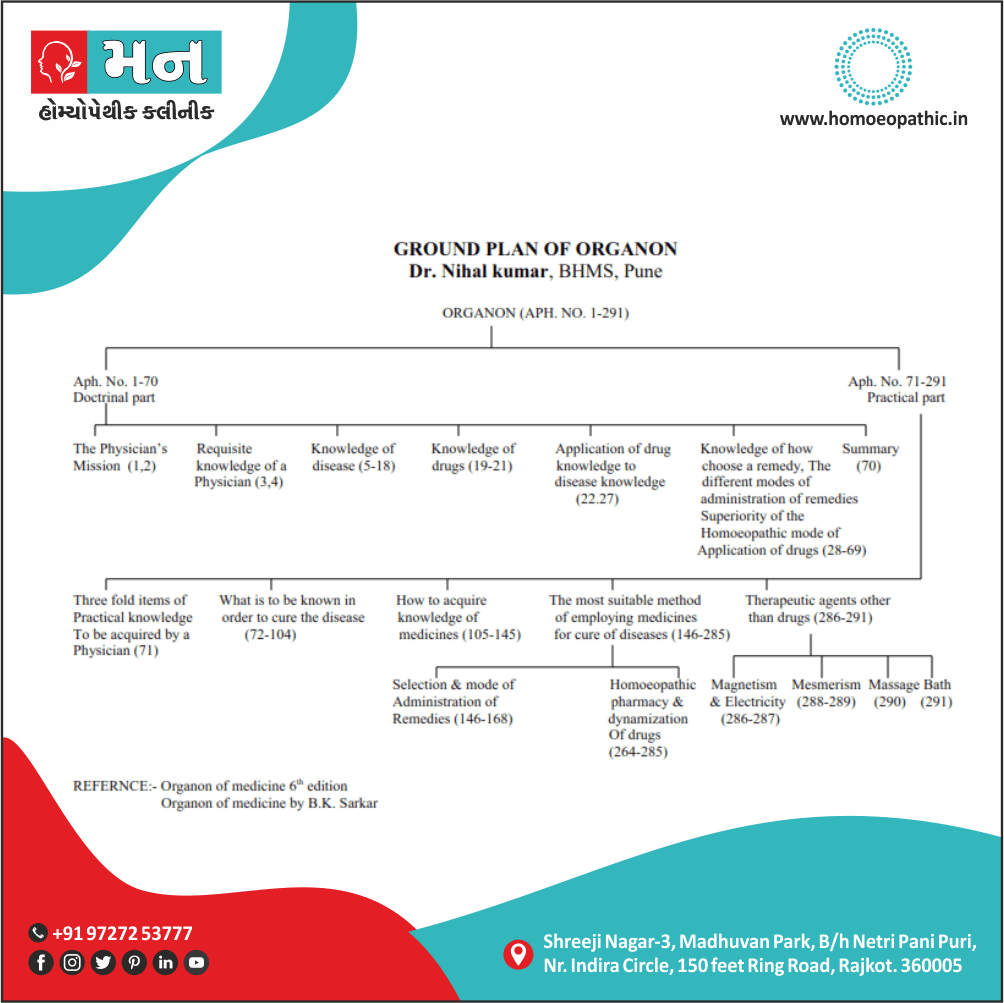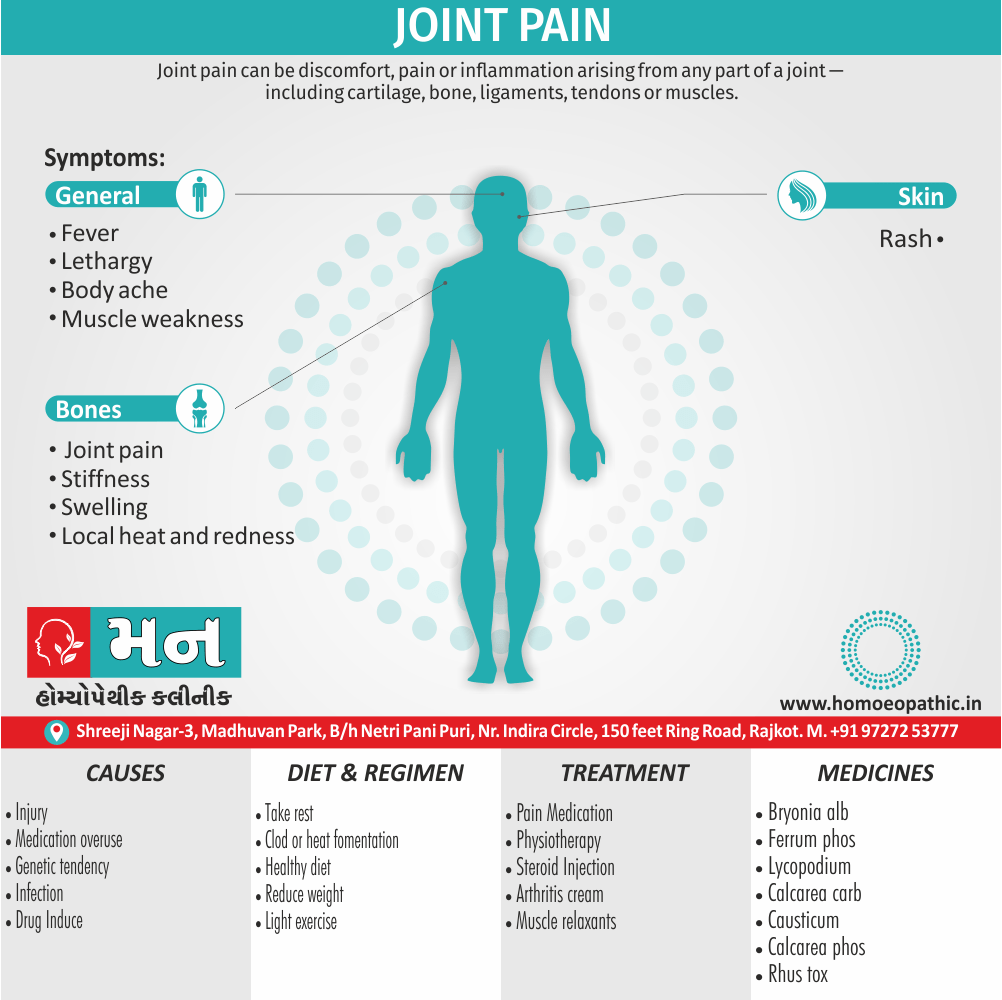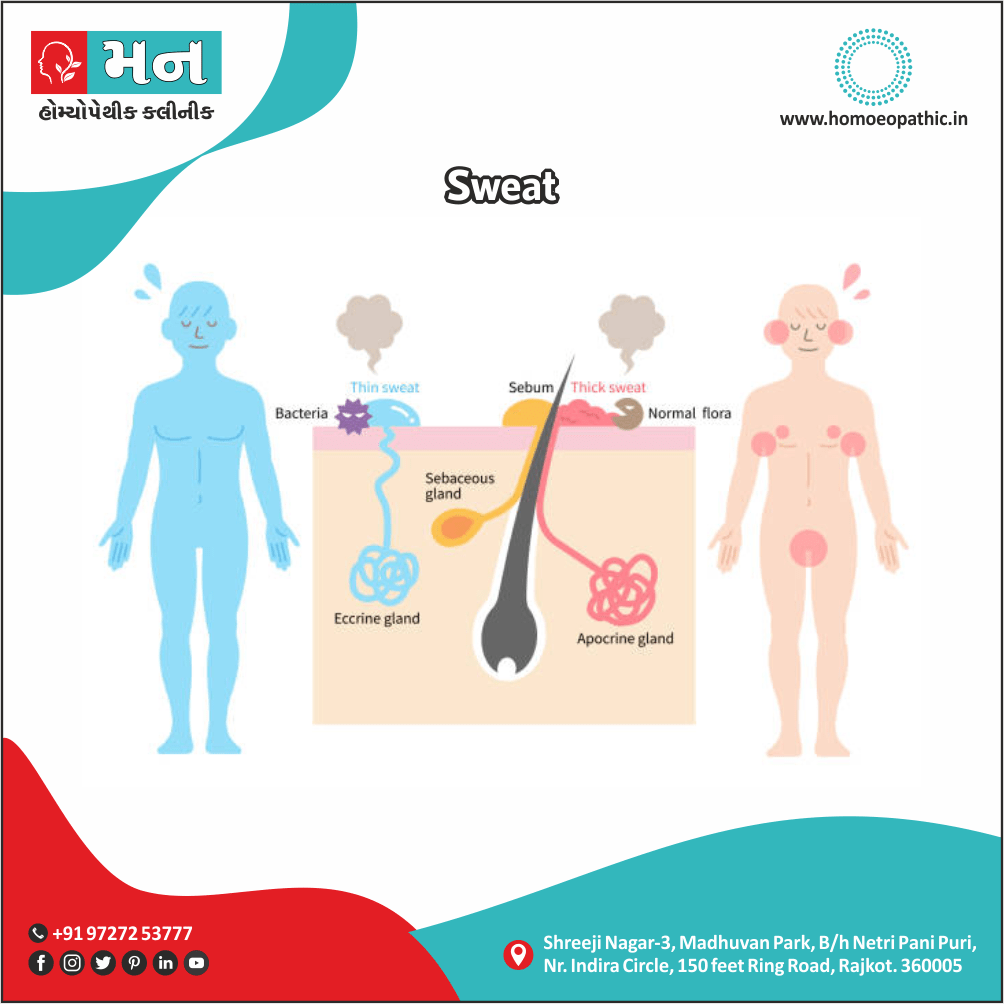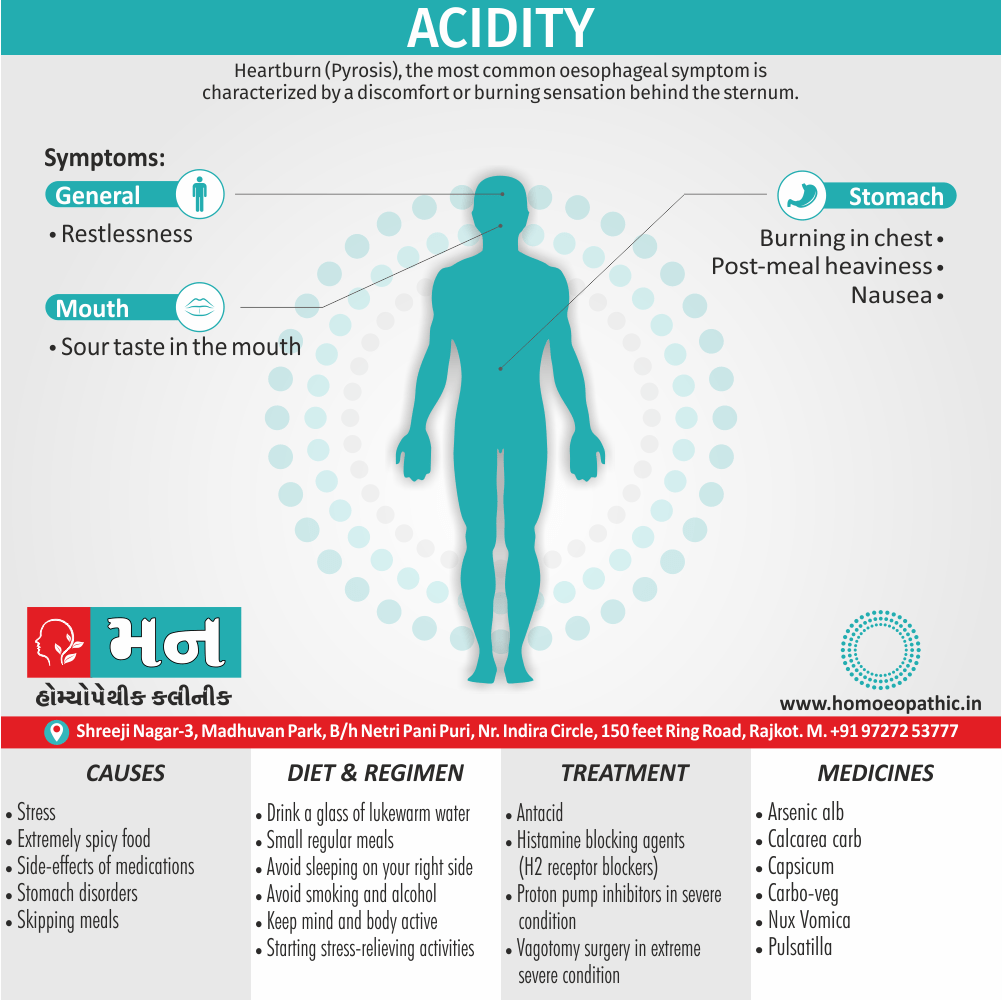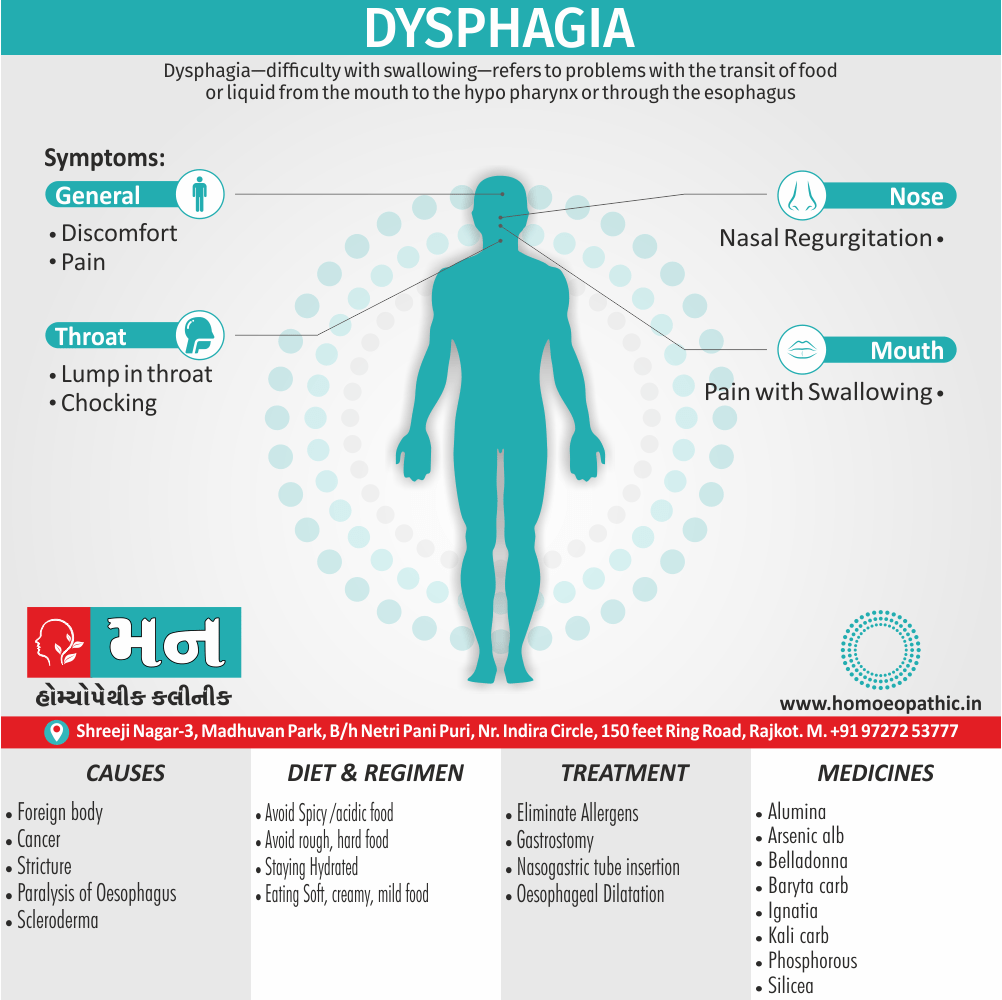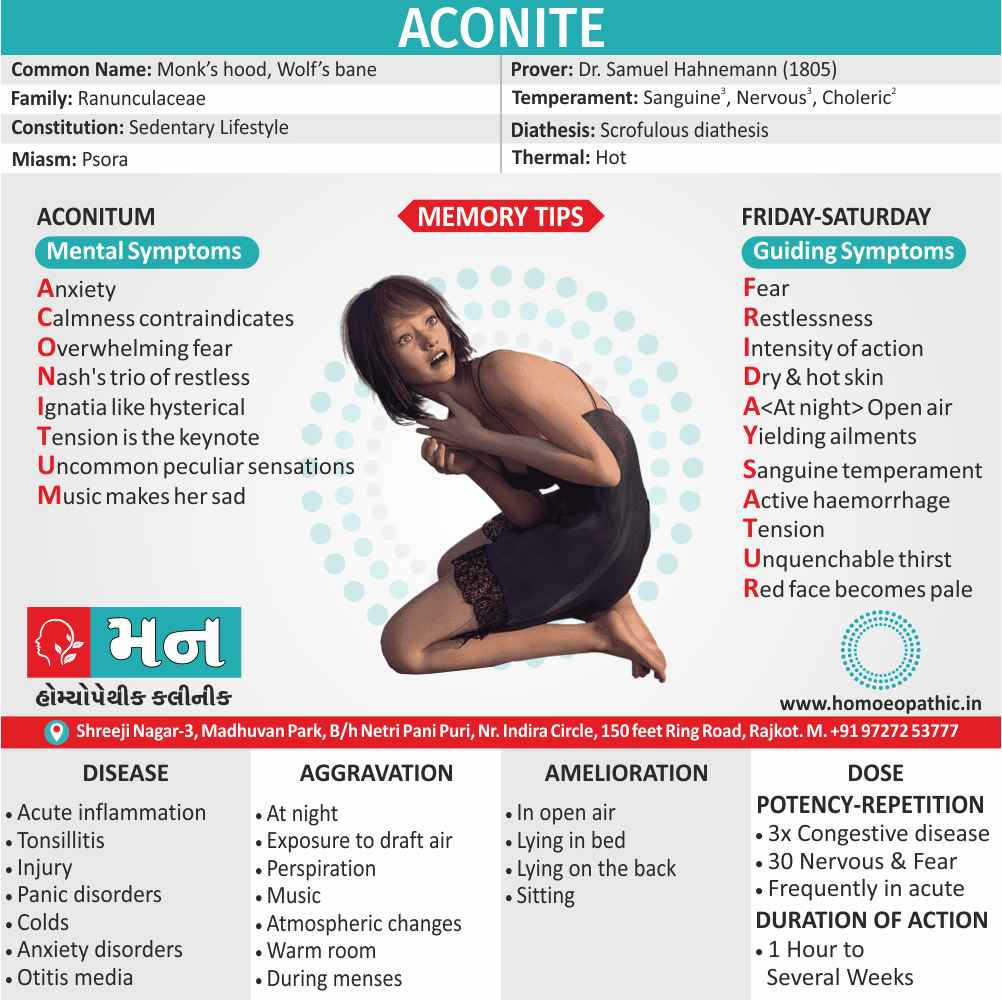Definition of Urinary Tract Infection (UTI)
UTI may be asymptomatic (subclinical infection) or symptomatic (disease). Thus, the term urinary tract infection encompasses a variety of clinical entities, including asymptomatic bacteriuria (ASB), cystitis, prostatitis, and pyelonephritis. [1]
Overview of Urinary Tract Infection (UTI)
The term UTI denotes symptomatic disease; cystitis, symptomatic infection of the bladder; and pyelonephritis, symptomatic infection of the kidneys.
Uncomplicated UTI refers to acute cystitis or pyelonephritis in nonpregnant outpatient women without anatomic abnormalities or instrumentation of the urinary tract; the term complicated UTI encompasses all other types of UTI.
Recurrent UTI is not necessarily complicated; individual episodes can be uncomplicated and treated as such. Catheter-associated bacteriuria can be either symptomatic (CAUTI) or asymptomatic.
Except among infants and the older people, UTI occurs far more commonly in females than in males.
During the neonatal period, the incidence of UTI is slightly higher among males than among females because male infants more commonly have congenital urinary tract anomalies.
After 50 years of age, obstruction from prostatic hypertrophy becomes common in men, and the incidence of UTI is almost as high among men as among women.
Between 1 year and ~50 years of age, UTI and recurrent UTI are predominantly diseases of females.
The prevalence of ASB is ~5% among women between ages 20 and 40 and may be as high as 40–50% among older people of all genders
As many as 50–80% of women in the general population acquire at least one UTI during their lifetime—uncomplicated cystitis in most cases.[1]
Causes of Urinary Tract Infection (UTI)
- Urinary tract infections are caused by microorganisms — usually bacteria — that enter the urethra and bladder, causing inflammation and infection.
- Though a UTI most commonly happens in the urethra and bladder, bacteria can also travel up the ureters and infect your kidneys.
- More than 90% of bladder infection (cystitis) cases are caused by E. coli, a bacterium normally found in the intestines.
- Some women are more likely to get UTIs because of their genes.
- The shape of their urinary tracts makes others more likely to be infected.
- Women with diabetes may be at higher risk because their weakened immune systems make them less able to fight off infections.
- Other conditions that can boost your risk include hormone changes, multiple sclerosis, and anything that affects urine flow, such as kidney stones, a stroke, and a spinal cord injury.[3]
Risk factor of Urinary Tract Infection (UTI)
Urinary tract infections are common in women, and many women experience more than one infection during their lifetimes. Risk factors specific to women for UTIs include:
- Female anatomy- A woman has a shorter urethra than a man does, which shortens the distance that bacteria must travel to reach the bladder.
- Sexual activity- Sexually active women tend to have more UTIs than do women who aren’t sexually active. Having a new sexual partner also increases your risk.
- Certain types of birth control- Women who use diaphragms for birth control may be at higher risk, as well as women who use spermicidal agents.
- Menopause– After menopause, a decline in circulating estrogen causes changes in the urinary tract that make you more vulnerable to infection.
- Urinary tract abnormalities- Babies born with urinary tract abnormalities that don’t allow urine to leave the body normally or cause urine to back up in the urethra have an increased risk of UTIs.
- Blockages in the urinary tract- Kidney stones or an enlarged prostate can trap urine in the bladder and increase the risk of UTIs.
- A suppressed immune system
- Catheter use- People who can’t urinate on their own and use a tube (catheter) to urinate have an increased risk of UTIs.[3]
- A recent urinary procedure.Urinary surgery or an exam of your urinary tract that involves medical instruments can both increase your risk of developing a urinary tract infection.
Pathophysiology of Urinary Tract Infection (UTI)
- The urinary tract can be viewed as an anatomic unit united by a continuous column of urine extending from the urethra to the kidneys.
- In the majority of UTIs, bacteria establish infection by ascending from the urethra to the bladder.
- Continuing ascent up the ureter to the kidney is the pathway for most renal parenchymal infections.
- However, introduction of bacteria into the bladder does not inevitably lead to sustained and symptomatic infection.
- The interplay of host, pathogen, and environmental factors determines whether tissue invasion and symptomatic infection will ensue.
- Any foreign body in the urinary tract, such as a urinary catheter or stone, provides an inert surface for bacterial colonization.
- Abnormal micturition and/or significant residual urine volume promotes true infection. In the simplest of terms, anything that increases the likelihood of bacteria entering the bladder and staying there increases the risk of UTI.
- Bacteria can also gain access to the urinary tract through the blood stream.
- However, hematogenous spread accounts for <2% of documented UTIs and usually results from bacteremia caused by relatively virulent organisms, such as Salmonella and S. aureus.
- Indeed, the isolation of either of these pathogens from a patient without a catheter or other instrumentation warrants a search for a bloodstream source.
- Hematogenous infections may produce focal abscesses or areas of pyelonephritis within a kidney and result in positive urine cultures.
- The pathogenesis of candiduria is distinct in that the hematogenous route is common.
- The presence of Candida in the urine of a non-instrumented immunocompetent patient implies either genital contamination or potentially widespread visceral dissemination.
Classification of Urinary Tract Infection (UTI)
An infection can happen in different parts of your urinary tract.
Each type has a different name, based on where it is.
Infection of the bladder (cystitis) i.e.:
- This type of UTI is usually caused by Escherichia coli (E. coli), a type of bacteria commonly found in the gastrointestinal (GI) tract.
- However, sometimes other bacteria are responsible.
- Sexual intercourse may lead to cystitis, but you don’t have to be sexually active to develop it.
- All women are at risk of cystitis because of their anatomy — specifically, the short distance from the urethra to the anus and the urethral opening to the bladder.
- You might also have lower belly pain and cloudy or bloody urine.
Infection of the urethra (urethritis) i.e.:
- This type of UTI can occur when GI bacteria spread from the anus to the urethra.
- Also, because the female urethra is close to the vagina, sexually transmitted infections, such as herpes, gonorrhoea, chlamydia and mycoplasma, can cause urethritis.
- This can cause a discharge and burning when you pee.
Pyelonephritis i.e.:
- This can cause fever, chills, nausea, vomiting, and pain in your upper back or side.[3]
Sign & Symptoms of Urinary Tract Infection (UTI)
- A strong, persistent urge to urinate
- A burning sensation when urinating
- Passing frequent, small amounts of urine
- Urine that appears cloudy
- Urine that appears red, bright pink or cola-coloured — a sign of blood in the urine
- Strong-smelling urine
- Pelvic pain, in women — especially in the center of the pelvis and around the area of the pubic bone. [3]
Diagnosis of Urinary Tract Infection (UTI)
Tests and procedures used to diagnose urinary tract infections include:
Analyzing a urine sample i.e.
- Your doctor may ask for a urine sample for lab analysis to look for white blood cells, red blood cells or bacteria.
- To avoid potential contamination of the sample, you may be instructed to first wipe your genital area with an antiseptic pad and to collect the urine midstream.
- The Urine Dipstick Test, Urinalysis, and Urine Culture Useful diagnostic tools include the urine dipstick test and urinalysis, both of which provide point-of-care information, and the urine culture, which can retrospectively confirm a prior diagnosis.
Growing urinary tract bacteria in a lab i.e.
- Lab analysis of the urine is sometimes followed by a urine culture.
- This test tells your doctor what bacteria are causing your infection and which medications will be most effective.
Creating images of your urinary tract i.e.
- If you are having frequent infections that your doctor thinks may be caused by an abnormality in your urinary tract, you may have an ultrasound, a computerized tomography (in other words, CT) scan or magnetic resonance imaging (MRI).
- Your doctor may also use a contrast dye to highlight structures in your urinary tract.
Using a scope to see inside your bladder i.e.
- If you have recurrent UTIs, your doctor may perform a cystoscopy, using a long, thin tube with a lens (cystoscope) to see inside your urethra and bladder.
- The cystoscope is inserted in your urethra and passed through to your bladder.[3]
Complications of Urinary Tract Infection (UTI)
- Recurrent infections, especially in women who experience two or more UTIs in a six-month period or four or more within a year.
- Permanent kidney damage from an acute or chronic kidney infection (pyelonephritis) due to an untreated UTI.
- Increased risk in pregnant women of delivering low birth weight or premature infants.
- Urethral narrowing (stricture) in men from recurrent urethritis, previously seen with gonococcal urethritis.
- Sepsis, a potentially life-threatening complication of an infection, especially if the infection works its way up your urinary tract to your kidneys.
Treatment of Urinary Tract Infection (UTI)
Antibiotics usually are the first line treatment for urinary tract infections.
Simple infection
Drugs commonly recommended for simple UTIs include i.e.:
- Trimethoprim/sulfamethoxazole (e.g. Bactrim, Septra, others)
- Fosfomycin (Monurol)
- Nitrofurantoin (e.g. Macrodantin, Macrobid)
- Cephalexin (Keflex)
- Ceftriaxone
The group of antibiotic medicines known as fluoroquinolones — such as ciprofloxacin (Cipro), levofloxacin and others — isn’t commonly recommended for simple UTIs, as the risks of these medicines generally outweigh the benefits for treating uncomplicated UTIs.
In some cases, such as a complicated UTI or kidney infection, your doctor might prescribe a fluoroquinolone medicine if there are no other treatment options.
Often, UTI symptoms clear up within a few days of starting treatment. But you may need to continue antibiotics for a week or more. Take the entire course of antibiotics as prescribed.
For an uncomplicated UTI that occurs when you’re otherwise healthy, your doctor may recommend a shorter course of treatment, such as taking an antibiotic for one to three days. But whether this short course of treatment is enough to treat your infection depends on your particular symptoms and medical history.
Your doctor may also prescribe a pain medication (analgesic) that numbs your bladder and urethra to relieve burning while urinating, but pain usually is relieved soon after starting an antibiotic.
Frequent infections
If you have frequent UTIs, your doctor may make certain treatment recommendations, such as:
- Low-dose antibiotics, initially for six months but sometimes longer
- Self-diagnosis and treatment, if you stay in touch with your doctor
- A single dose of antibiotic after sexual intercourse if your infections are related to sexual activity
- Vaginal estrogen therapy if you’re postmenopausal
Severe infection
For a severe UTI, you may need treatment with intravenous antibiotics in a hospital. [3]
Prevention of Urinary Tract Infection (UTI)
You can take these steps to reduce your risk of urinary tract infections:
- Drink plenty of liquids, especially water
- Drink cranberry juice
- Wipe from front to back
- Empty your bladder soon after intercourse
- Avoid potentially irritating feminine products
- Change your birth control method. [3]
Homeopathic Treatment of Urinary Tract Infection (UTI)
Homeopathy treats the person as a whole. It means that homeopathic treatment focuses on the patient as a person, as well as his pathological condition. The homeopathic medicines selected after a full individualizing examination and case-analysis.
which includes
- The medical history of the patient,
- Physical and mental constitution,
- Family history,
- Presenting symptoms,
- Underlying pathology,
- Possible causative factors etc.
A miasmatic tendency (predisposition/susceptibility) also often taken into account for the treatment of chronic conditions.
What Homoeopathic doctors do?
A homeopathy doctor tries to treat more than just the presenting symptoms. The focus is usually on what caused the disease condition? Why ‘this patient’ is sick ‘this way’?.
The disease diagnosis is important but in homeopathy, the cause of disease not just probed to the level of bacteria and viruses. Other factors like mental, emotional and physical stress that could predispose a person to illness also looked for. No a days, even modern medicine also considers a large number of diseases as psychosomatic. The correct homeopathy remedy tries to correct this disease predisposition.
The focus is not on curing the disease but to cure the person who is sick, to restore the health. If a disease pathology not very advanced, homeopathy remedies do give a hope for cure but even in incurable cases, the quality of life can greatly improved with homeopathic medicines.
Homeopathic Medicines for Urinary Tract Infection (UTI)
The homeopathic remedies (medicines) given below indicate the therapeutic affinity but this is not a complete and definite guide to the homeopathy treatment of this condition. The symptoms listed against each homeopathic remedy may not be directly related to this disease because in homeopathy general symptoms and constitutional indications also taken into account for selecting a remedy.
Medicines:
Apis mellifica
- The symptoms of scanty urine always lead one to consider whether Apis is or is not the remedy, for although Apis produces scanty urine there are number of other drugs that will do the same thing.
- The keynotes for Apis in urinary affections are scanty or suppressed urine, drowsiness, oedema in in various parts, thirstlessness and suffocation on lying down.
- The urine is dark, highly albuminous, and contains casts, so it is readily seen how Apis may correspond to any form of Bright’s disease.
- In difficult micturition of children Apis is often a useful remedy. It has frequent desire, with the passage of a few drops at a time.
- Among other symptoms are great irritation at the neck of the bladder and incontinence of urine. It is also the remedy to be thought of in retained urine or inflamed bladder after abuse of Cantharis.
Apocynum cannabinum
- Apocynum seems to act somewhat on the kidneys and give rise to various dropsical conditions. It produces a scanty urine, which is light in Color, or, as it is given, sherry-coloured.
- Its first effect is to produce a copious diuresis; this is followed by the scantiness of urine which results in dropsy.
- It also produces an incontinence and may be useful in enuresis.
- A sinking bruised feeling at the stomach is an indication for its use.
Berberis vulgaris
- Burning sensation in the urinary bladder.
- A feeling as if the urine has not completely passed after urinating.
- Thick, bright red urine.
- Presence of mucus in the urine.
- Soreness in kidney area especially while stooping.
- Pain in bladder, thighs and loins on urinating.
- Frequent urge to urinate.
- Stitching pain in testicles.
- Shooting pain in urethra, which extends upward.
- A feeling of pressure on the bladder on urinating.
- Presence of slimy sediment in the urine.
Cantharis
- An intolerable urge to urinate.
- Presence of blood in the urine.
- Cutting and burning pain in the renal region.
- Emission of urine in drops, cutting pain after passing urine.
- Presence of membranous scales in the urine.
- Burning and stinging pain in the kidney region.
- Pressing pain in the kidneys which is relived by pressing on the head of penis.
- Inflammation of the kidney and urethra.
- Symptoms get worse on touching the affected are and on urinating.
Clematis Erecta
- Frequent urination with low urine output and interrupted flow of urine so the urine falls in drops.
- Inability to pass all the urine.
- A tingling sensation in the urethra after urinating.
- Constriction in the urethra.
- Post void dribbling.
- Pain in urethra, which gets worse at night.
- Milky or frothy urine.
- Stitching pain in urethra and abdomen.
- Itching in the genitals.
- Symptoms get worse with warmth and at night.
Sarsaparilla
- Scanty and sandy urine.
- Severe pain in the urethra at the end of urination.
- Dribbling of urine while sitting.
- Tenderness in the bladder.
- Pain in the right kidney.
- Passing urine in a thin and feeble stream.
- Low urine output and frequent urination along with passing hard stools.
- Presence of thread like flakes in the urine.
- Burning sensation in the urethra after urination.
- Presence of stones in the bladder.
- Symptoms get worse after urinating and damp weather.
Pulsatilla
- Increased desire to urinate, which gets worse at night and while lying down.
- Burning pain in the urethra during and after urination.
- Involuntary emission of urine at night.
- Involuntary discharge of urine while coughing or passing wind.
- Pain in bladder after urination.
- Presence of blood and mucus in the urine.
- Weakness in the loins while urinating.
- Feeling pressure in urethra and bladder.
- Symptoms get worse from warmth and after eating anything, better with use of cold applications. [2]
Diet & Regimen of Urinary Tract Infection (UTI)
- Drink Plenty of Water
- Increase vitamin C intake
- Take a healthy diet and try to consume nutritious and fibre rich food items.
- Avoid food items which are too salty, spicy or sugary.
- Take Probiotic Such as Yogurt, Fermented Food
- Good Bathroom & Hygiene habit
- Don’t hold urine for too long
- Peeing after sexual intercourse
- Avoid using of spermicide
- When you use the toilet wipe front to back.
Frequently Asked Questions
What is Urinary Tract Infection?
UTI may be asymptomatic (subclinical infection) or symptomatic (disease). Thus, the term urinary tract infection encompasses a variety of clinical entities, including asymptomatic bacteriuria (ASB), cystitis, prostatitis, and pyelonephritis.
Homeopathic Medicines used by Homeopathic Doctors in treatment of Urinary Tract Infection?
- Apis mellifica
- Apocynum cannabinum
- Berberis vulgaris
- Cantharis
- Clematis Erecta
- Sarsaparilla
- Pulsatilla
What causes Urinary Tract Infection?
- Microorganisms usually bacteria
- Genes
- Shape of their urinary tracts
- Women with diabetes
- Hormone changes
- Multiple sclerosis
What are the symptoms of Urinary Tract Infection?
- A strong, persistent urge to urinate
- A burning sensation when urinating
- Passing frequent, small amounts of urine
- Urine that appears cloudy
- Urine that appears red, bright pink or cola-coloured
- Strong-smelling urine
- Pelvic pain
Give the types of Urinary Tract Infection?
- Infection of the bladder (cystitis)
- Infection of the urethra (urethritis)
- Pyelonephritis
References use for Article Urinary Tract Infection (UTI)
[1] Harrison-s_Principles_of_Internal_Medicine-_19th_Edition-_2_Volume
[2] Therapeutic Pocket Book
[3] https://www.mayoclinic.org/diseases-conditions/urinary-tract-infection/symptoms-causes/syc
Definition:
UTI may be asymptomatic (subclinical infection) or symptomatic (disease). Thus, the term urinary tract infection encompasses a variety of clinical entities, including asymptomatic bacteriuria (ASB), cystitis, prostatitis, and pyelonephritis. [1]
Overview
Epidemiology
Causes
Risk Factors
Pathogenesis
Pathophysiology
Types
Clinical Features
Sign & Symptoms
Clinical Examination
Diagnosis
Differential Diagnosis
Complications
Investigations
Treatment
Prevention
Homeopathic Treatment
Diet & Regimen
Do’s and Dont’s
Terminology
References
FAQ
Also Search As
Overview
Overview of Urinary Tract Infection (UTI)
The term UTI denotes symptomatic disease; cystitis, symptomatic infection of the bladder; and pyelonephritis, symptomatic infection of the kidneys.
Uncomplicated UTI refers to acute cystitis or pyelonephritis in nonpregnant outpatient women without anatomic abnormalities or instrumentation of the urinary tract; the term complicated UTI encompasses all other types of UTI.
Recurrent UTI is not necessarily complicated; individual episodes can be uncomplicated and treated as such. Catheter-associated bacteriuria can be either symptomatic (CAUTI) or asymptomatic.
Except among infants and the older people, UTI occurs far more commonly in females than in males.
During the neonatal period, the incidence of UTI is slightly higher among males than among females because male infants more commonly have congenital urinary tract anomalies.
After 50 years of age, obstruction from prostatic hypertrophy becomes common in men, and the incidence of UTI is almost as high among men as among women.
Between 1 year and ~50 years of age, UTI and recurrent UTI are predominantly diseases of females.
The prevalence of ASB is ~5% among women between ages 20 and 40 and may be as high as 40–50% among older people of all genders
As many as 50–80% of women in the general population acquire at least one UTI during their lifetime—uncomplicated cystitis in most cases.[1]
Epidemiology
Indian epidemiology then other
Causes
Causes of Urinary Tract Infection (UTI)
- Urinary tract infections are caused by microorganisms — usually bacteria — that enter the urethra and bladder, causing inflammation and infection.
- Though a UTI most commonly happens in the urethra and bladder, bacteria can also travel up the ureters and infect your kidneys.
- More than 90% of bladder infection (cystitis) cases are caused by E. coli, a bacterium normally found in the intestines.
- Some women are more likely to get UTIs because of their genes.
- The shape of their urinary tracts makes others more likely to be infected.
- Women with diabetes may be at higher risk because their weakened immune systems make them less able to fight off infections.
- Other conditions that can boost your risk include hormone changes, multiple sclerosis, and anything that affects urine flow, such as kidney stones, a stroke, and a spinal cord injury.[3]
Risk Factors
Risk factor of Urinary Tract Infection (UTI)
Urinary tract infections are common in women, and many women experience more than one infection during their lifetimes. Risk factors specific to women for UTIs include:
- Female anatomy- A woman has a shorter urethra than a man does, which shortens the distance that bacteria must travel to reach the bladder.
- Sexual activity- Sexually active women tend to have more UTIs than do women who aren’t sexually active. Having a new sexual partner also increases your risk.
- Certain types of birth control- Women who use diaphragms for birth control may be at higher risk, as well as women who use spermicidal agents.
- Menopause– After menopause, a decline in circulating estrogen causes changes in the urinary tract that make you more vulnerable to infection.
- Urinary tract abnormalities- Babies born with urinary tract abnormalities that don’t allow urine to leave the body normally or cause urine to back up in the urethra have an increased risk of UTIs.
- Blockages in the urinary tract- Kidney stones or an enlarged prostate can trap urine in the bladder and increase the risk of UTIs.
- A suppressed immune system
- Catheter use- People who can’t urinate on their own and use a tube (catheter) to urinate have an increased risk of UTIs.[3]
- A recent urinary procedure.Urinary surgery or an exam of your urinary tract that involves medical instruments can both increase your risk of developing a urinary tract infection.
Pathogenesis
Pathogenesis refers to the development of a disease. It’s the story of how a disease gets started and progresses.
This is the entire journey of a disease, encompassing the cause but going beyond it.
Pathophysiology
Pathophysiology of Urinary Tract Infection (UTI)
- The urinary tract can be viewed as an anatomic unit united by a continuous column of urine extending from the urethra to the kidneys.
- In the majority of UTIs, bacteria establish infection by ascending from the urethra to the bladder.
- Continuing ascent up the ureter to the kidney is the pathway for most renal parenchymal infections.
- However, introduction of bacteria into the bladder does not inevitably lead to sustained and symptomatic infection.
- The interplay of host, pathogen, and environmental factors determines whether tissue invasion and symptomatic infection will ensue.
- Any foreign body in the urinary tract, such as a urinary catheter or stone, provides an inert surface for bacterial colonization.
- Abnormal micturition and/or significant residual urine volume promotes true infection. In the simplest of terms, anything that increases the likelihood of bacteria entering the bladder and staying there increases the risk of UTI.
- Bacteria can also gain access to the urinary tract through the blood stream.
- However, hematogenous spread accounts for <2% of documented UTIs and usually results from bacteremia caused by relatively virulent organisms, such as Salmonella and S. aureus.
- Indeed, the isolation of either of these pathogens from a patient without a catheter or other instrumentation warrants a search for a bloodstream source.
- Hematogenous infections may produce focal abscesses or areas of pyelonephritis within a kidney and result in positive urine cultures.
- The pathogenesis of candiduria is distinct in that the hematogenous route is common.
- The presence of Candida in the urine of a non-instrumented immunocompetent patient implies either genital contamination or potentially widespread visceral dissemination.
Types
Classification of Urinary Tract Infection (UTI)
An infection can happen in different parts of your urinary tract.
Each type has a different name, based on where it is.
Infection of the bladder (cystitis) i.e.:
- This type of UTI is usually caused by Escherichia coli (E. coli), a type of bacteria commonly found in the gastrointestinal (GI) tract.
- However, sometimes other bacteria are responsible.
- Sexual intercourse may lead to cystitis, but you don’t have to be sexually active to develop it.
- All women are at risk of cystitis because of their anatomy — specifically, the short distance from the urethra to the anus and the urethral opening to the bladder.
- You might also have lower belly pain and cloudy or bloody urine.
Infection of the urethra (urethritis) i.e.:
- This type of UTI can occur when GI bacteria spread from the anus to the urethra.
- Also, because the female urethra is close to the vagina, sexually transmitted infections, such as herpes, gonorrhoea, chlamydia and mycoplasma, can cause urethritis.
- This can cause a discharge and burning when you pee.
Pyelonephritis i.e.:
- This can cause fever, chills, nausea, vomiting, and pain in your upper back or side.[3]
Clinical Features
Tab Content
Sign & Symptoms
Sign & Symptoms of Urinary Tract Infection (UTI)
- A strong, persistent urge to urinate
- A burning sensation when urinating
- Passing frequent, small amounts of urine
- Urine that appears cloudy
- Urine that appears red, bright pink or cola-coloured — a sign of blood in the urine
- Strong-smelling urine
- Pelvic pain, in women — especially in the center of the pelvis and around the area of the pubic bone. [3]
Clinical Examination
Tab Content
Diagnosis
Diagnosis of Urinary Tract Infection (UTI)
Tests and procedures used to diagnose urinary tract infections include:
Analyzing a urine sample i.e.
- Your doctor may ask for a urine sample for lab analysis to look for white blood cells, red blood cells or bacteria.
- To avoid potential contamination of the sample, you may be instructed to first wipe your genital area with an antiseptic pad and to collect the urine midstream.
- The Urine Dipstick Test, Urinalysis, and Urine Culture Useful diagnostic tools include the urine dipstick test and urinalysis, both of which provide point-of-care information, and the urine culture, which can retrospectively confirm a prior diagnosis.
Growing urinary tract bacteria in a lab i.e.
- Lab analysis of the urine is sometimes followed by a urine culture.
- This test tells your doctor what bacteria are causing your infection and which medications will be most effective.
Creating images of your urinary tract i.e.
- If you are having frequent infections that your doctor thinks may be caused by an abnormality in your urinary tract, you may have an ultrasound, a computerized tomography (in other words, CT) scan or magnetic resonance imaging (MRI).
- Your doctor may also use a contrast dye to highlight structures in your urinary tract.
Using a scope to see inside your bladder i.e.
- If you have recurrent UTIs, your doctor may perform a cystoscopy, using a long, thin tube with a lens (cystoscope) to see inside your urethra and bladder.
- The cystoscope is inserted in your urethra and passed through to your bladder.[3]
Differential Diagnosis
Complications
Complications of Urinary Tract Infection (UTI)
- Recurrent infections, especially in women who experience two or more UTIs in a six-month period or four or more within a year.
- Permanent kidney damage from an acute or chronic kidney infection (pyelonephritis) due to an untreated UTI.
- Increased risk in pregnant women of delivering low birth weight or premature infants.
- Urethral narrowing (stricture) in men from recurrent urethritis, previously seen with gonococcal urethritis.
- Sepsis, a potentially life-threatening complication of an infection, especially if the infection works its way up your urinary tract to your kidneys.
Investigations
Tab Content
Treatment
Treatment of Urinary Tract Infection (UTI)
Antibiotics usually are the first line treatment for urinary tract infections.
Simple infection
Drugs commonly recommended for simple UTIs include i.e.:
- Trimethoprim/sulfamethoxazole (e.g. Bactrim, Septra, others)
- Fosfomycin (Monurol)
- Nitrofurantoin (e.g. Macrodantin, Macrobid)
- Cephalexin (Keflex)
- Ceftriaxone
The group of antibiotic medicines known as fluoroquinolones — such as ciprofloxacin (Cipro), levofloxacin and others — isn’t commonly recommended for simple UTIs, as the risks of these medicines generally outweigh the benefits for treating uncomplicated UTIs.
In some cases, such as a complicated UTI or kidney infection, your doctor might prescribe a fluoroquinolone medicine if there are no other treatment options.
Often, UTI symptoms clear up within a few days of starting treatment. But you may need to continue antibiotics for a week or more. Take the entire course of antibiotics as prescribed.
For an uncomplicated UTI that occurs when you’re otherwise healthy, your doctor may recommend a shorter course of treatment, such as taking an antibiotic for one to three days. But whether this short course of treatment is enough to treat your infection depends on your particular symptoms and medical history.
Your doctor may also prescribe a pain medication (analgesic) that numbs your bladder and urethra to relieve burning while urinating, but pain usually is relieved soon after starting an antibiotic.
Frequent infections
If you have frequent UTIs, your doctor may make certain treatment recommendations, such as:
- Low-dose antibiotics, initially for six months but sometimes longer
- Self-diagnosis and treatment, if you stay in touch with your doctor
- A single dose of antibiotic after sexual intercourse if your infections are related to sexual activity
- Vaginal estrogen therapy if you’re postmenopausal
Severe infection
For a severe UTI, you may need treatment with intravenous antibiotics in a hospital. [3]
Prevention
Prevention of Urinary Tract Infection (UTI)
You can take these steps to reduce your risk of urinary tract infections:
- Drink plenty of liquids, especially water
- Drink cranberry juice
- Wipe from front to back
- Empty your bladder soon after intercourse
- Avoid potentially irritating feminine products
- Change your birth control method. [3]
Homeopathic Treatment
Homeopathic Treatment of Urinary Tract Infection (UTI)
Homeopathy treats the person as a whole. It means that homeopathic treatment focuses on the patient as a person, as well as his pathological condition. The homeopathic medicines selected after a full individualizing examination and case-analysis.
which includes
- The medical history of the patient,
- Physical and mental constitution,
- Family history,
- Presenting symptoms,
- Underlying pathology,
- Possible causative factors etc.
A miasmatic tendency (predisposition/susceptibility) also often taken into account for the treatment of chronic conditions.
What Homoeopathic doctors do?
A homeopathy doctor tries to treat more than just the presenting symptoms. The focus is usually on what caused the disease condition? Why ‘this patient’ is sick ‘this way’?.
The disease diagnosis is important but in homeopathy, the cause of disease not just probed to the level of bacteria and viruses. Other factors like mental, emotional and physical stress that could predispose a person to illness also looked for. No a days, even modern medicine also considers a large number of diseases as psychosomatic. The correct homeopathy remedy tries to correct this disease predisposition.
The focus is not on curing the disease but to cure the person who is sick, to restore the health. If a disease pathology not very advanced, homeopathy remedies do give a hope for cure but even in incurable cases, the quality of life can greatly improved with homeopathic medicines.
Homeopathic Medicines for Urinary Tract Infection (UTI)
The homeopathic remedies (medicines) given below indicate the therapeutic affinity but this is not a complete and definite guide to the homeopathy treatment of this condition. The symptoms listed against each homeopathic remedy may not be directly related to this disease because in homeopathy general symptoms and constitutional indications also taken into account for selecting a remedy.
Medicines:
Apis mellifica
- The symptoms of scanty urine always lead one to consider whether Apis is or is not the remedy, for although Apis produces scanty urine there are number of other drugs that will do the same thing.
- The keynotes for Apis in urinary affections are scanty or suppressed urine, drowsiness, oedema in in various parts, thirstlessness and suffocation on lying down.
- The urine is dark, highly albuminous, and contains casts, so it is readily seen how Apis may correspond to any form of Bright’s disease.
- In difficult micturition of children Apis is often a useful remedy. It has frequent desire, with the passage of a few drops at a time.
- Among other symptoms are great irritation at the neck of the bladder and incontinence of urine. It is also the remedy to be thought of in retained urine or inflamed bladder after abuse of Cantharis.
Apocynum cannabinum
- Apocynum seems to act somewhat on the kidneys and give rise to various dropsical conditions. It produces a scanty urine, which is light in Color, or, as it is given, sherry-coloured.
- Its first effect is to produce a copious diuresis; this is followed by the scantiness of urine which results in dropsy.
- It also produces an incontinence and may be useful in enuresis.
- A sinking bruised feeling at the stomach is an indication for its use.
Berberis vulgaris
- Burning sensation in the urinary bladder.
- A feeling as if the urine has not completely passed after urinating.
- Thick, bright red urine.
- Presence of mucus in the urine.
- Soreness in kidney area especially while stooping.
- Pain in bladder, thighs and loins on urinating.
- Frequent urge to urinate.
- Stitching pain in testicles.
- Shooting pain in urethra, which extends upward.
- A feeling of pressure on the bladder on urinating.
- Presence of slimy sediment in the urine.
Cantharis
- An intolerable urge to urinate.
- Presence of blood in the urine.
- Cutting and burning pain in the renal region.
- Emission of urine in drops, cutting pain after passing urine.
- Presence of membranous scales in the urine.
- Burning and stinging pain in the kidney region.
- Pressing pain in the kidneys which is relived by pressing on the head of penis.
- Inflammation of the kidney and urethra.
- Symptoms get worse on touching the affected are and on urinating.
Clematis Erecta
- Frequent urination with low urine output and interrupted flow of urine so the urine falls in drops.
- Inability to pass all the urine.
- A tingling sensation in the urethra after urinating.
- Constriction in the urethra.
- Post void dribbling.
- Pain in urethra, which gets worse at night.
- Milky or frothy urine.
- Stitching pain in urethra and abdomen.
- Itching in the genitals.
- Symptoms get worse with warmth and at night.
Sarsaparilla
- Scanty and sandy urine.
- Severe pain in the urethra at the end of urination.
- Dribbling of urine while sitting.
- Tenderness in the bladder.
- Pain in the right kidney.
- Passing urine in a thin and feeble stream.
- Low urine output and frequent urination along with passing hard stools.
- Presence of thread like flakes in the urine.
- Burning sensation in the urethra after urination.
- Presence of stones in the bladder.
- Symptoms get worse after urinating and damp weather.
Pulsatilla
- Increased desire to urinate, which gets worse at night and while lying down.
- Burning pain in the urethra during and after urination.
- Involuntary emission of urine at night.
- Involuntary discharge of urine while coughing or passing wind.
- Pain in bladder after urination.
- Presence of blood and mucus in the urine.
- Weakness in the loins while urinating.
- Feeling pressure in urethra and bladder.
- Symptoms get worse from warmth and after eating anything, better with use of cold applications. [2]
Diet & Regimen
Diet & Regimen of Urinary Tract Infection (UTI)
- Drink Plenty of Water
- Increase vitamin C intake
- Take a healthy diet and try to consume nutritious and fibre rich food items.
- Avoid food items which are too salty, spicy or sugary.
- Take Probiotic Such as Yogurt, Fermented Food
- Good Bathroom & Hygiene habit
- Don’t hold urine for too long
- Peeing after sexual intercourse
- Avoid using of spermicide
- When you use the toilet wipe front to back.
Do’s and Dont’s
Tab Content
Terminology
Tab Content
References
References use for Article Urinary Tract Infection (UTI)
[1] Harrison-s_Principles_of_Internal_Medicine-_19th_Edition-_2_Volume
[2] Therapeutic Pocket Book
[3] https://www.mayoclinic.org/diseases-conditions/urinary-tract-infection/symptoms-causes/syc
FAQ
Frequently Asked Questions
What is Urinary Tract Infection?
UTI may be asymptomatic (subclinical infection) or symptomatic (disease). Thus, the term urinary tract infection encompasses a variety of clinical entities, including asymptomatic bacteriuria (ASB), cystitis, prostatitis, and pyelonephritis.
Homeopathic Medicines used by Homeopathic Doctors in treatment of Urinary Tract Infection?
- Apis mellifica
- Apocynum cannabinum
- Berberis vulgaris
- Cantharis
- Clematis Erecta
- Sarsaparilla
- Pulsatilla
What causes Urinary Tract Infection?
- Microorganisms usually bacteria
- Genes
- Shape of their urinary tracts
- Women with diabetes
- Hormone changes
- Multiple sclerosis
What are the symptoms of Urinary Tract Infection?
- A strong, persistent urge to urinate
- A burning sensation when urinating
- Passing frequent, small amounts of urine
- Urine that appears cloudy
- Urine that appears red, bright pink or cola-coloured
- Strong-smelling urine
- Pelvic pain
Give the types of Urinary Tract Infection?
- Infection of the bladder (cystitis)
- Infection of the urethra (urethritis)
- Pyelonephritis
Also Search As
Frequently Asked Questions (FAQ)
XYZ
XXX
XYZ
XXX
XYZ
XXX
How can I find reputable homeopathy clinics or homeopathic doctors in my area?
You can found Homeopathic Clinic For XXXX by searching for
Specific city Examples are
You can also search for near you Examples are
